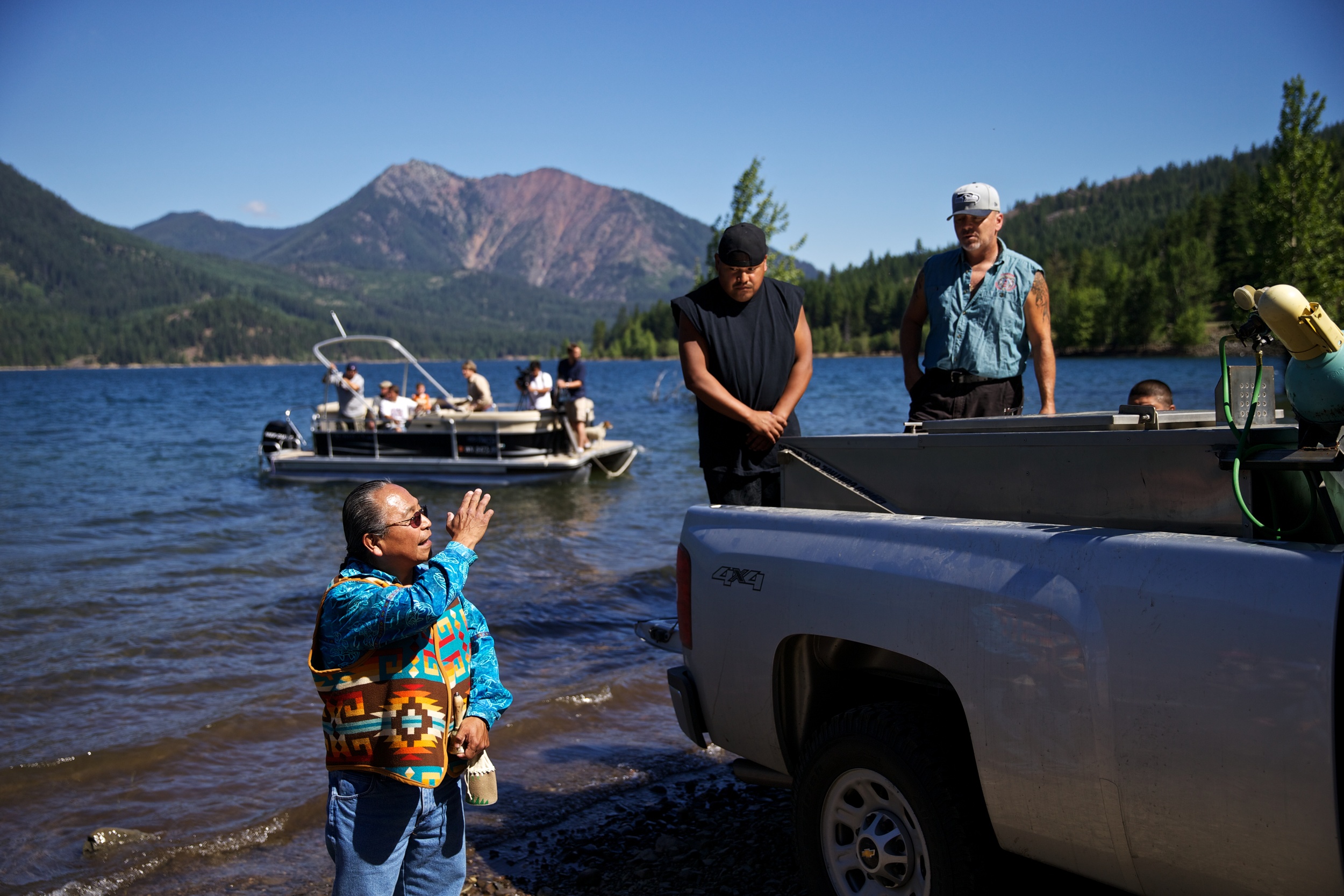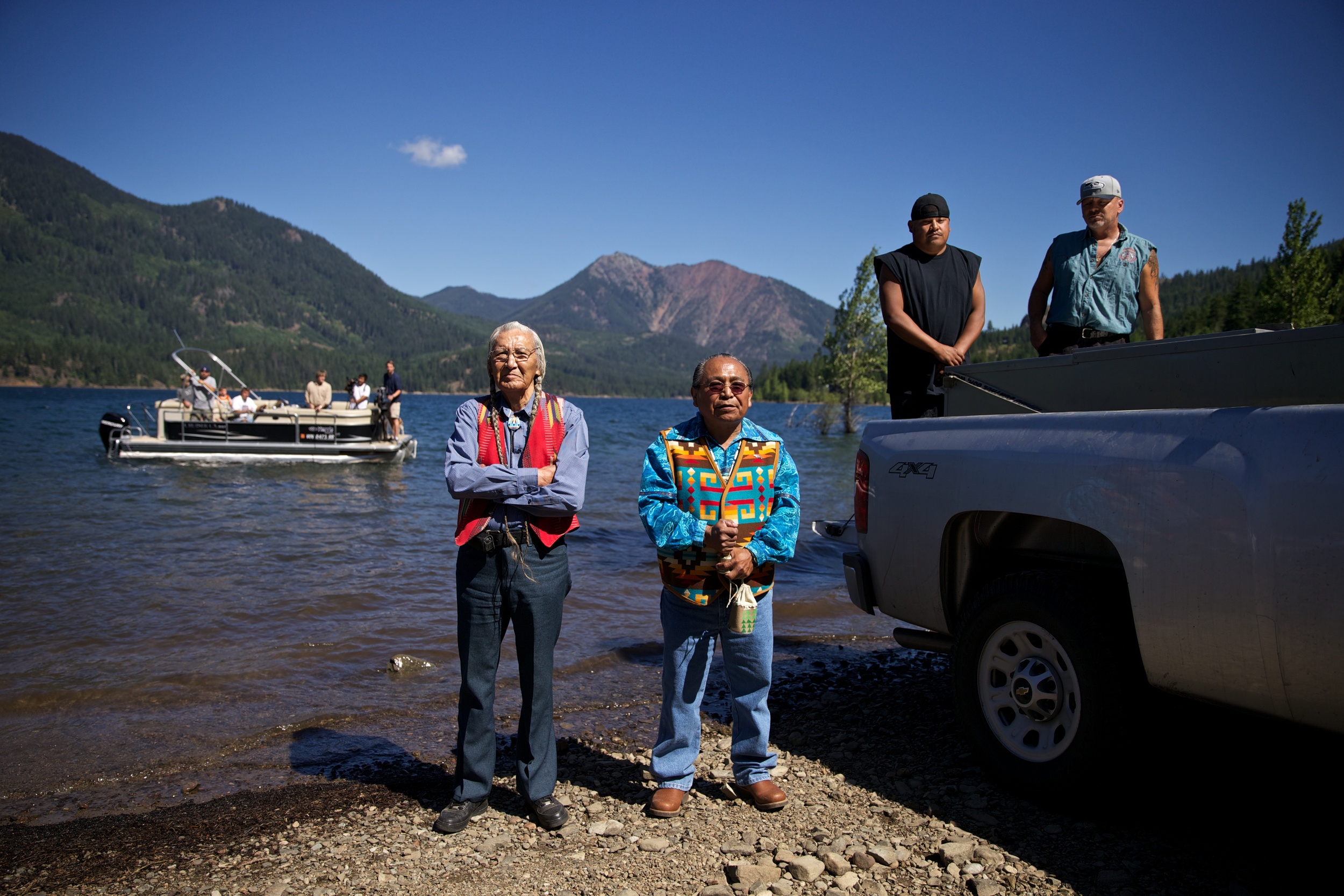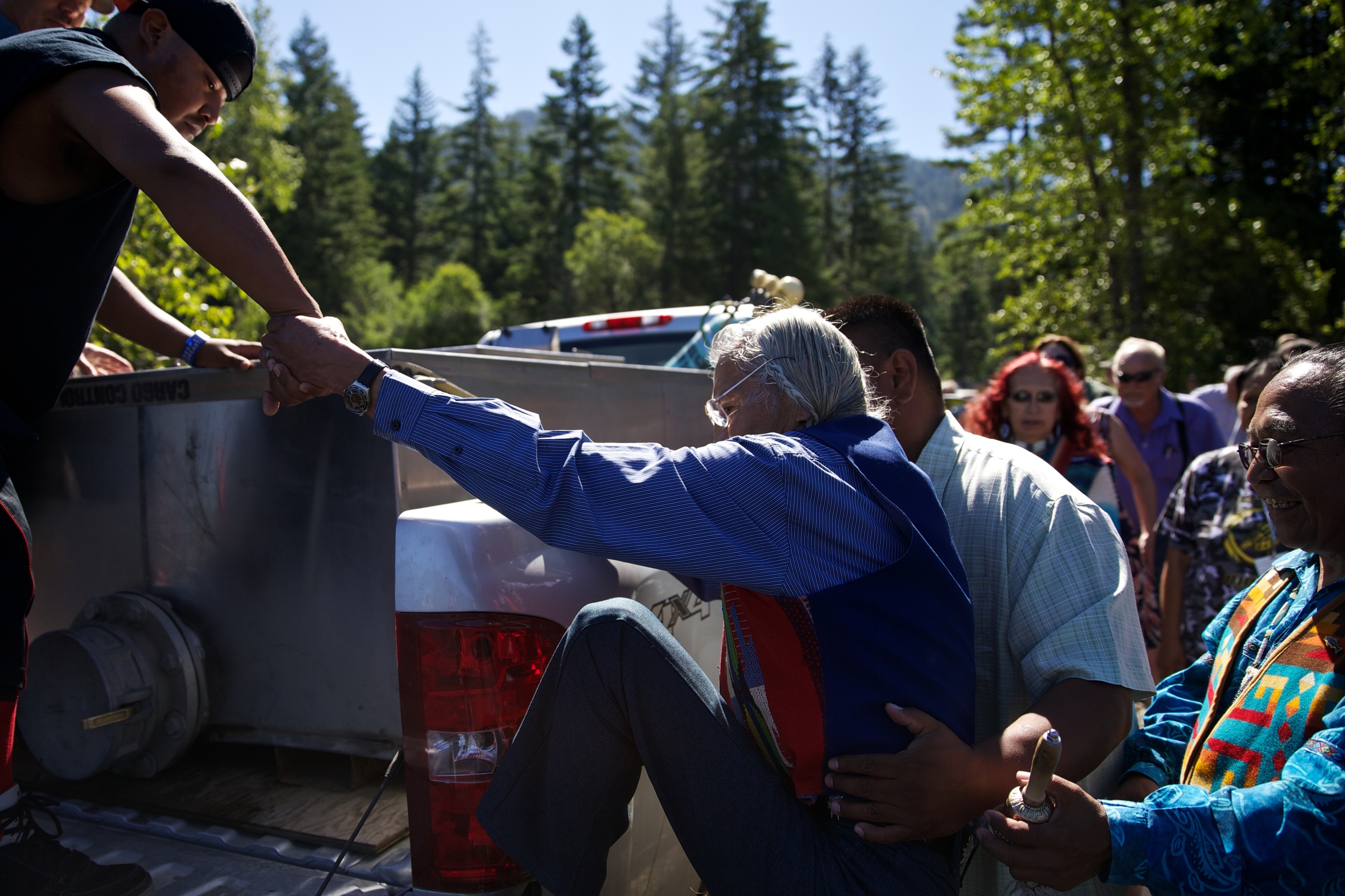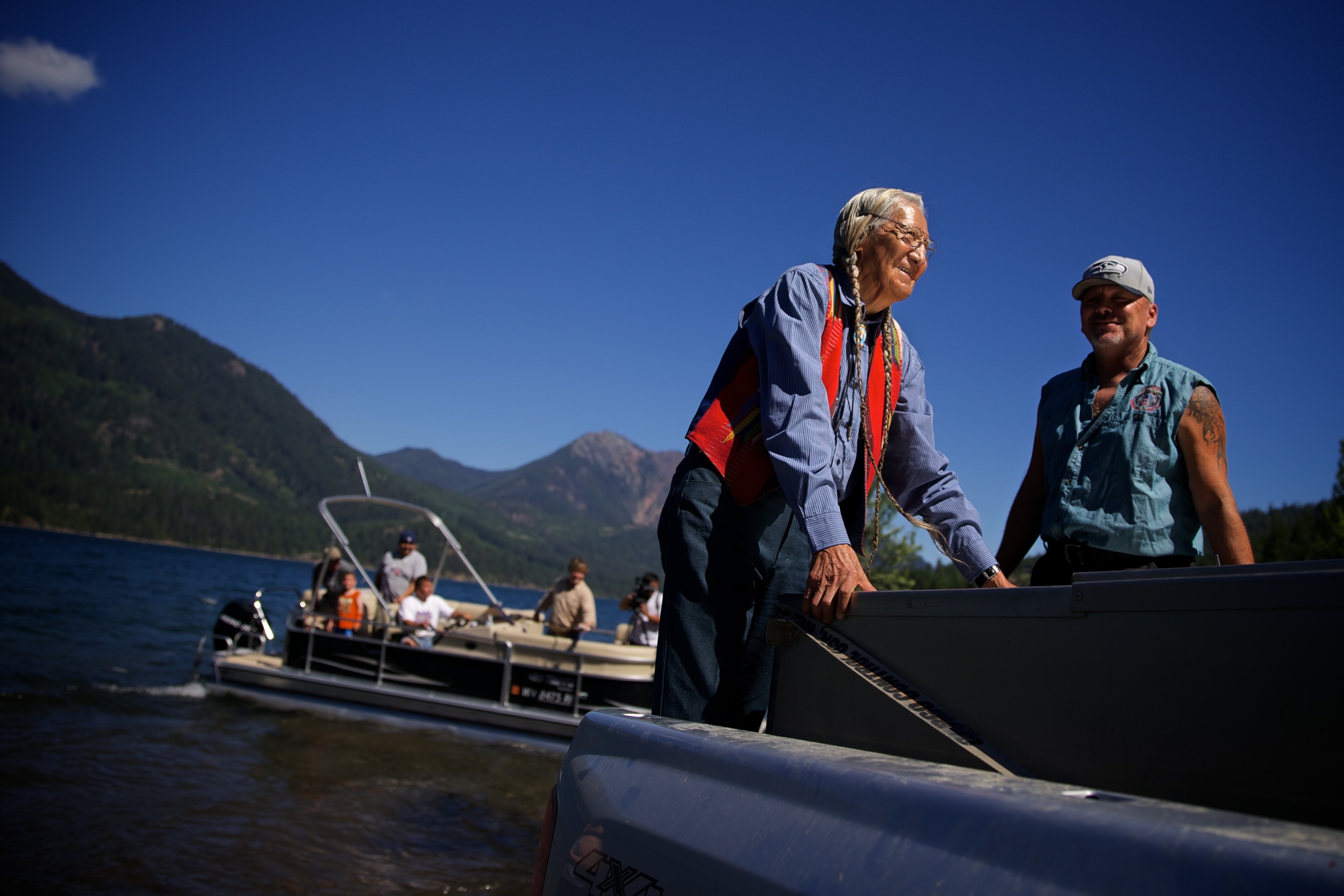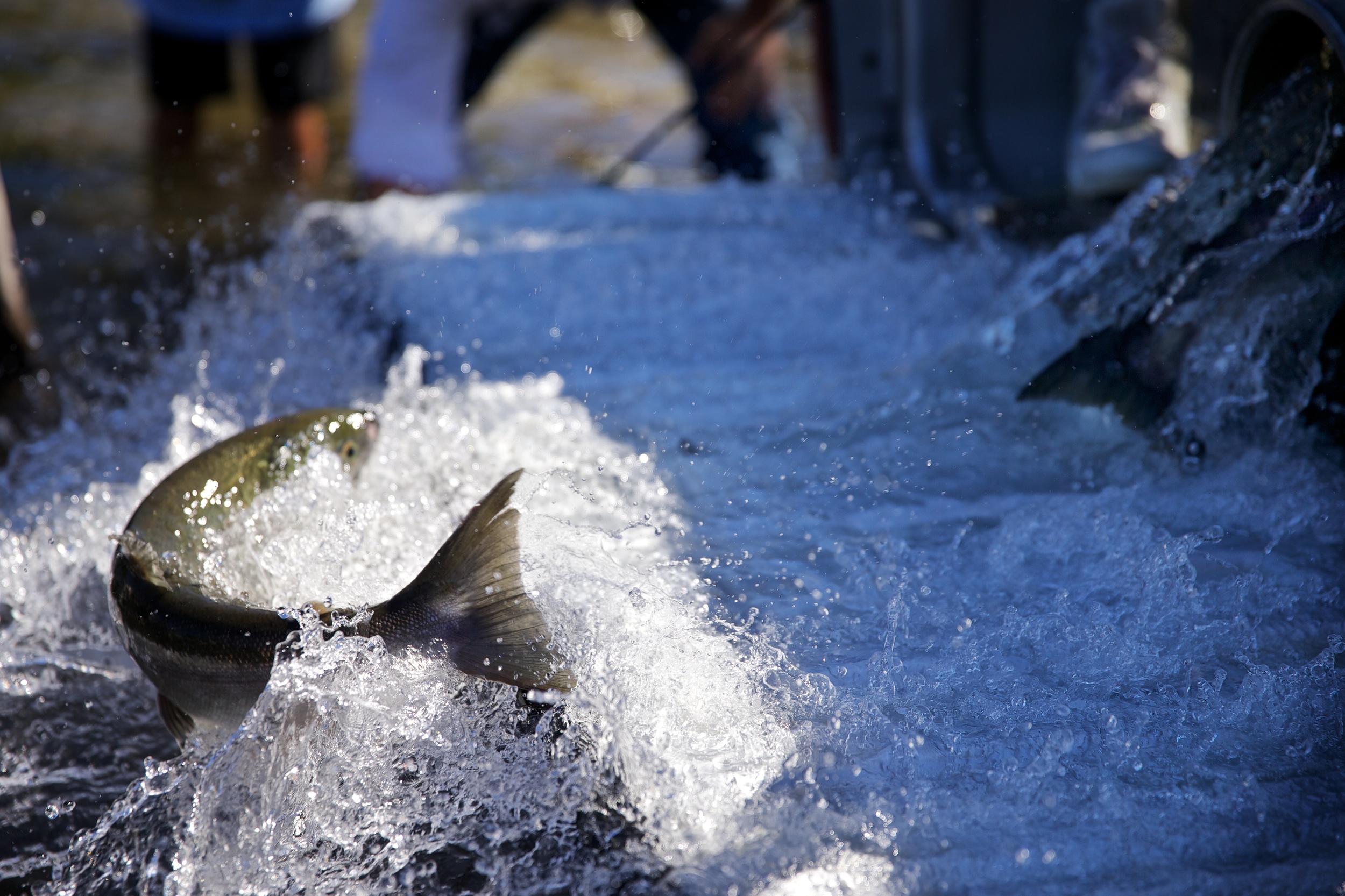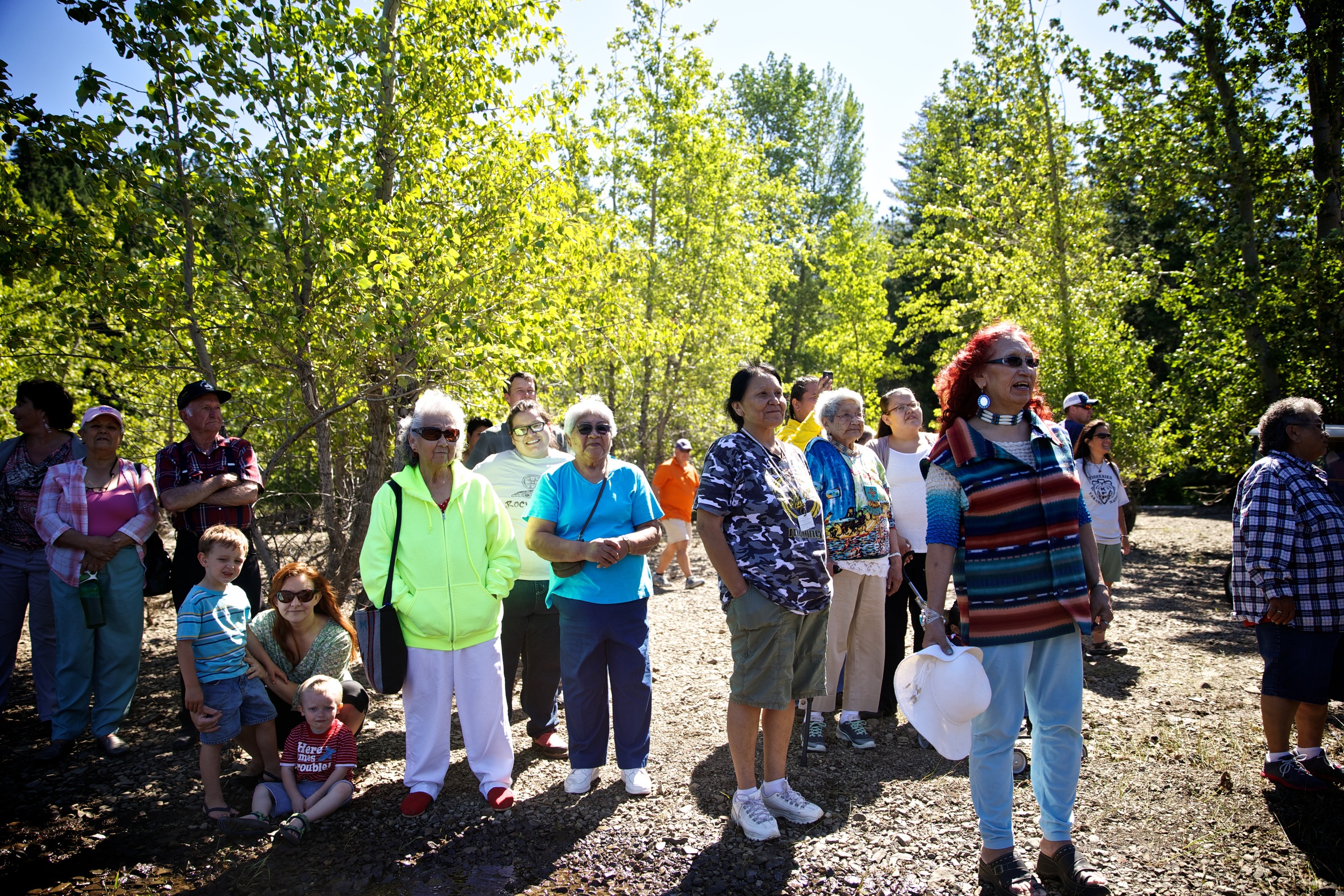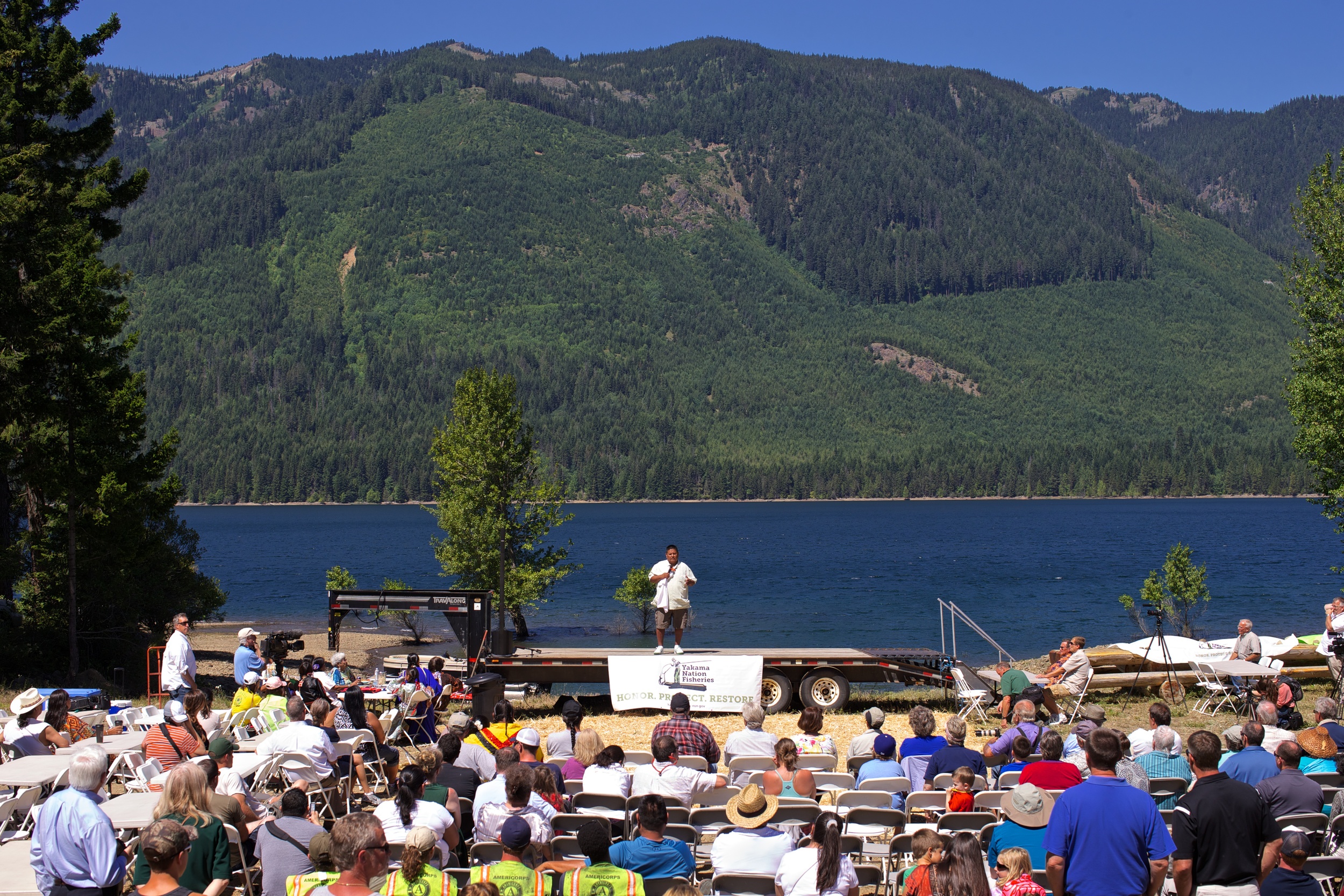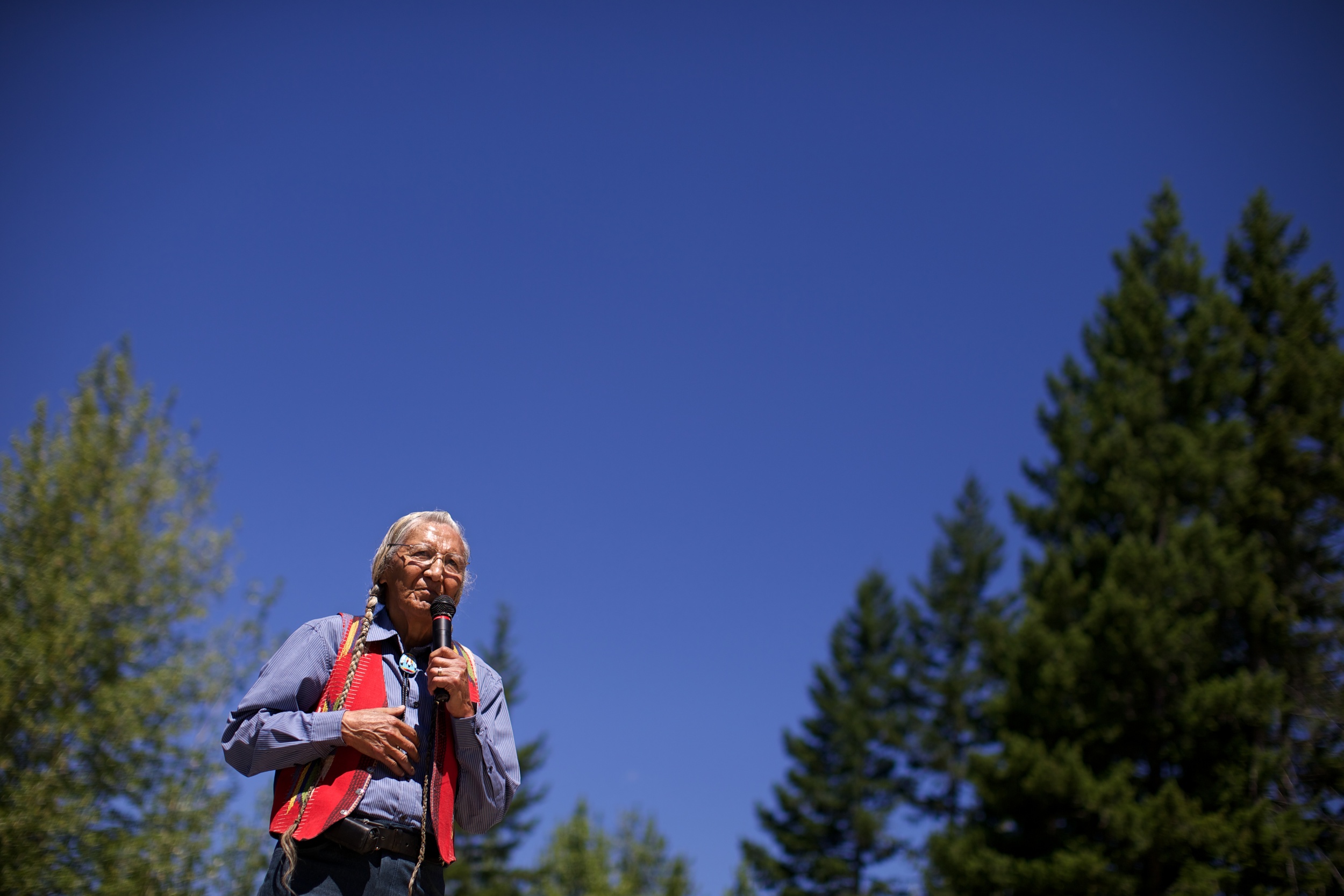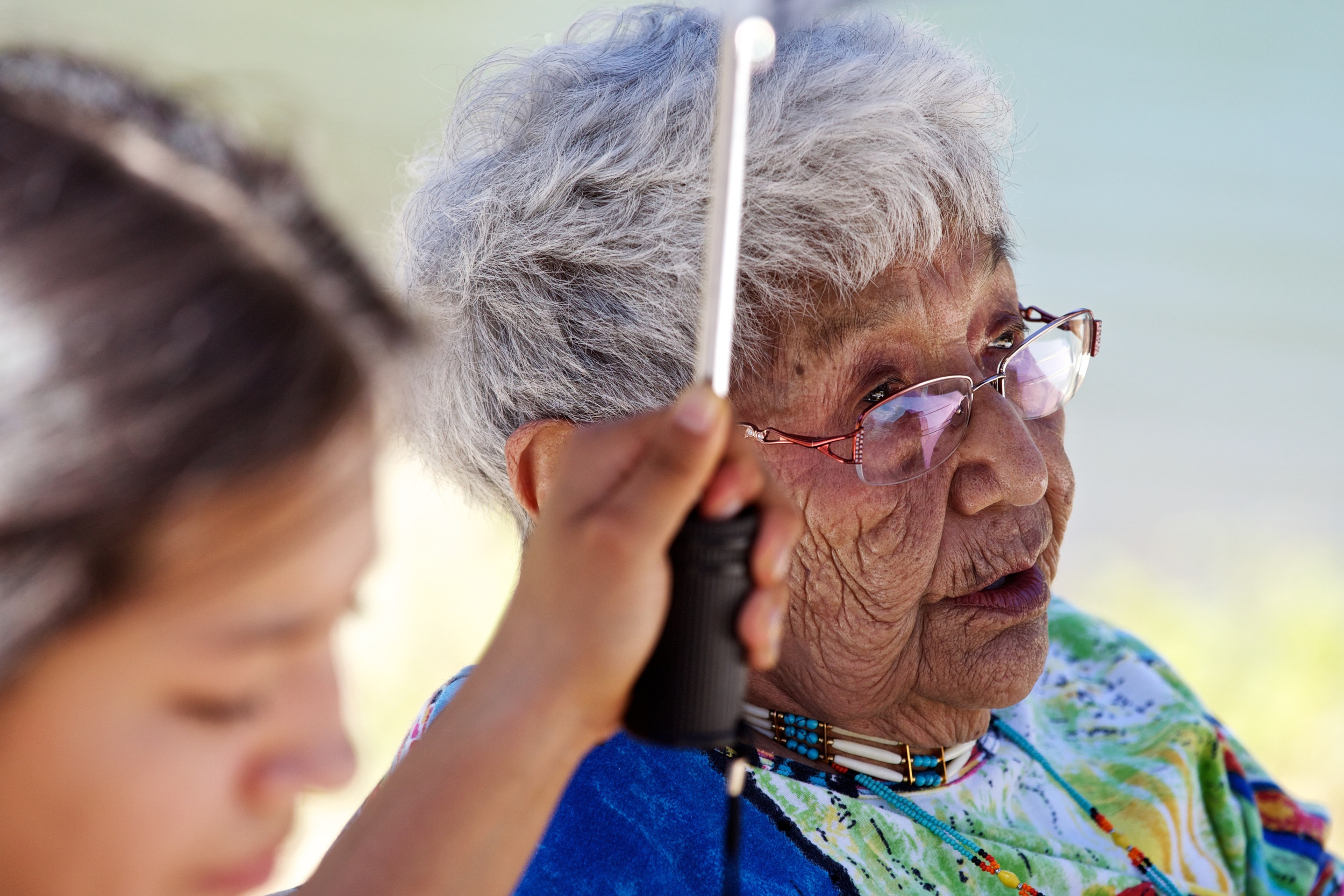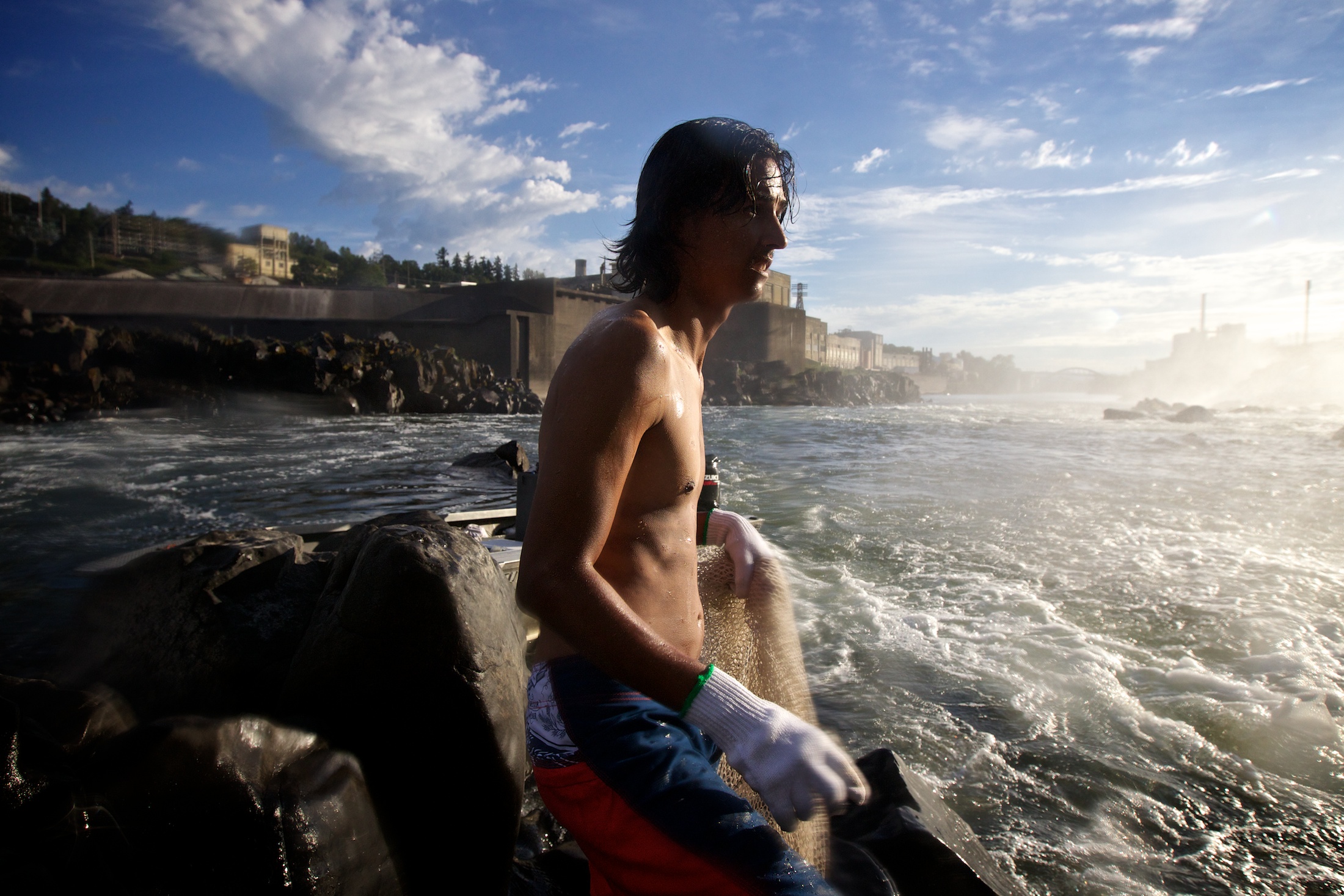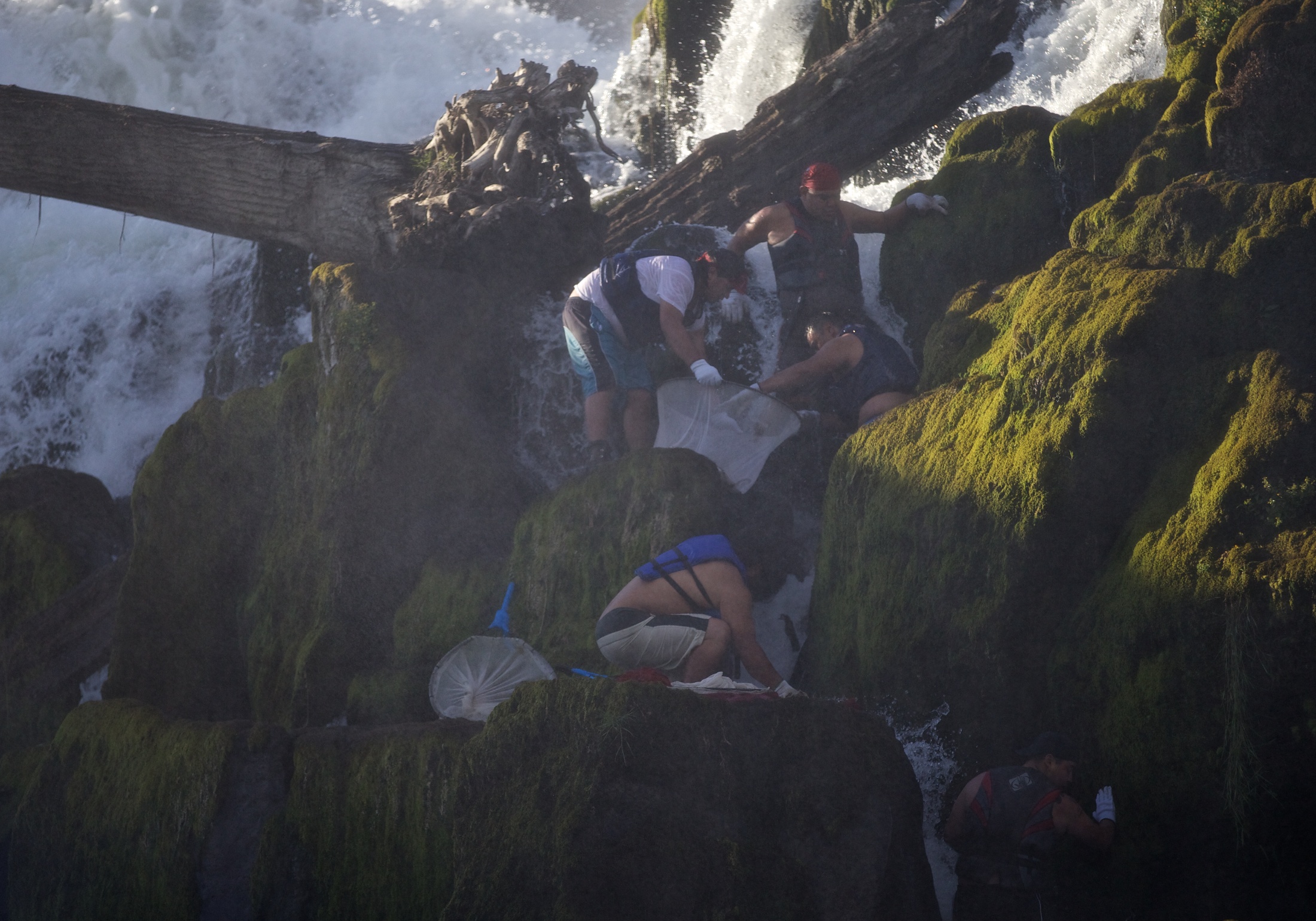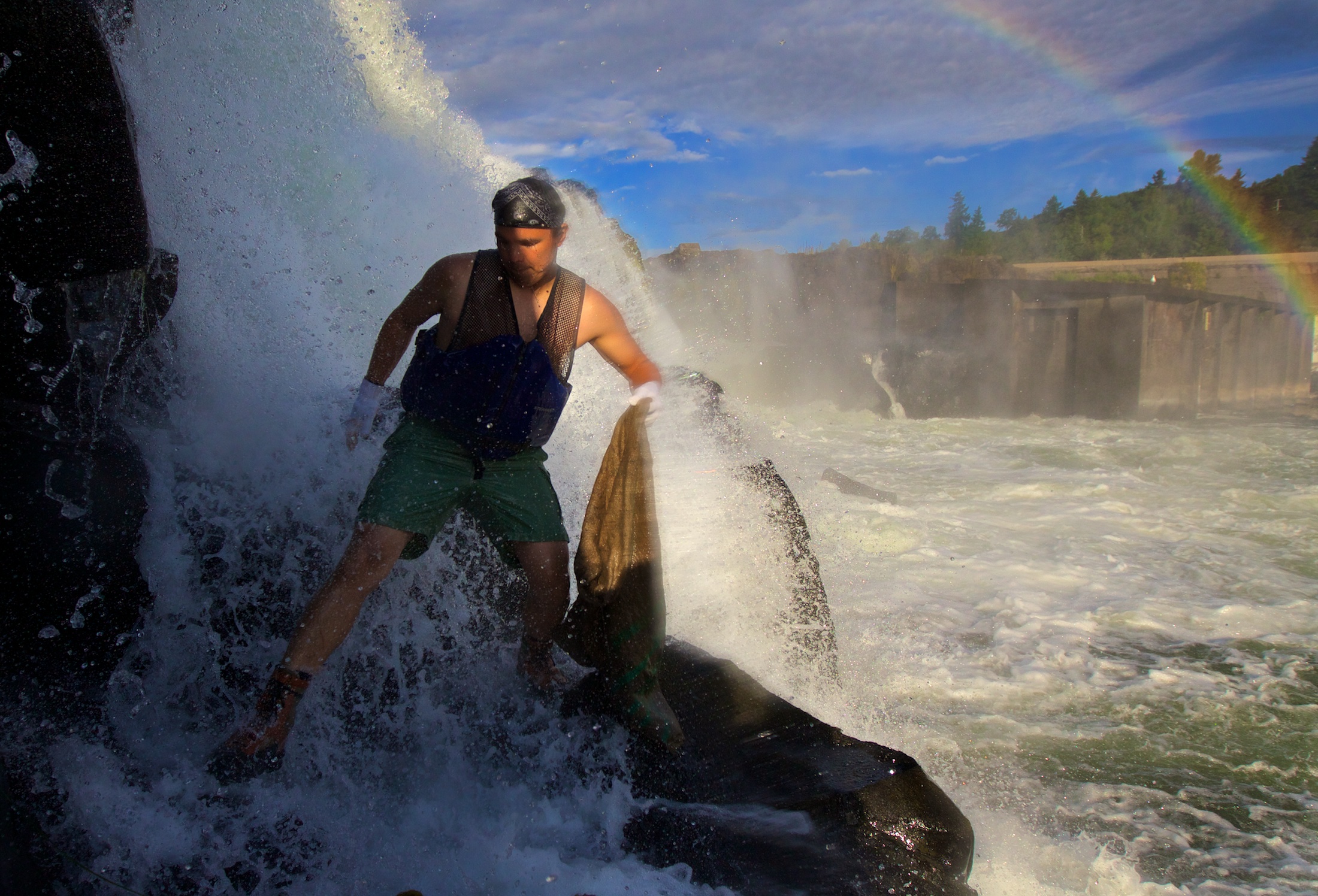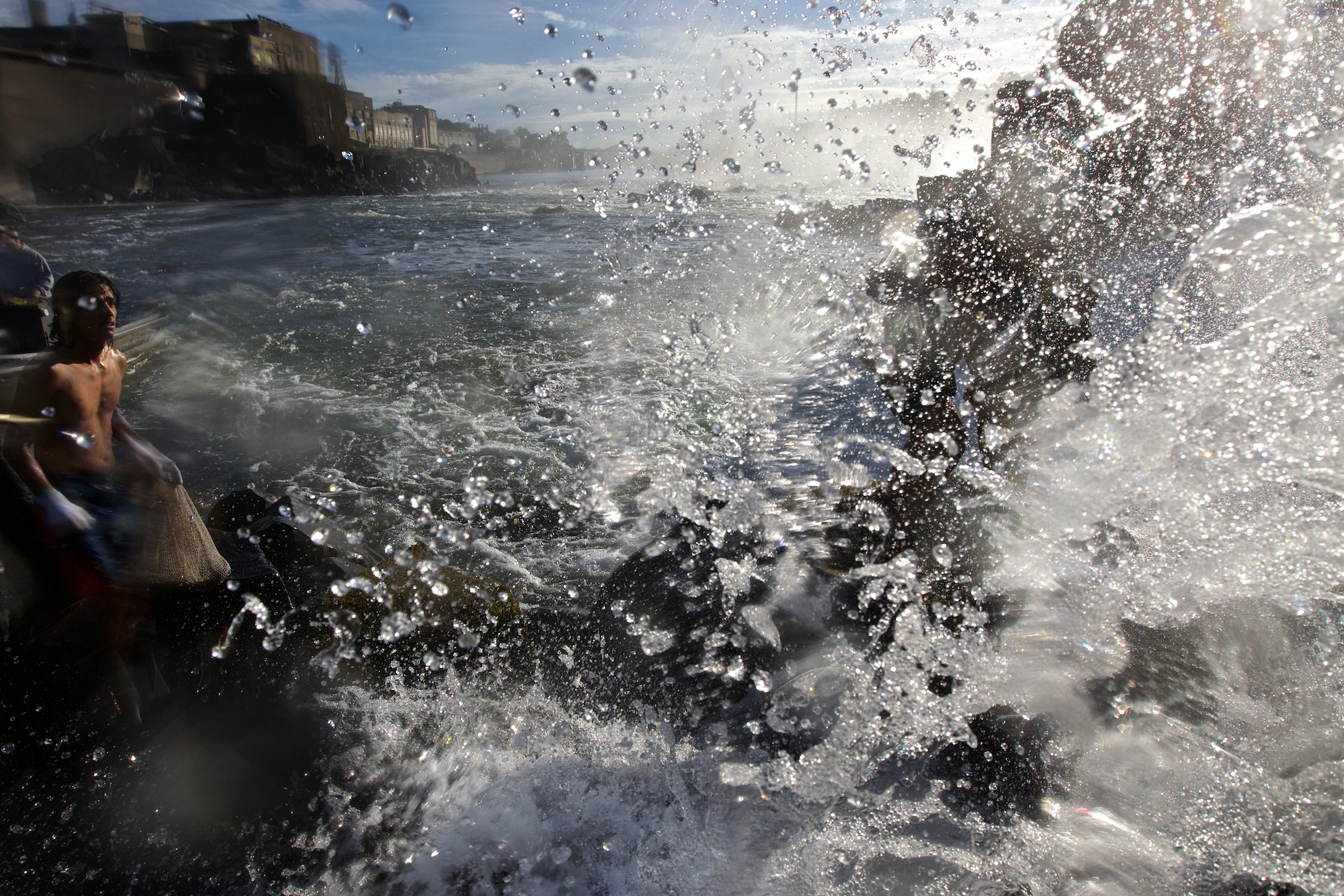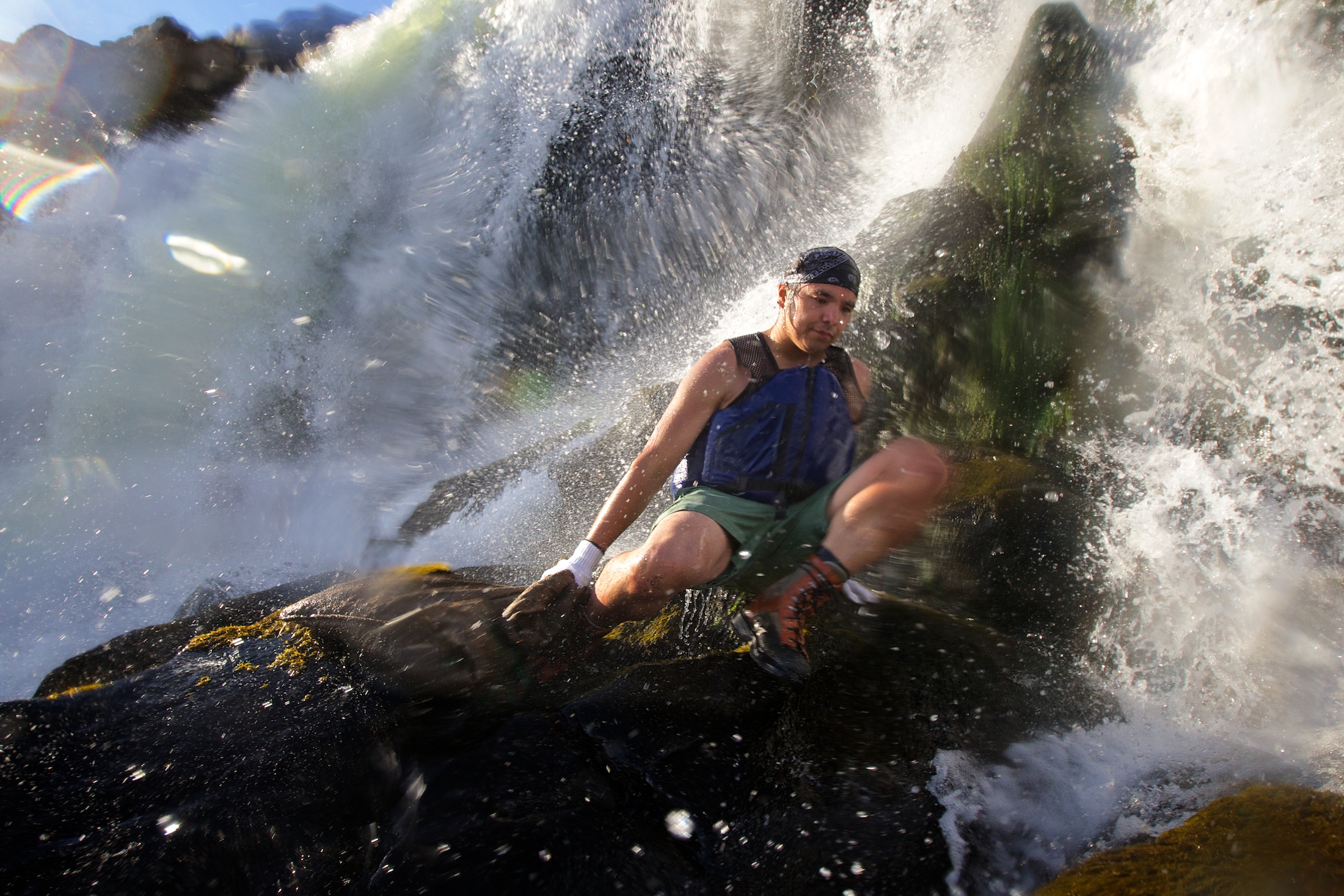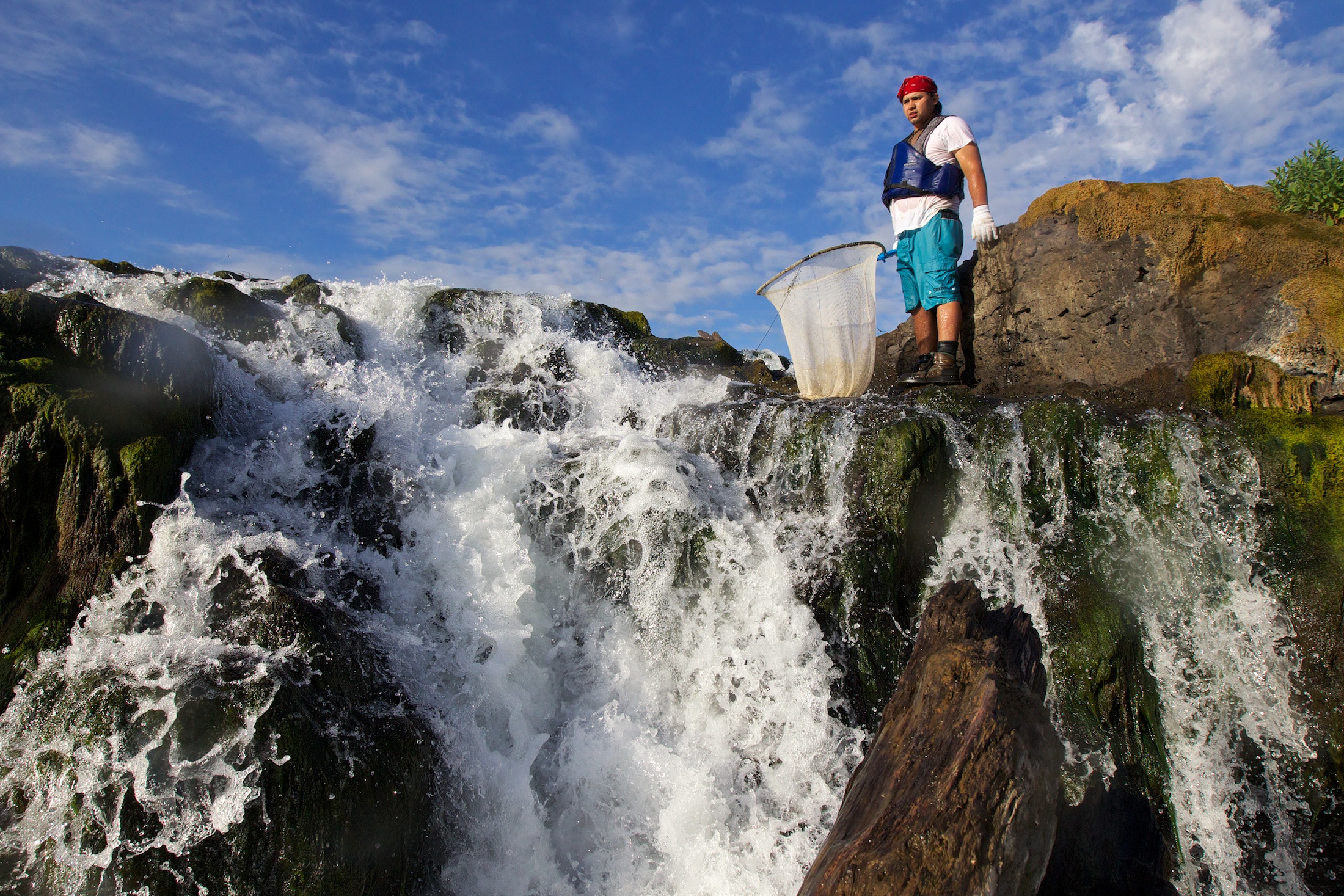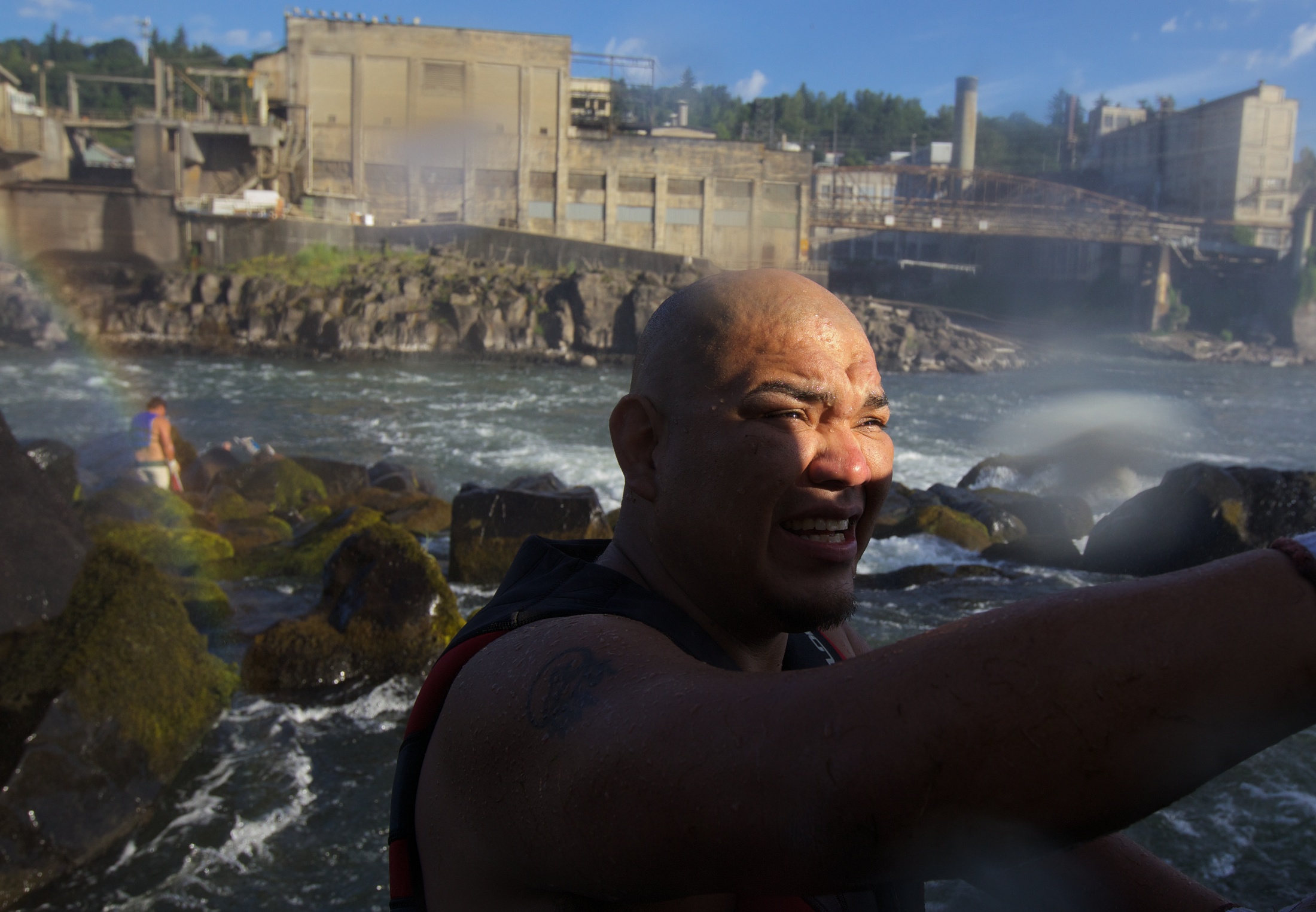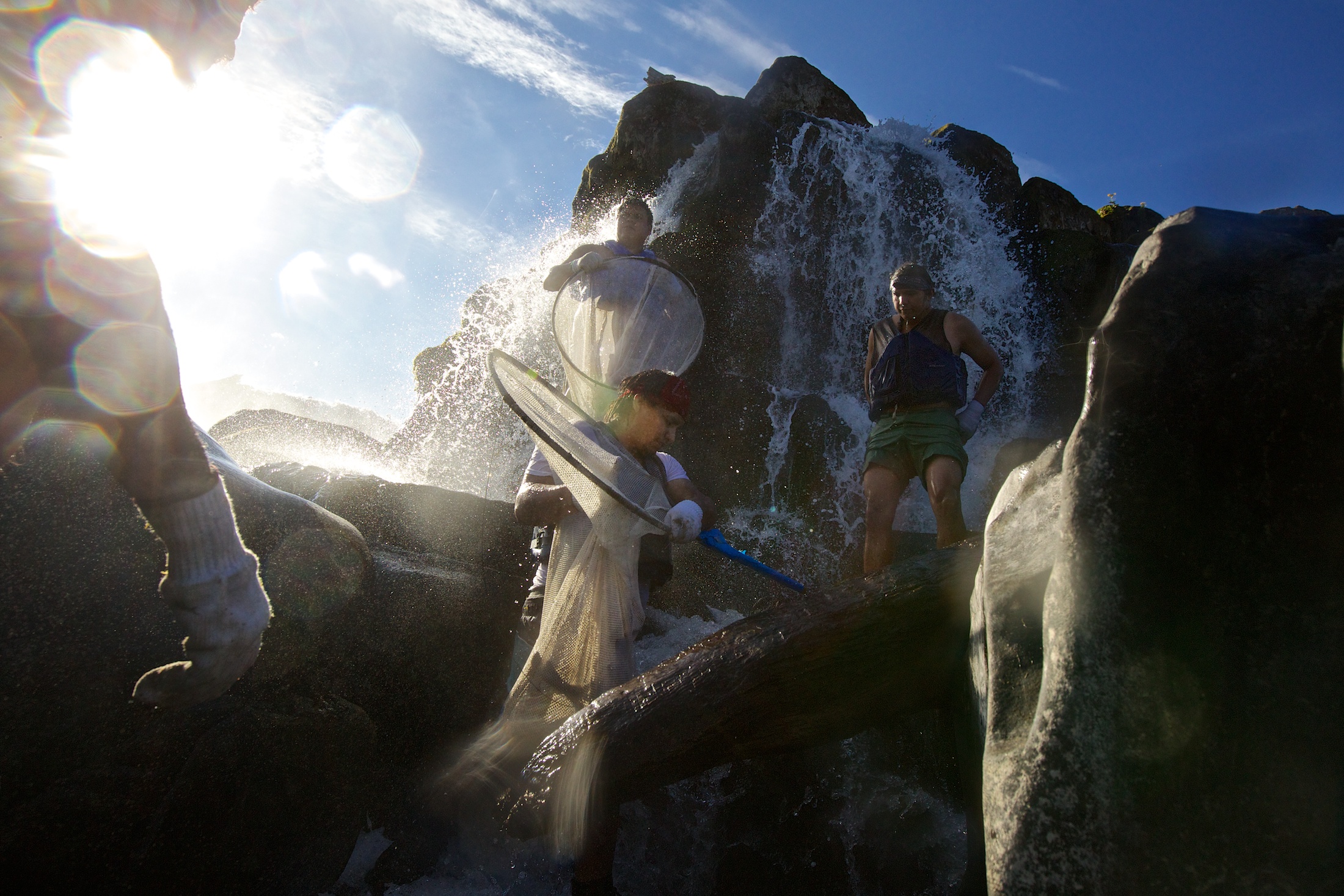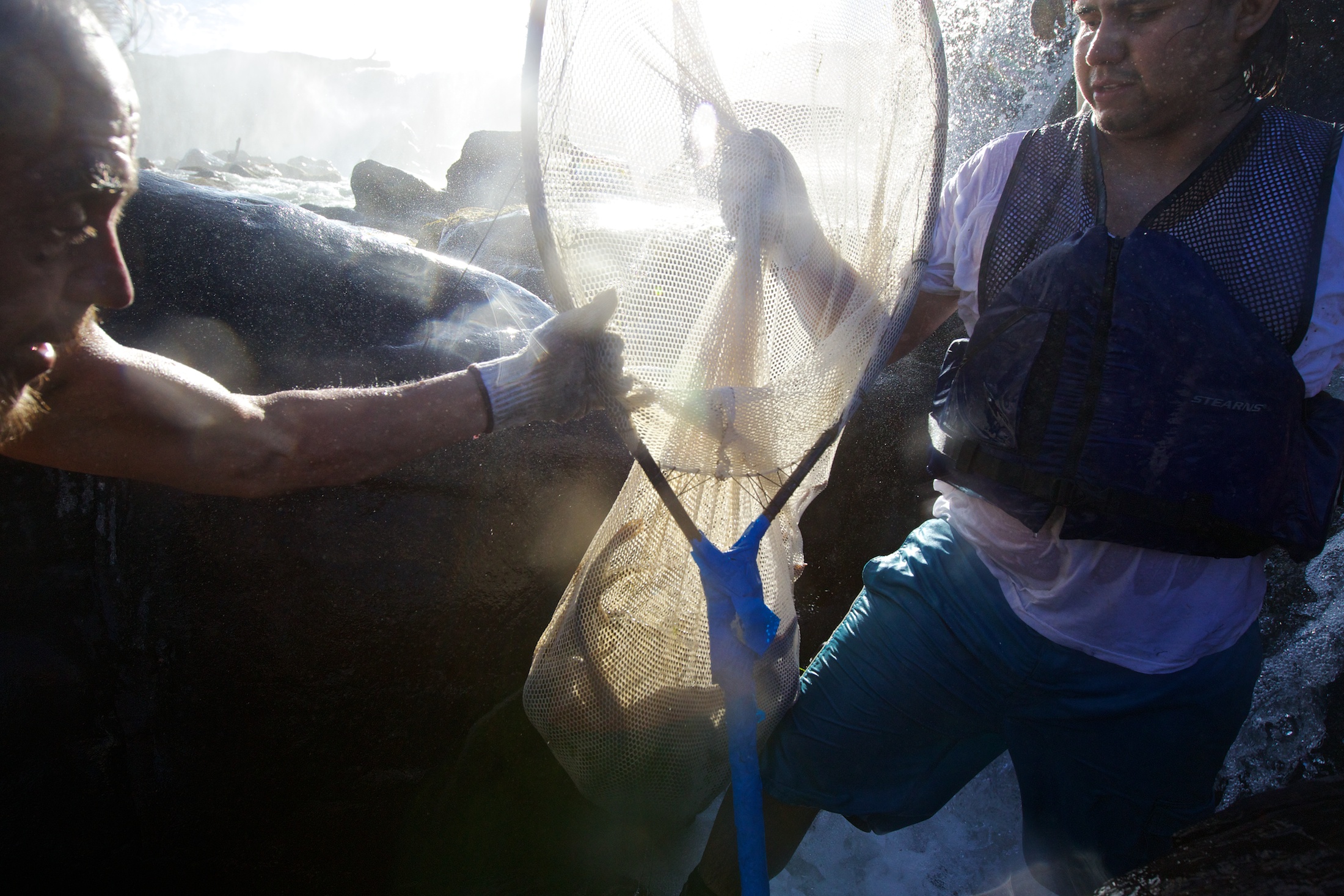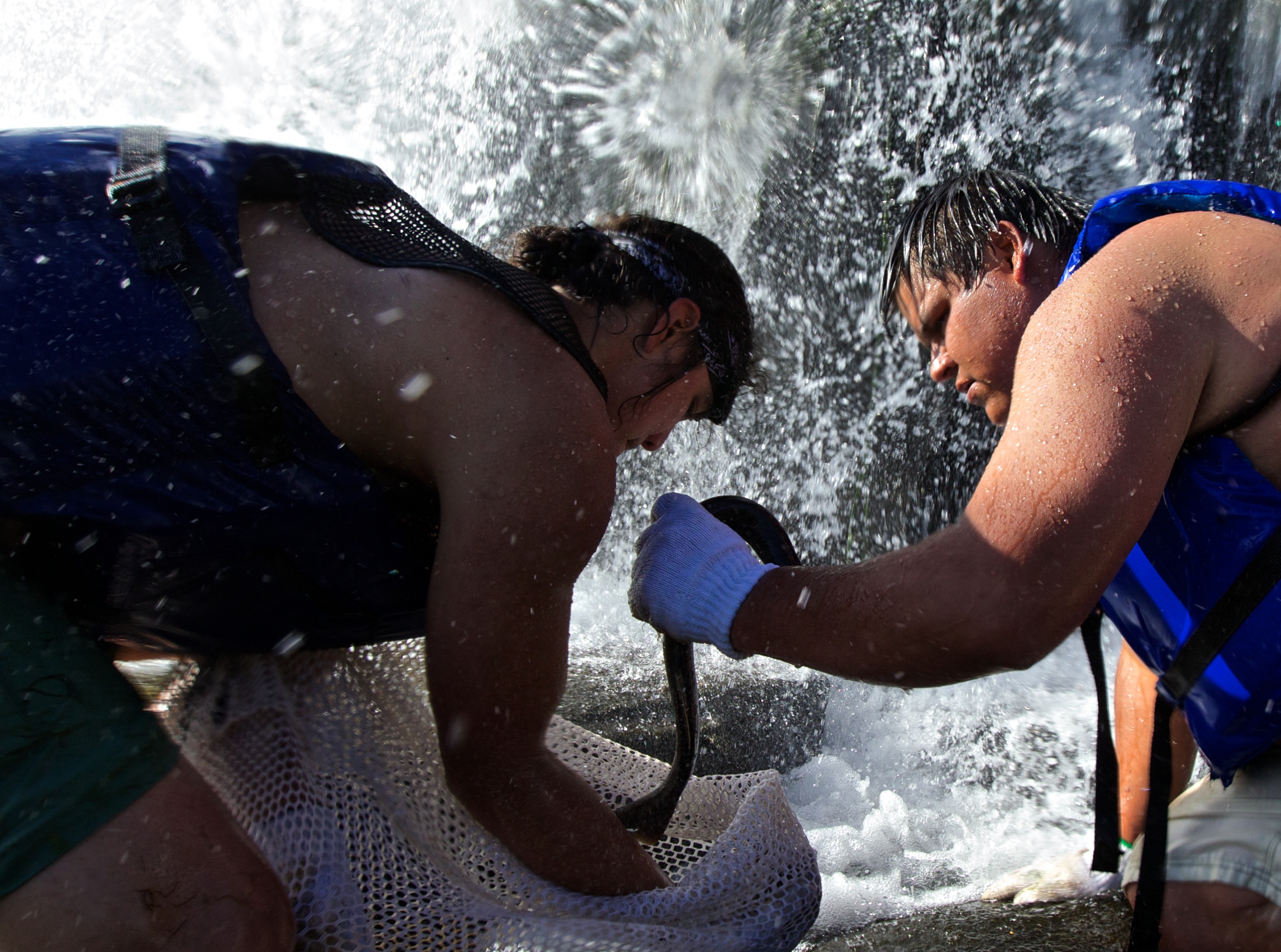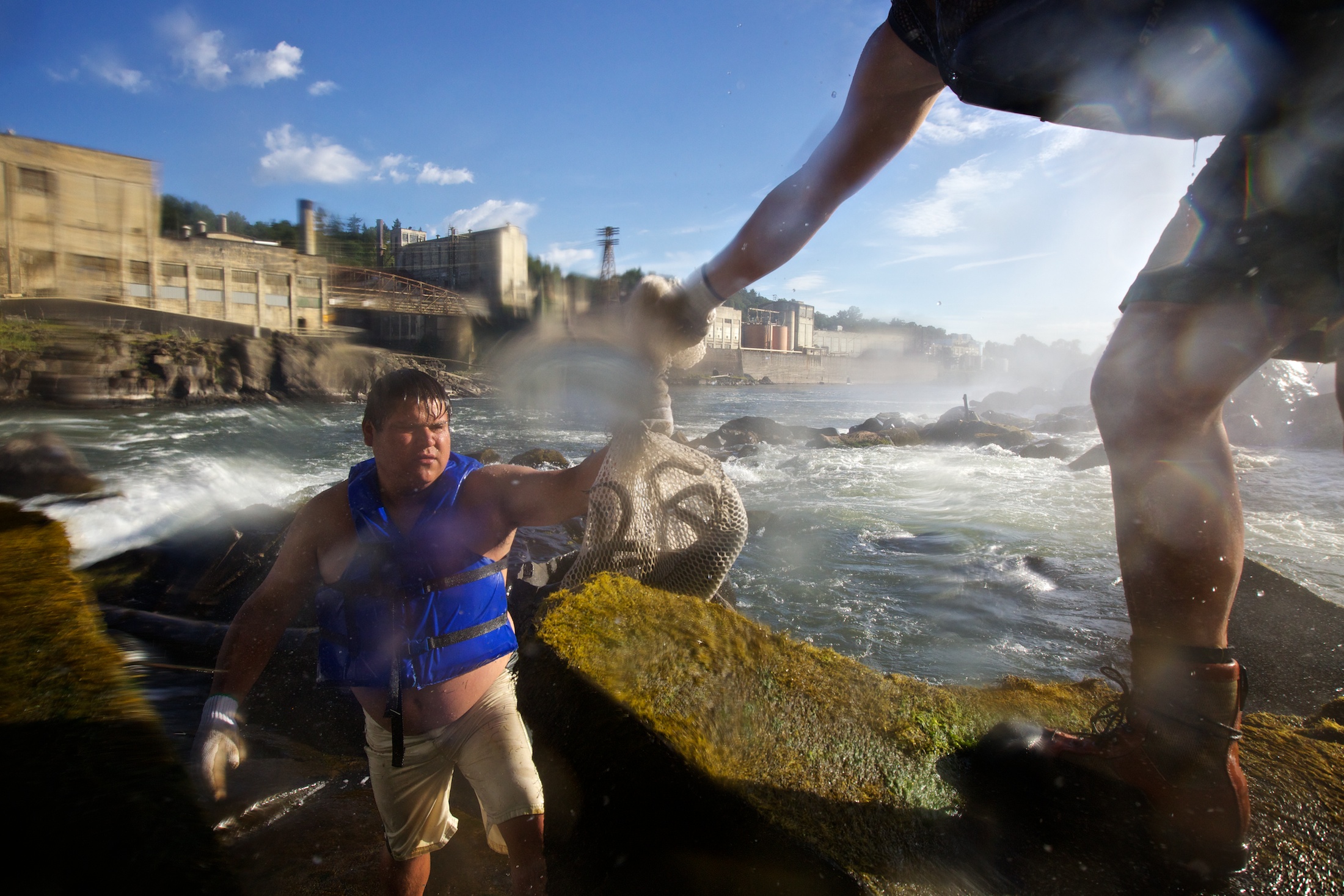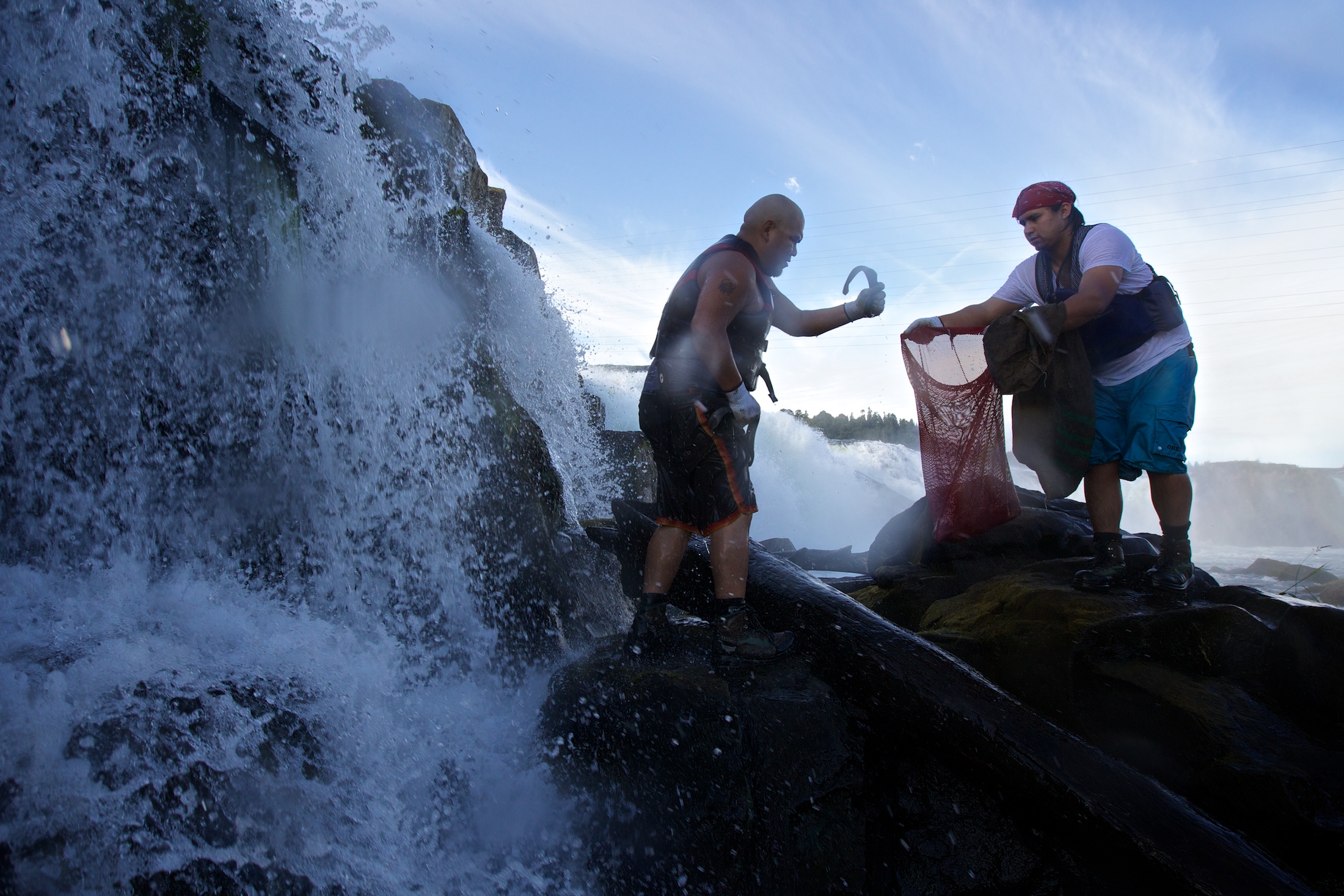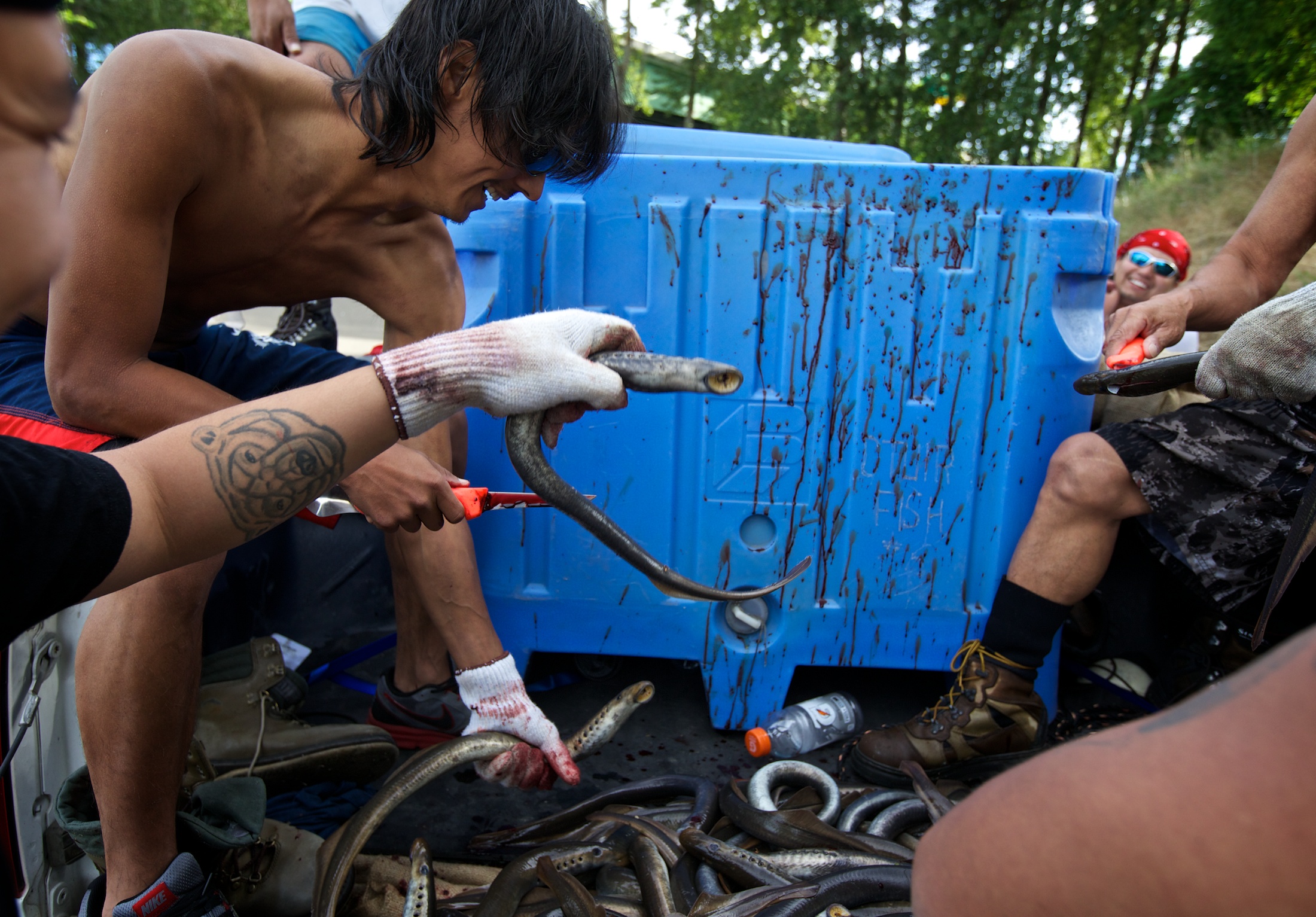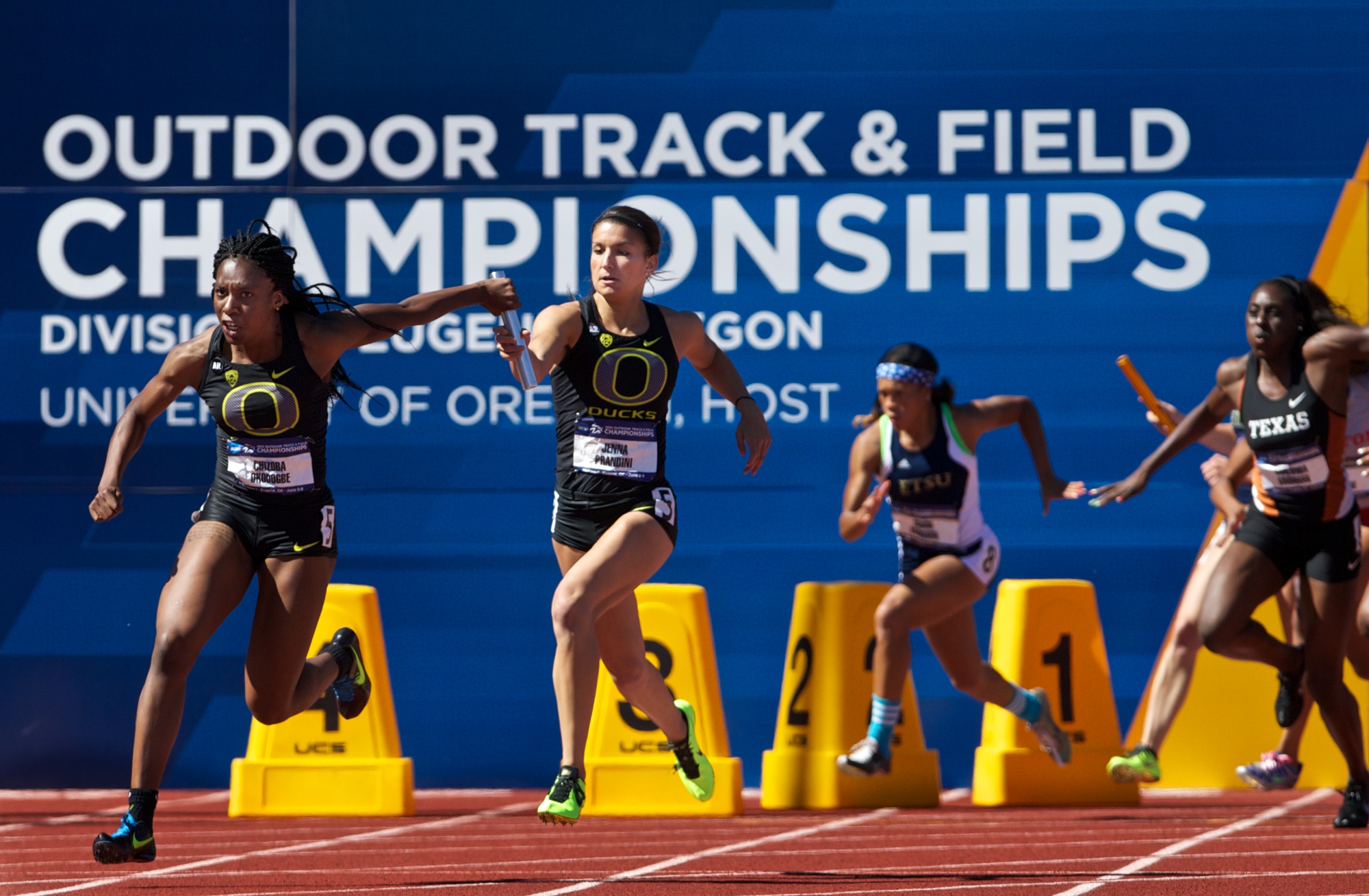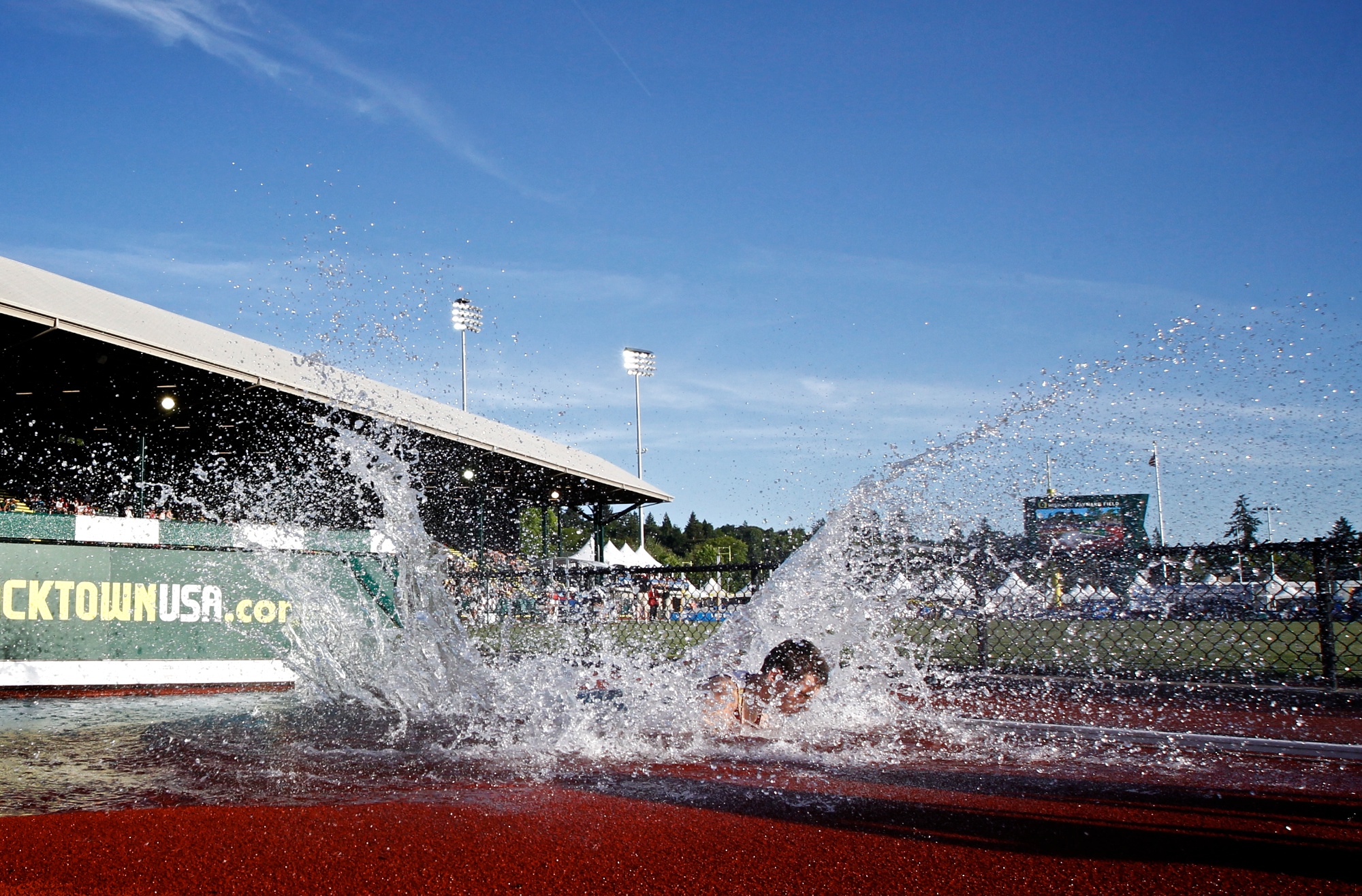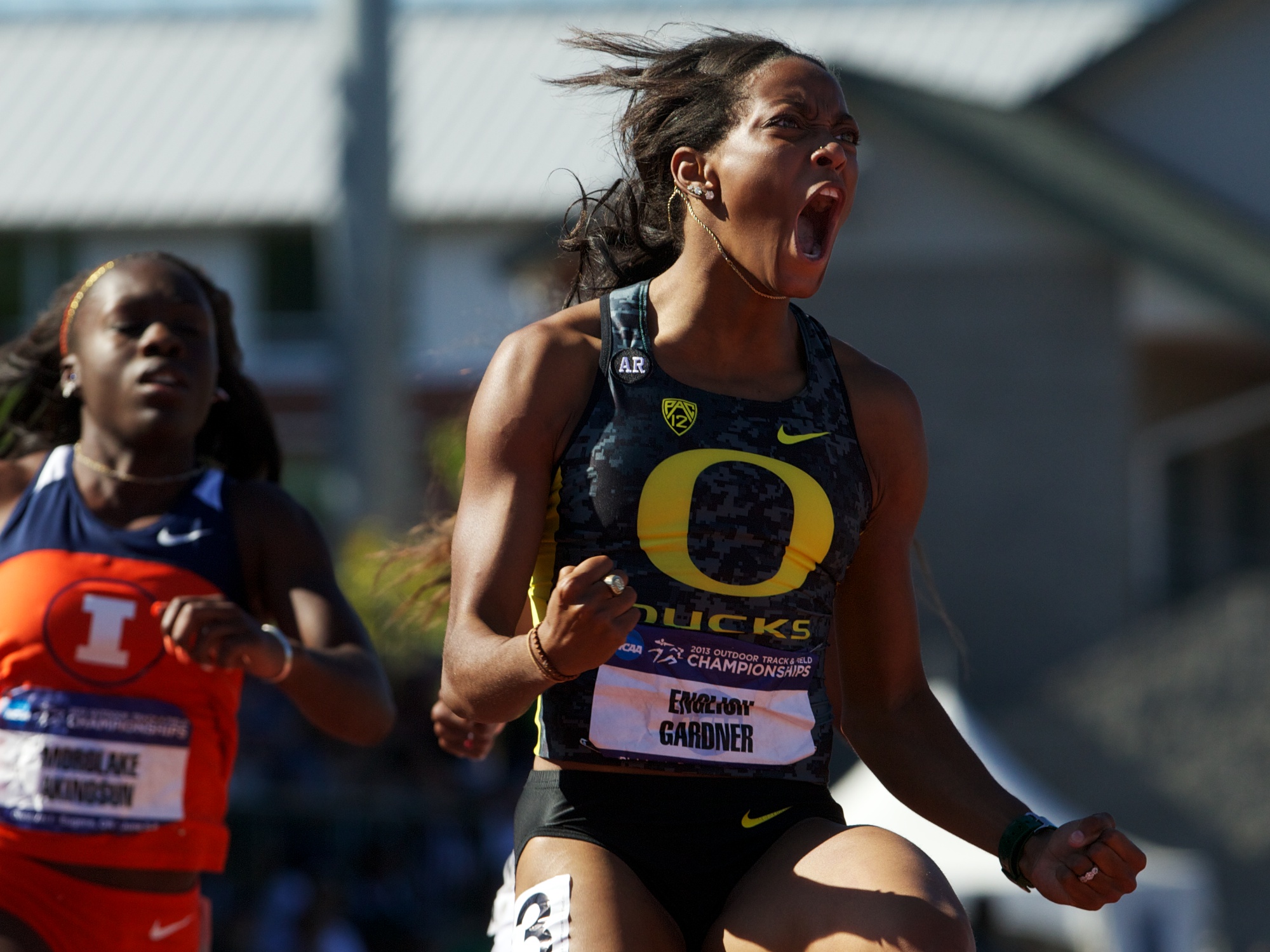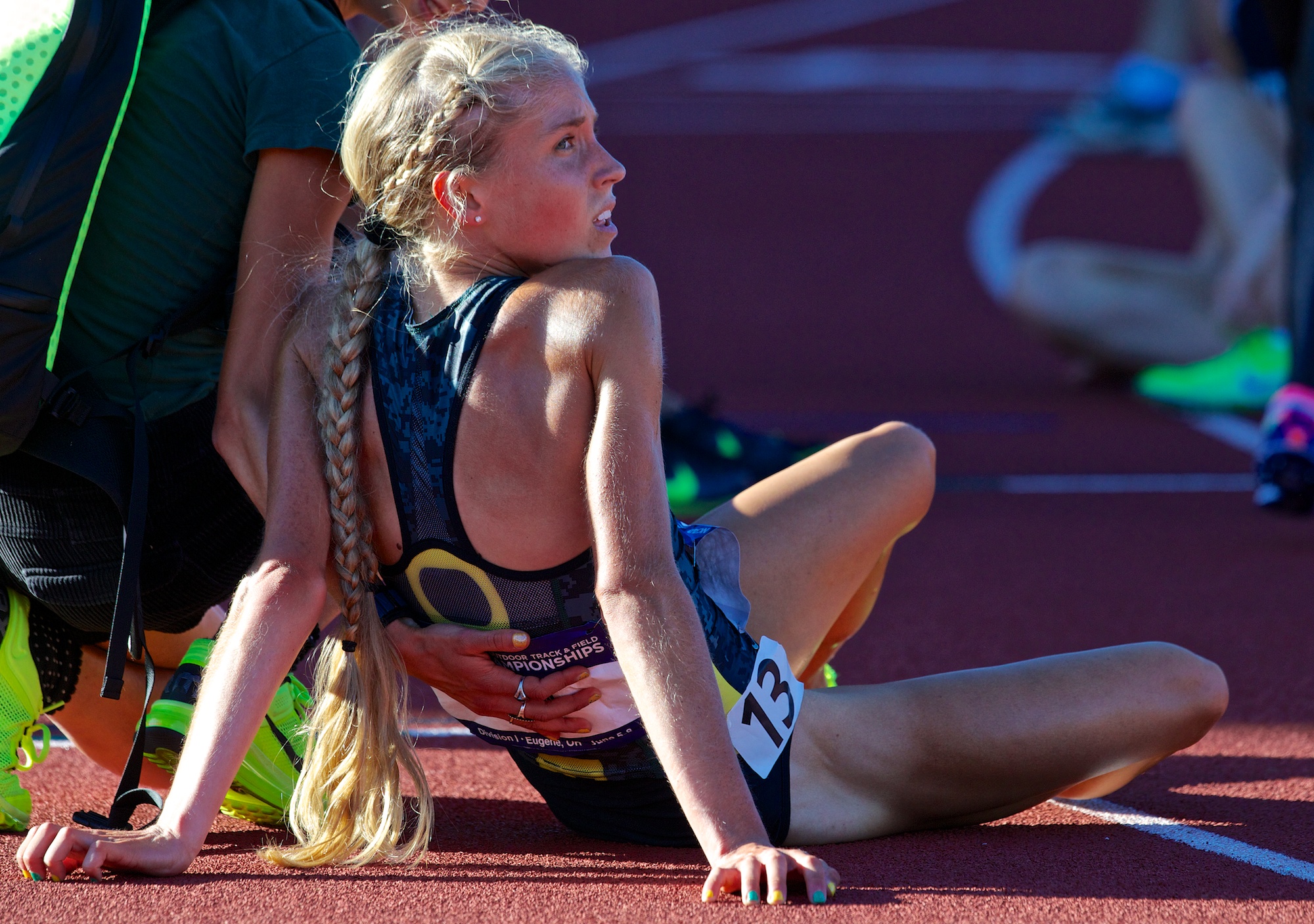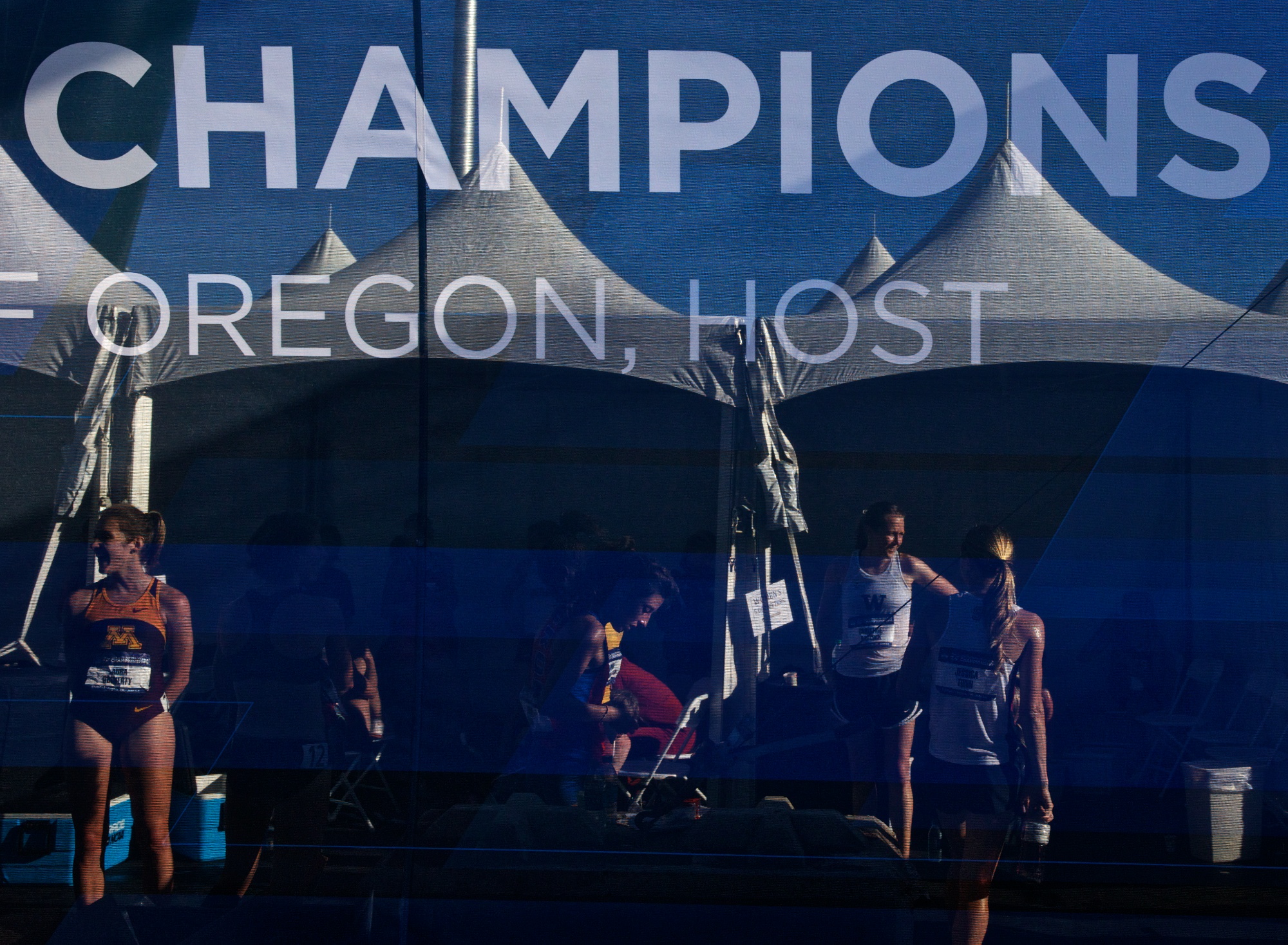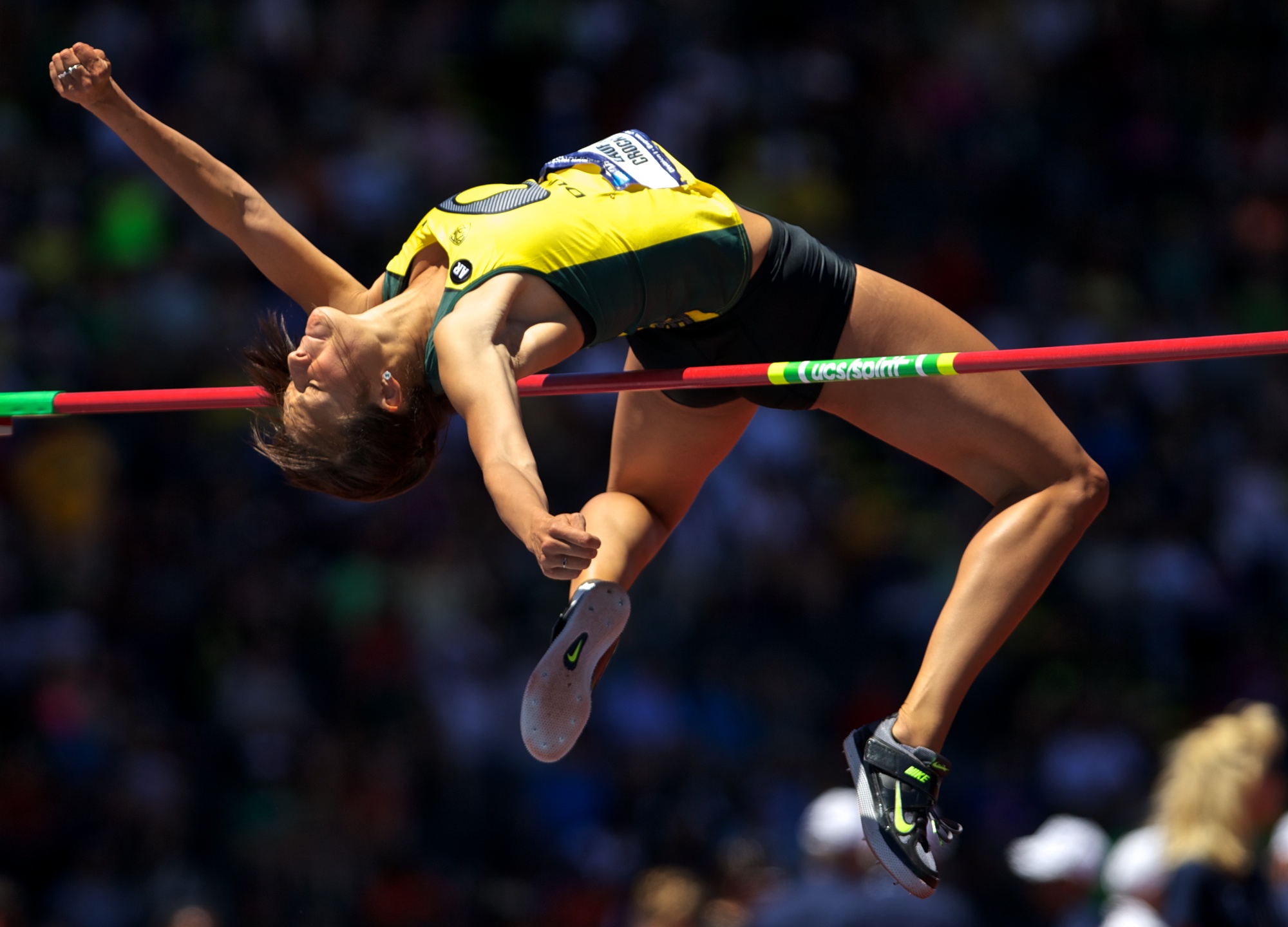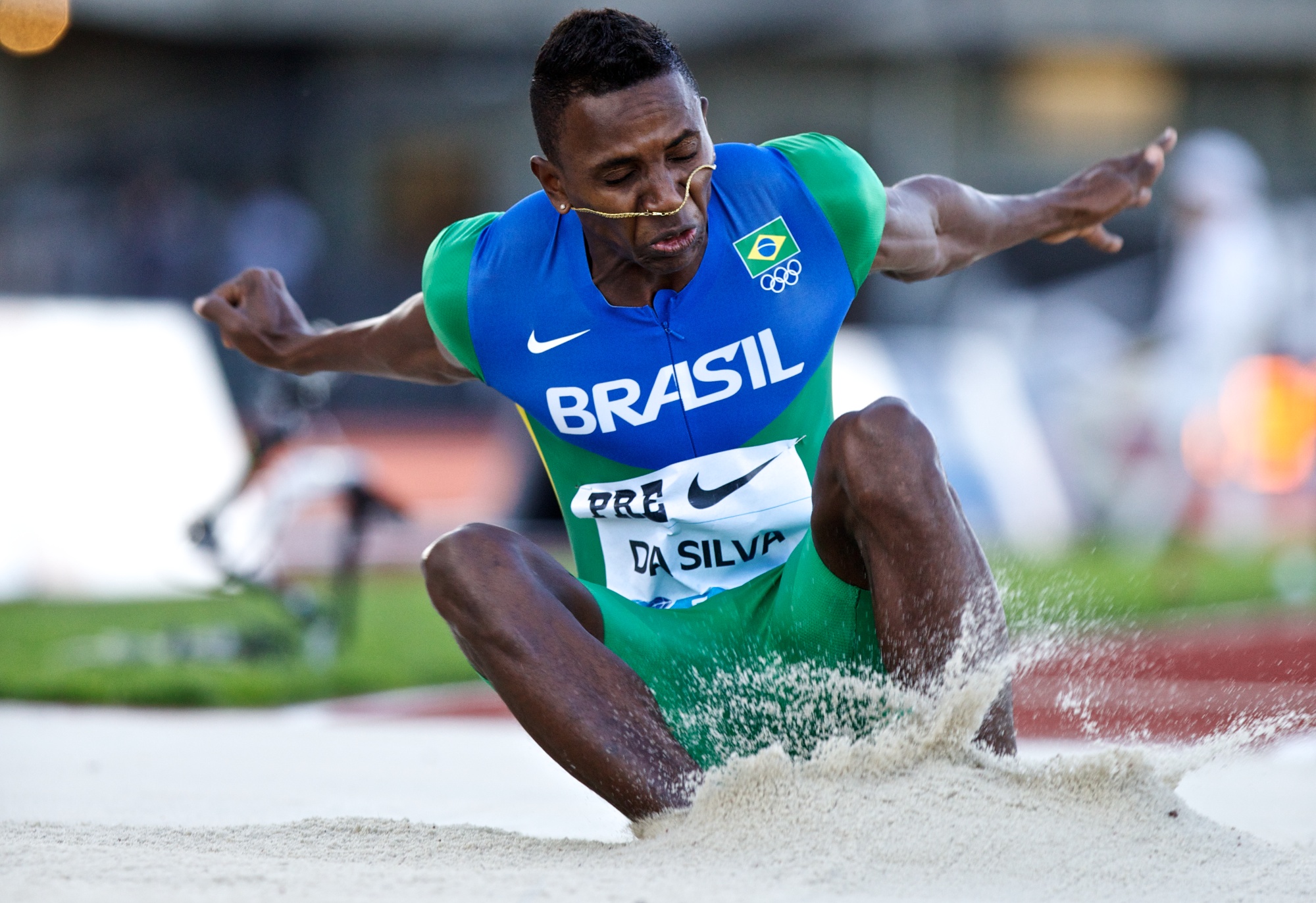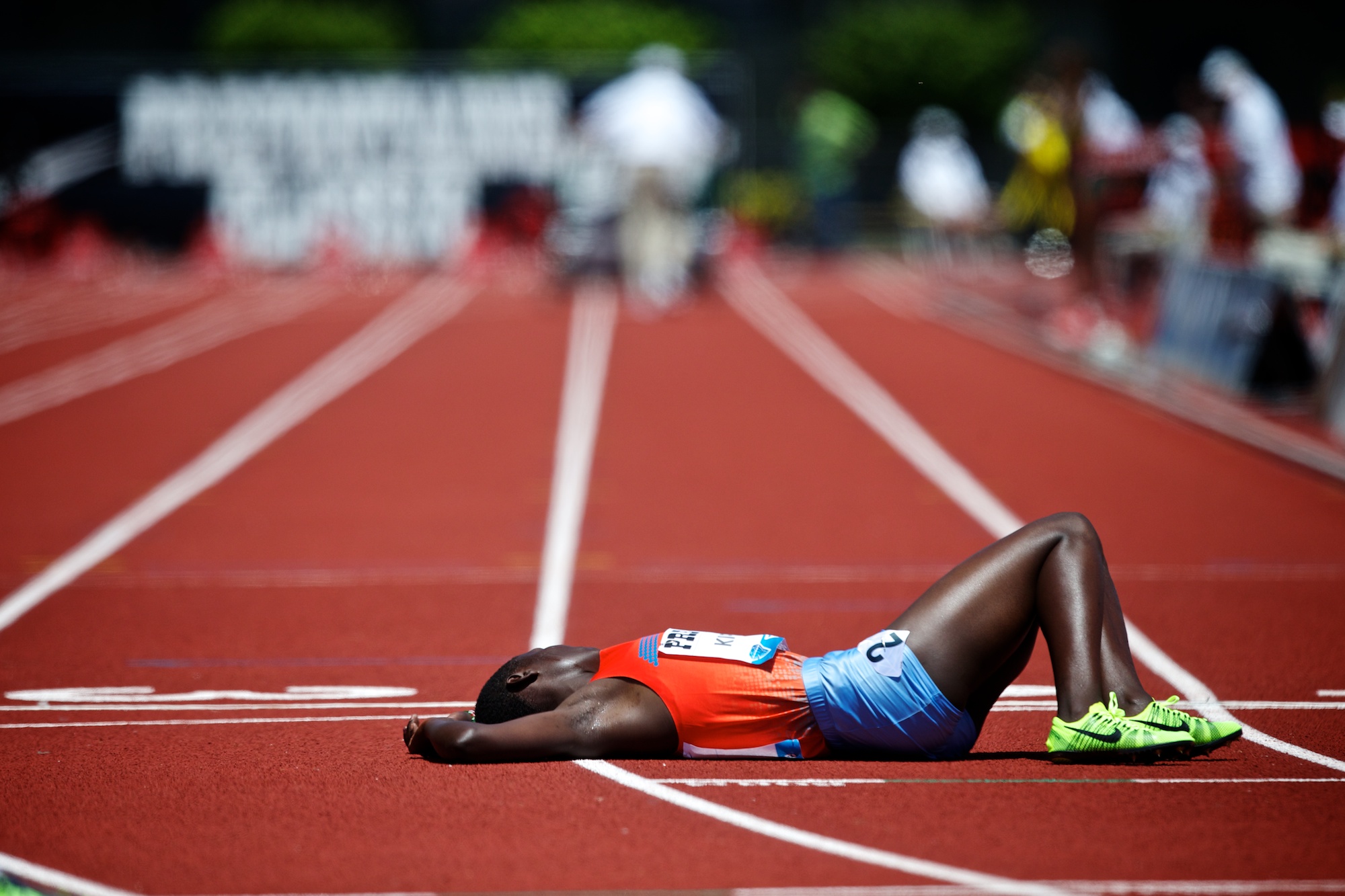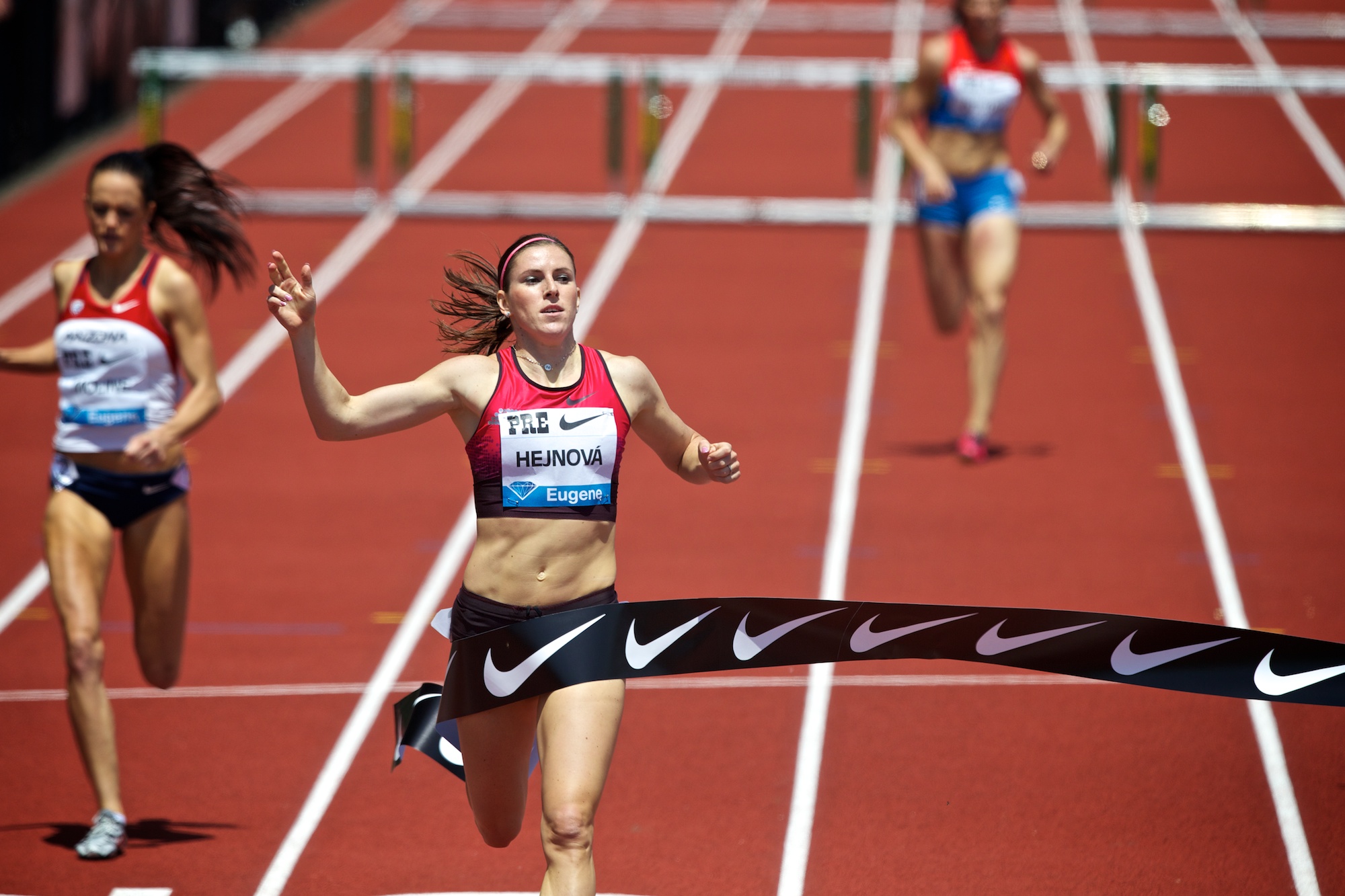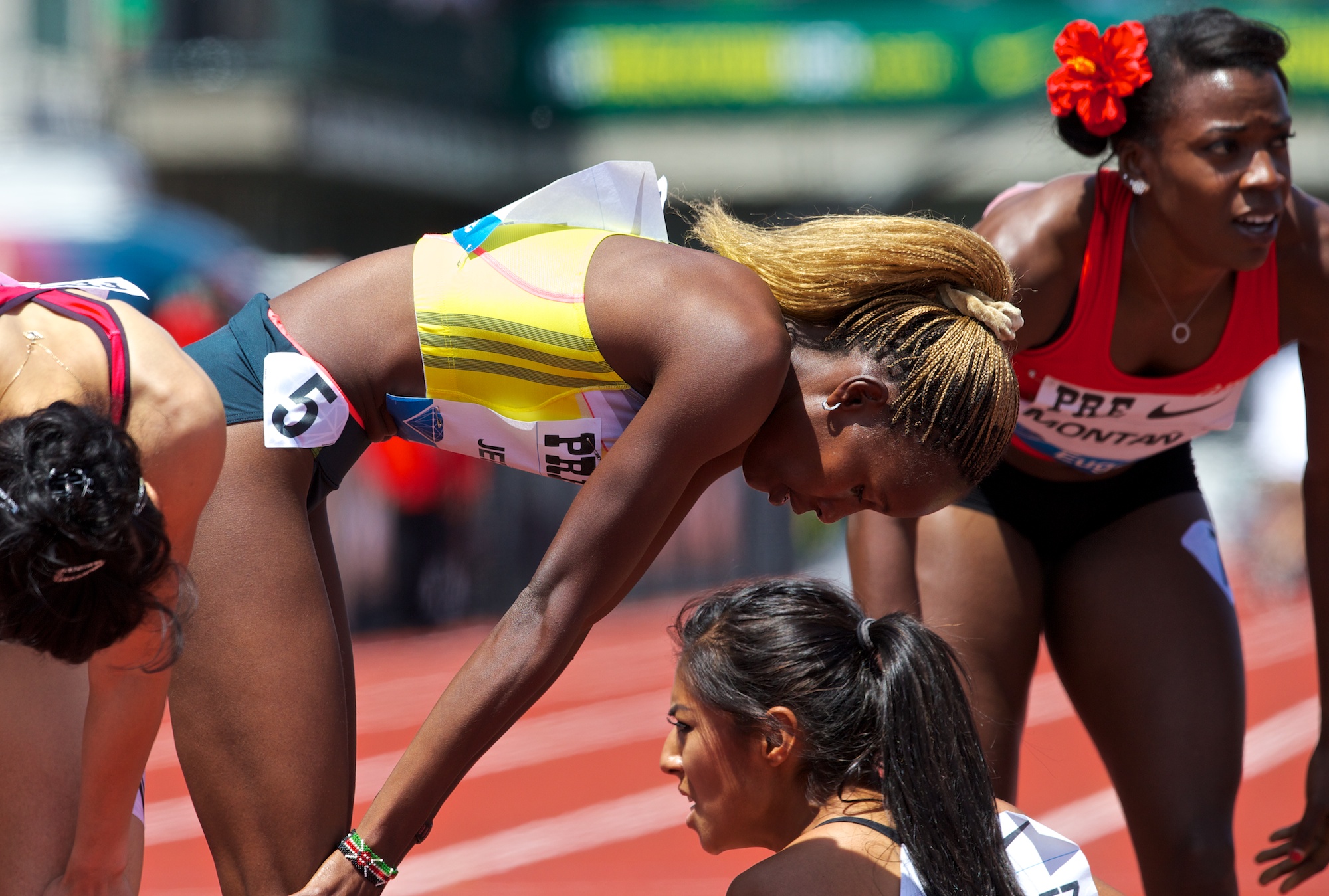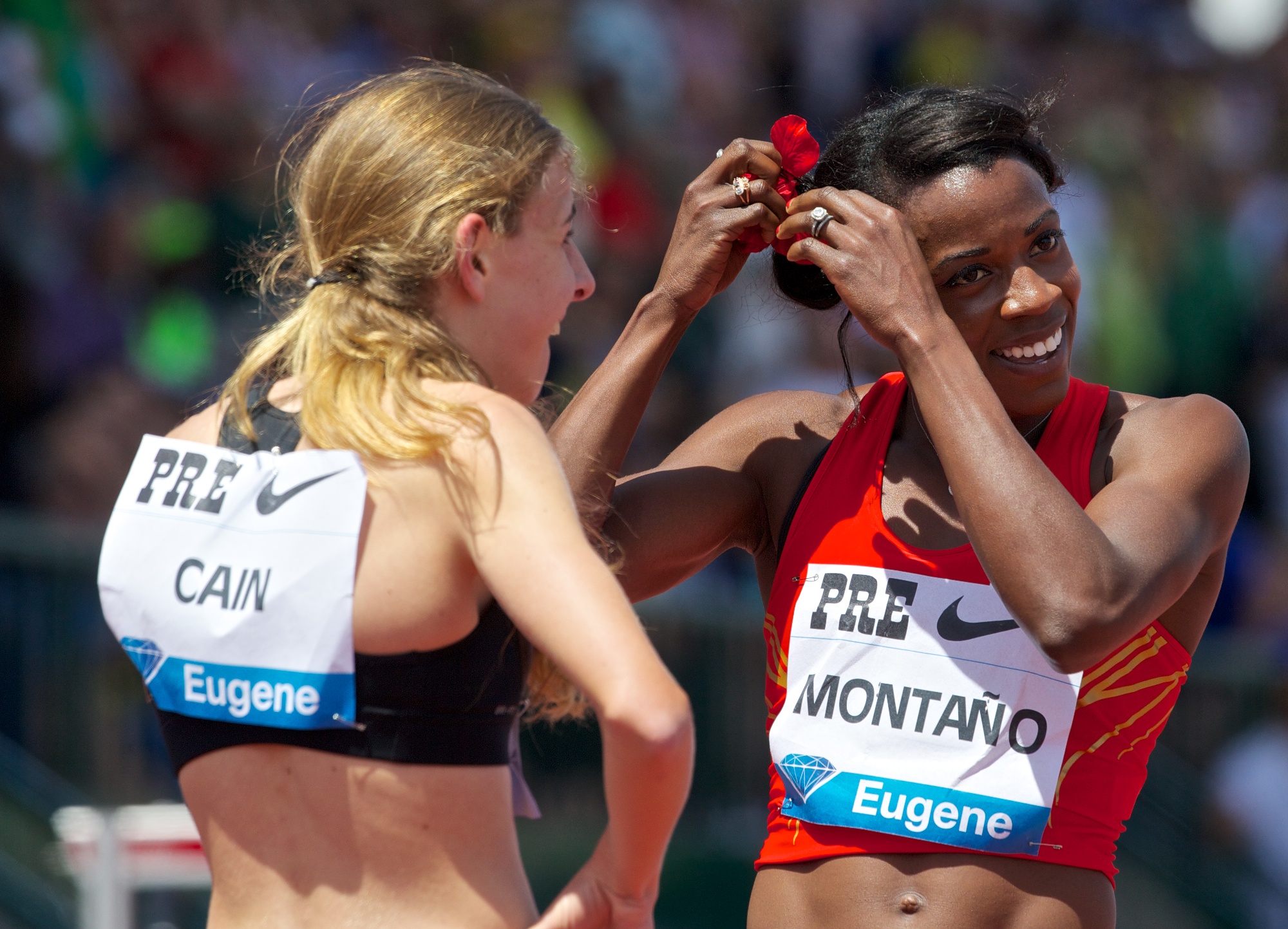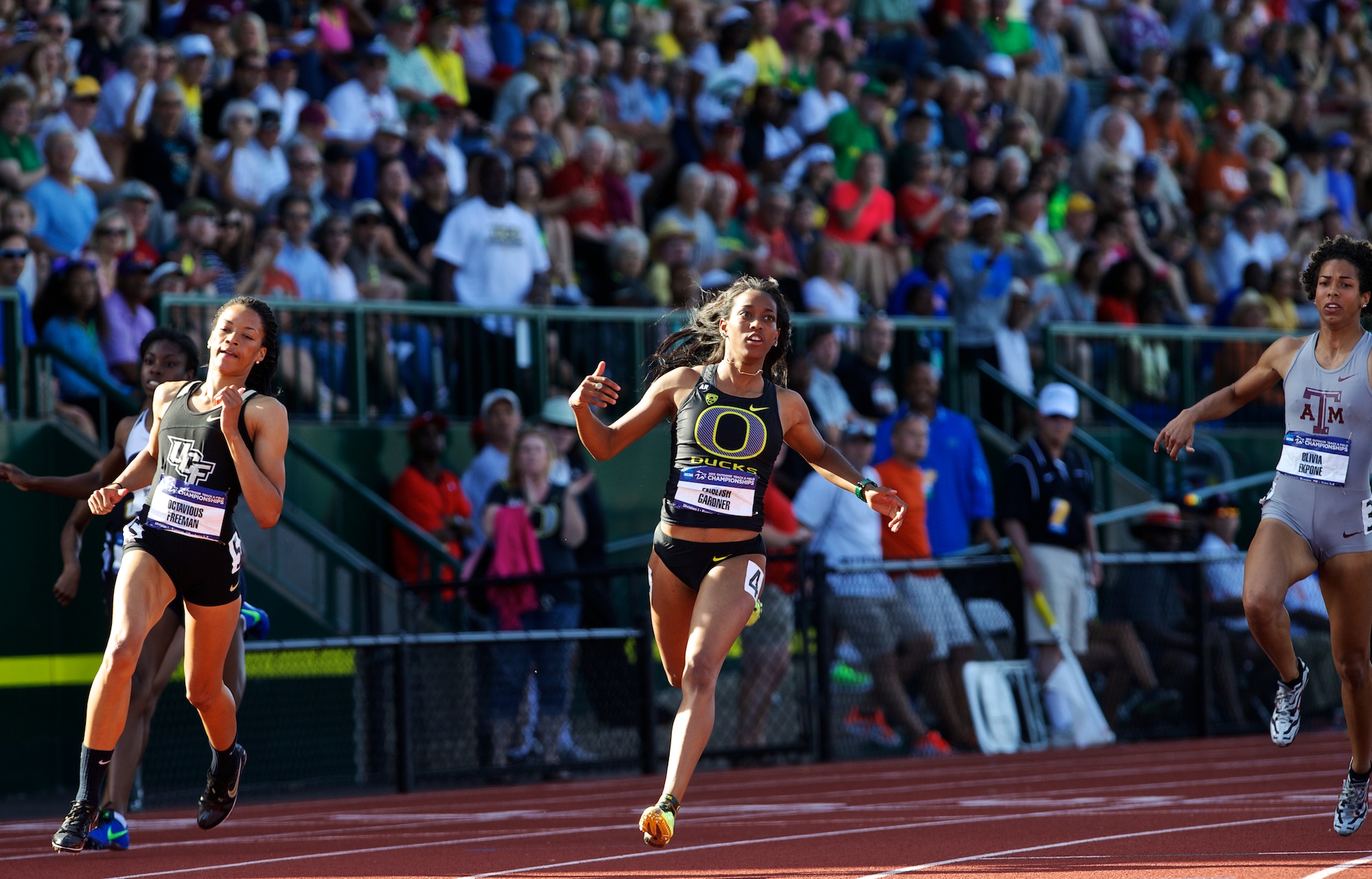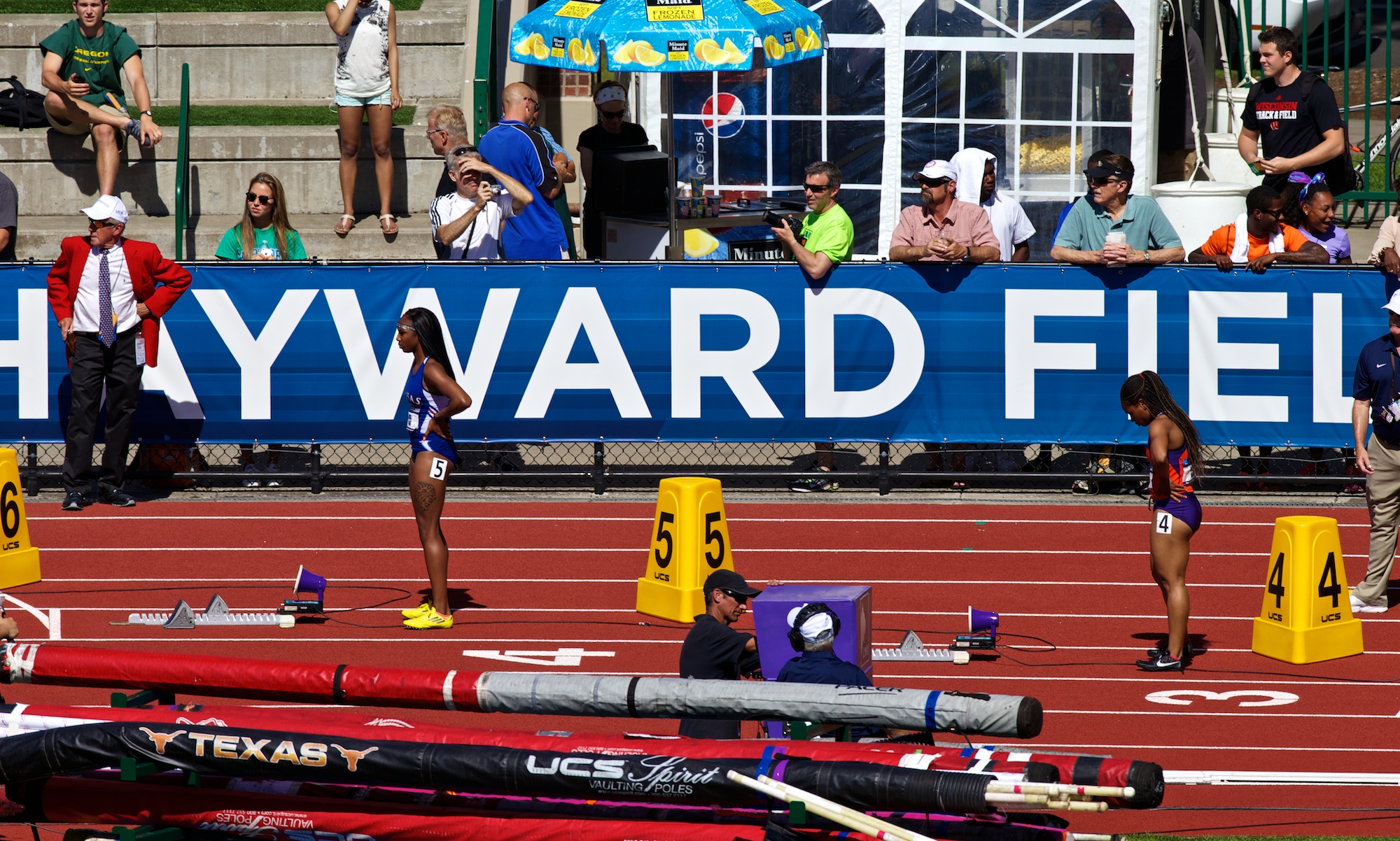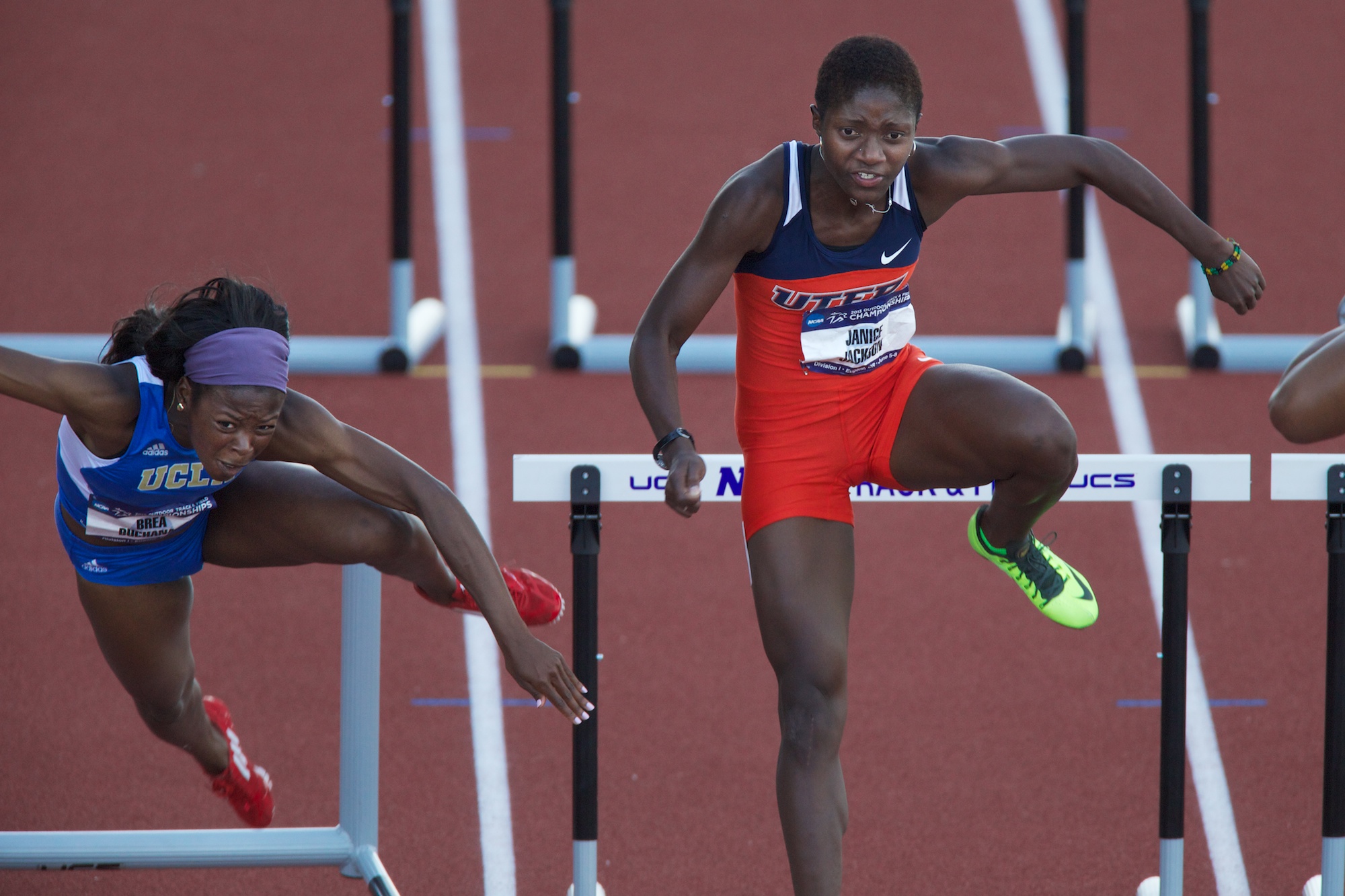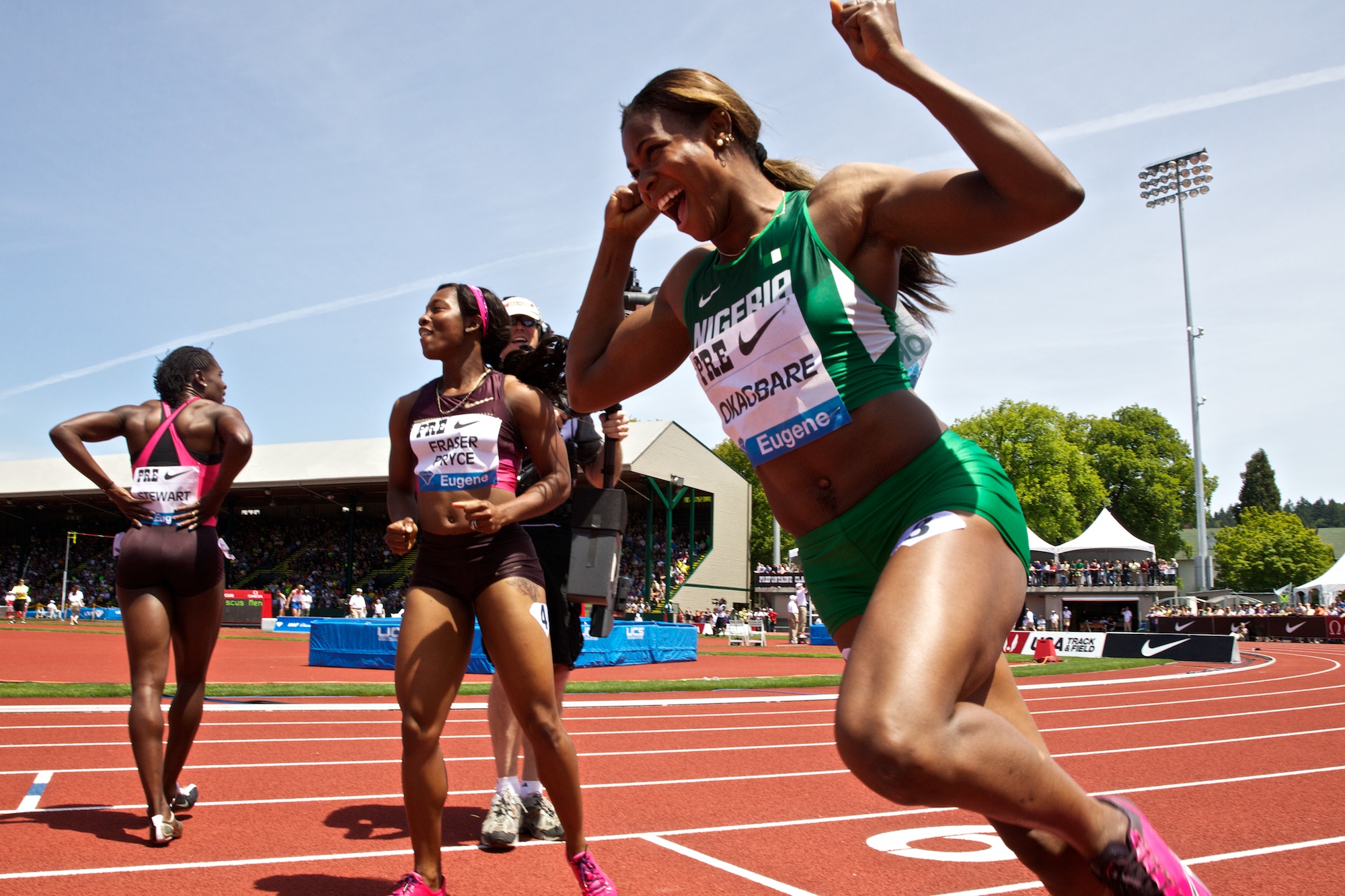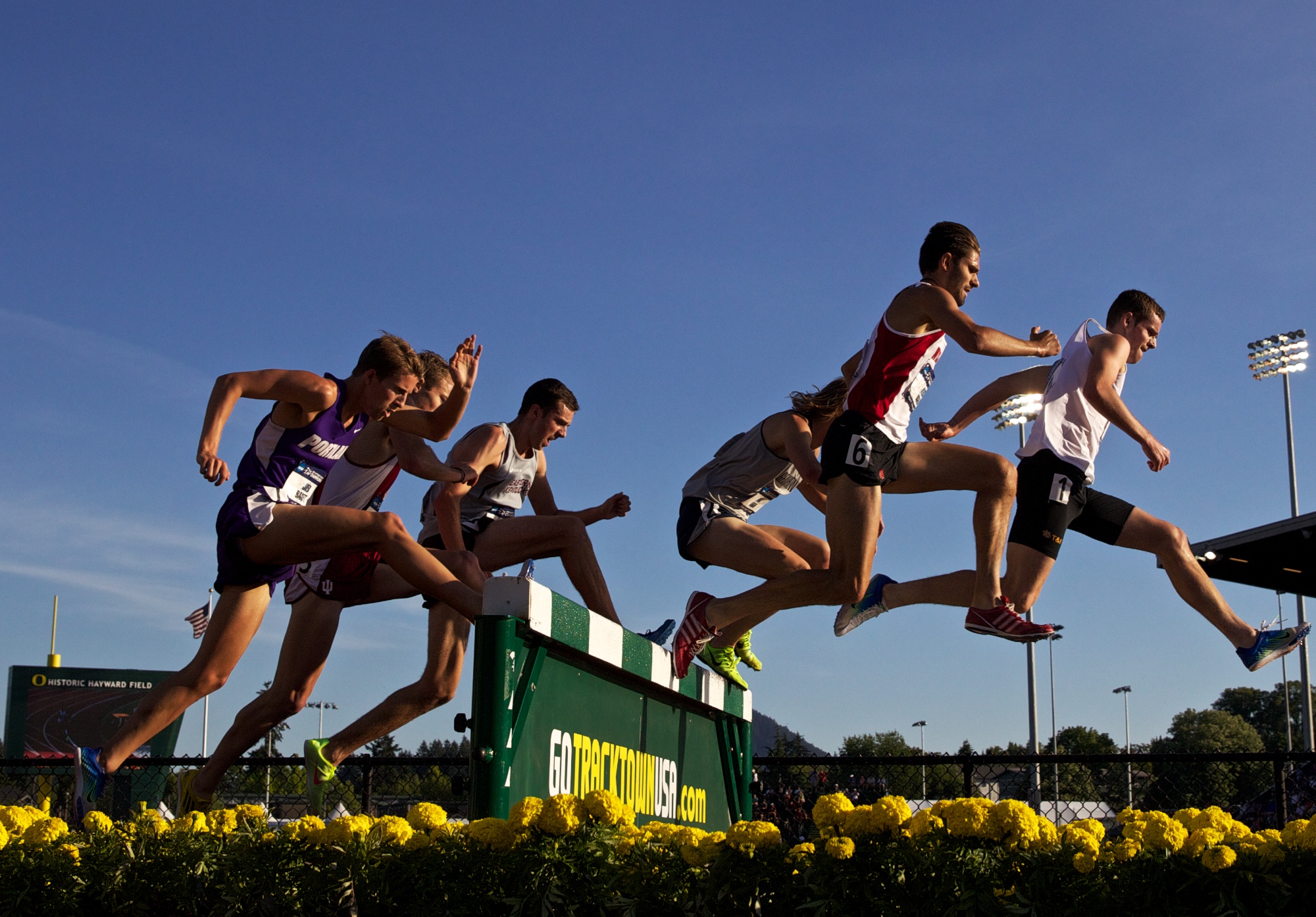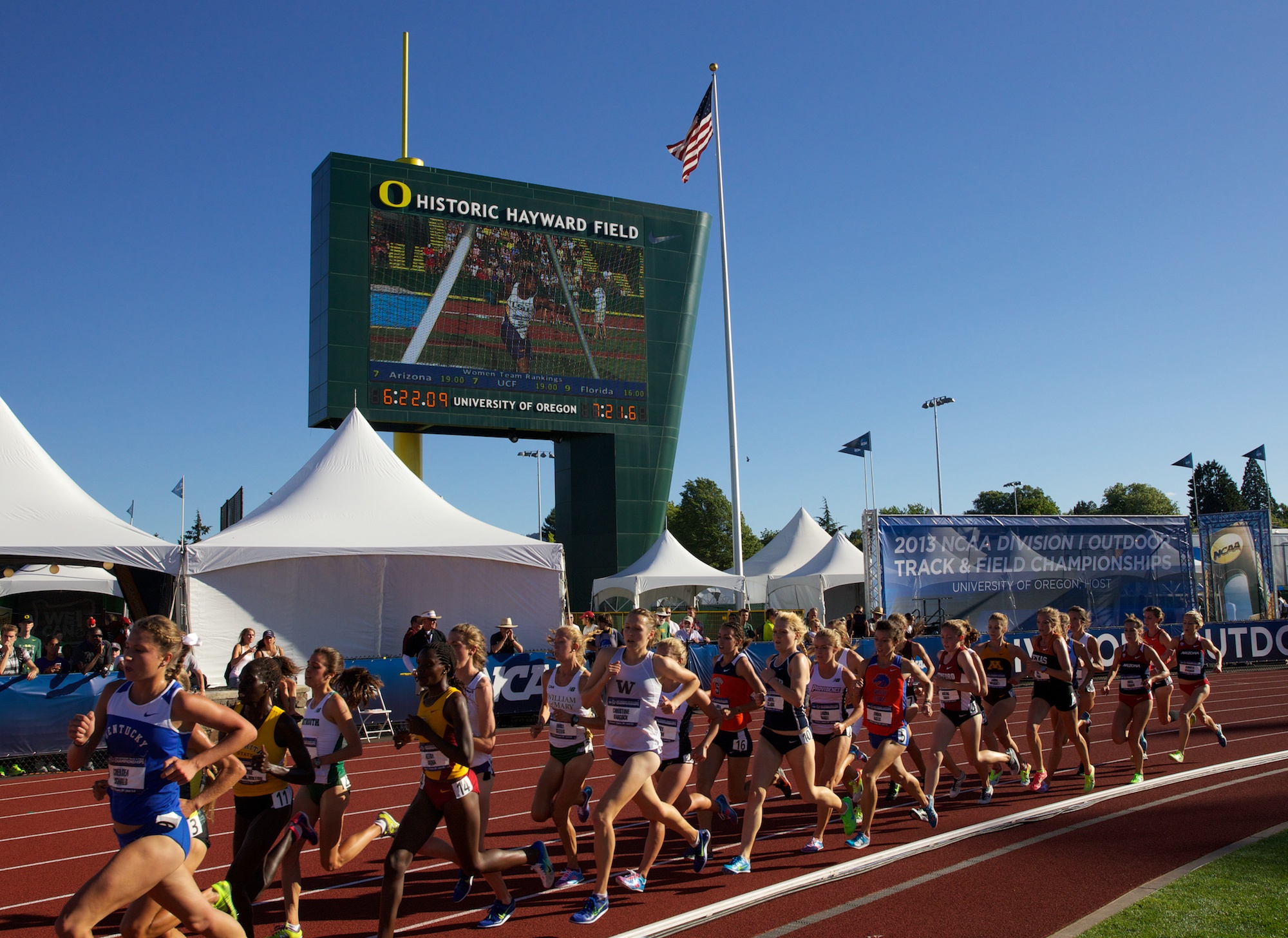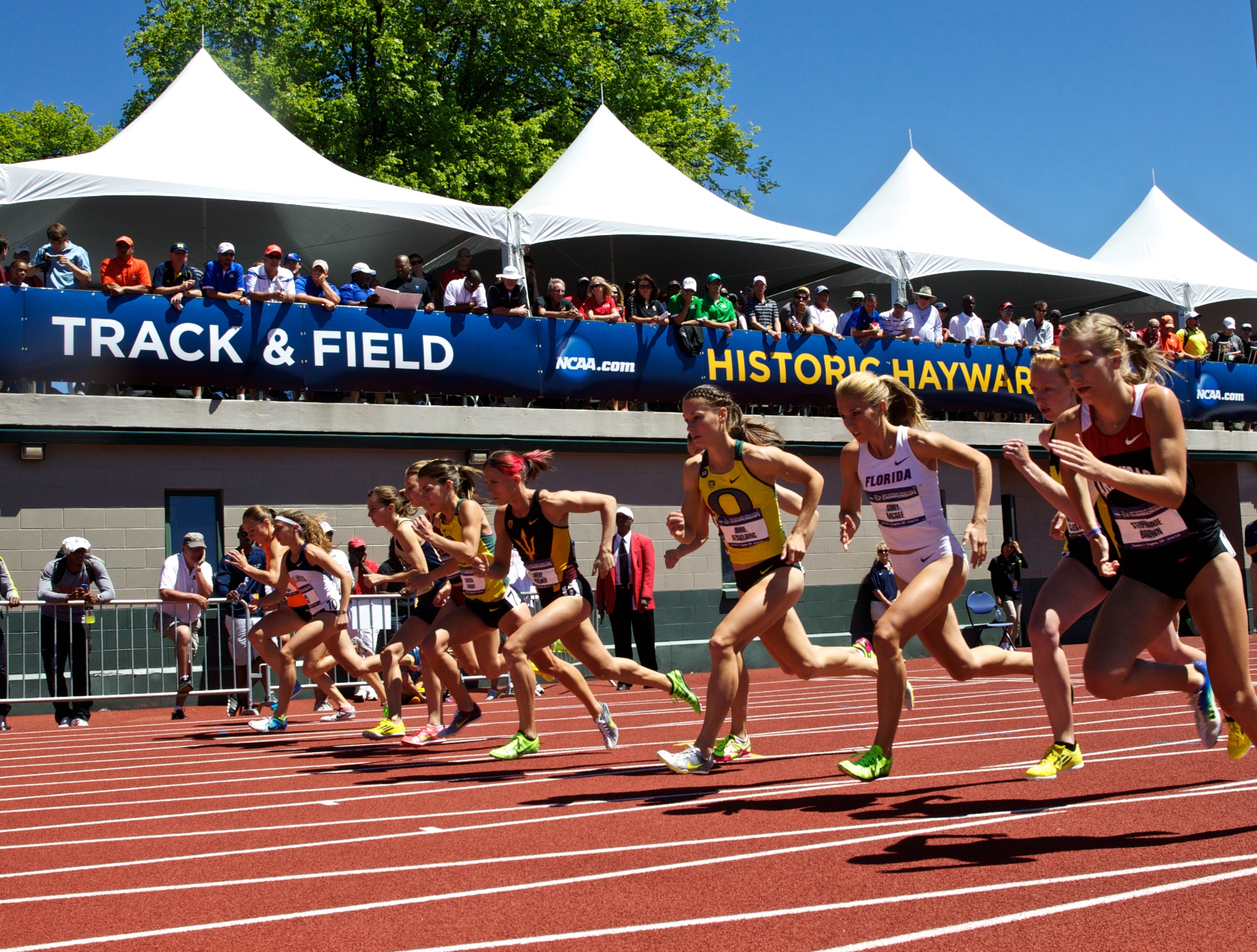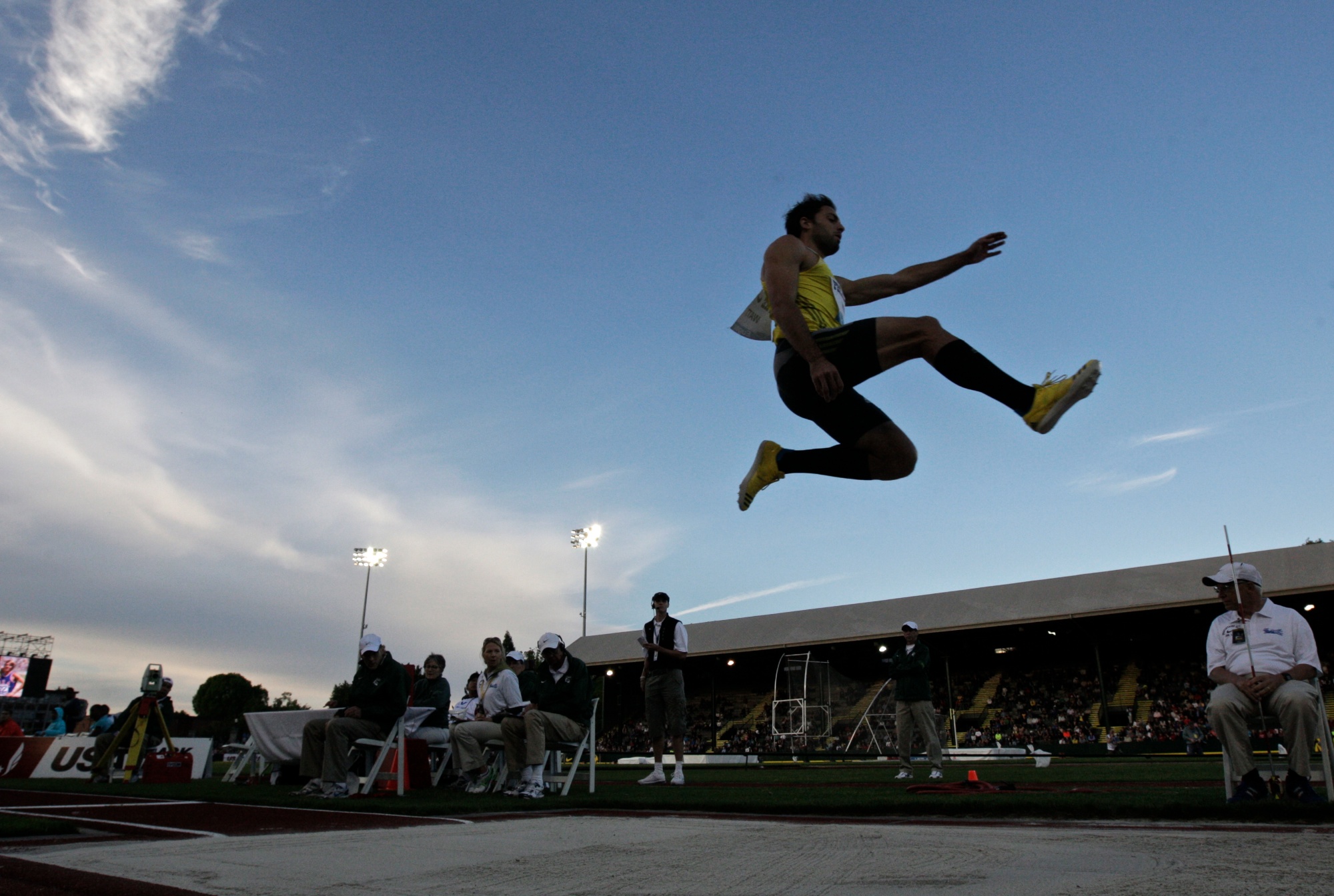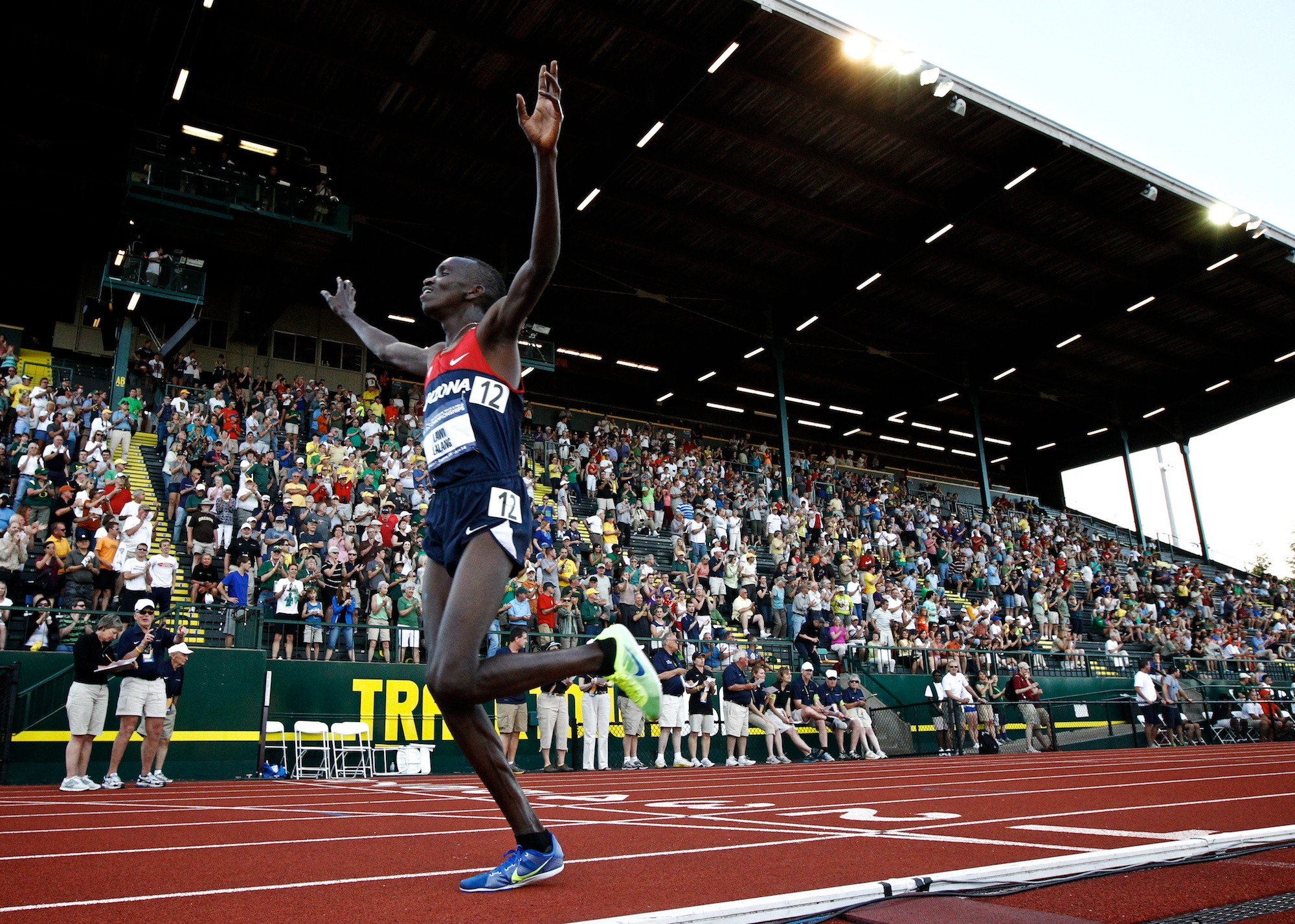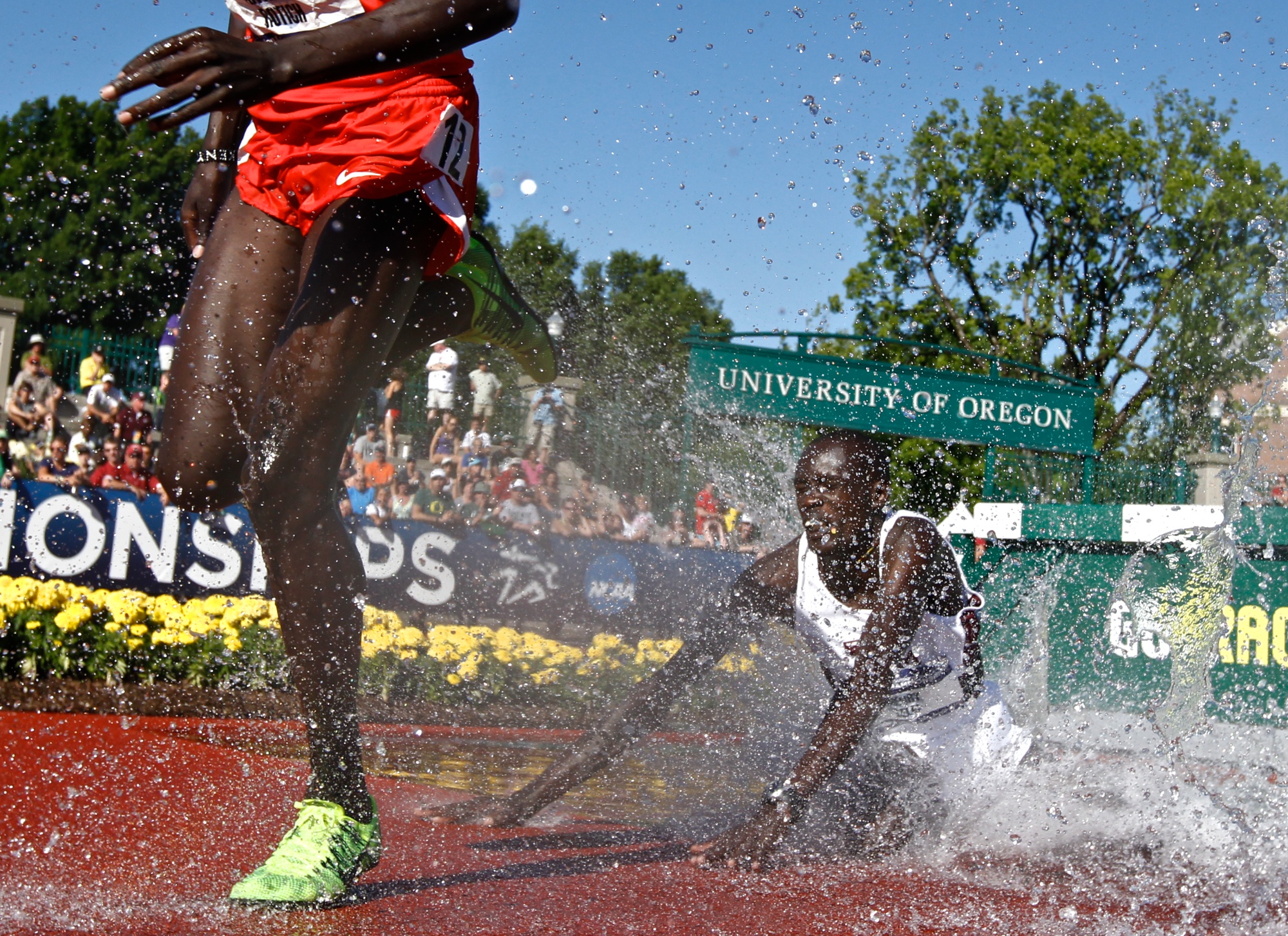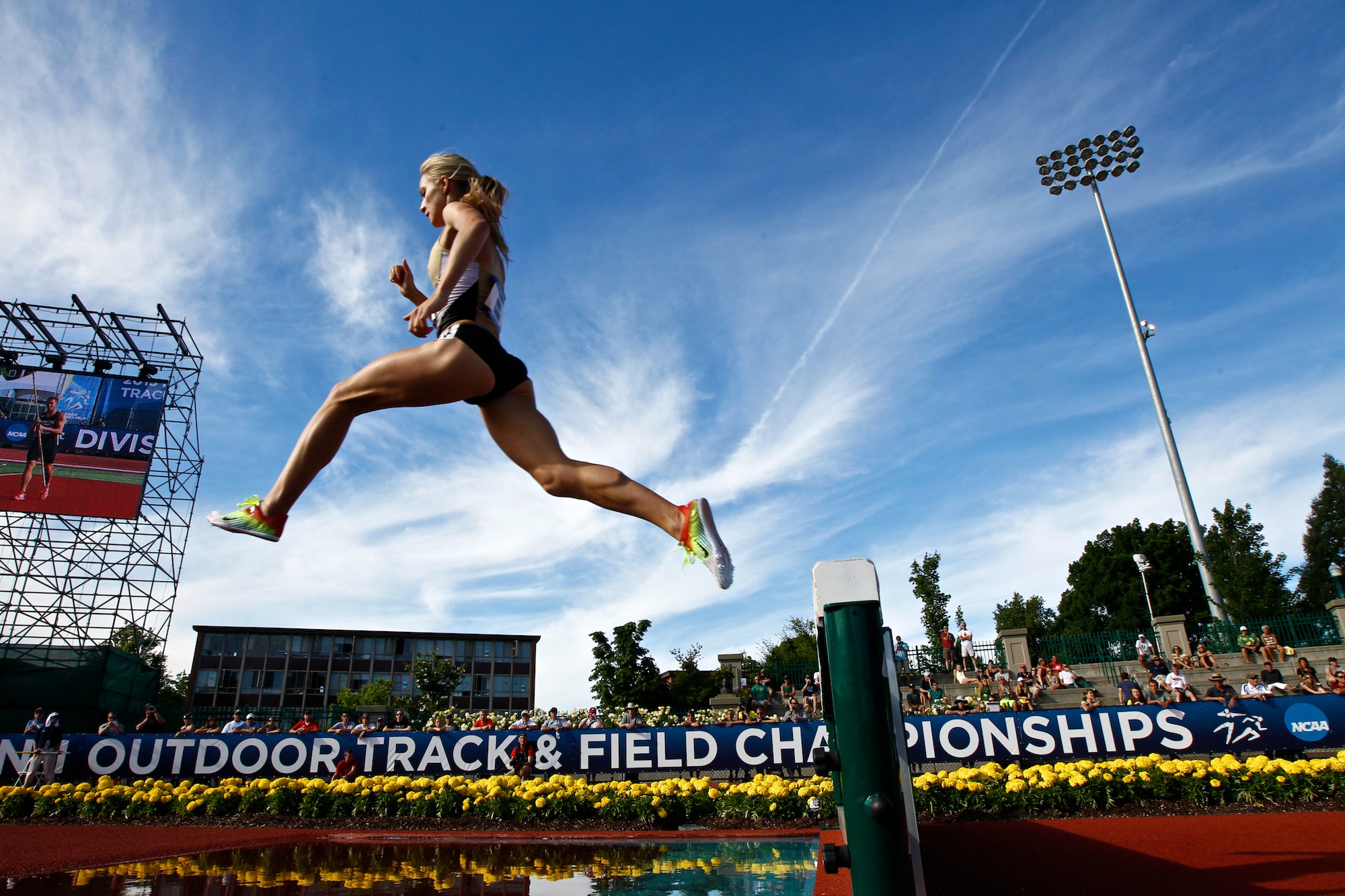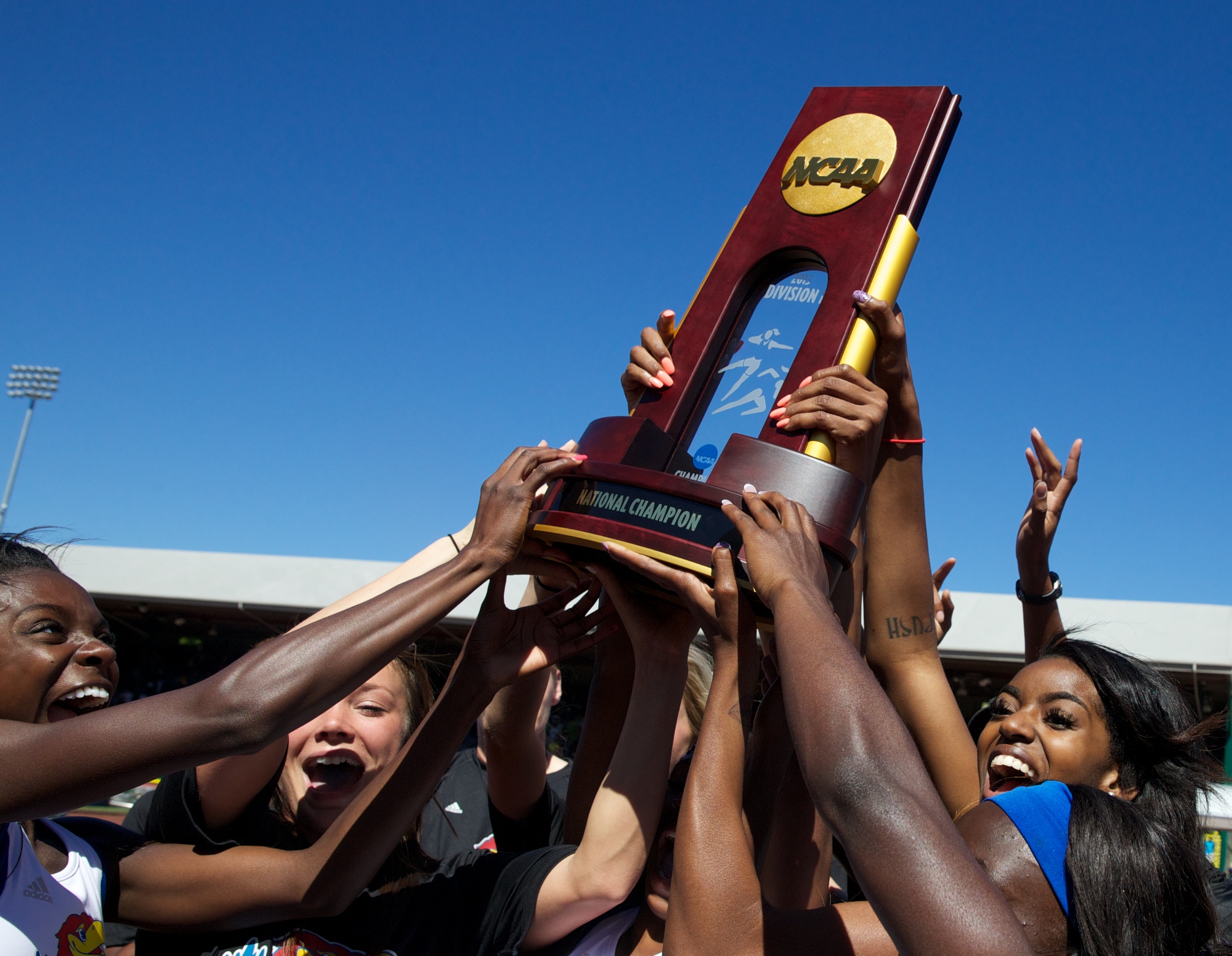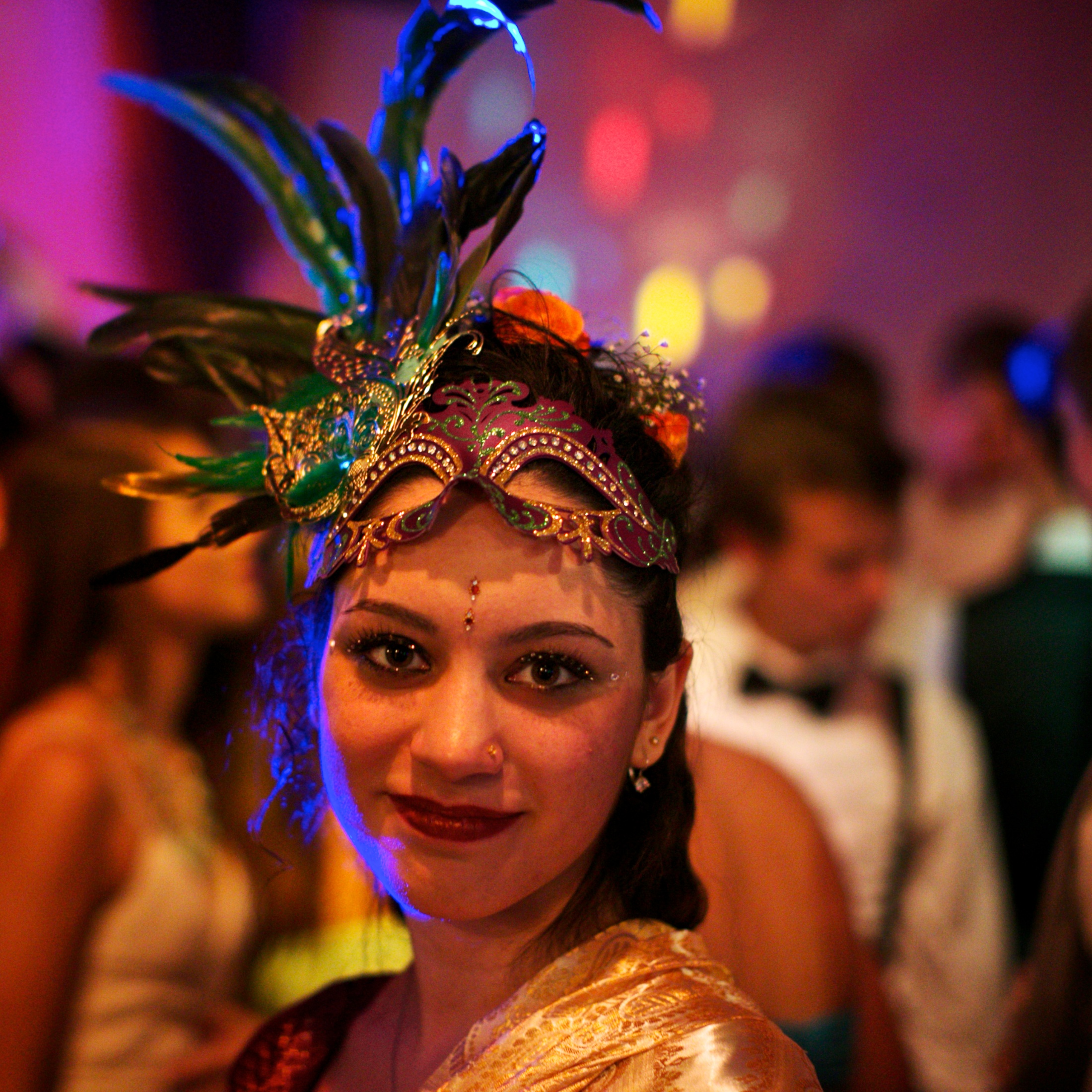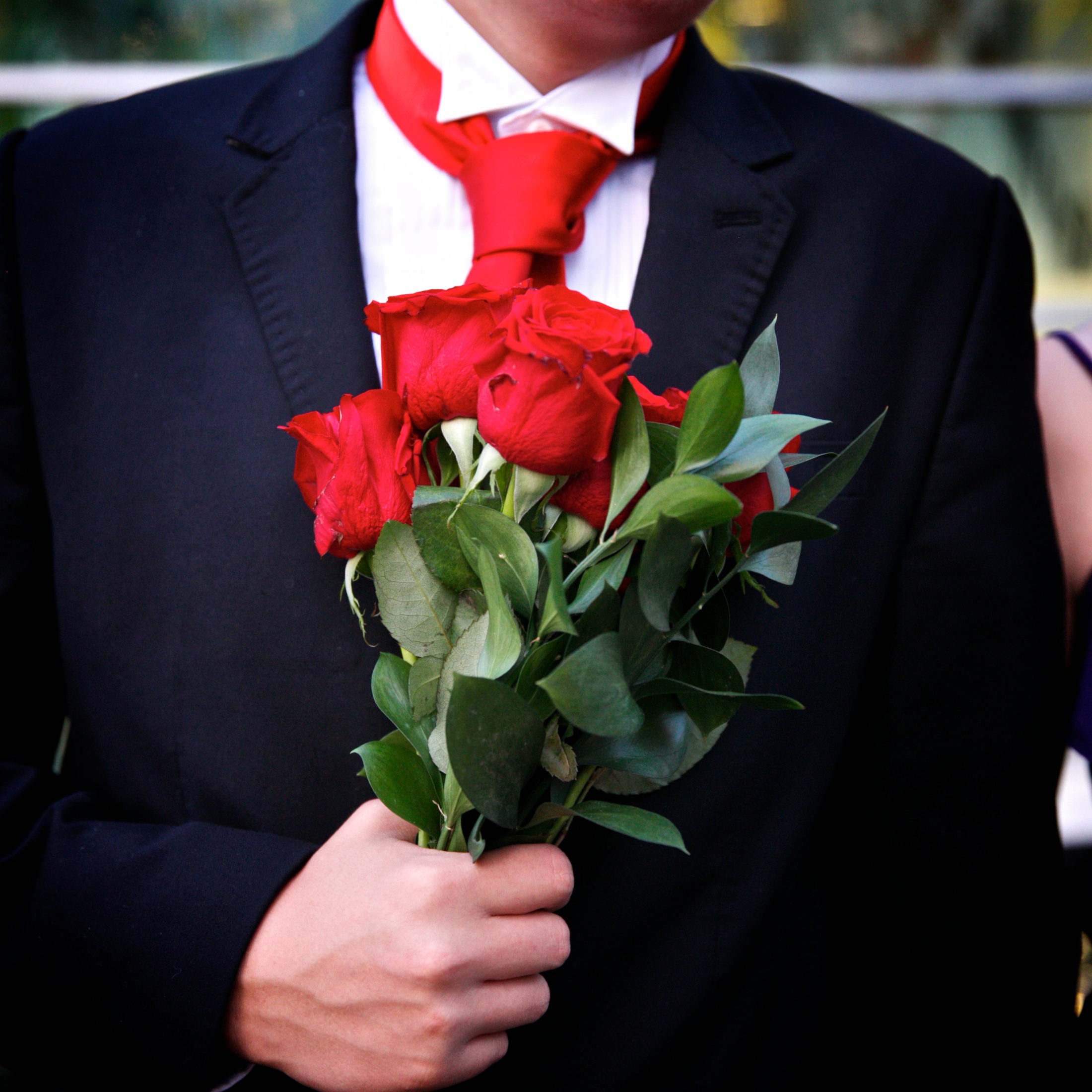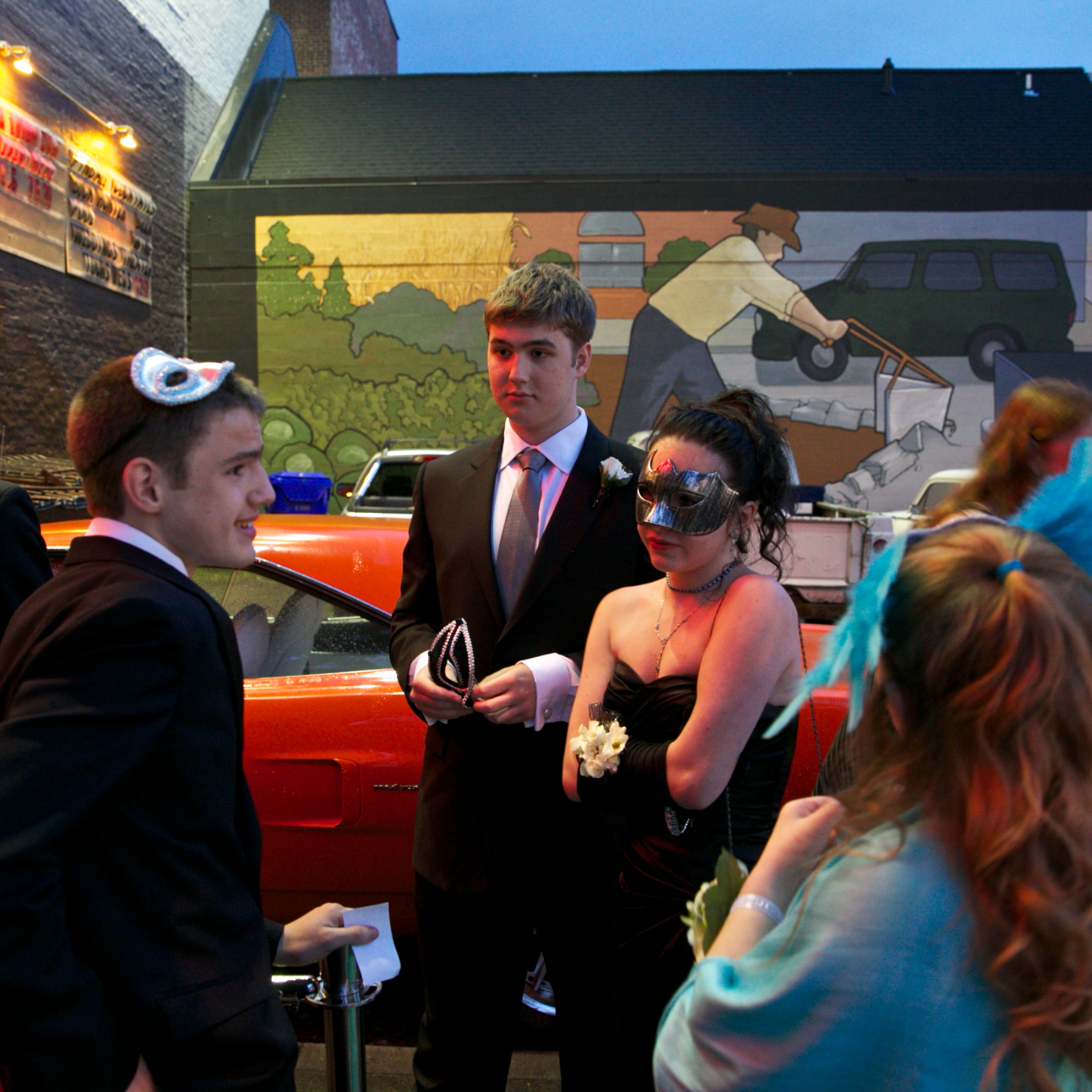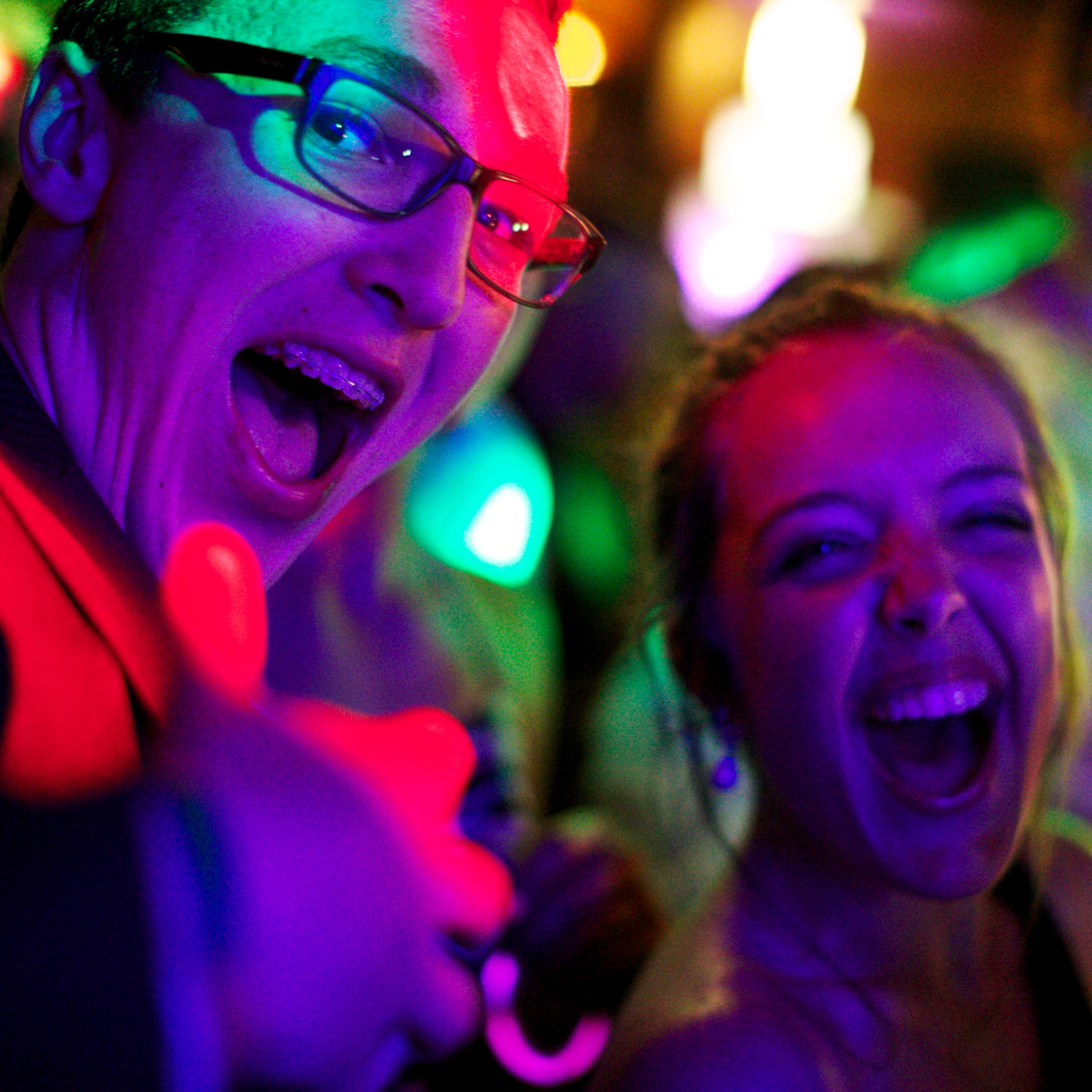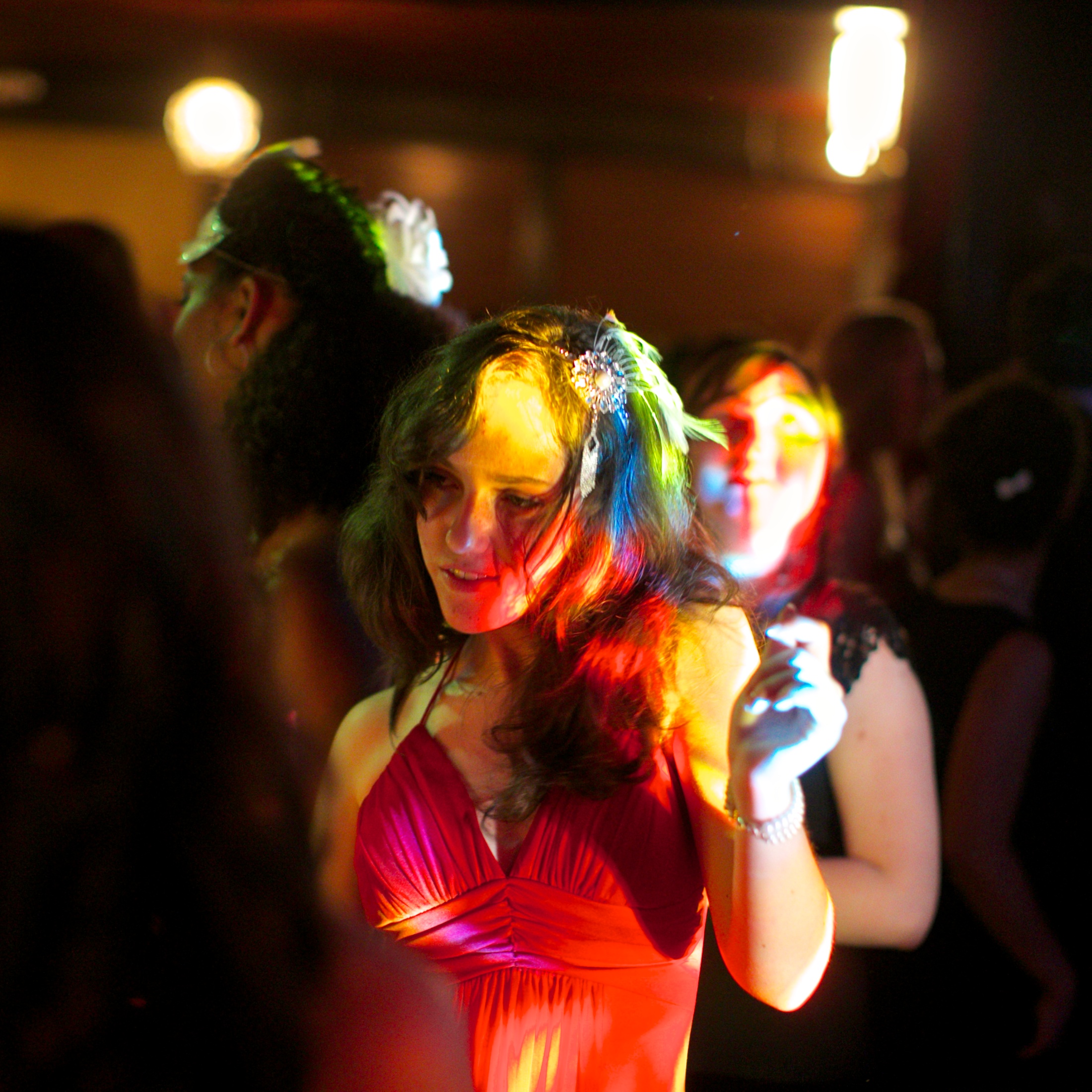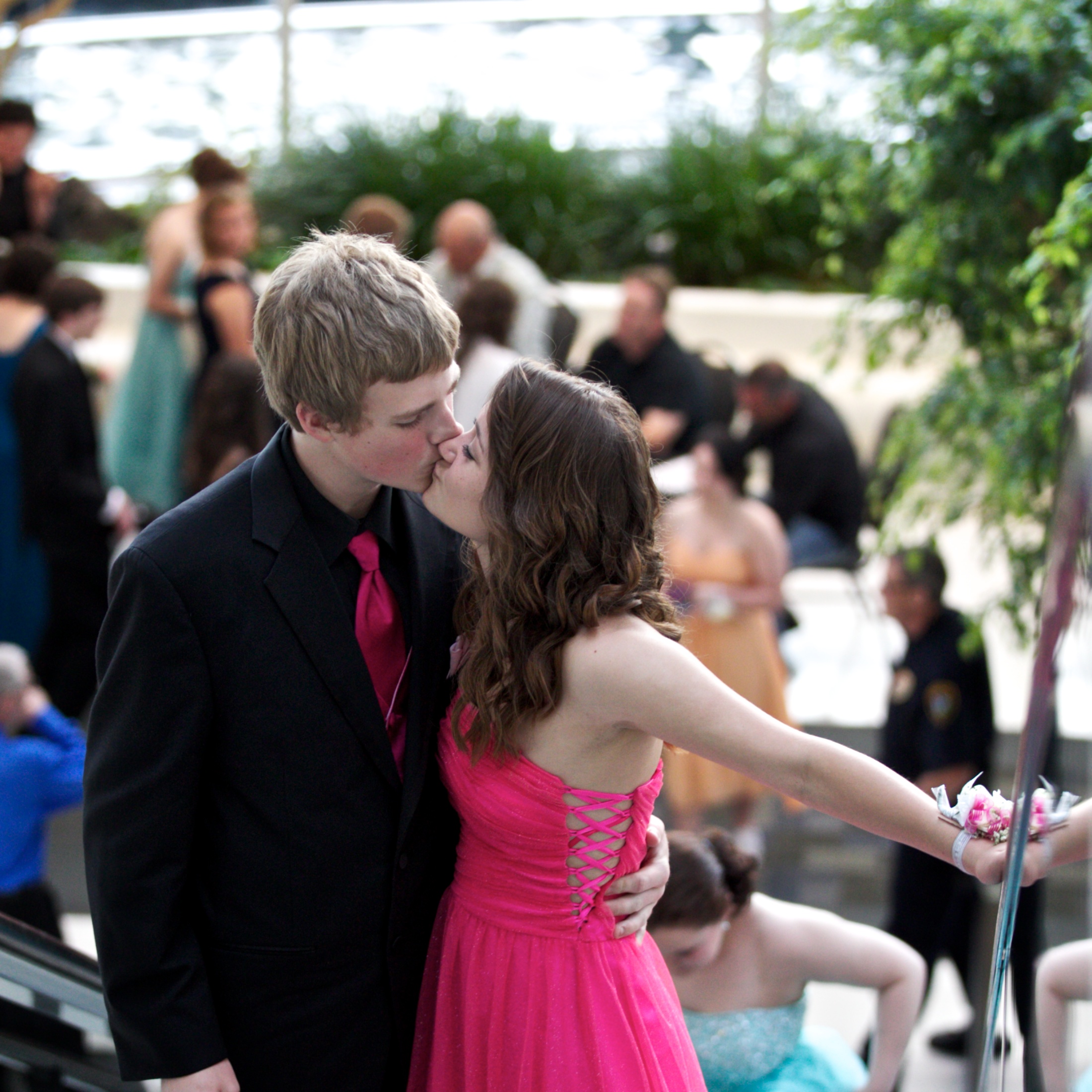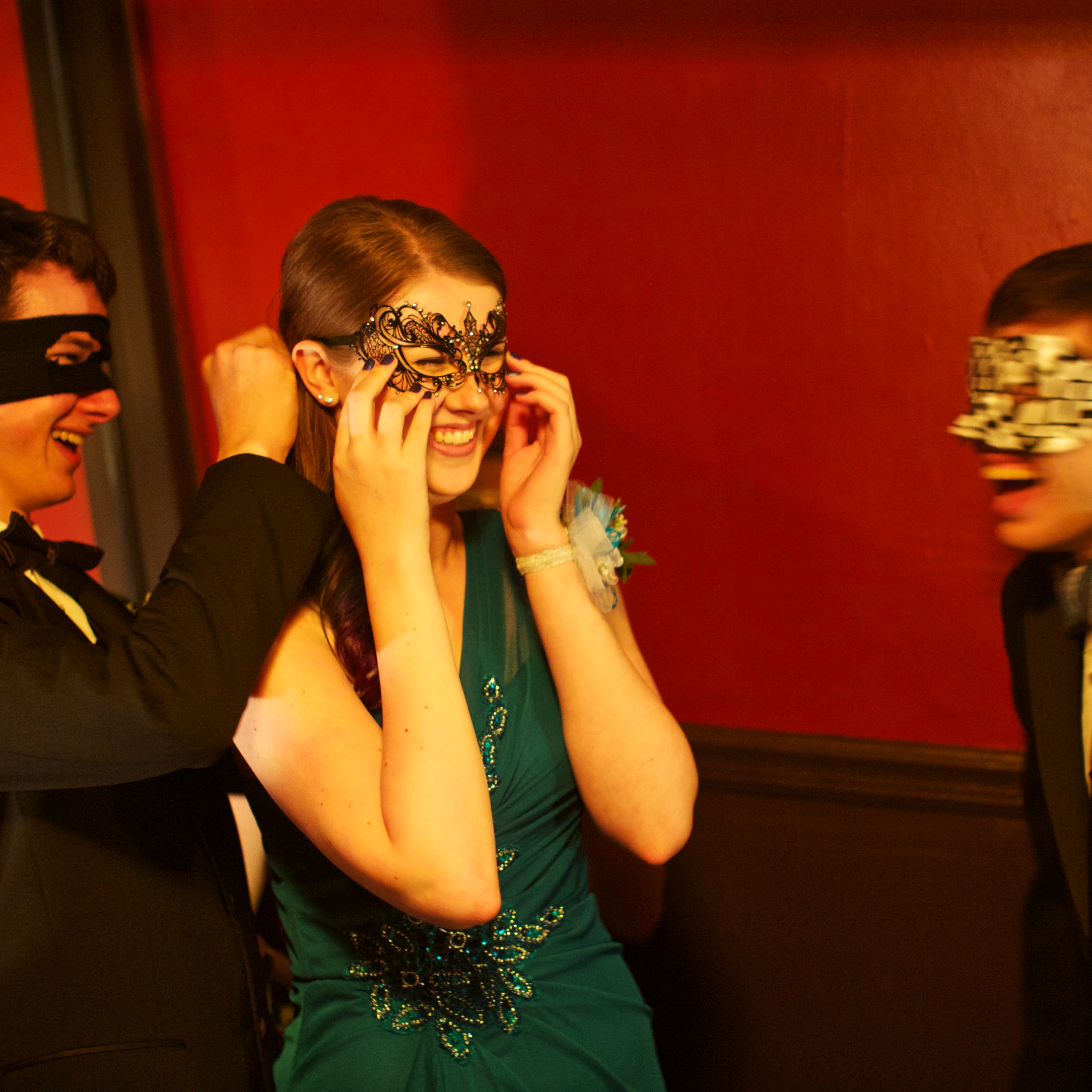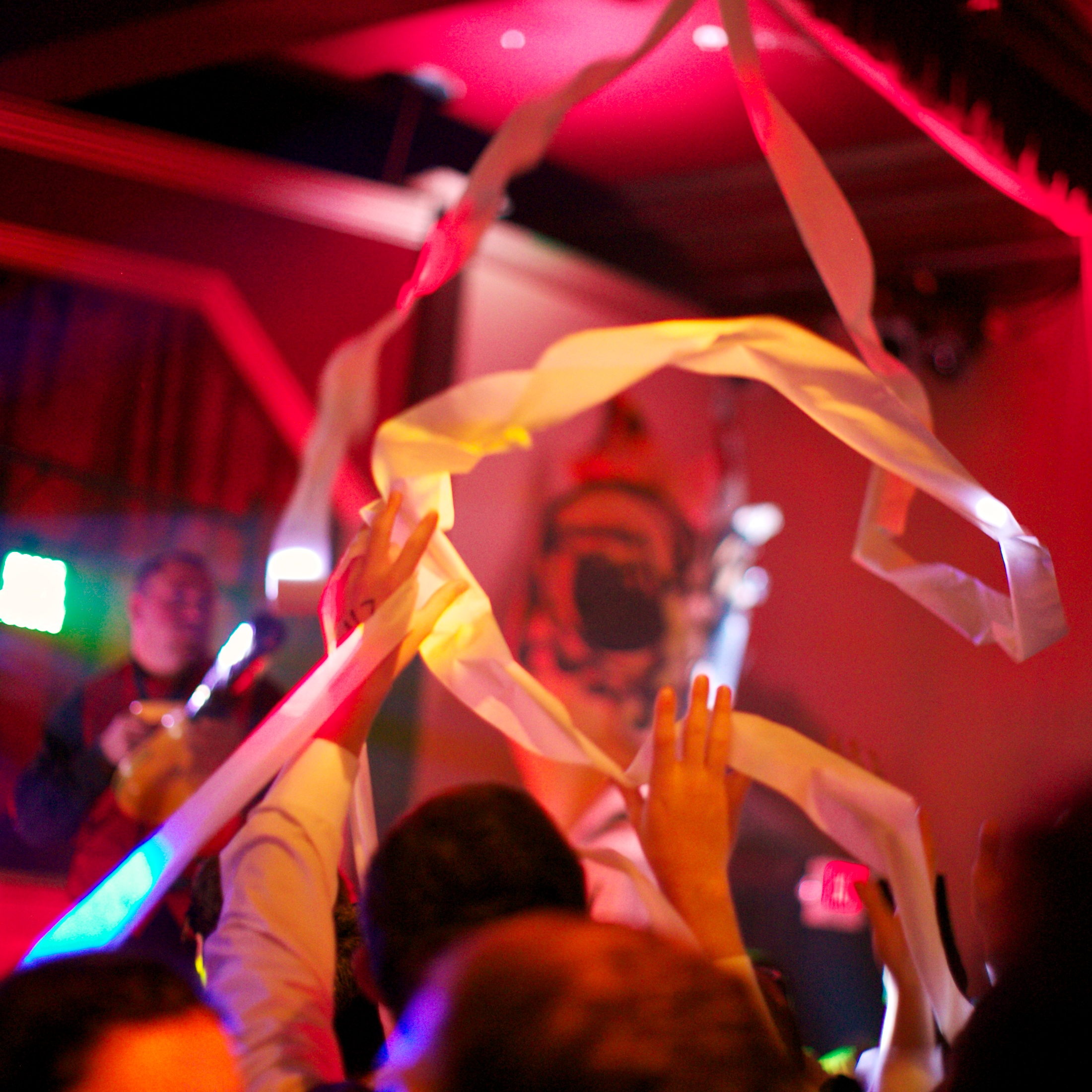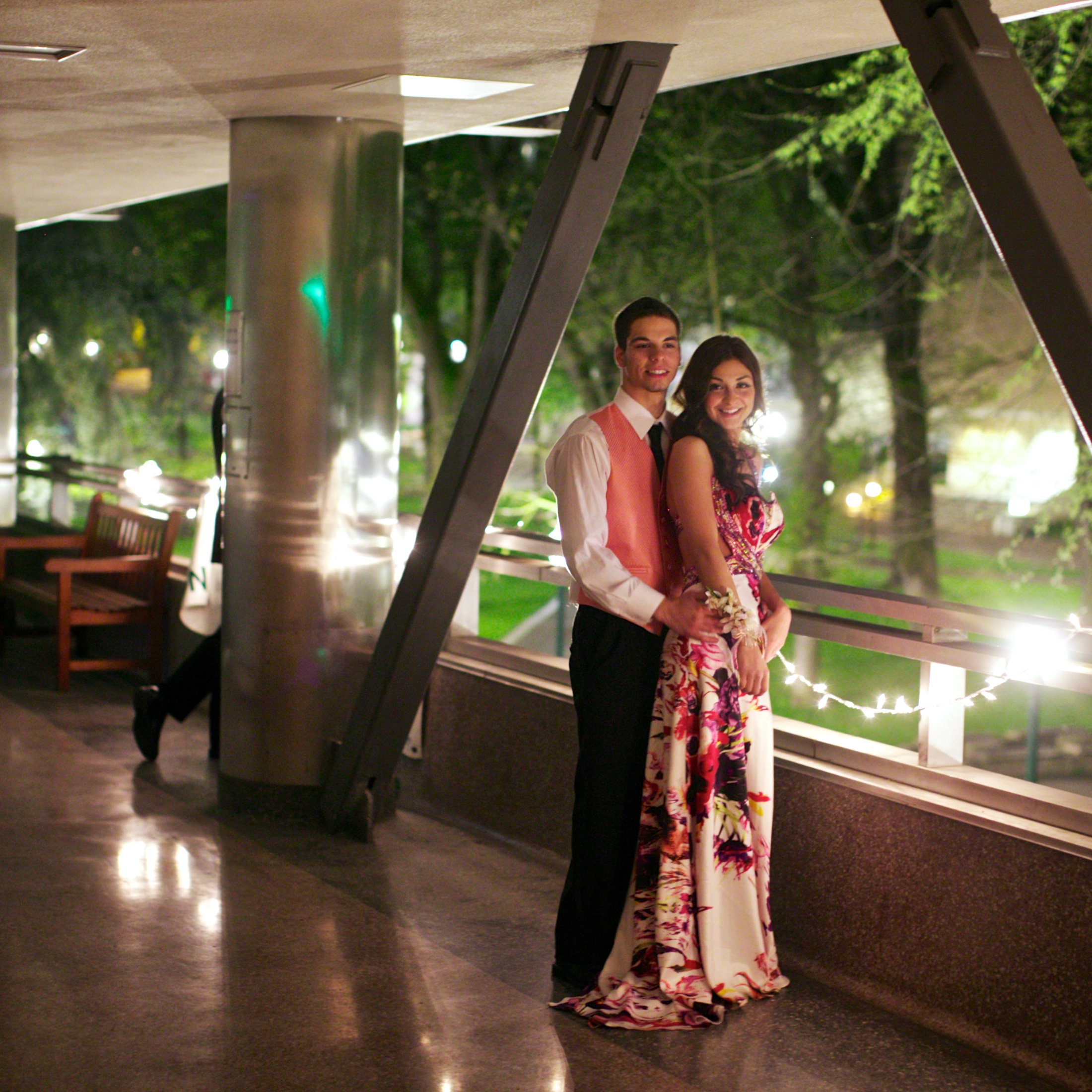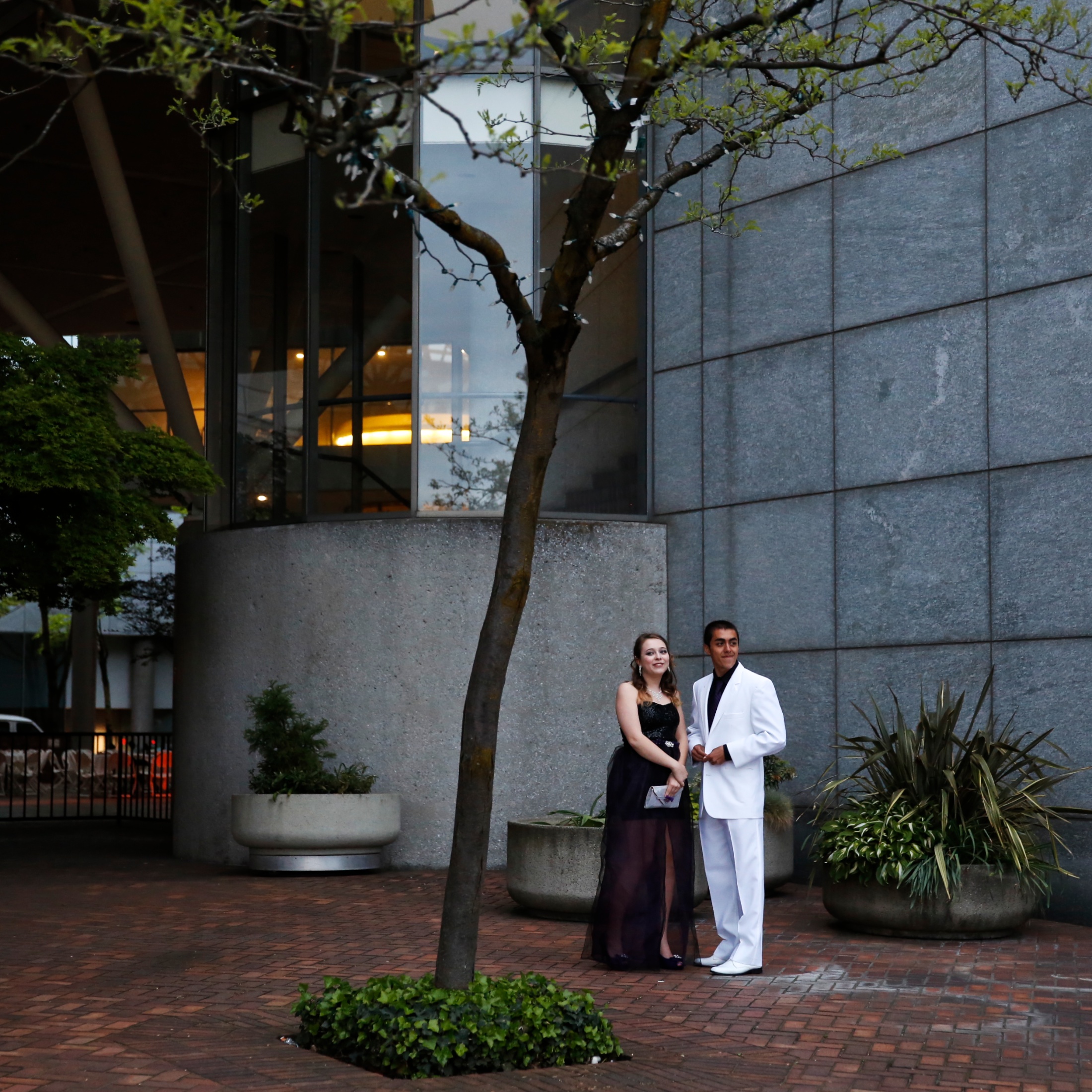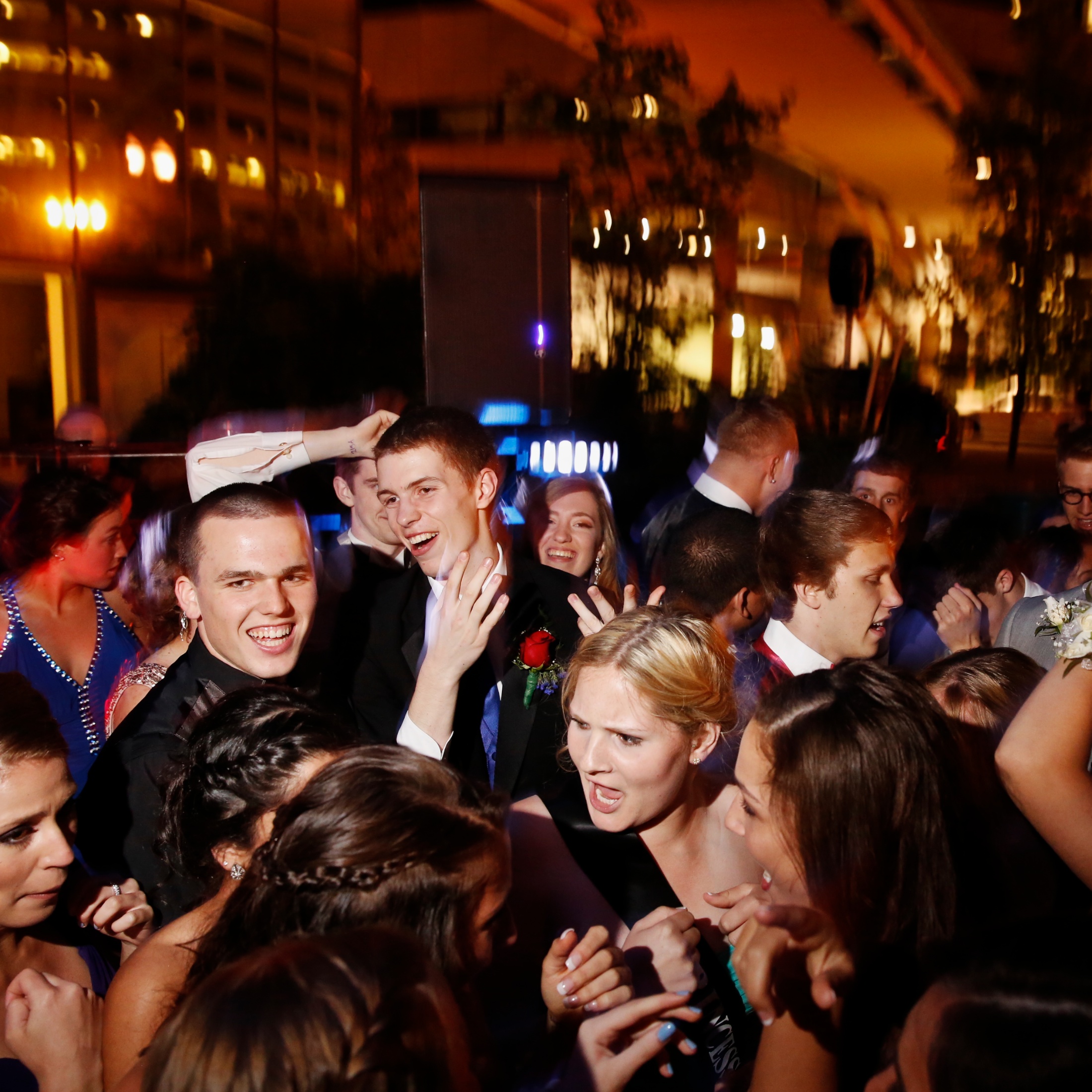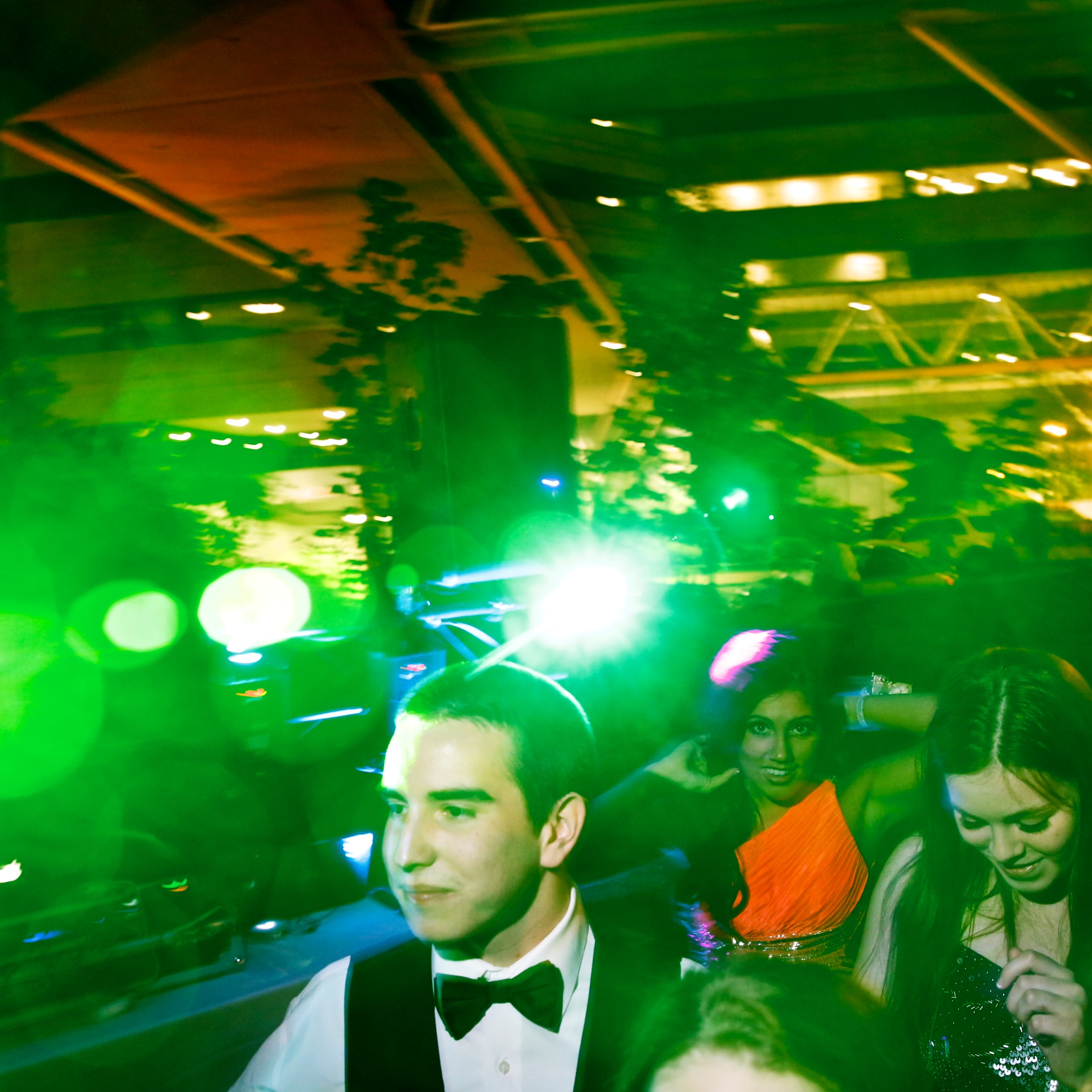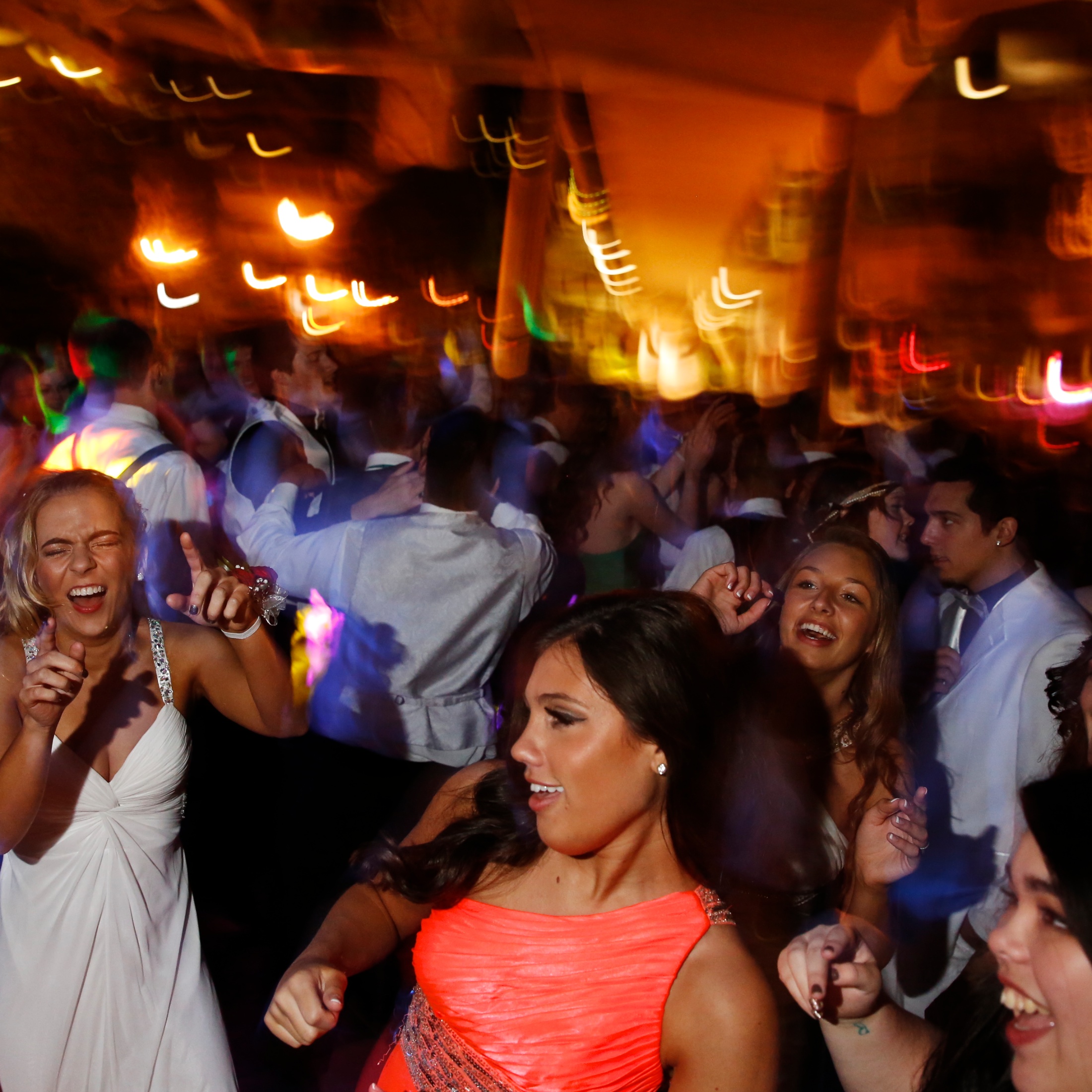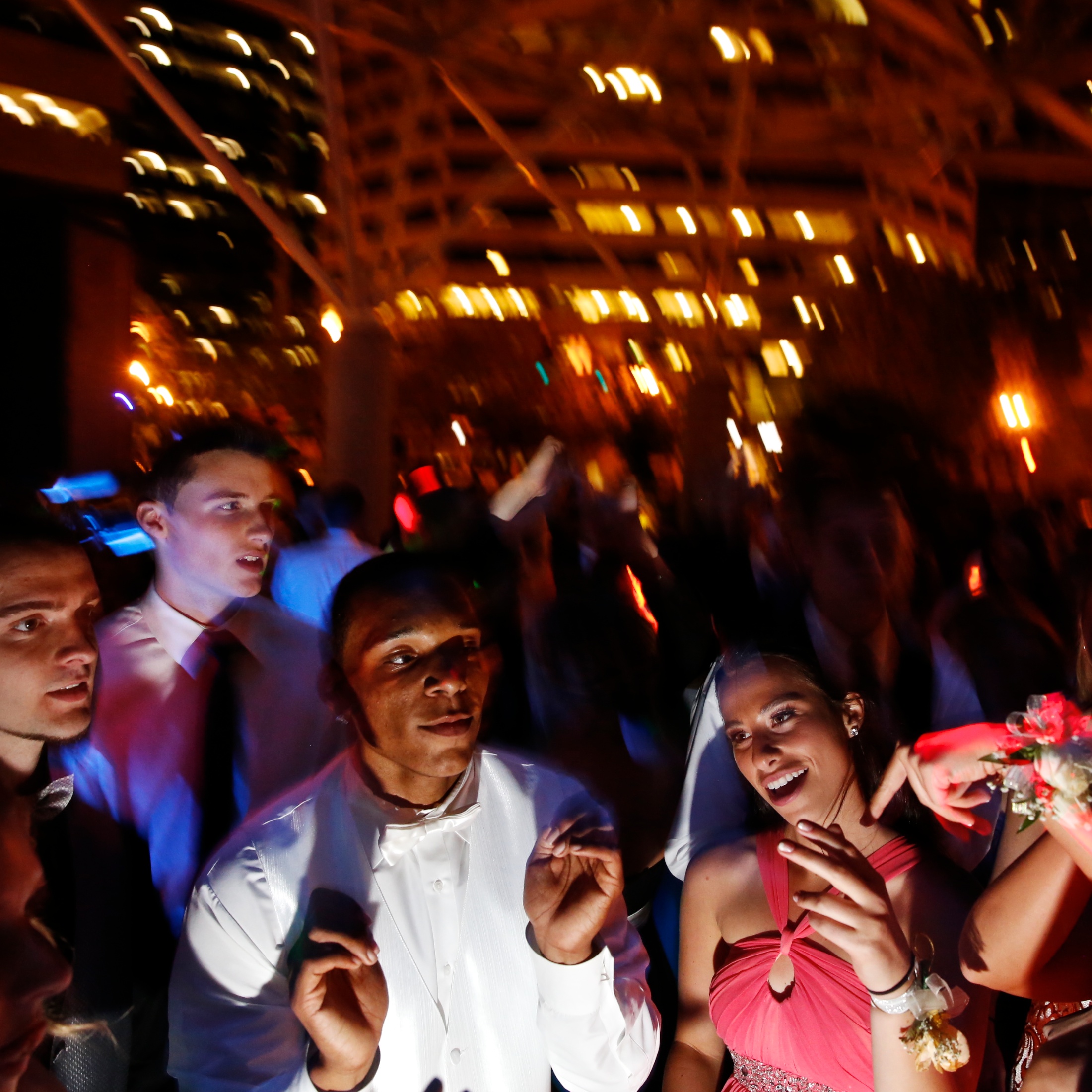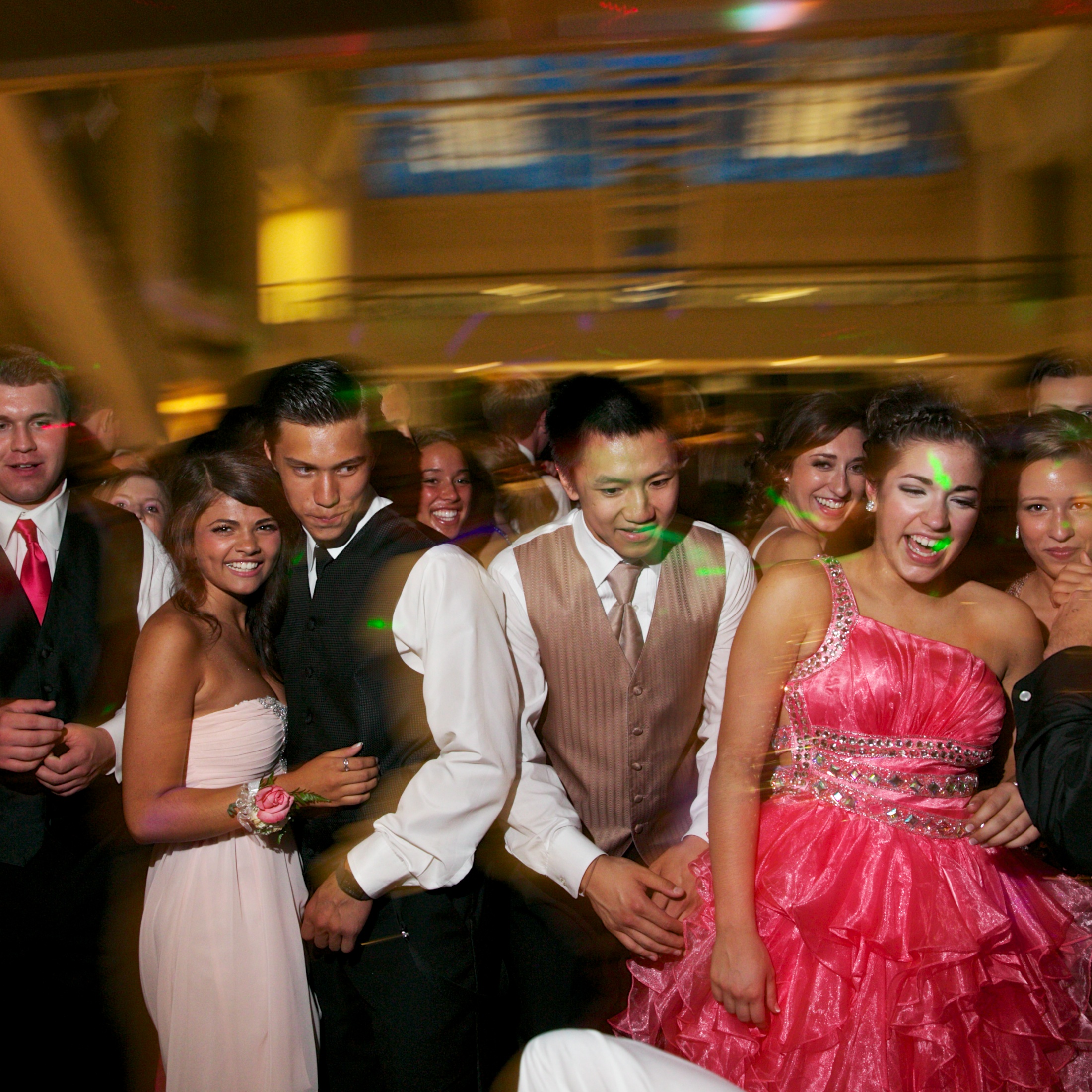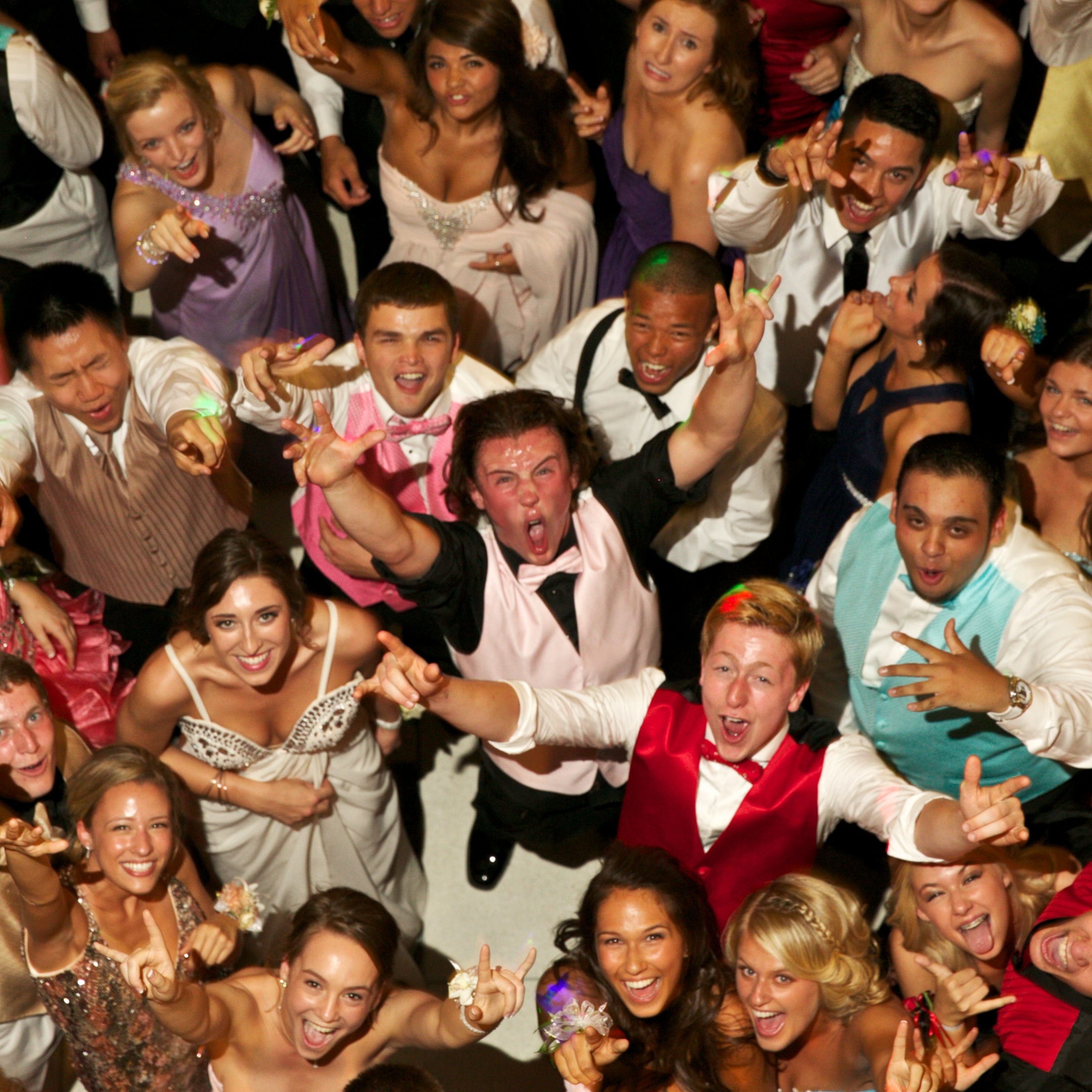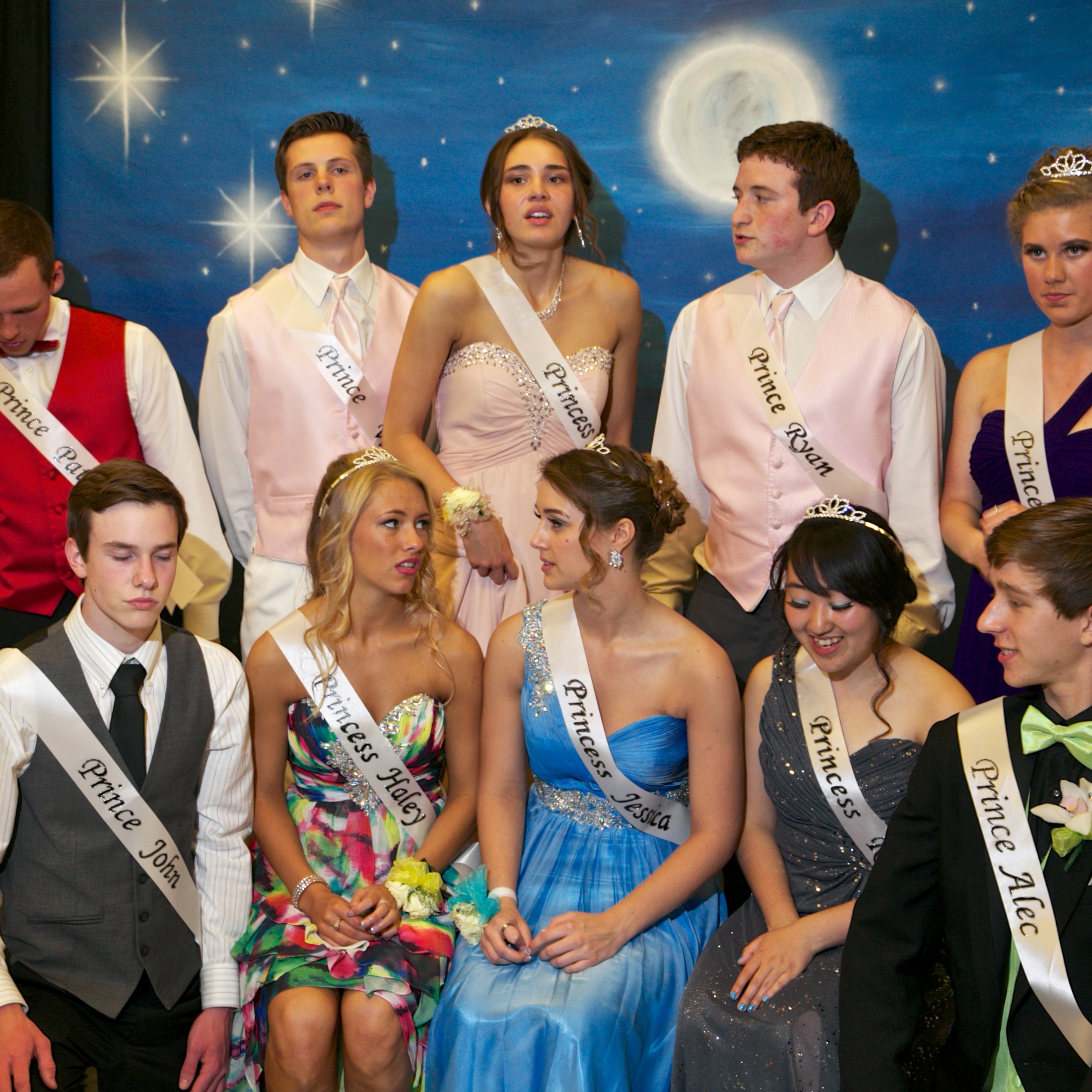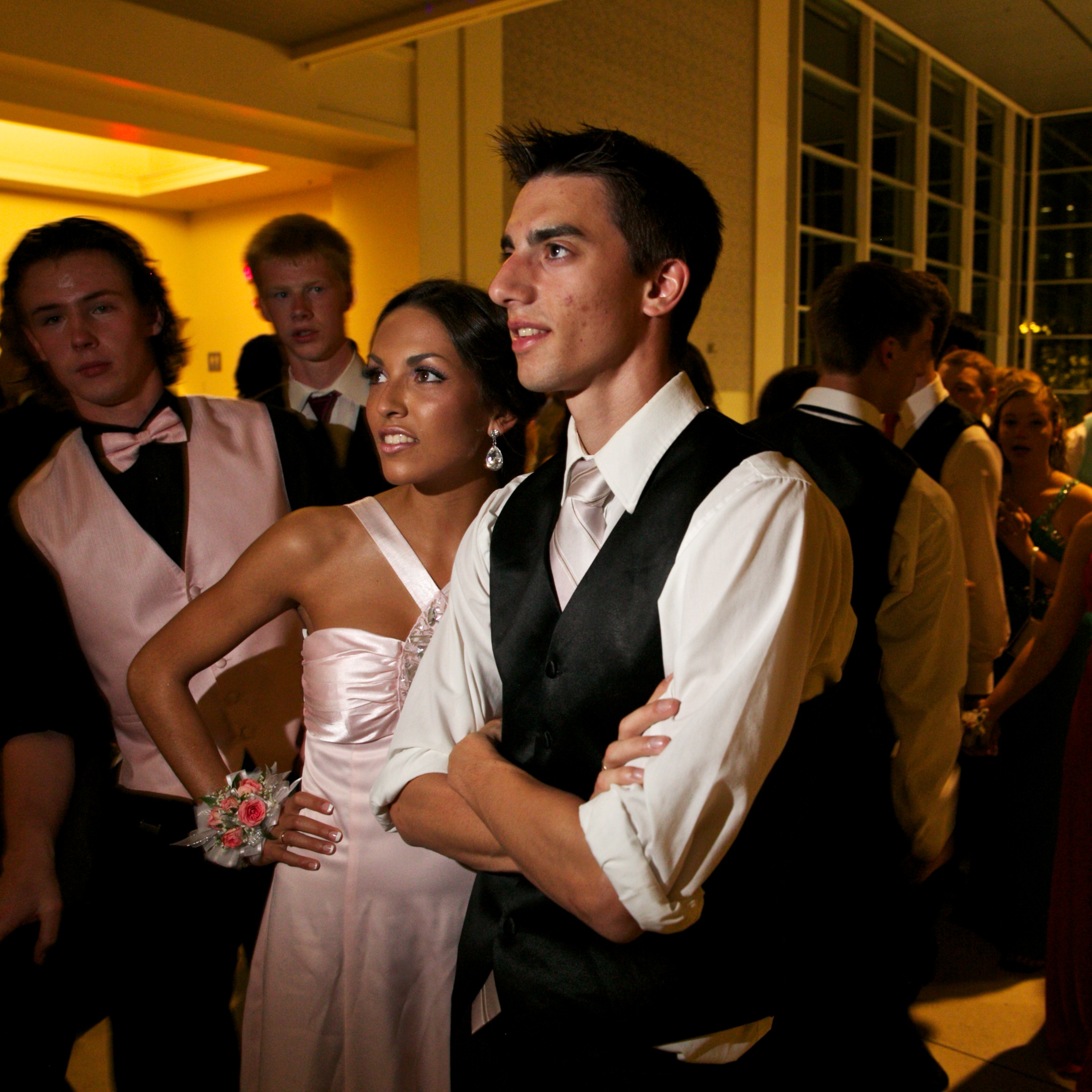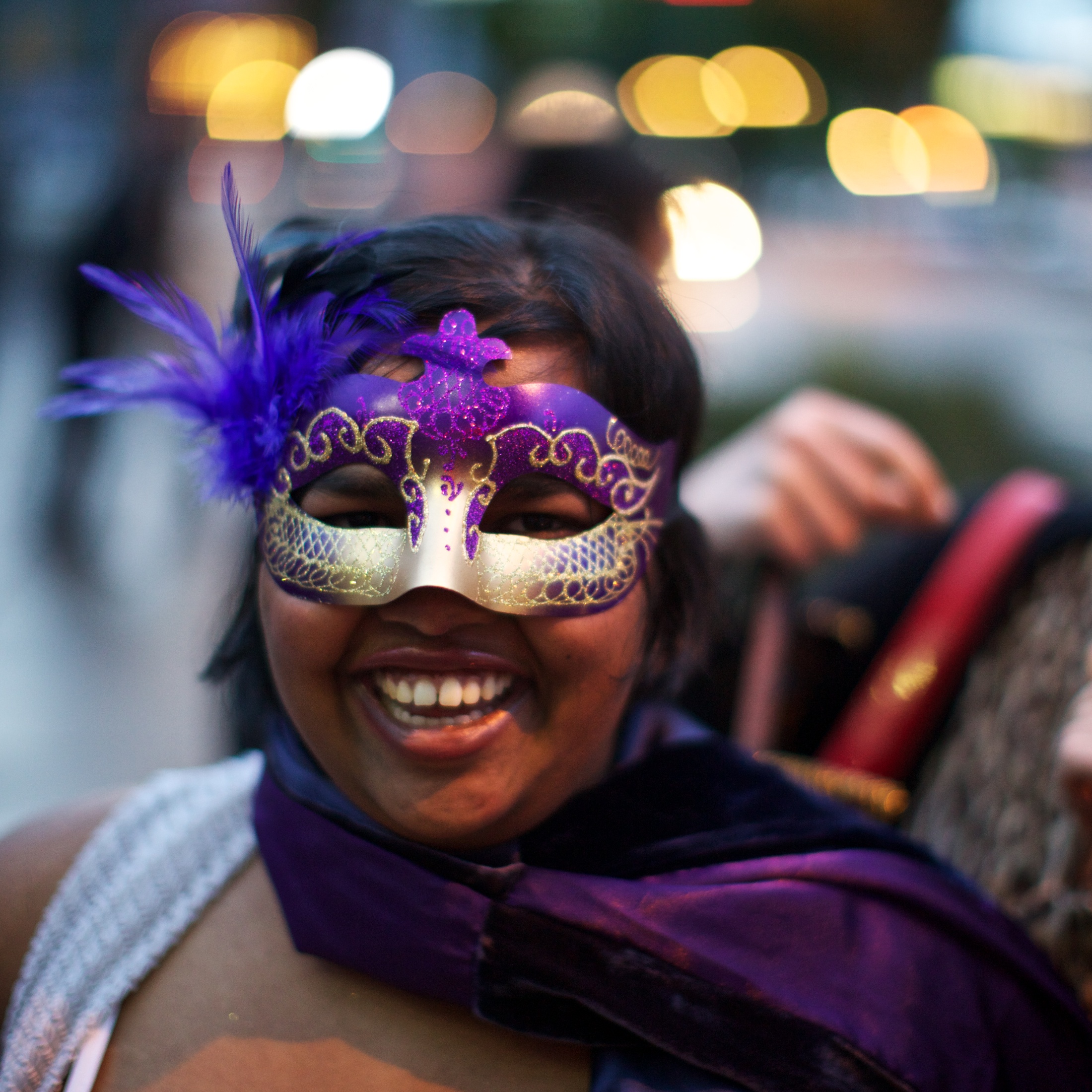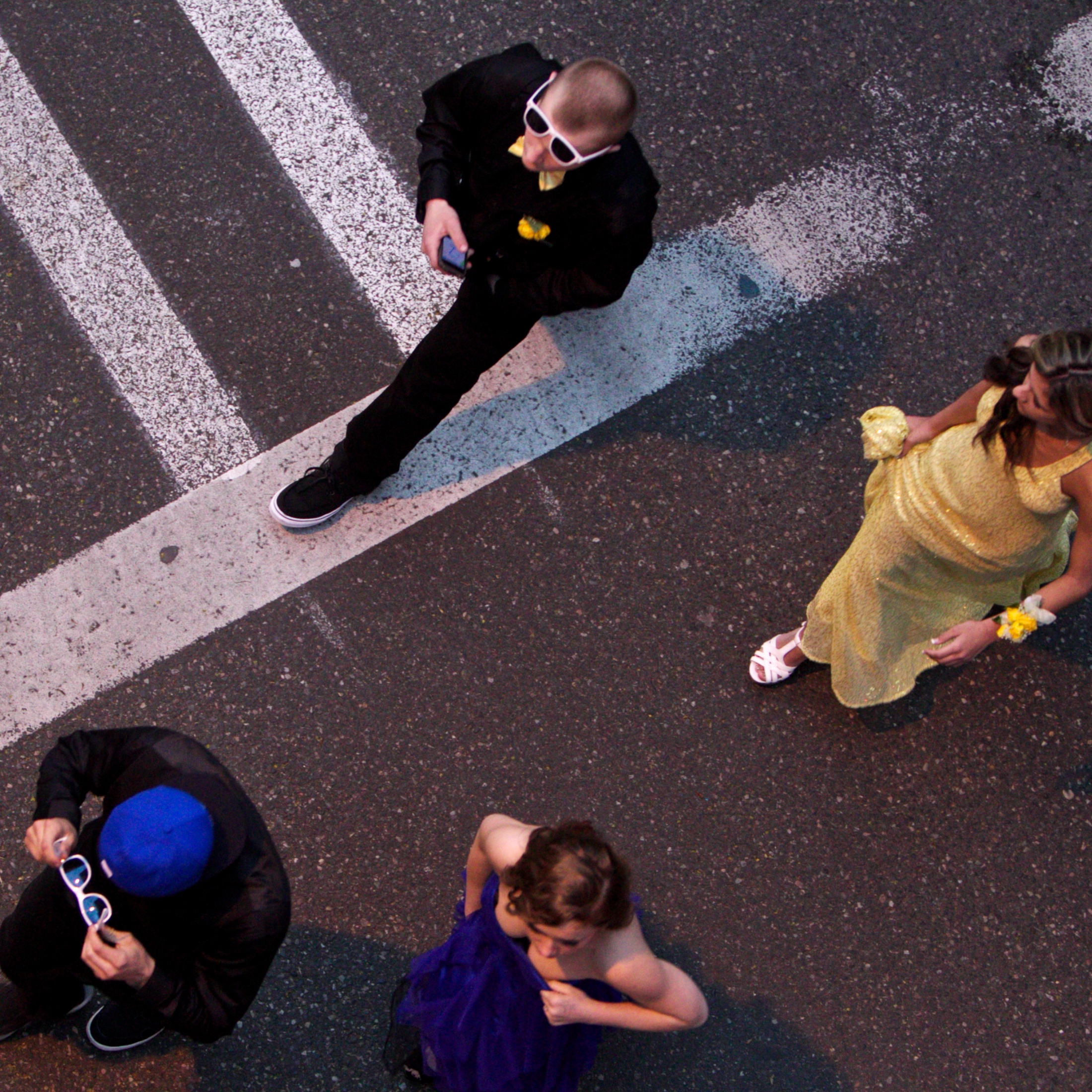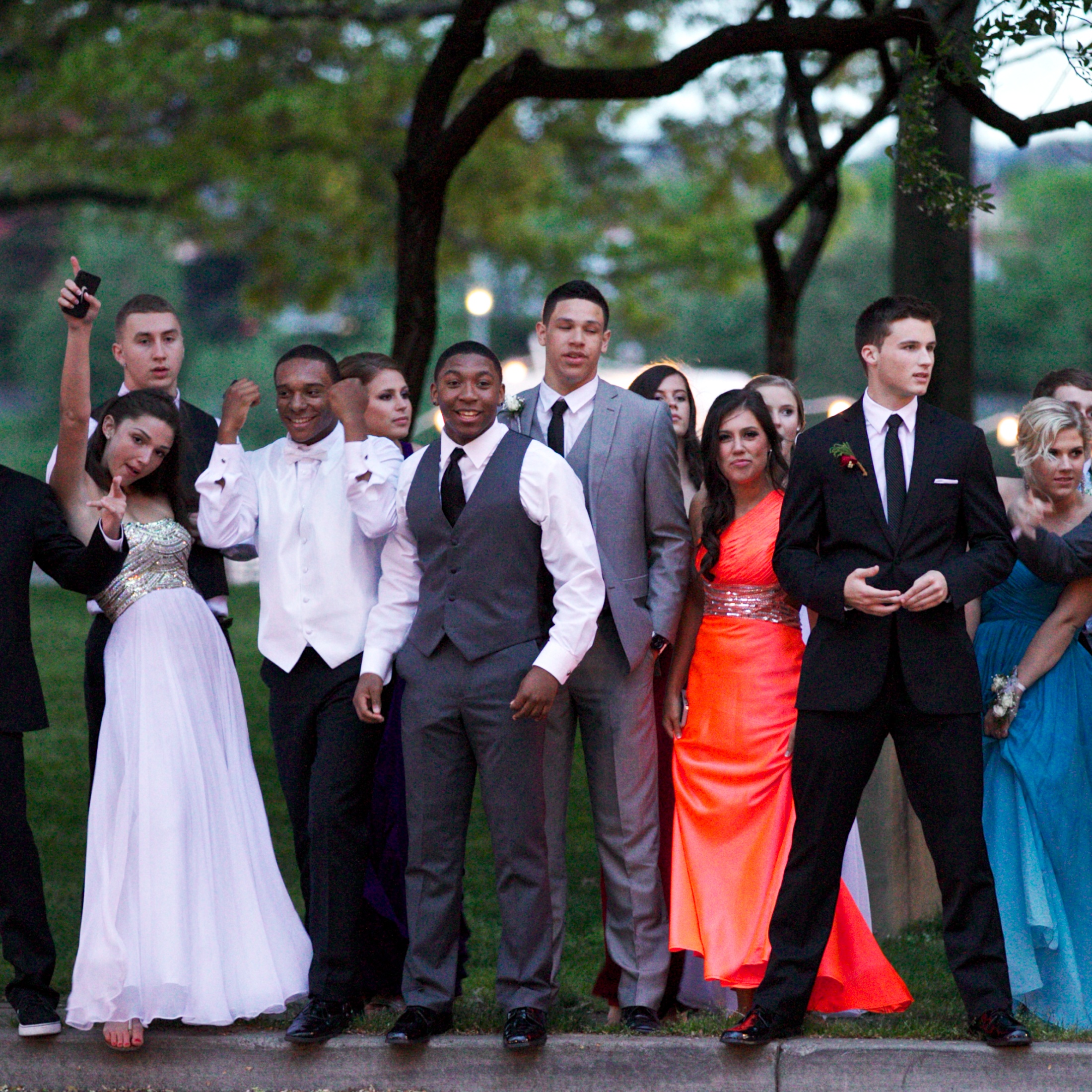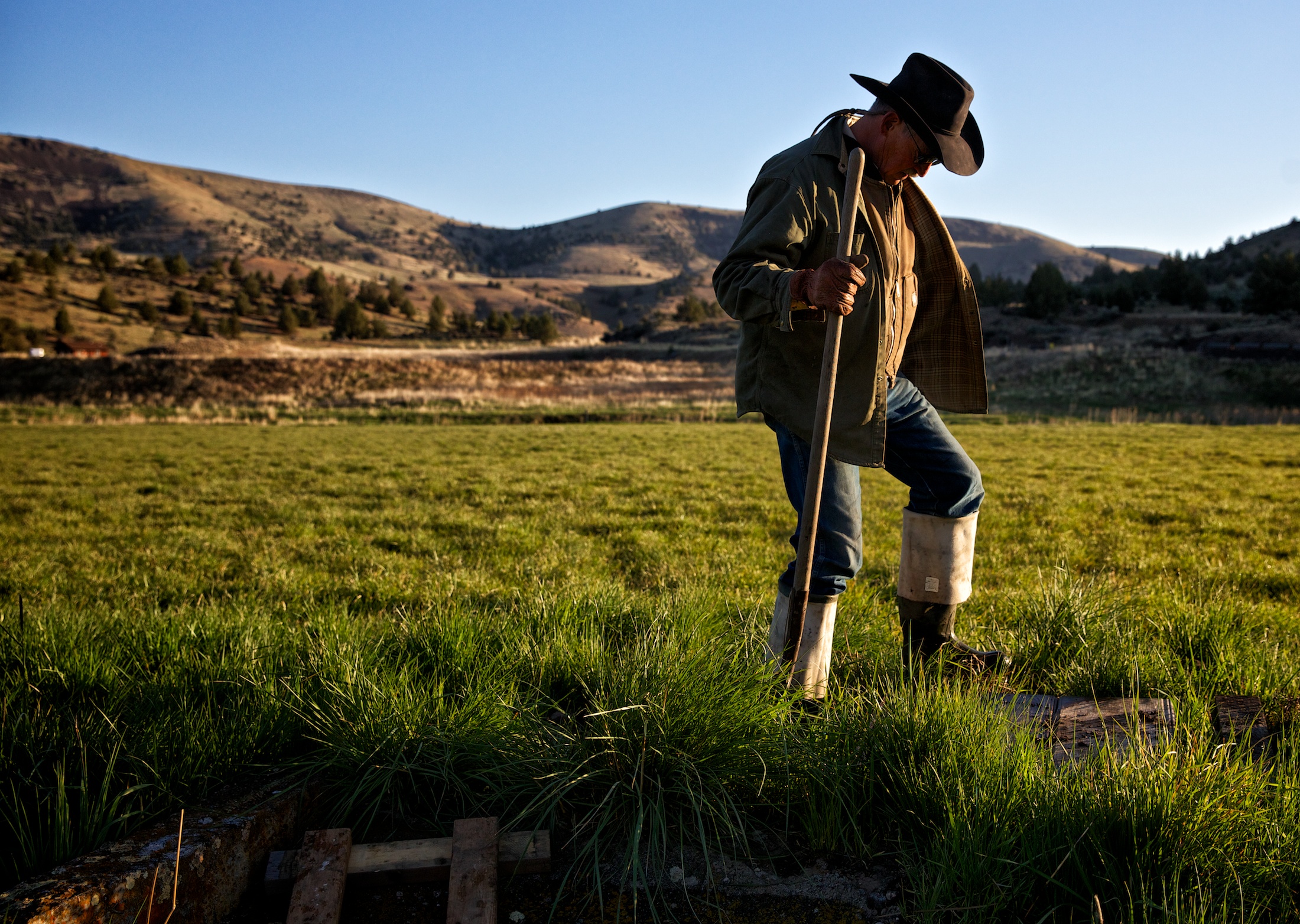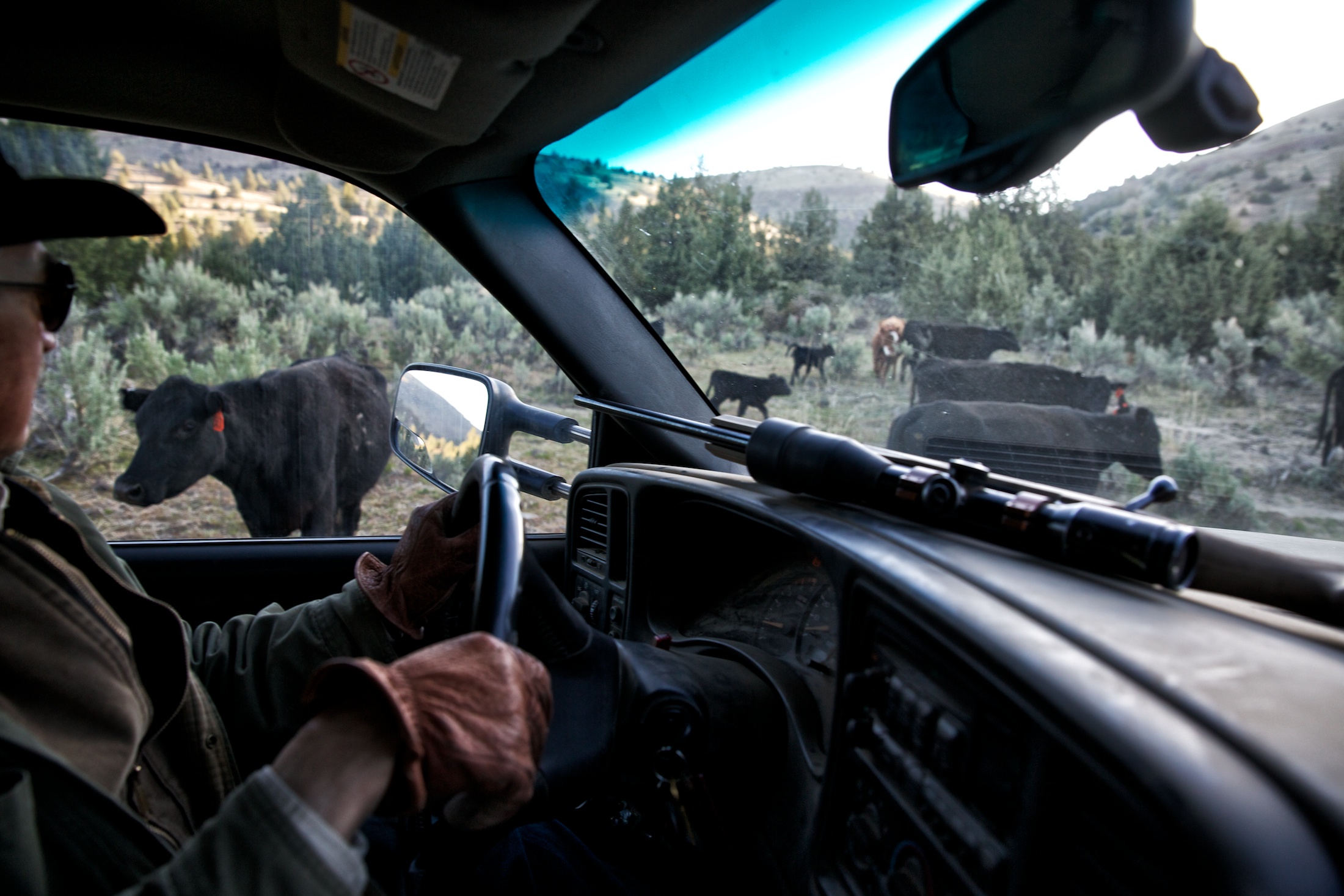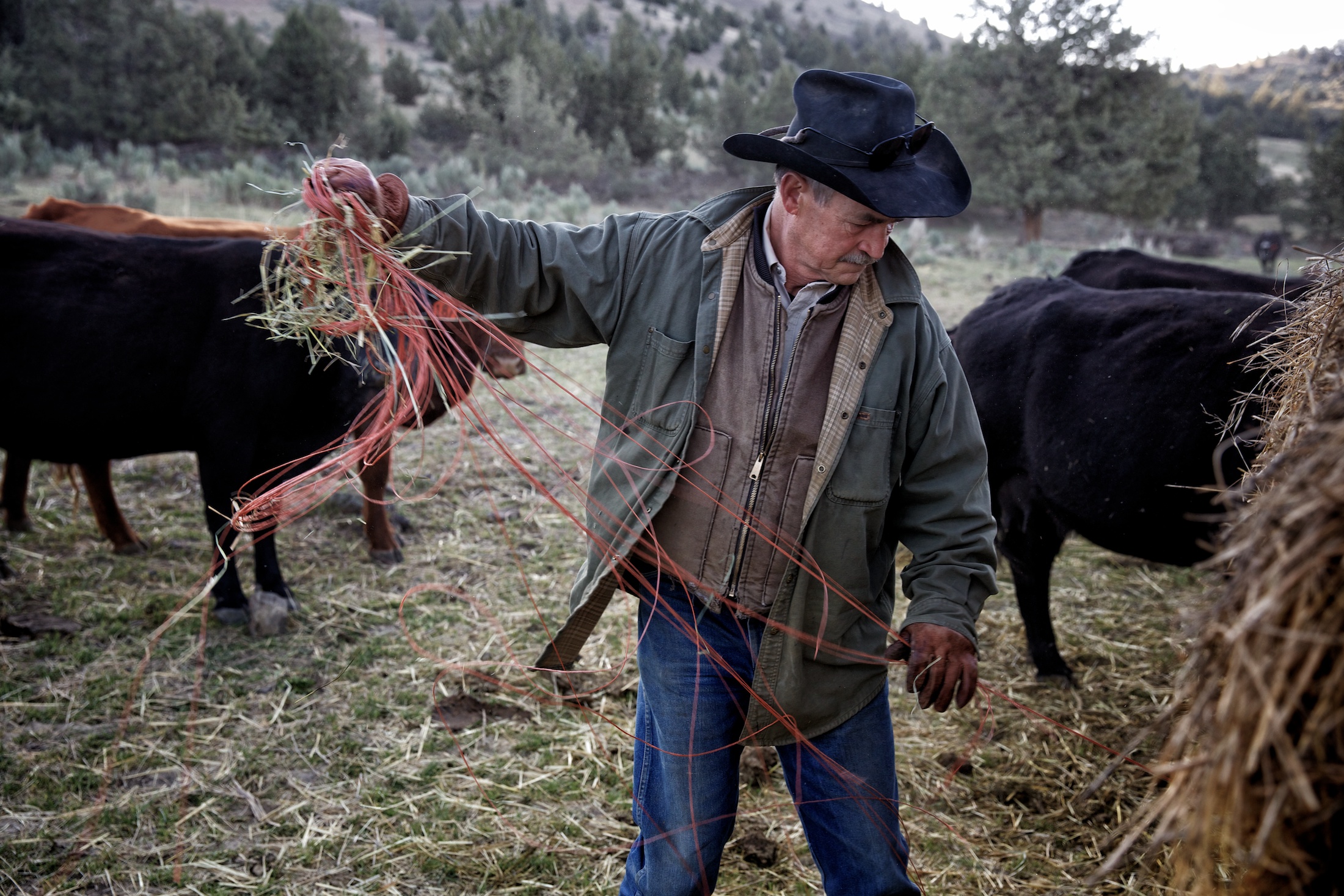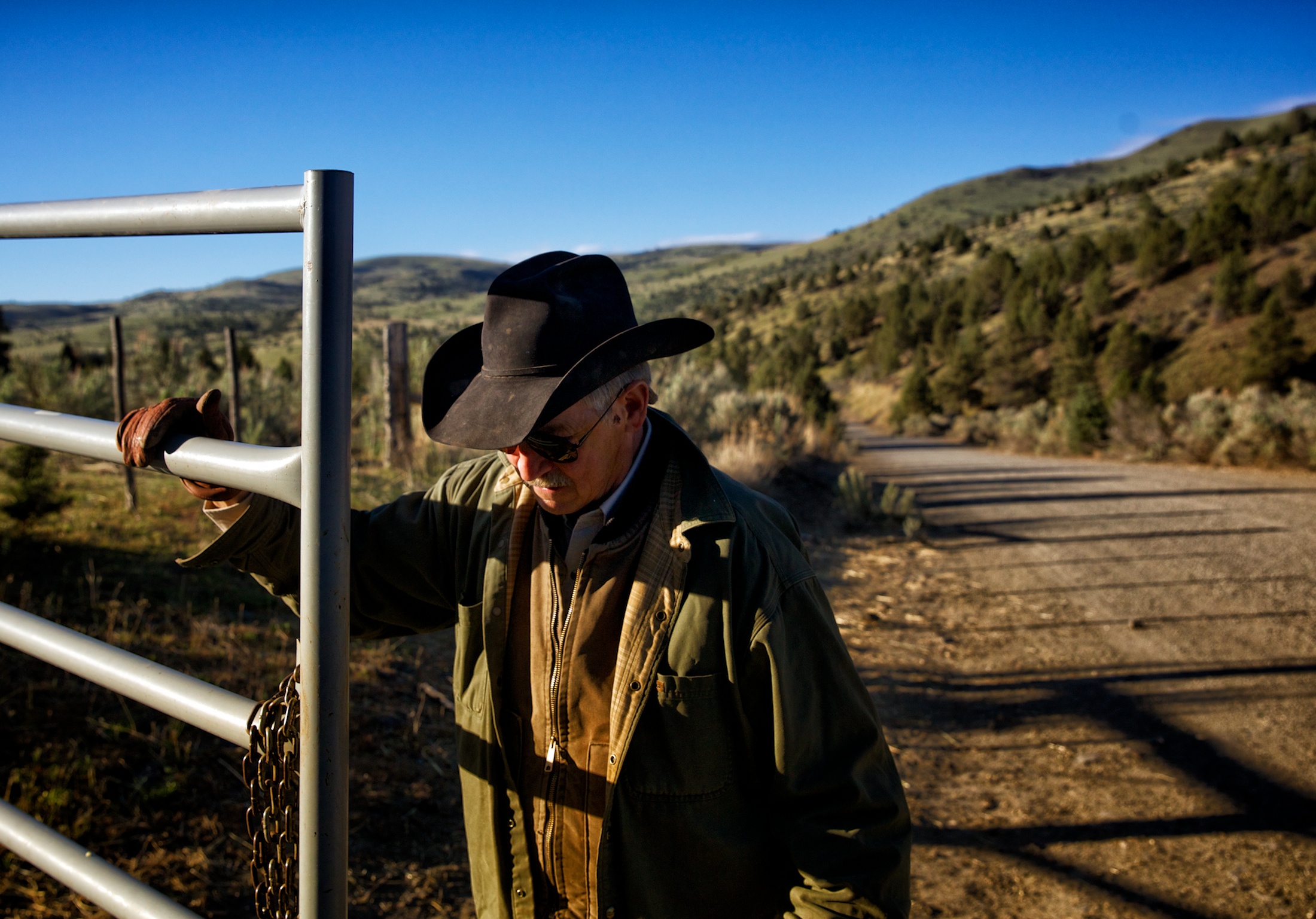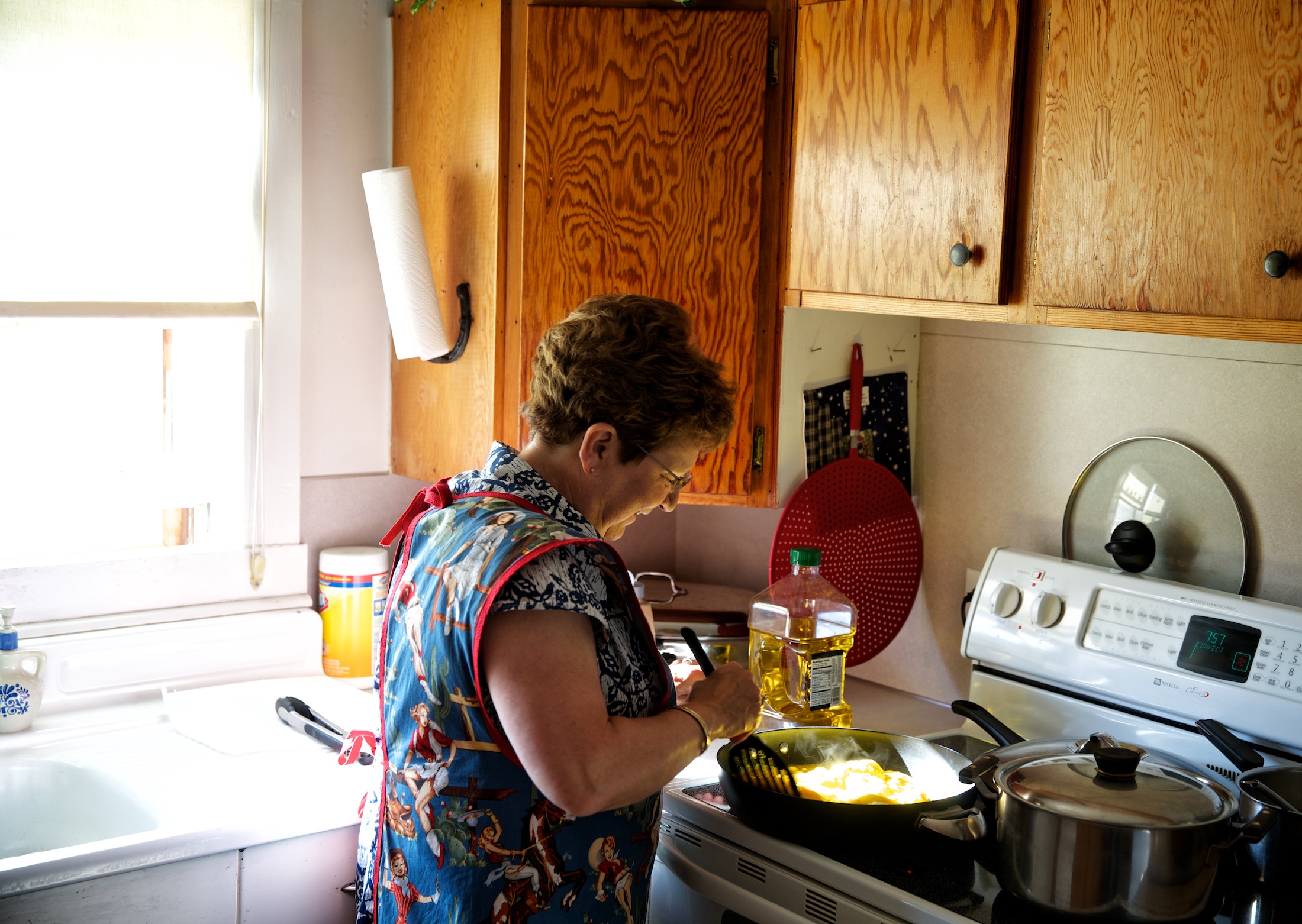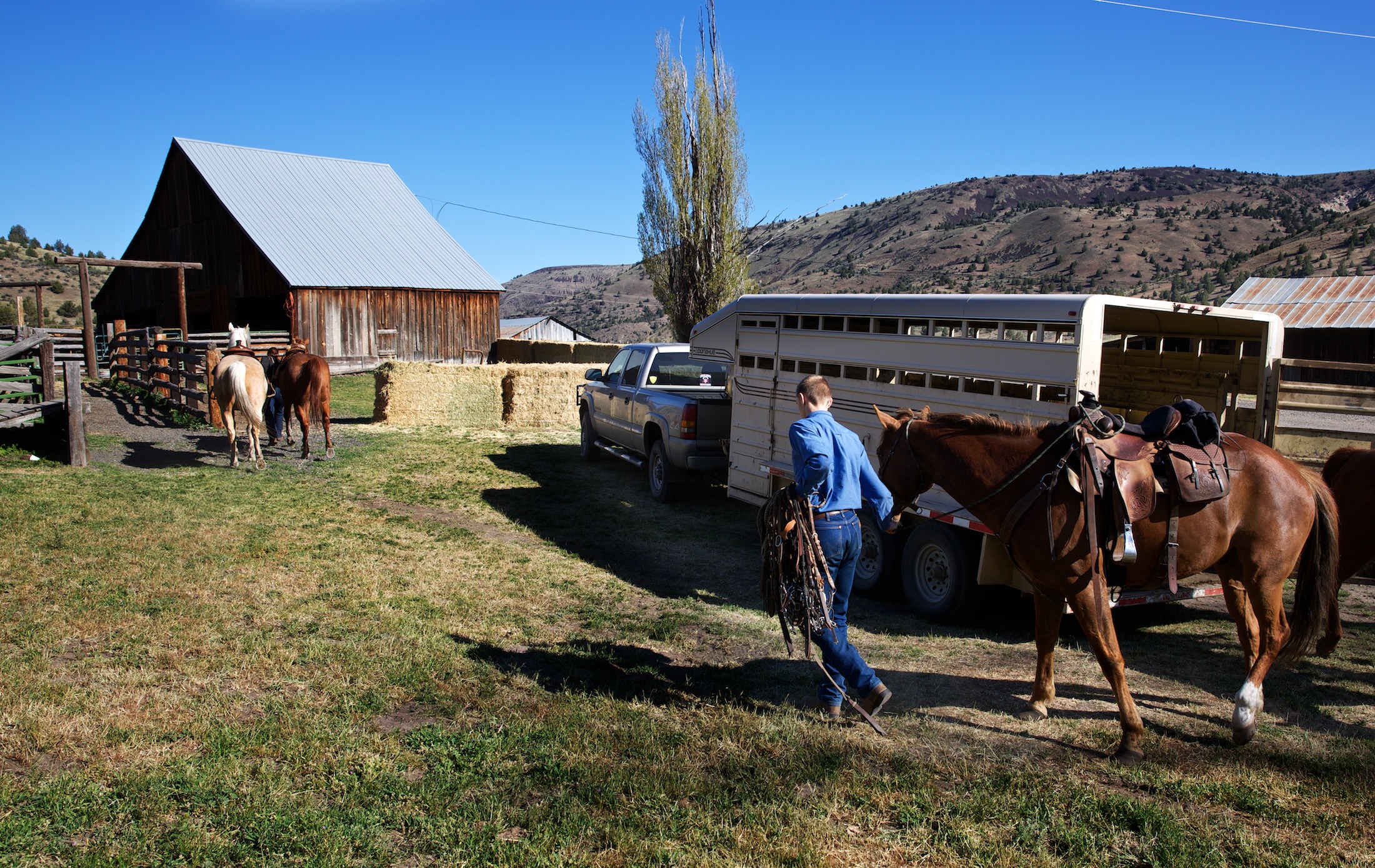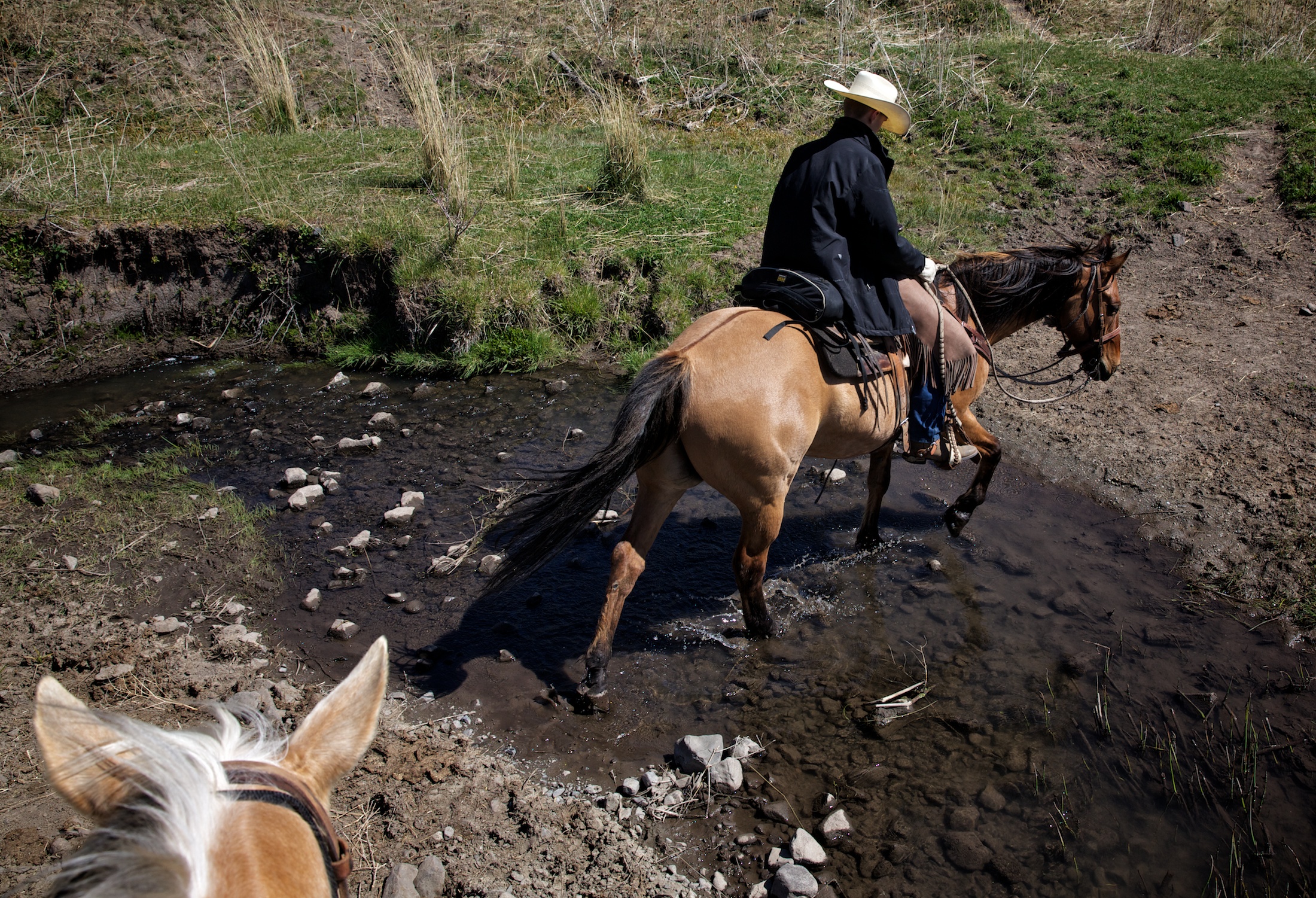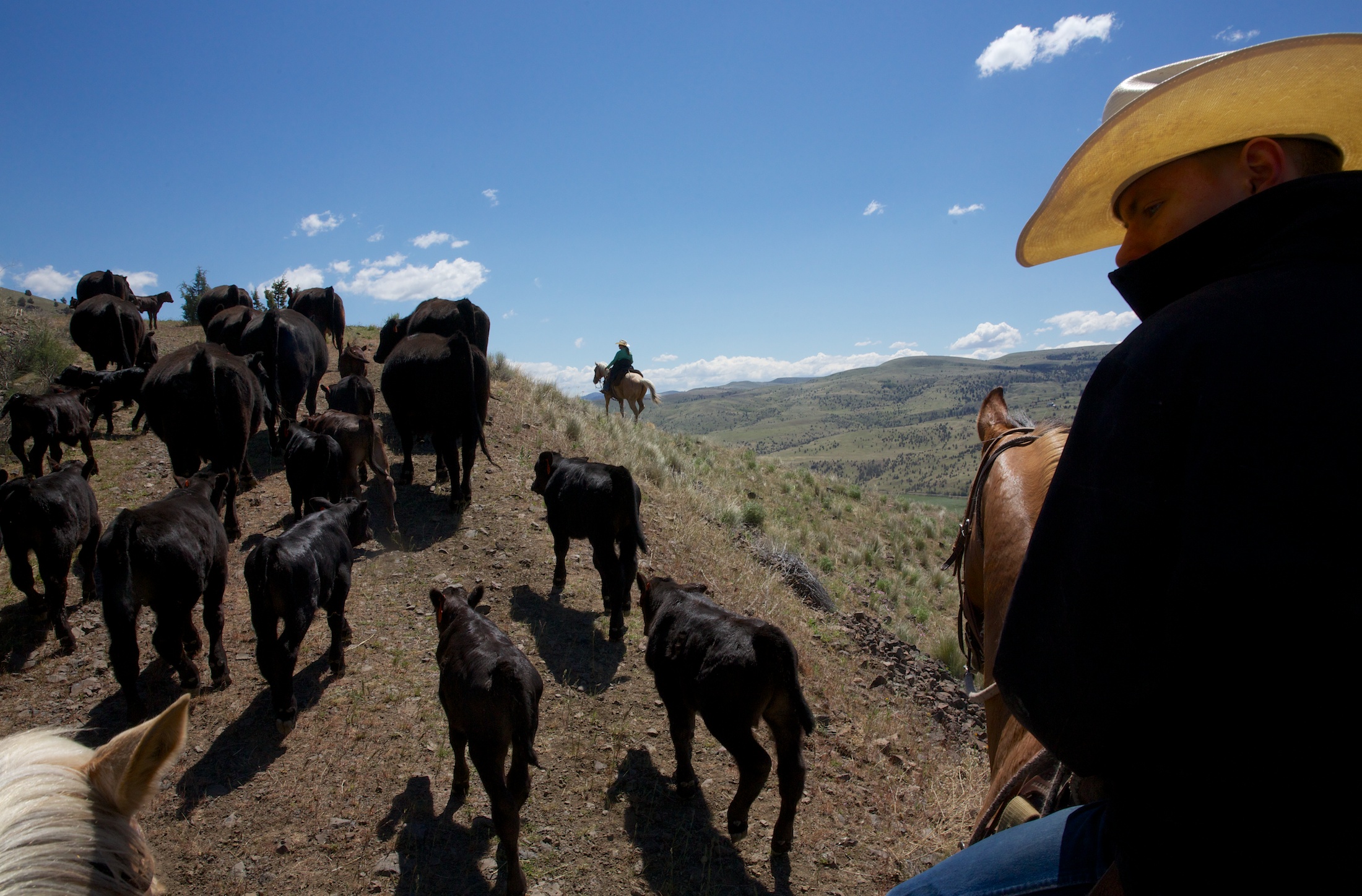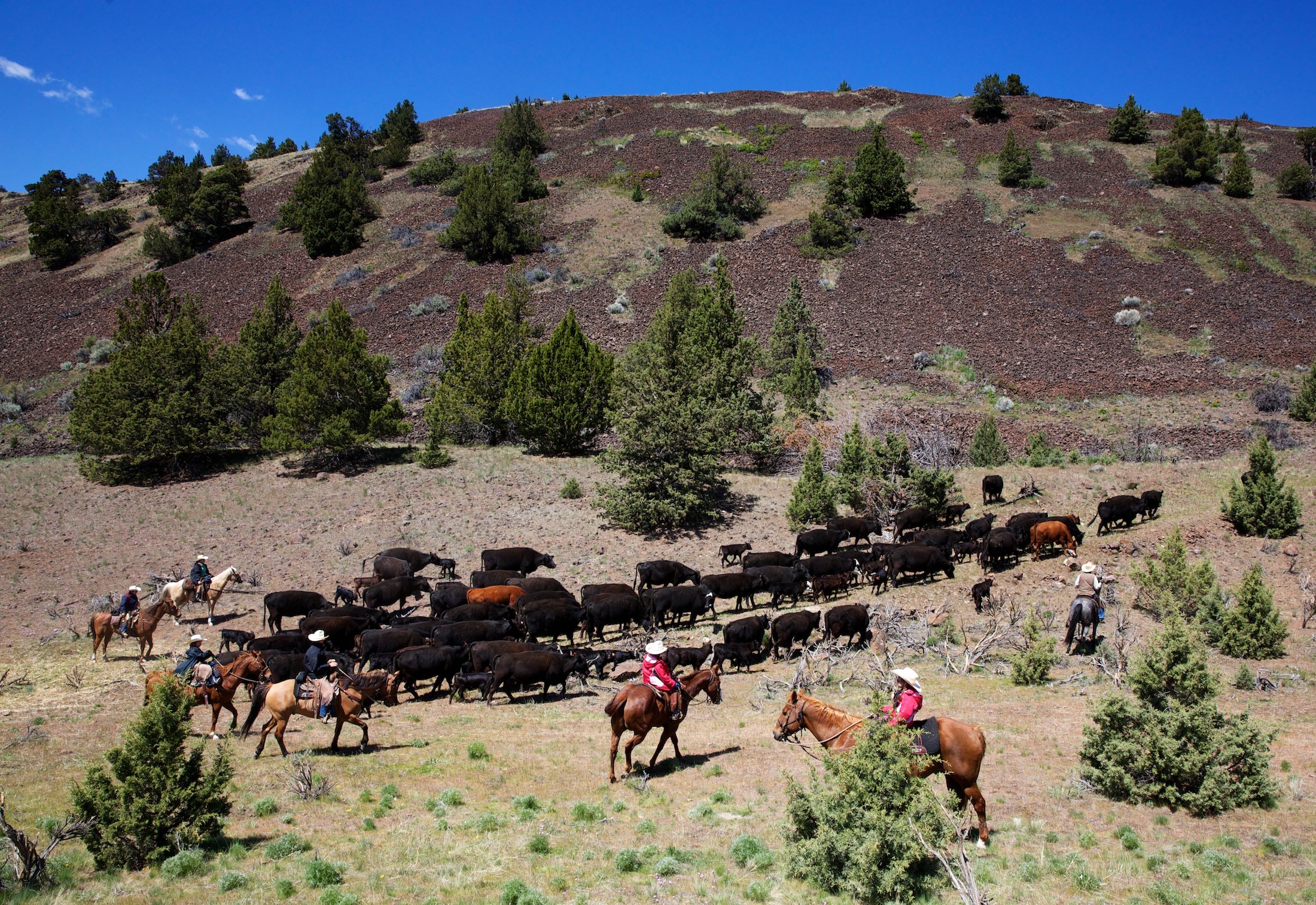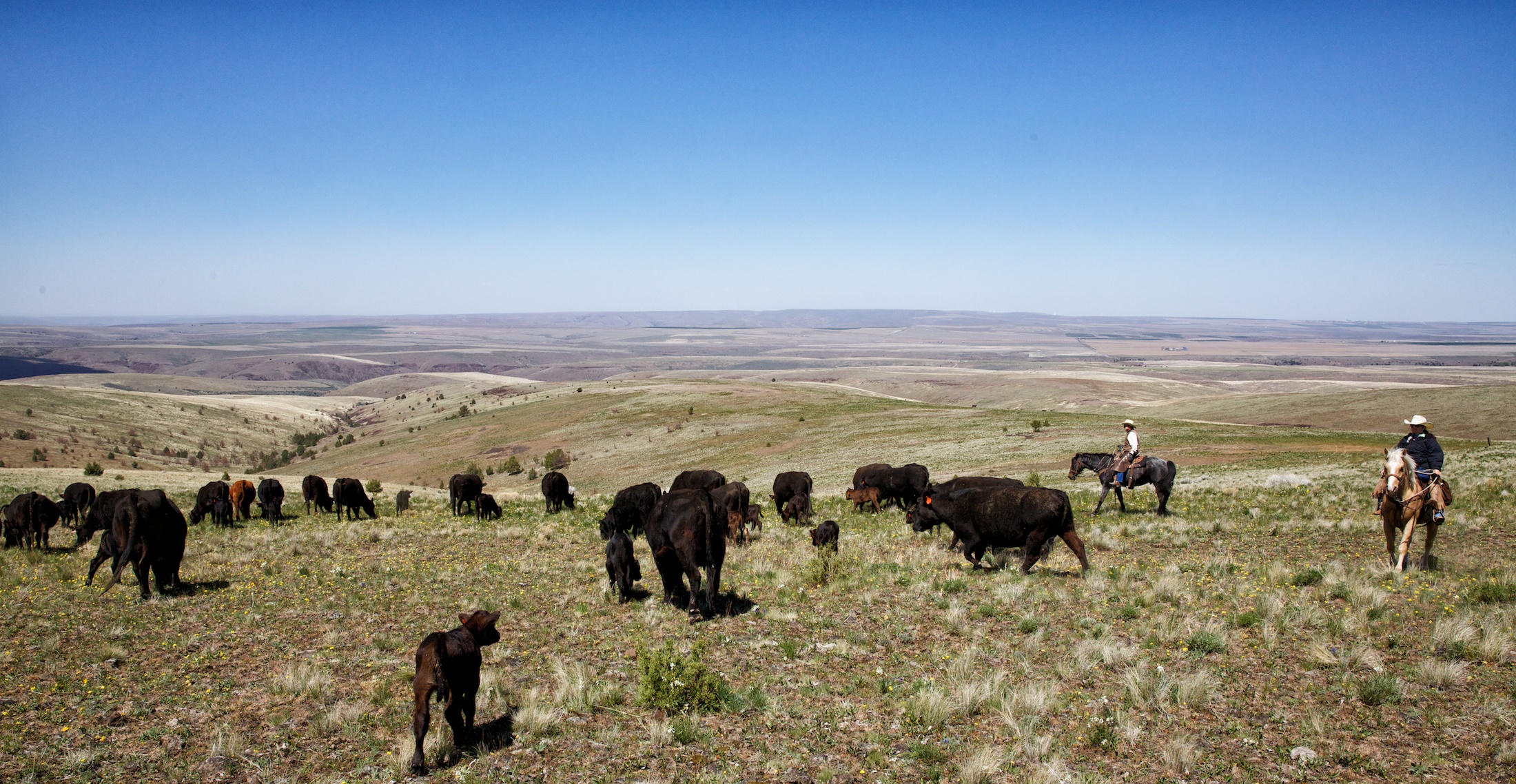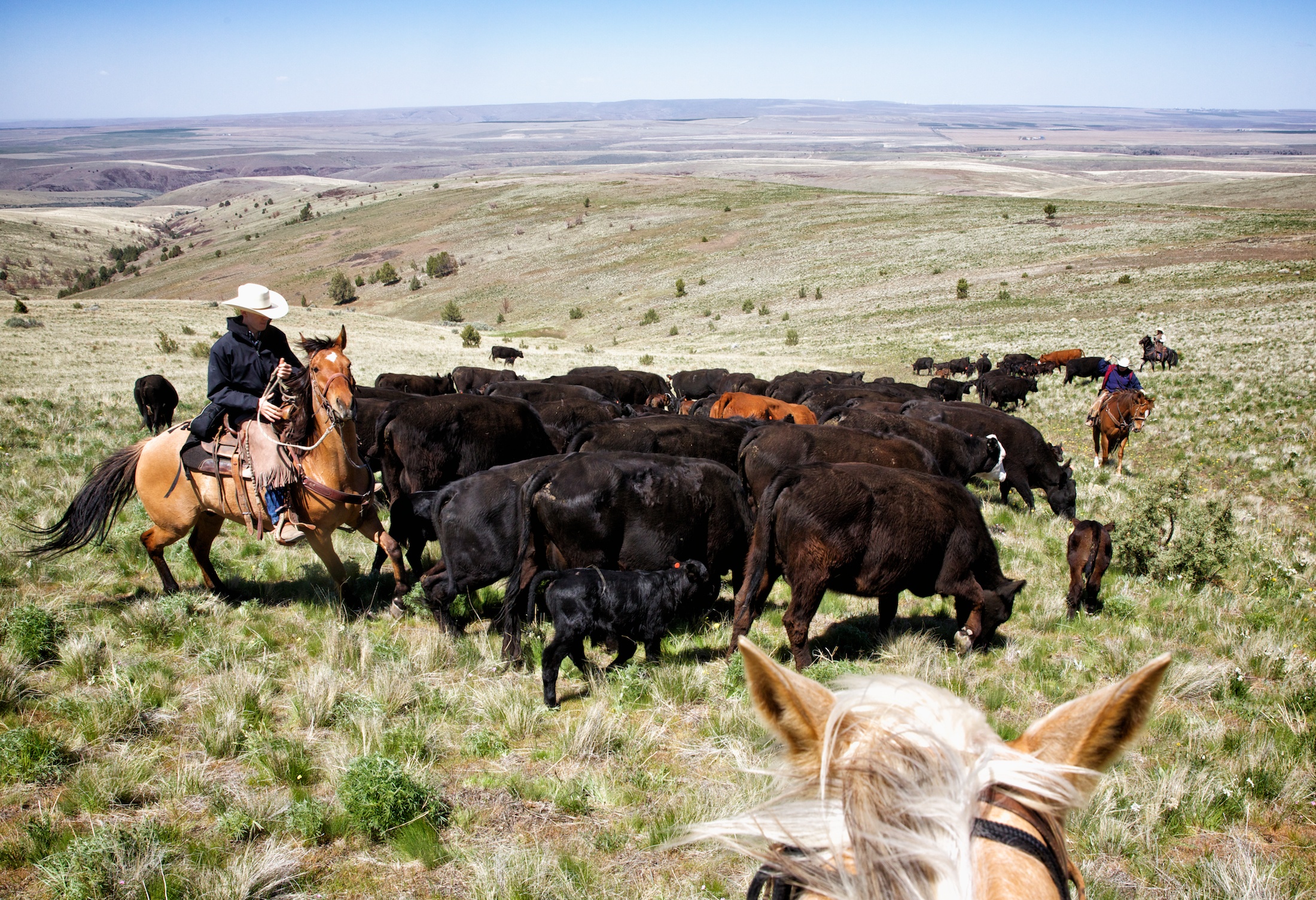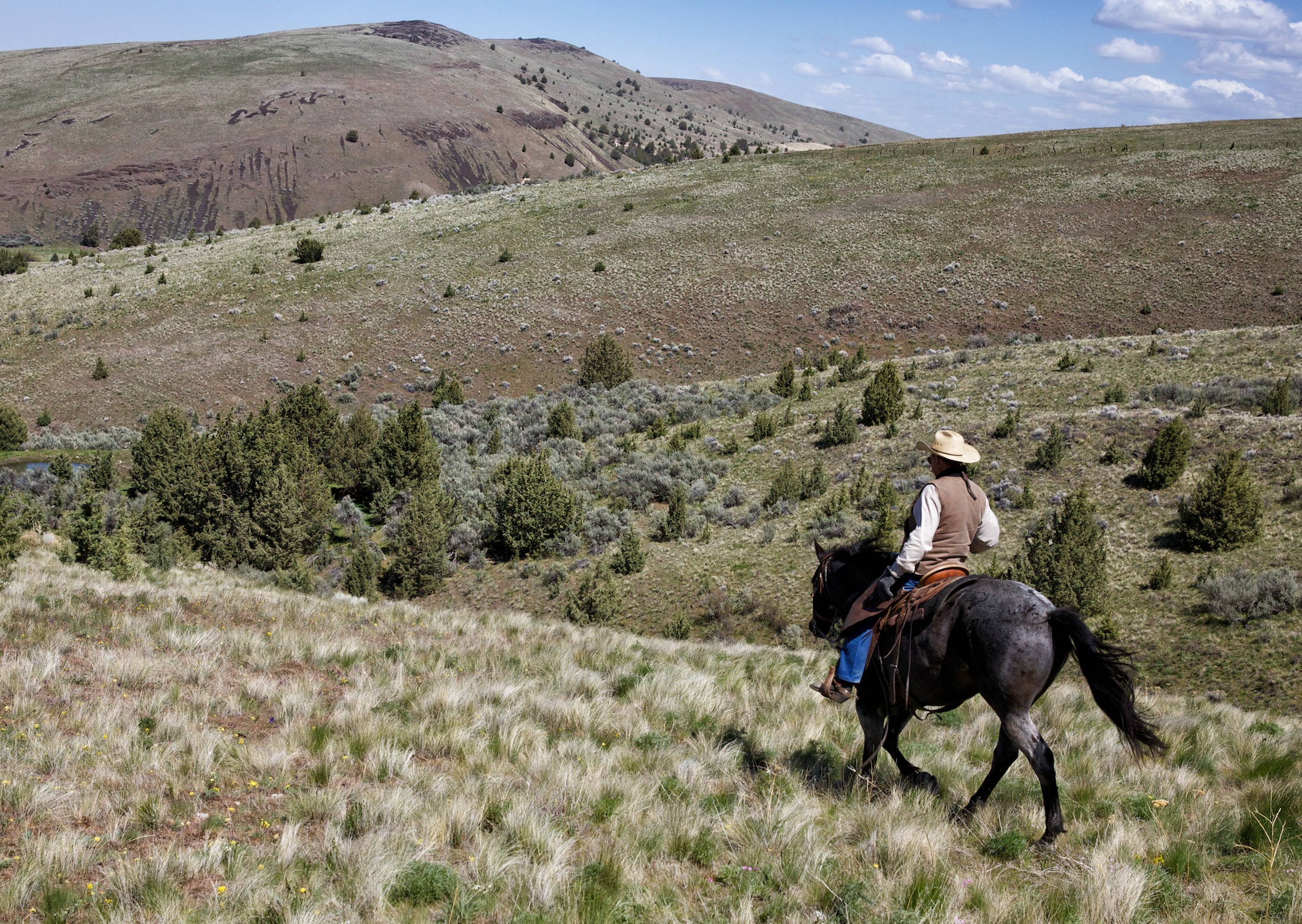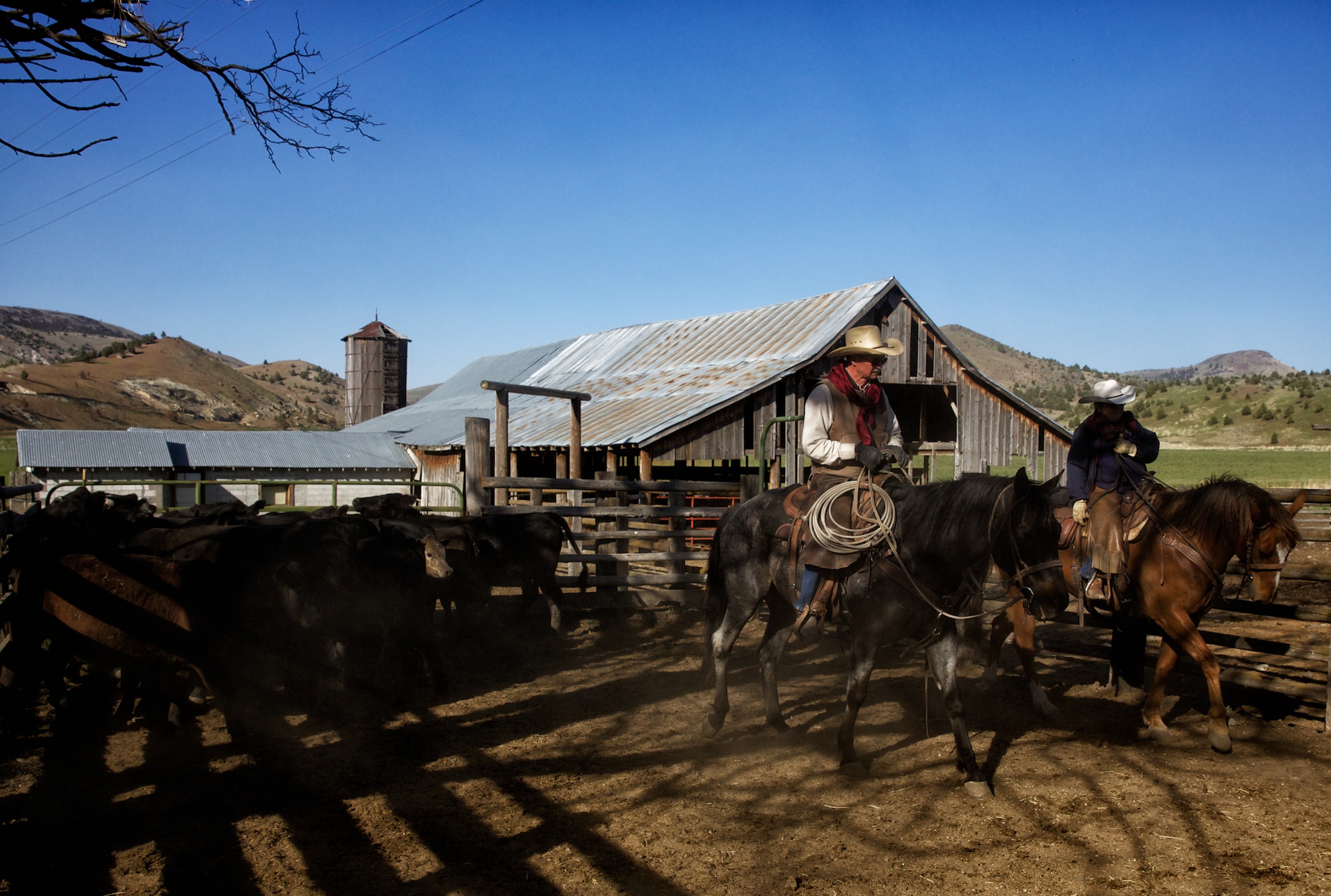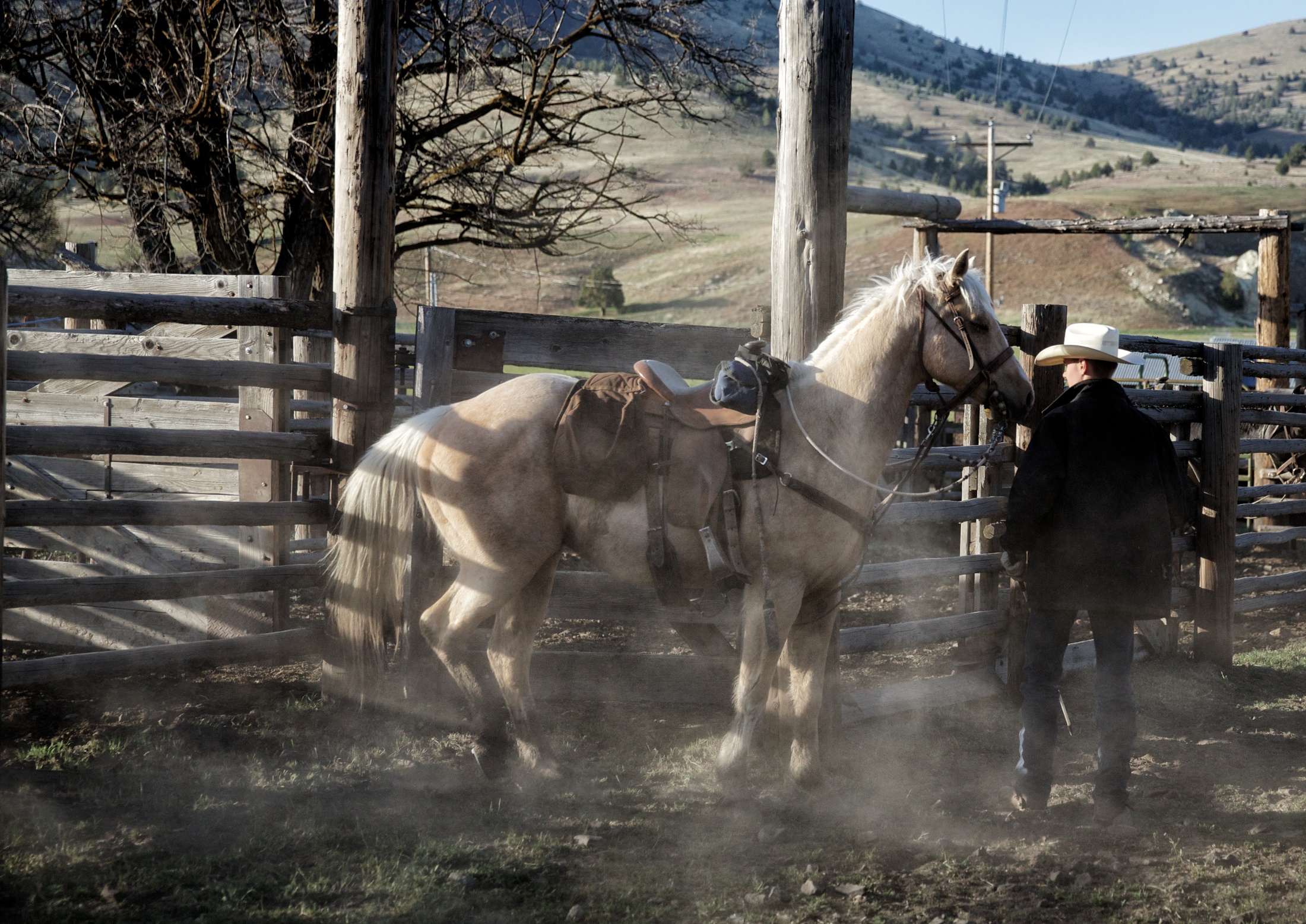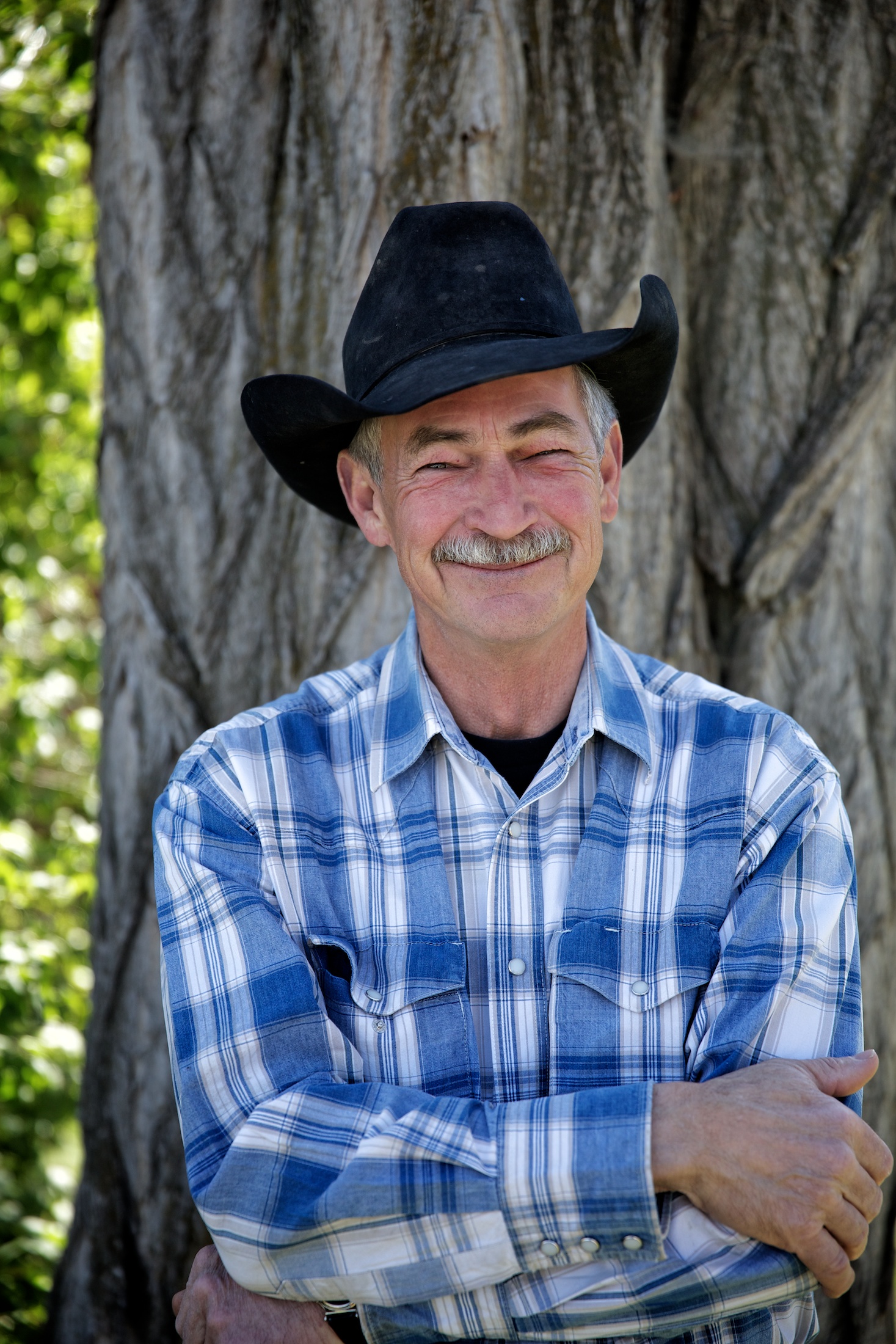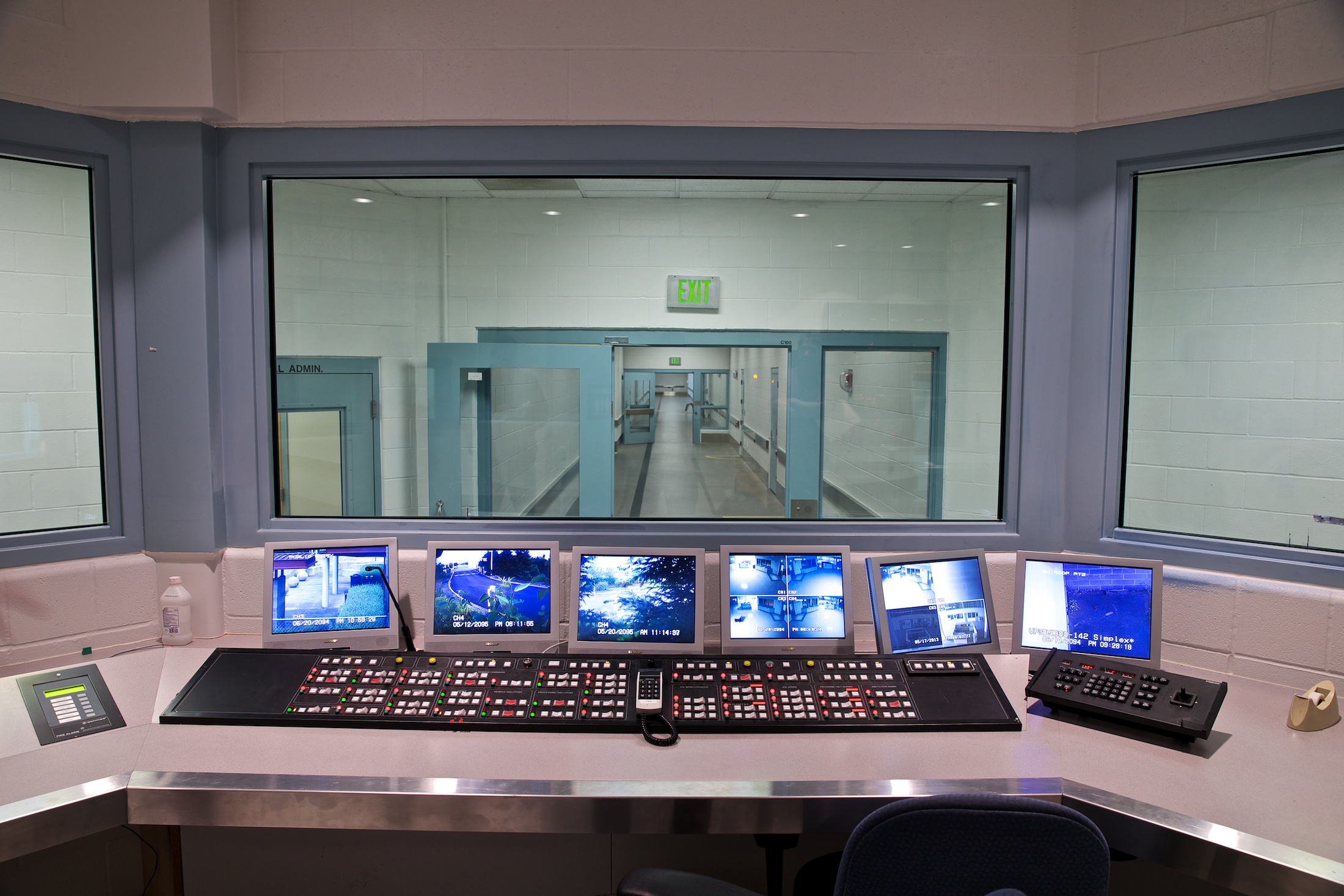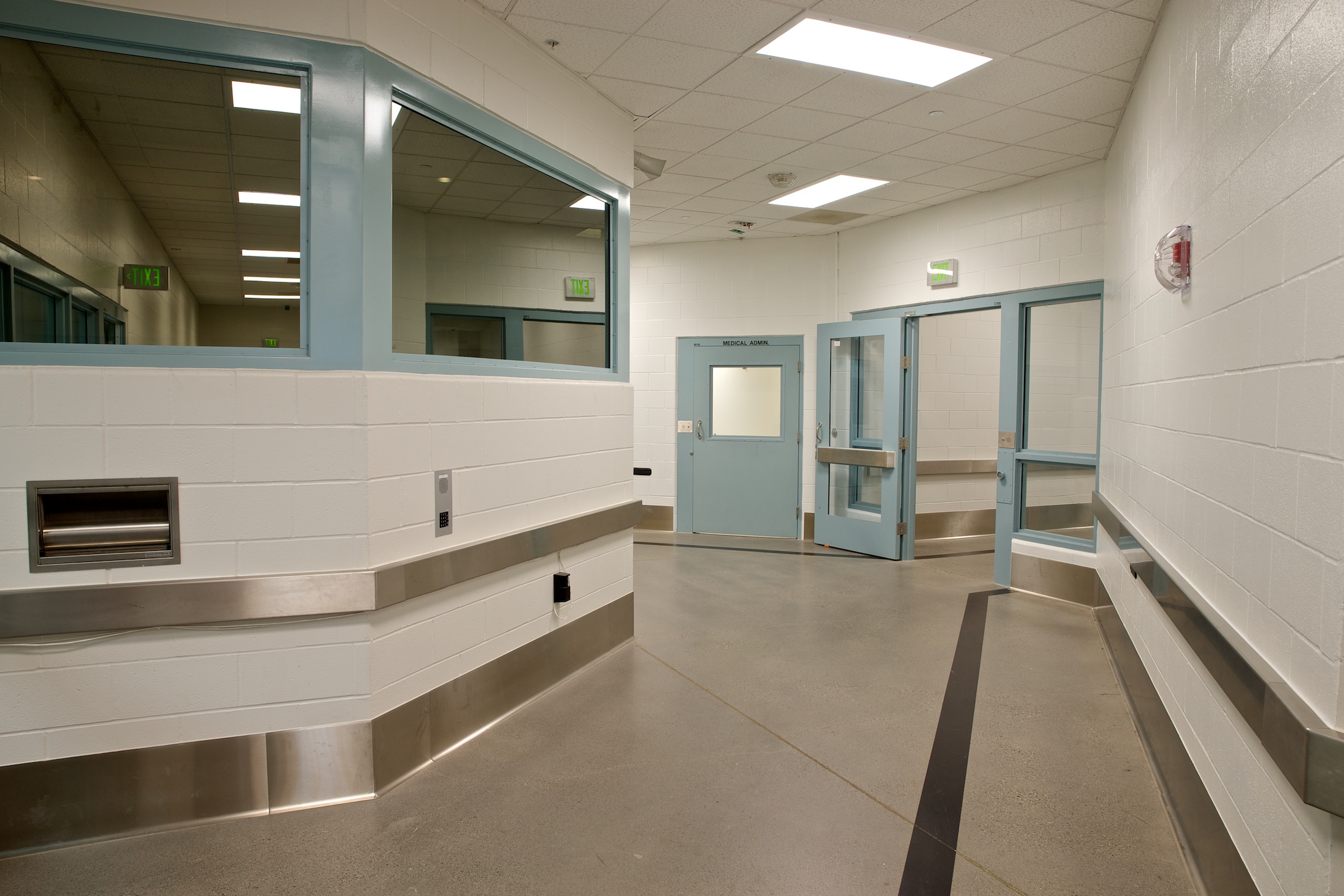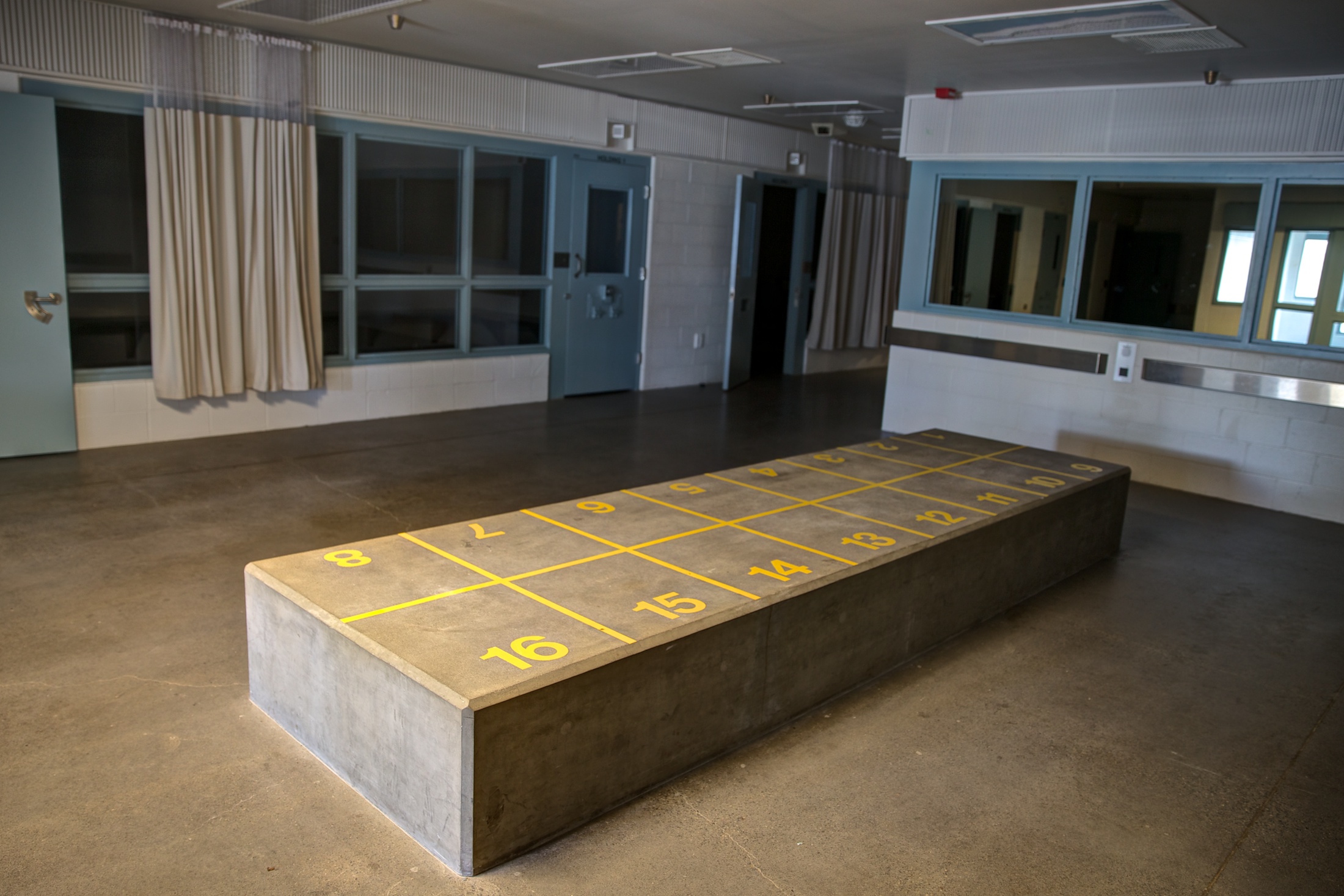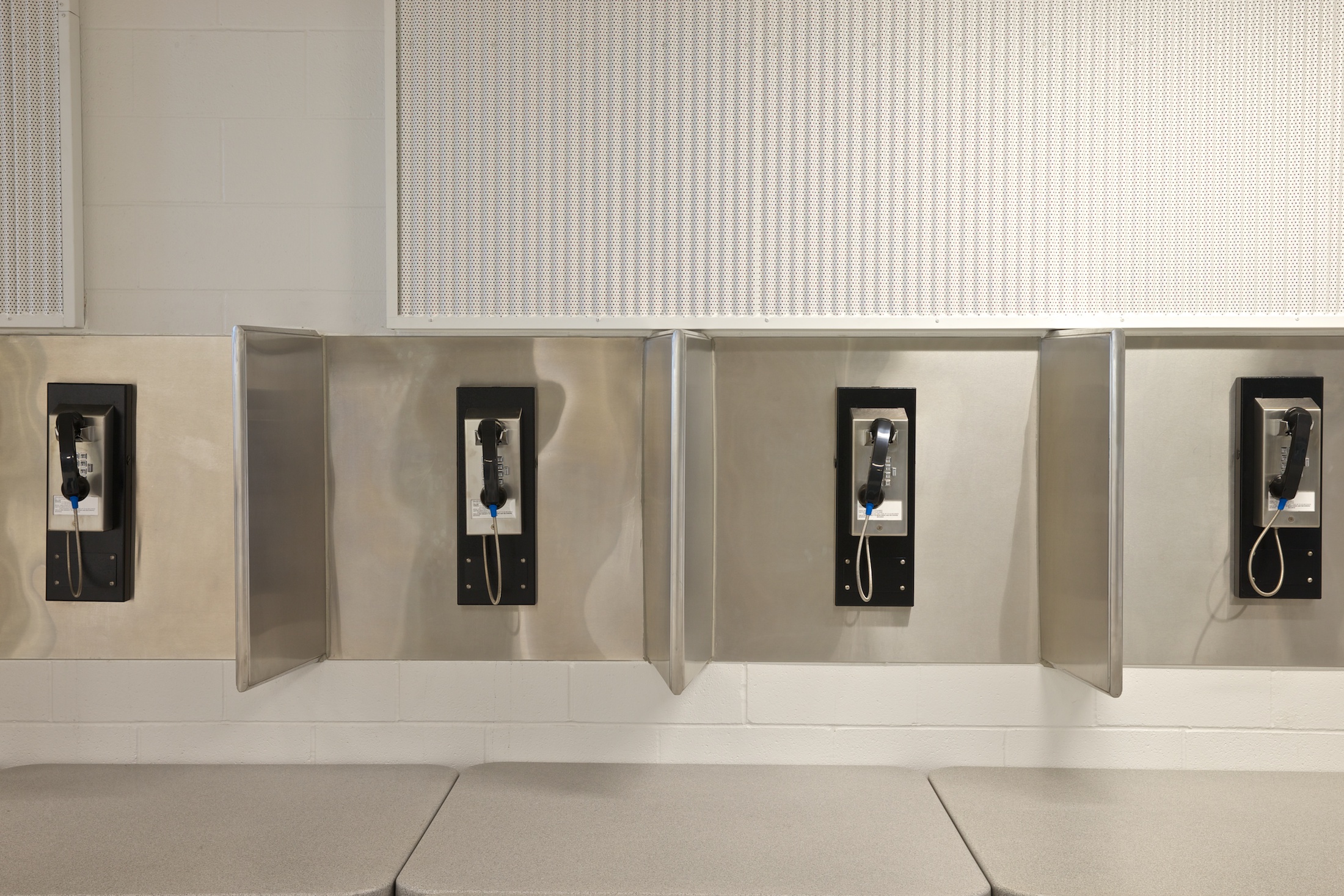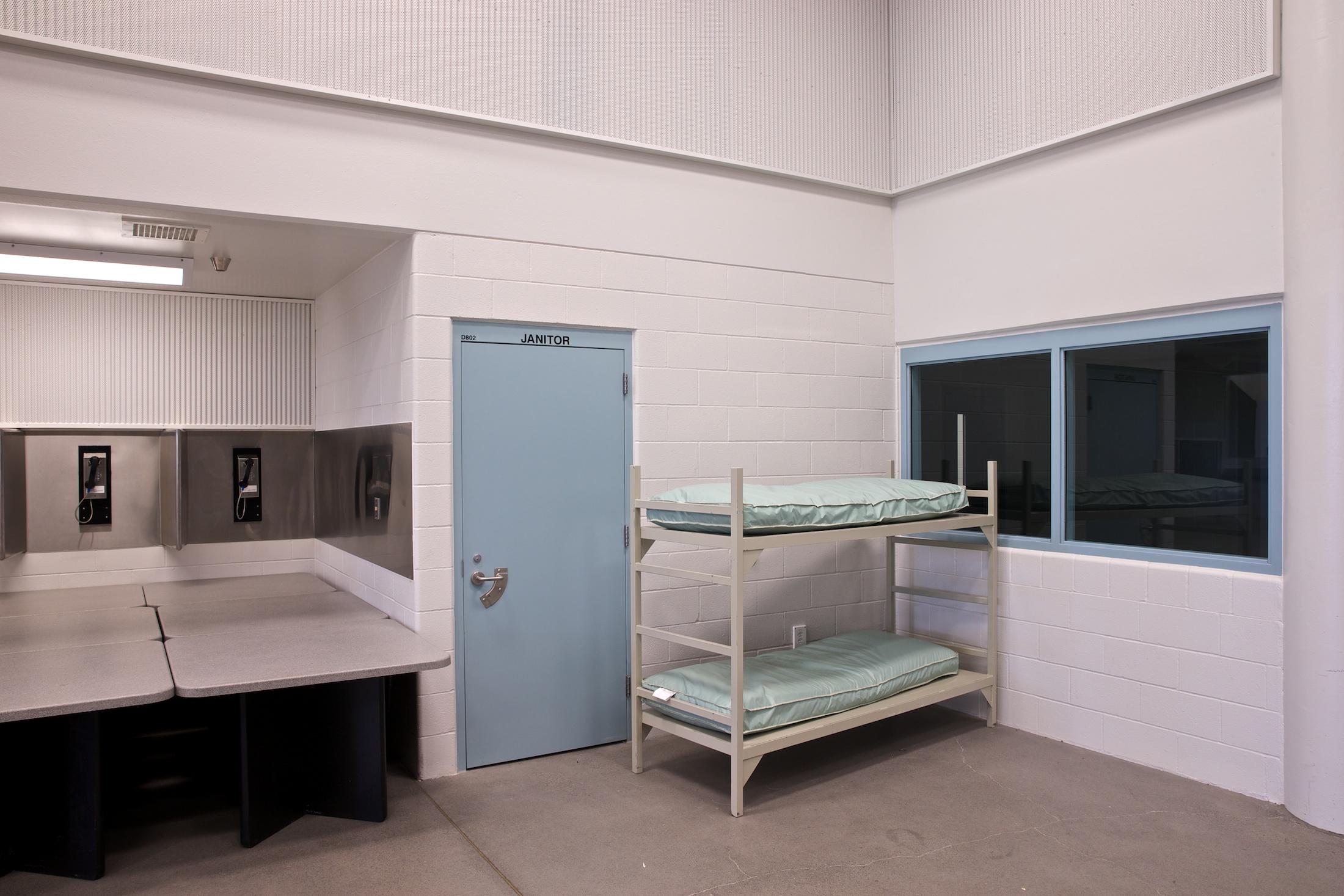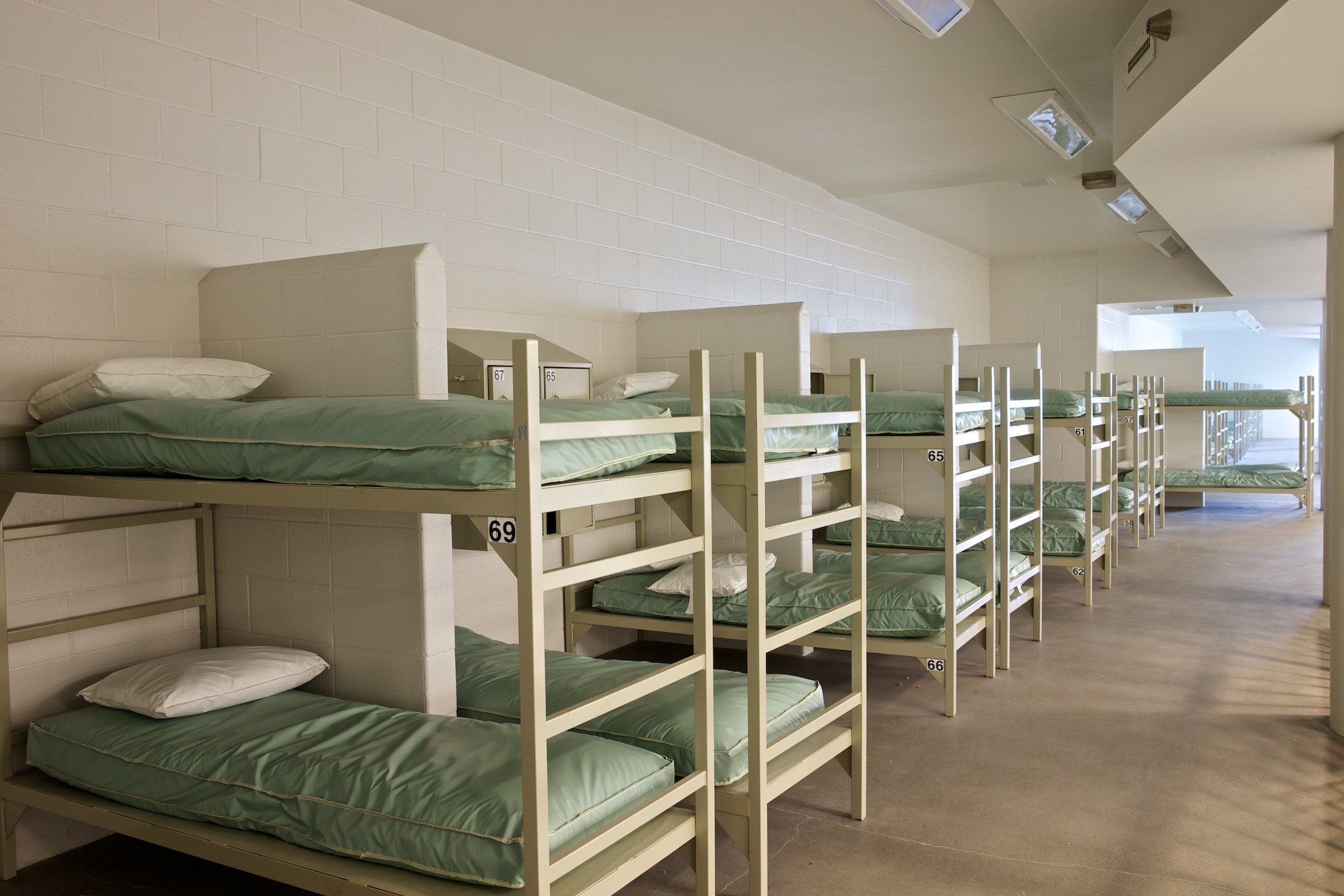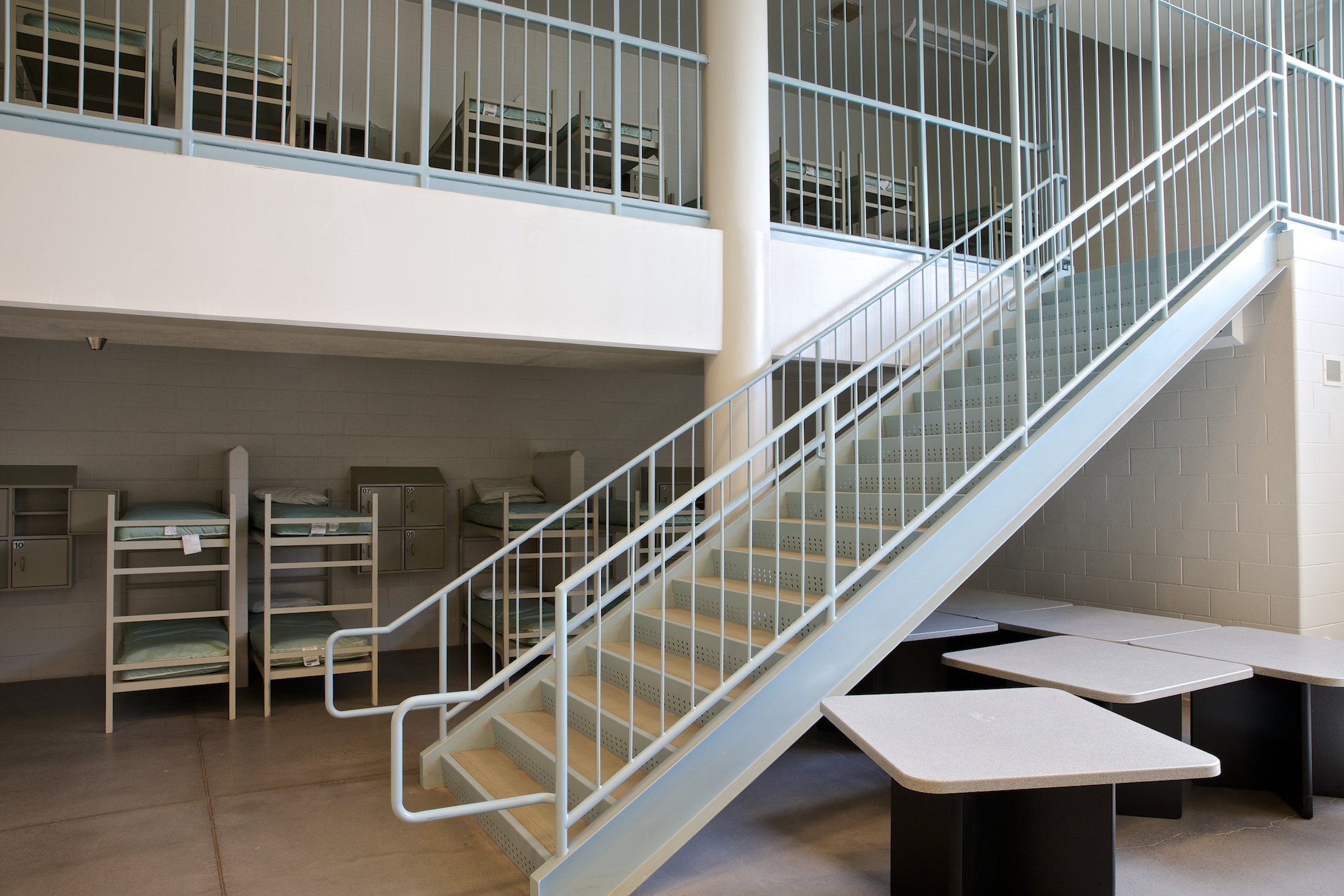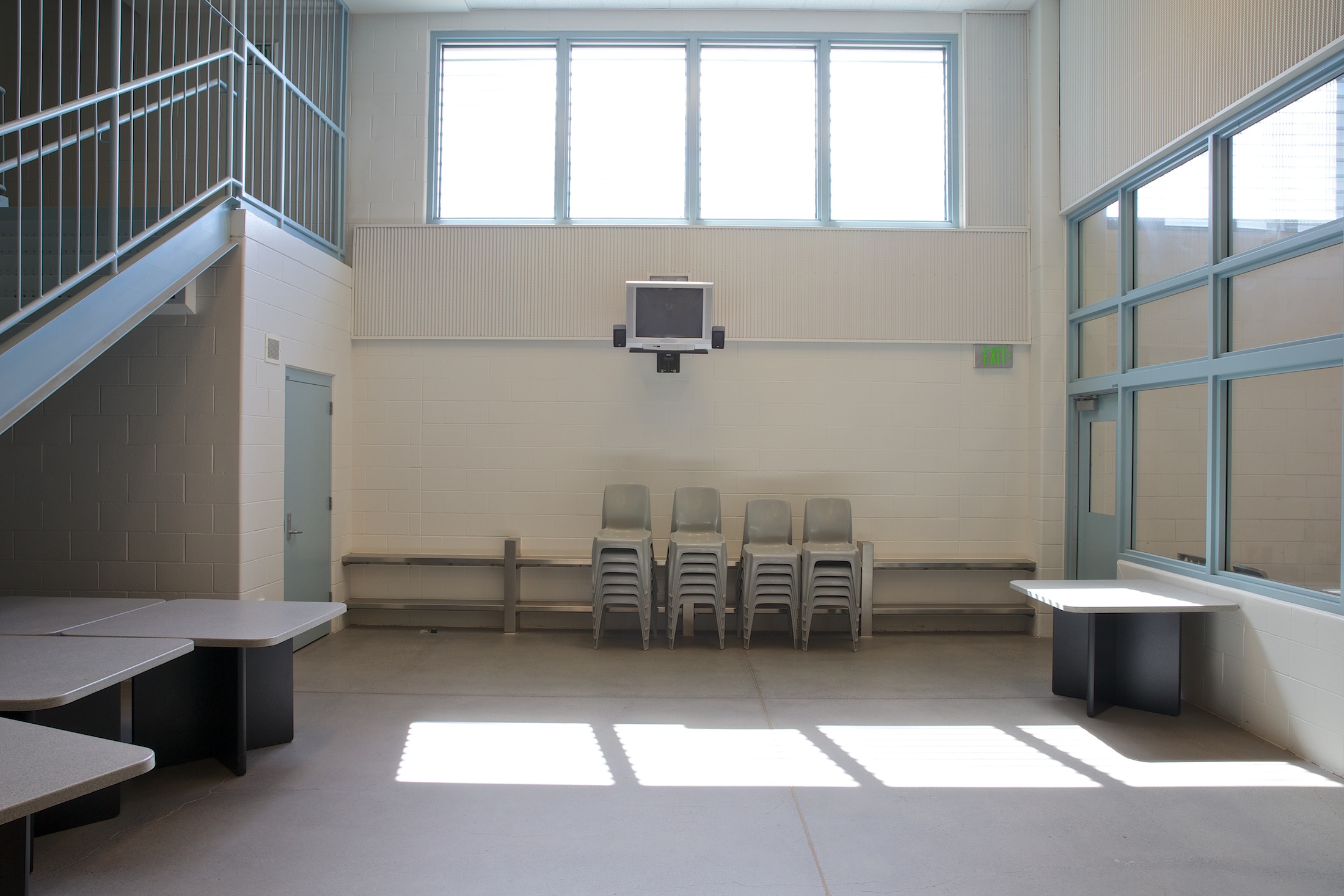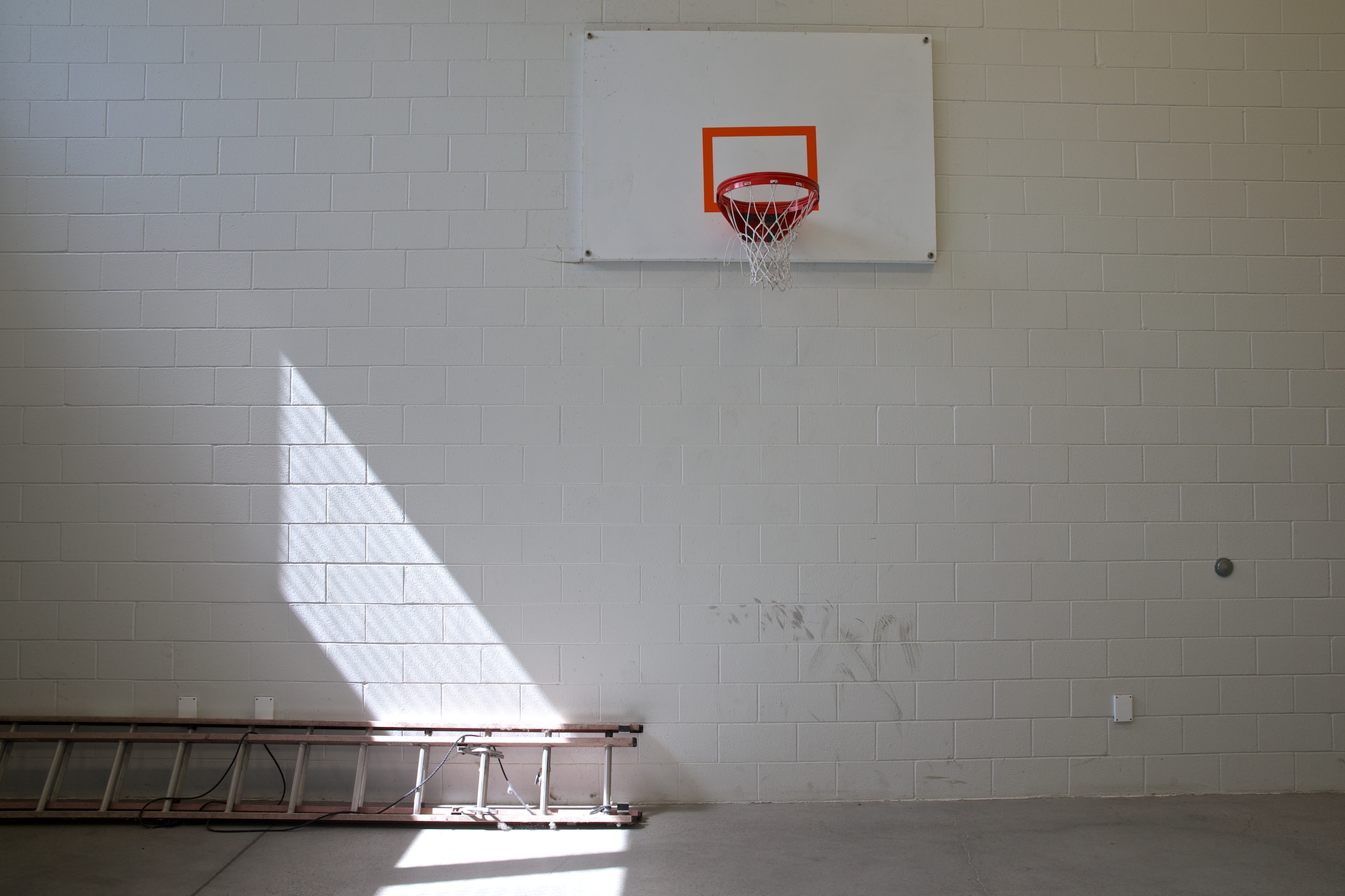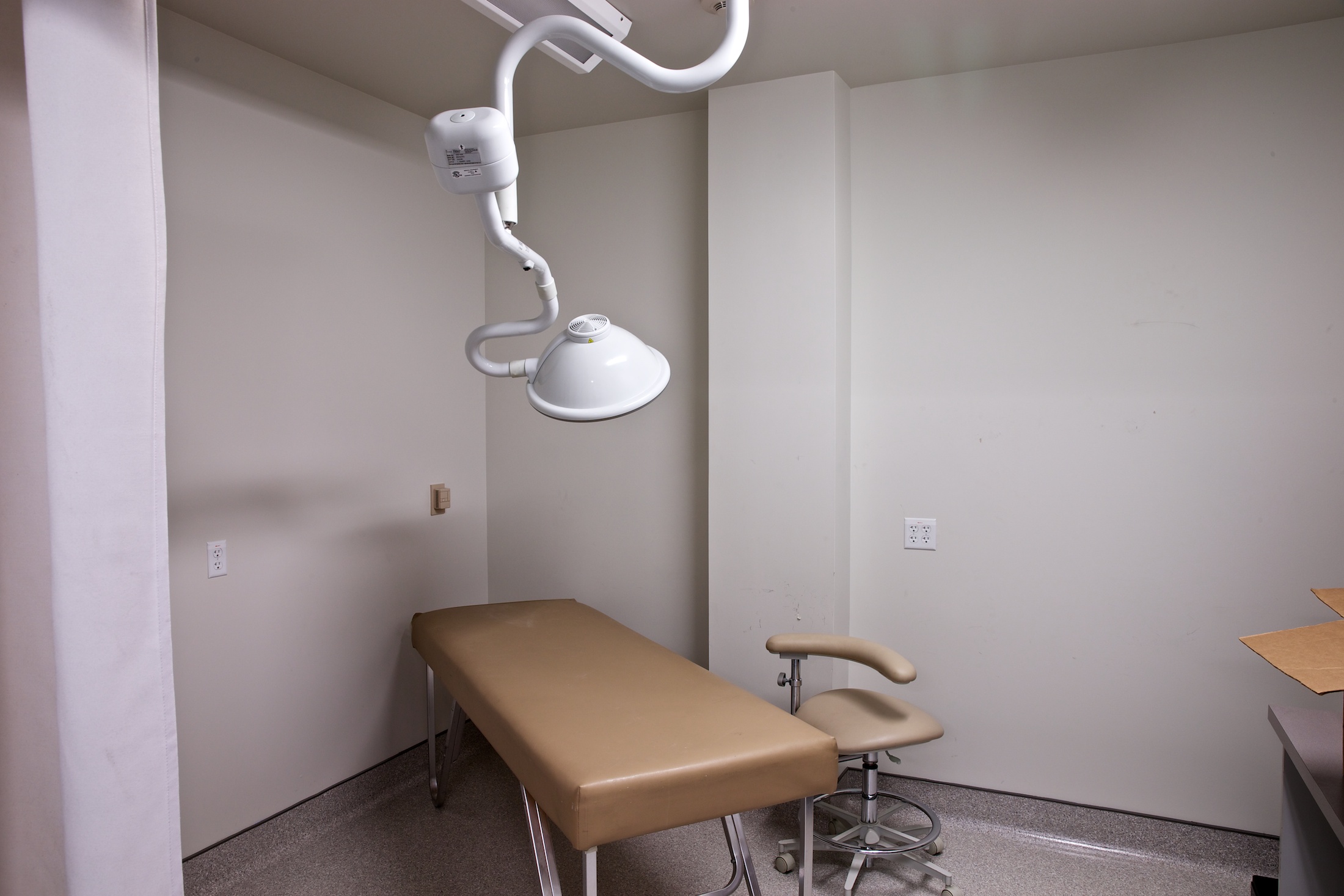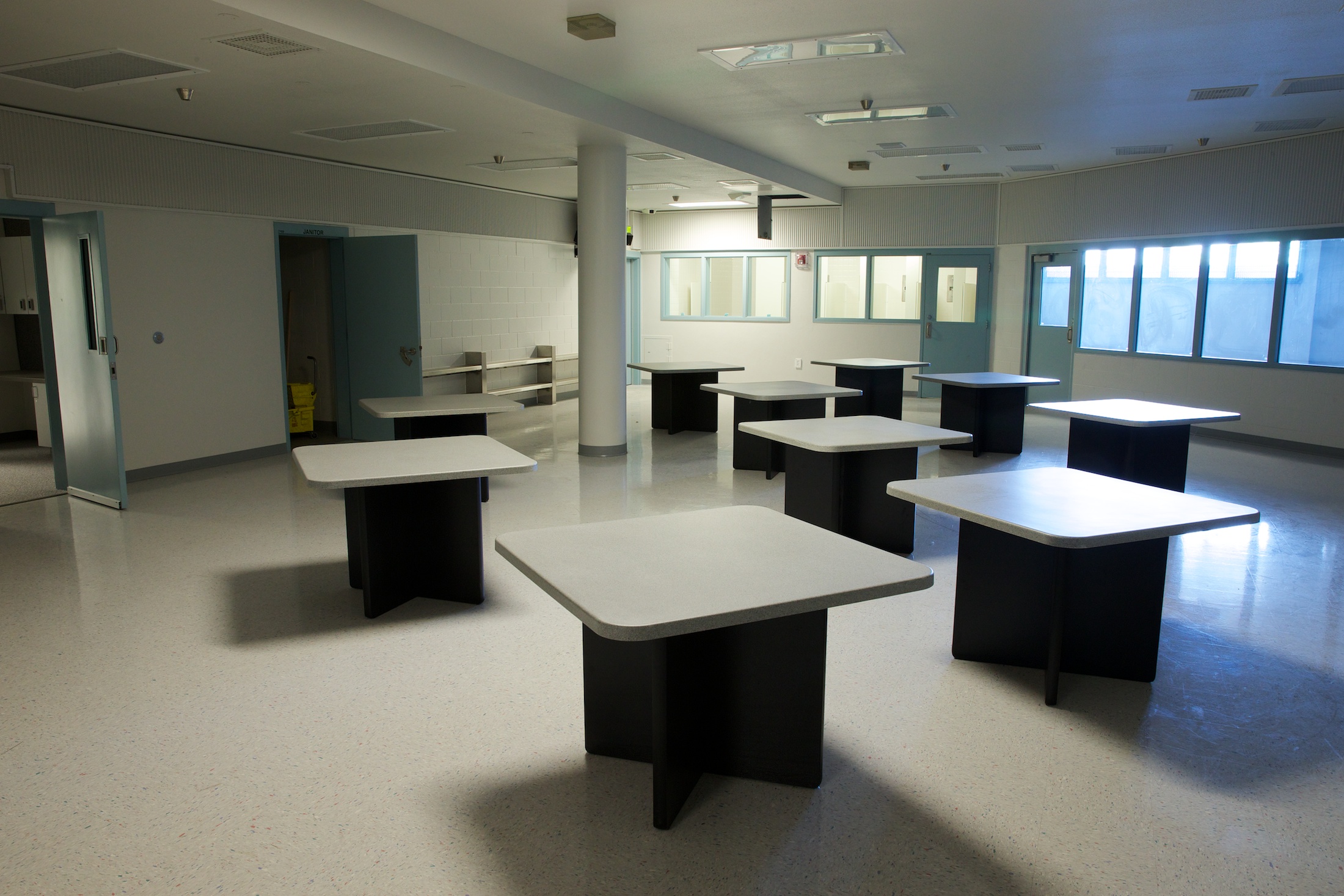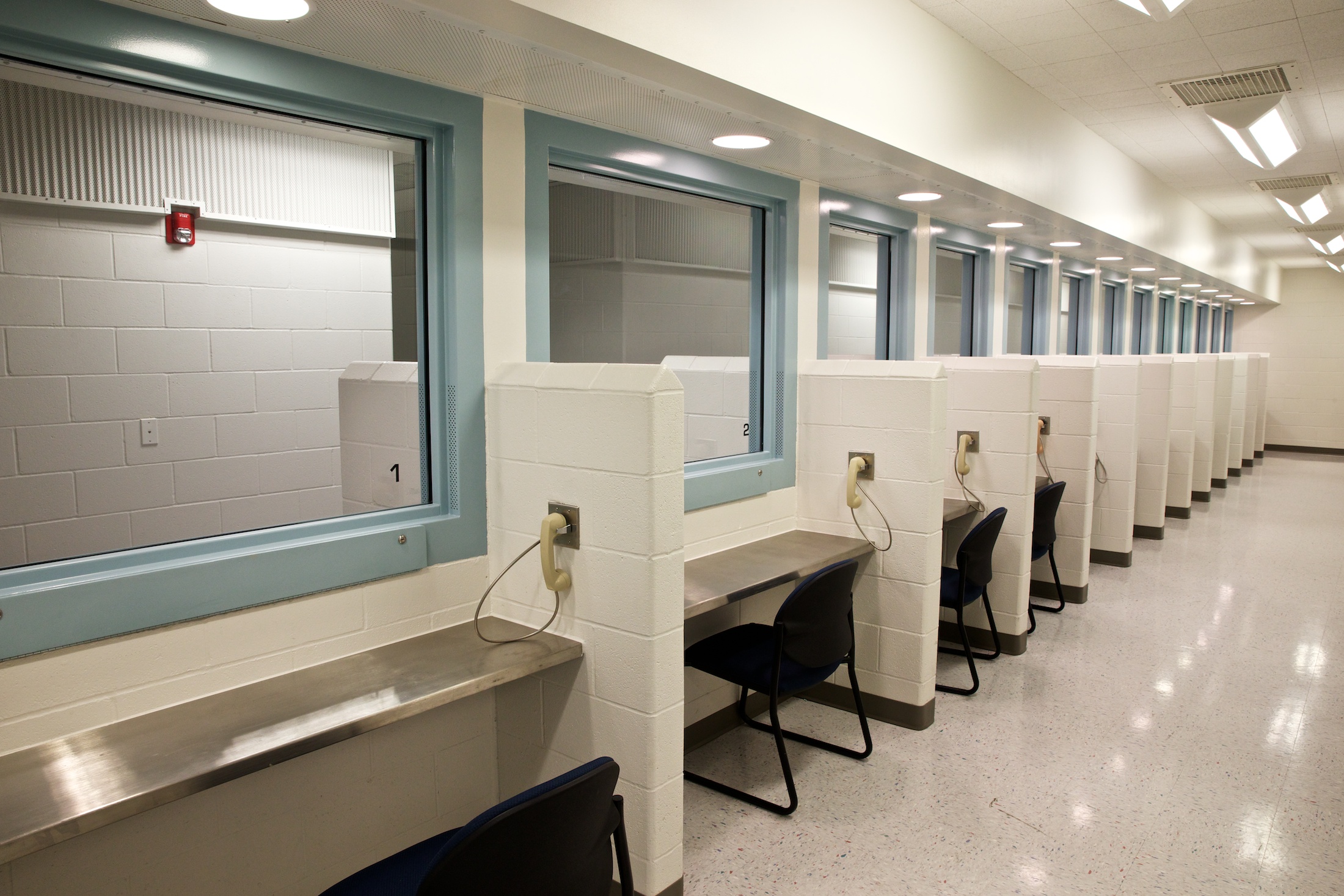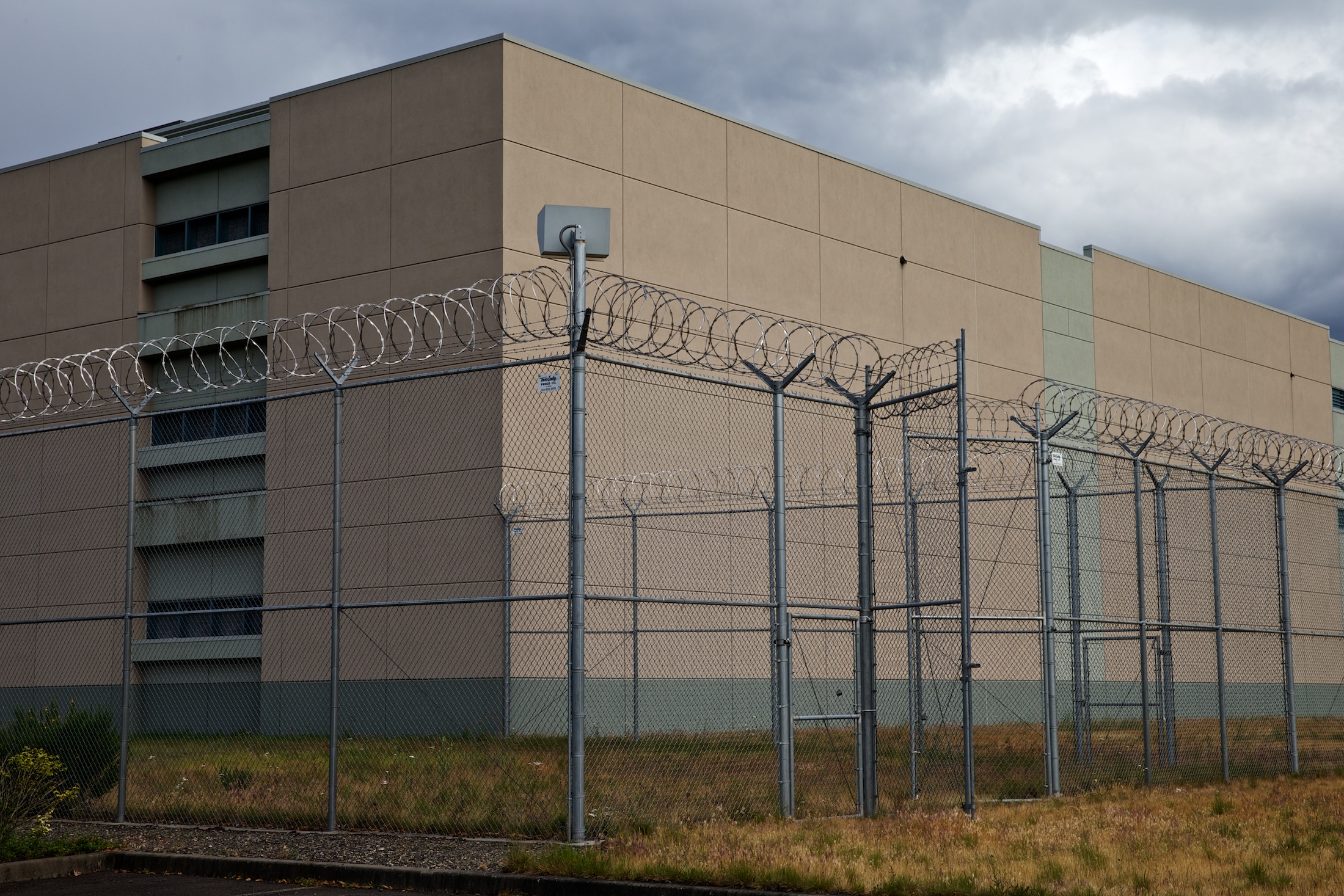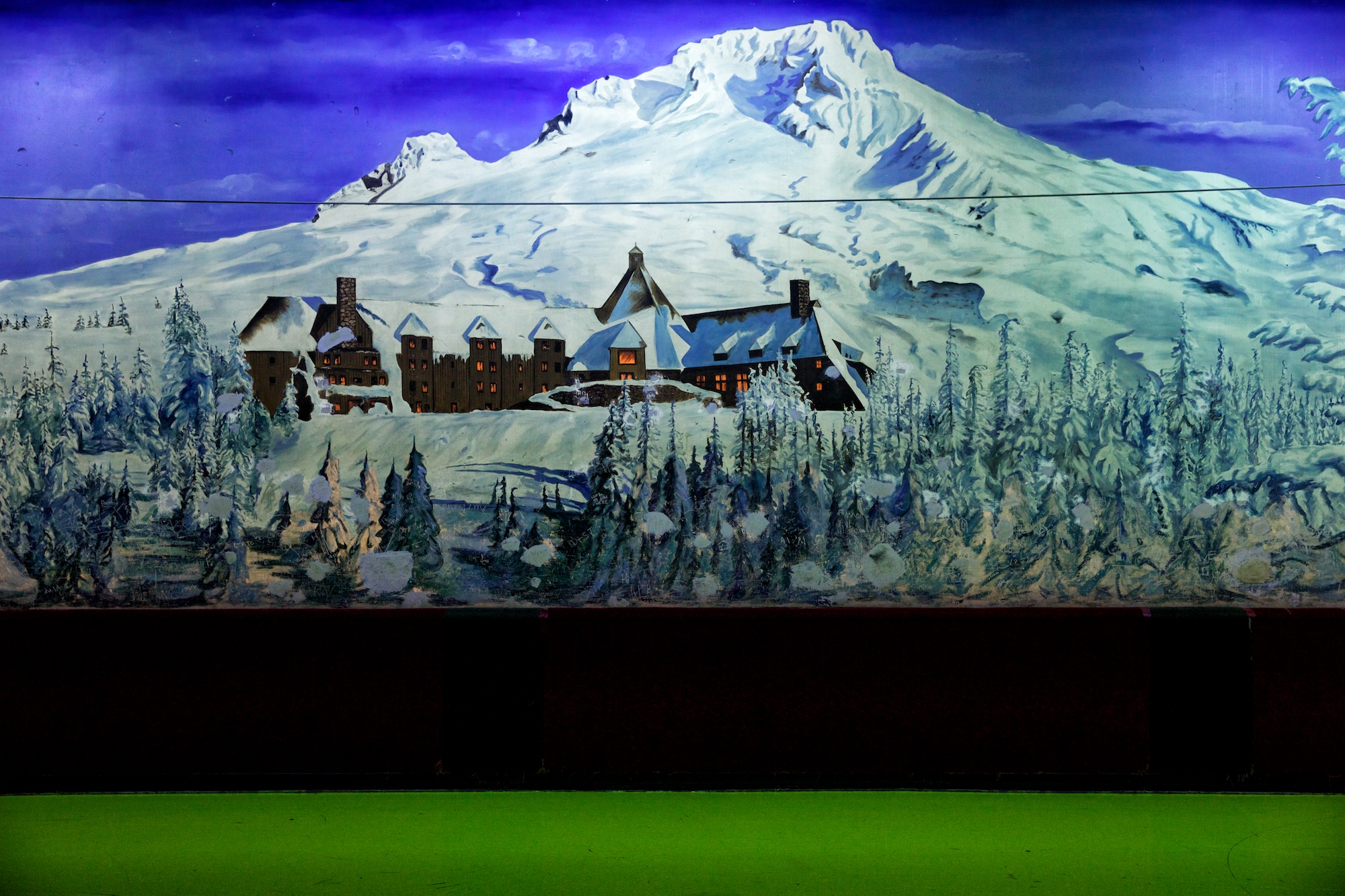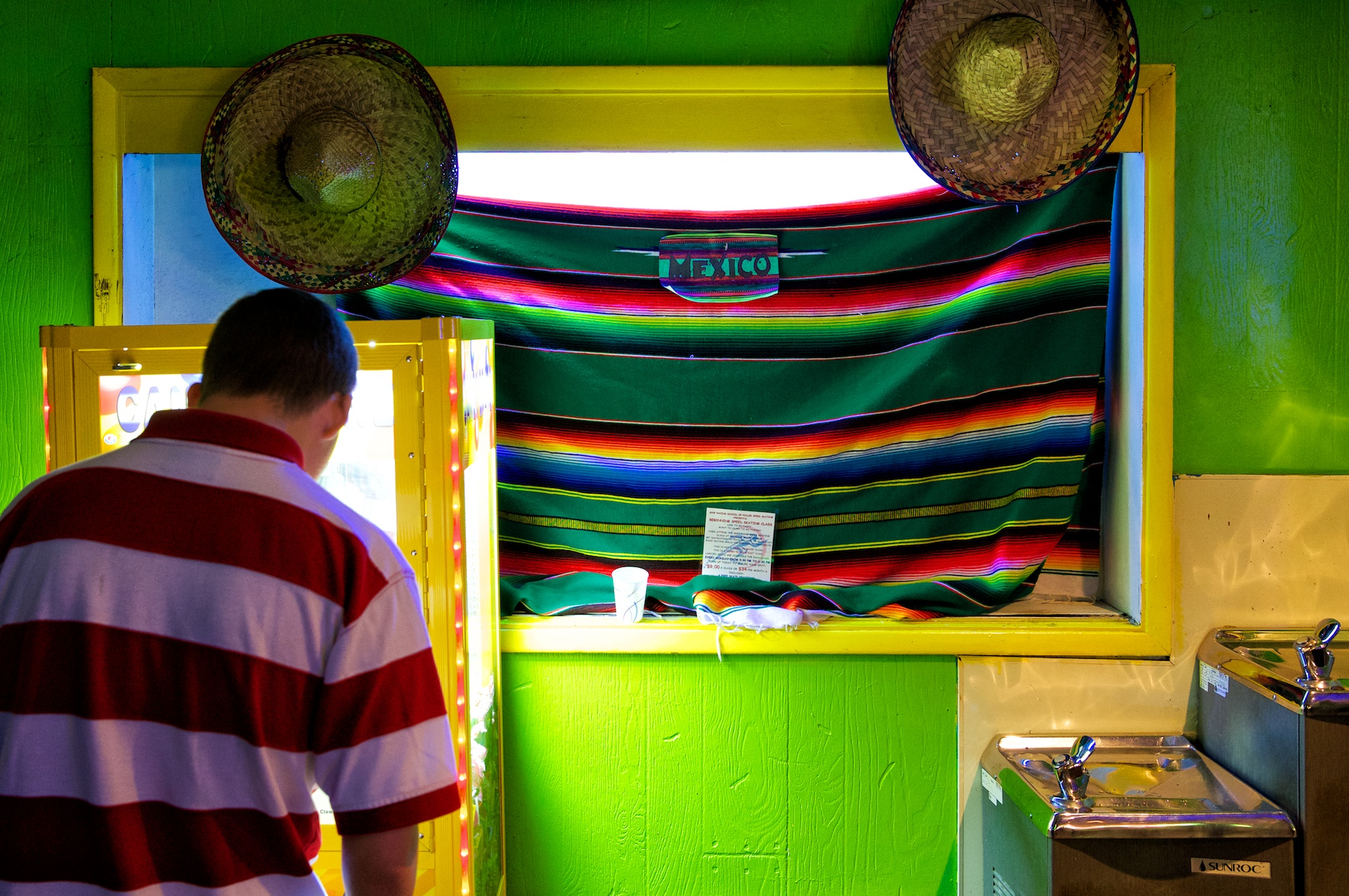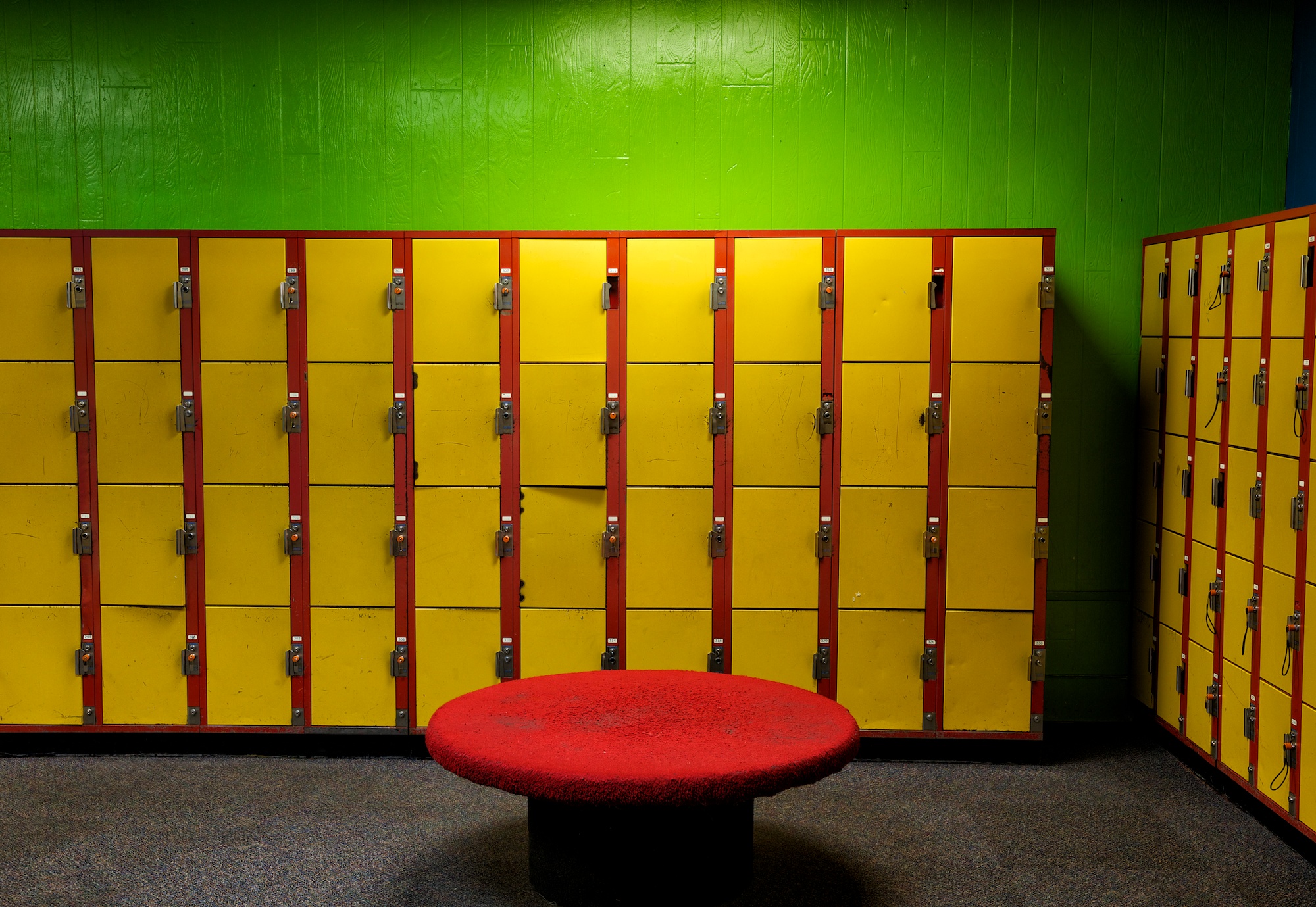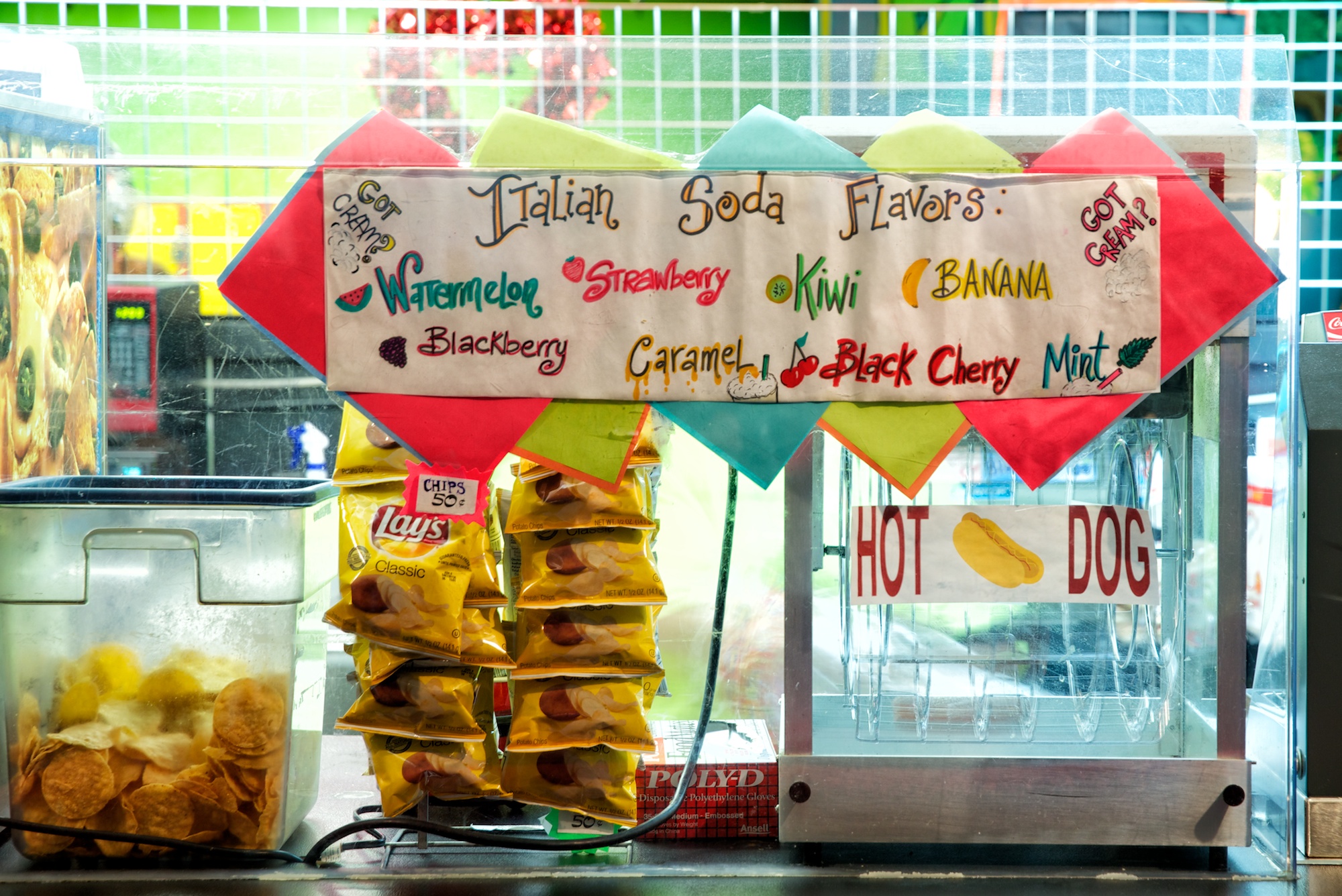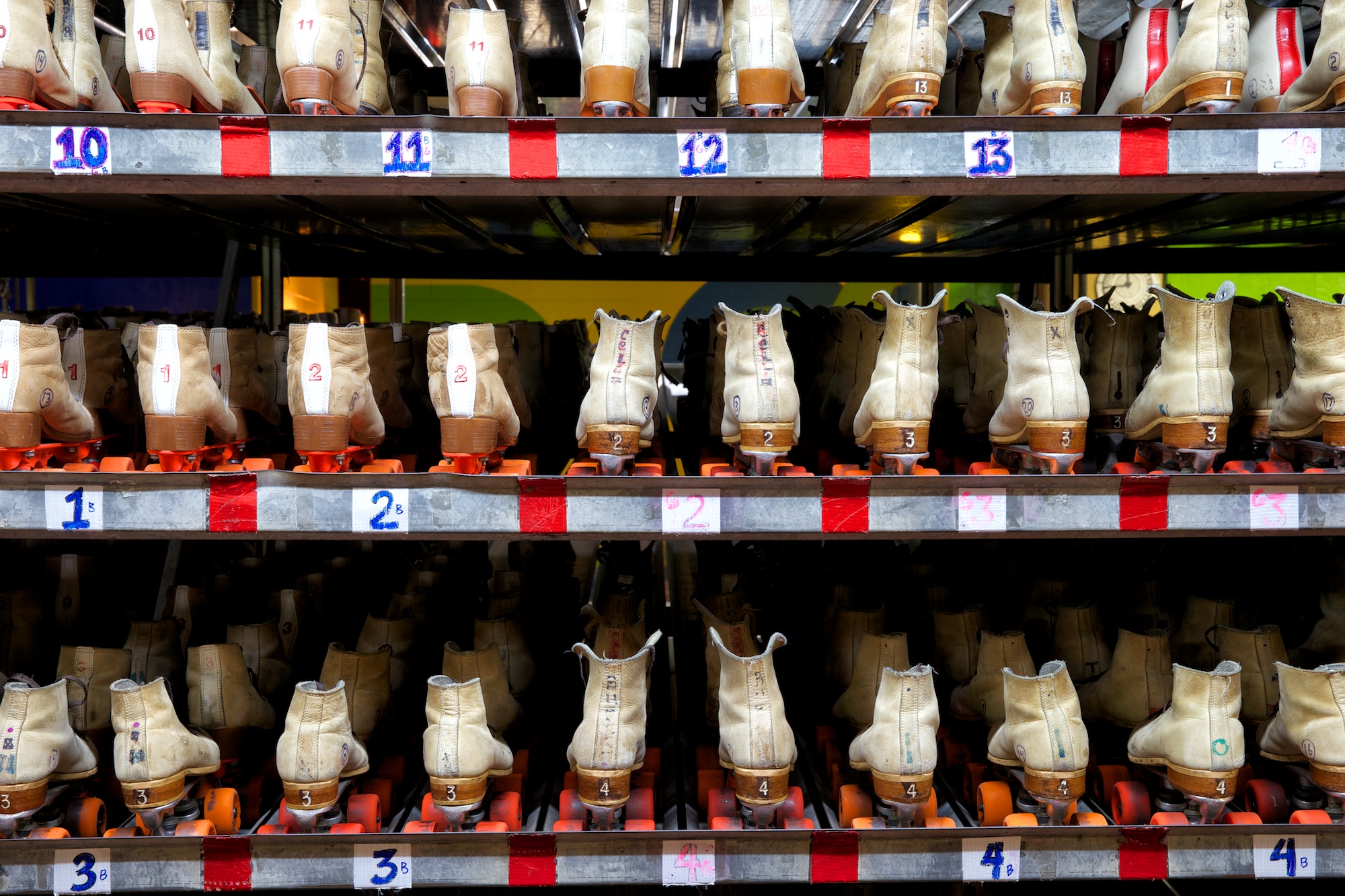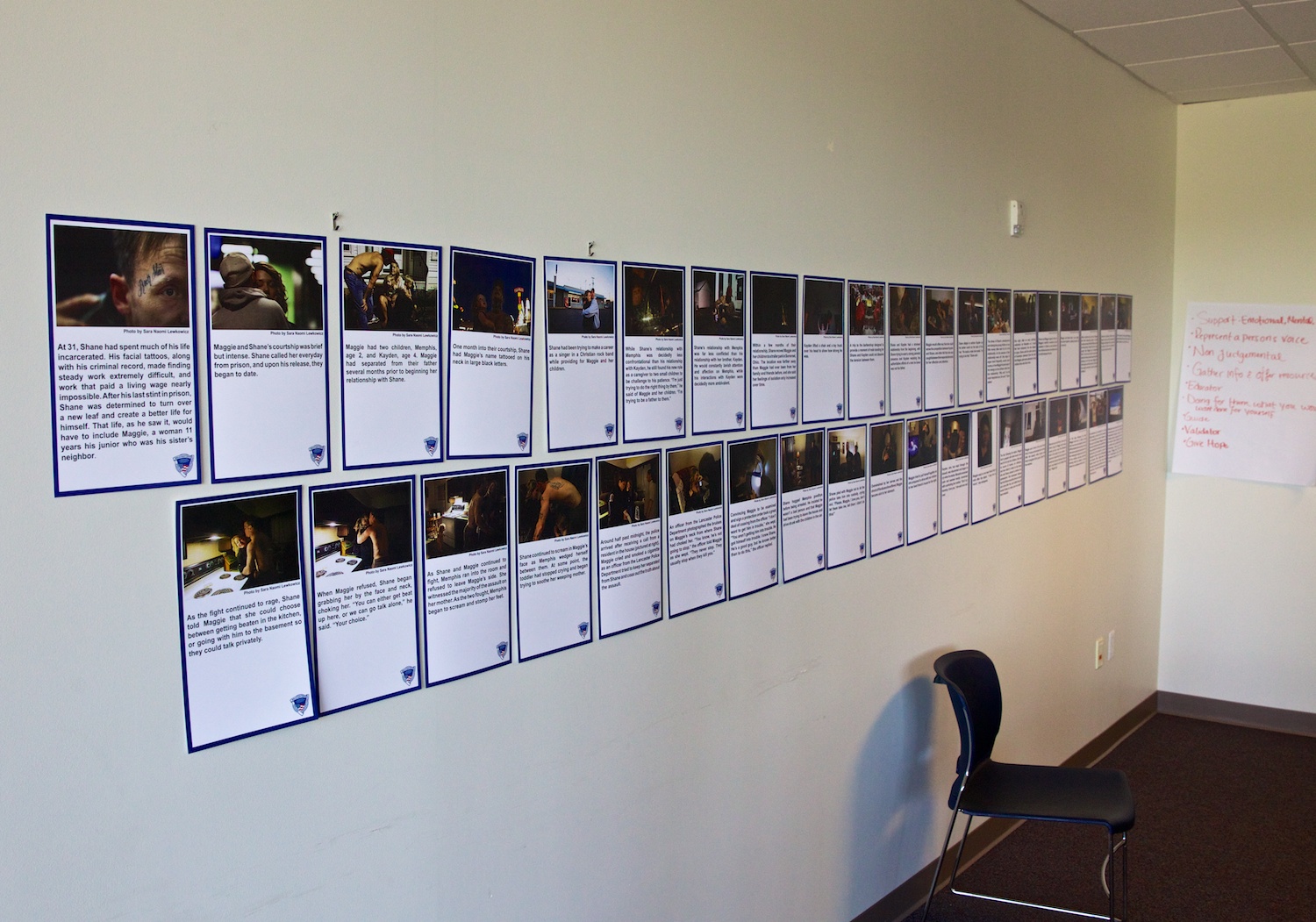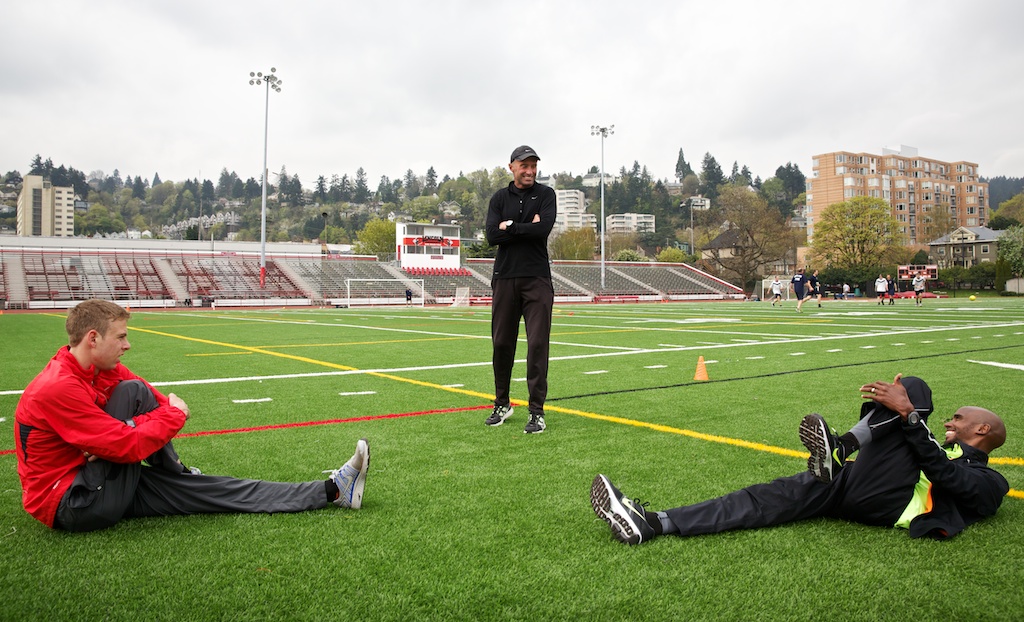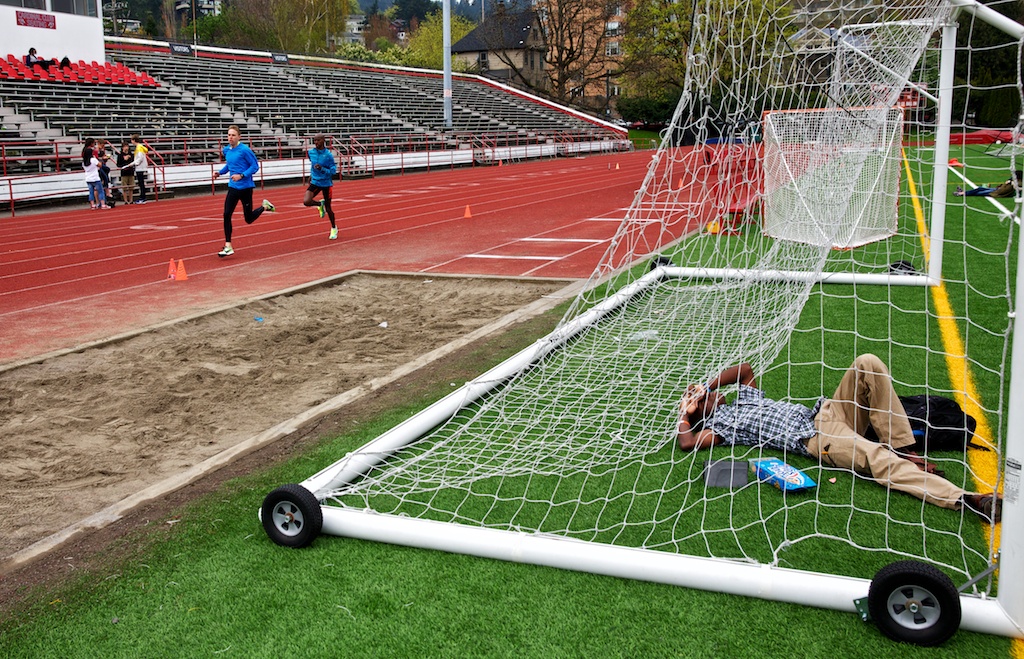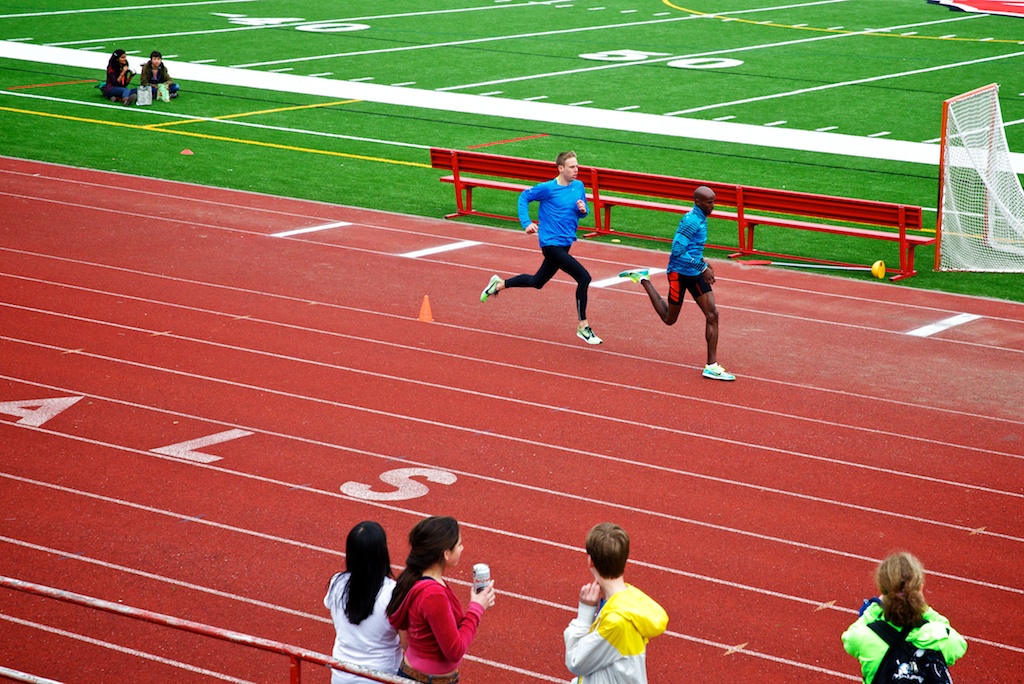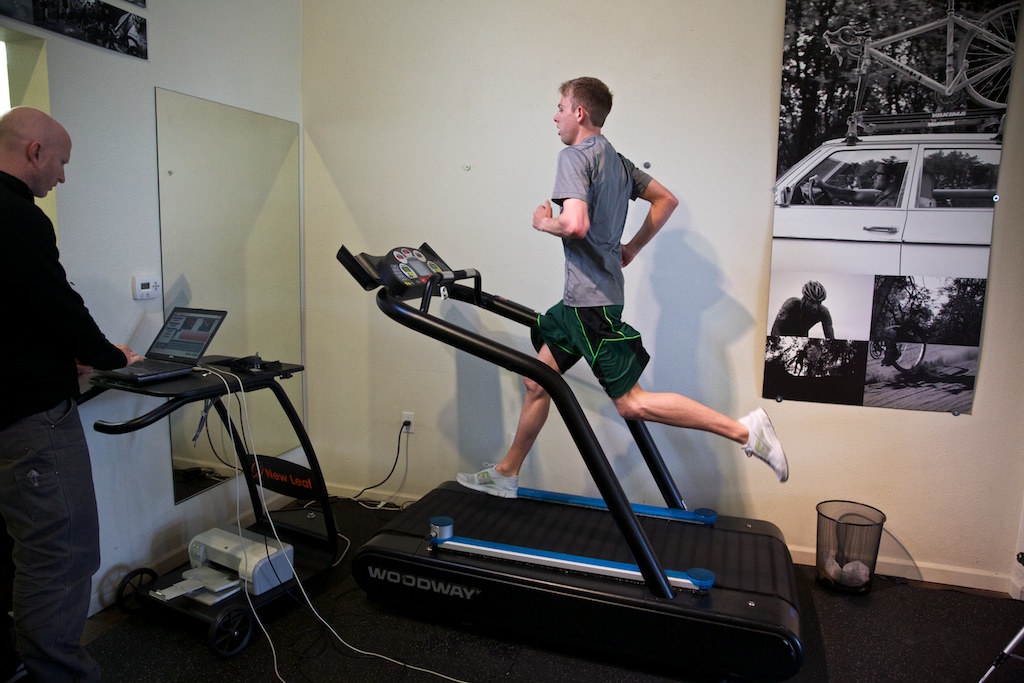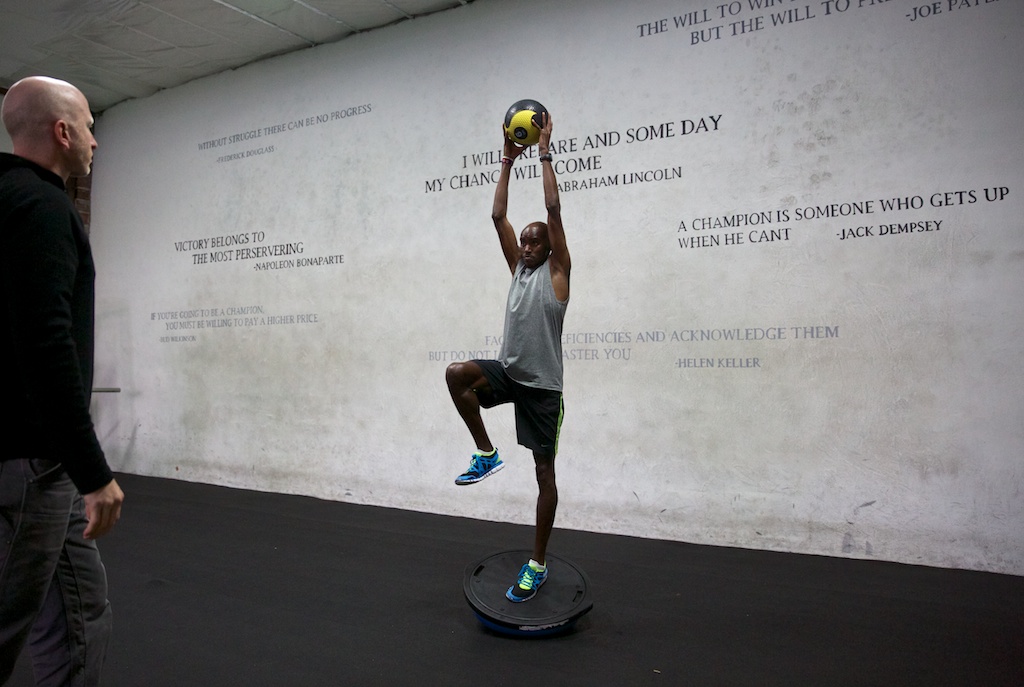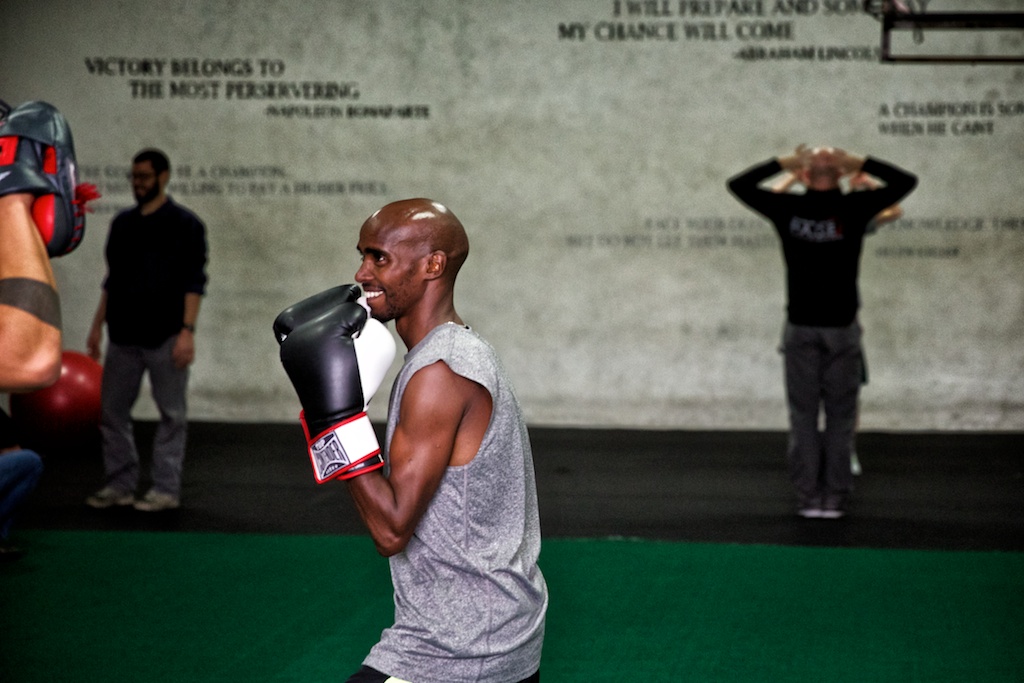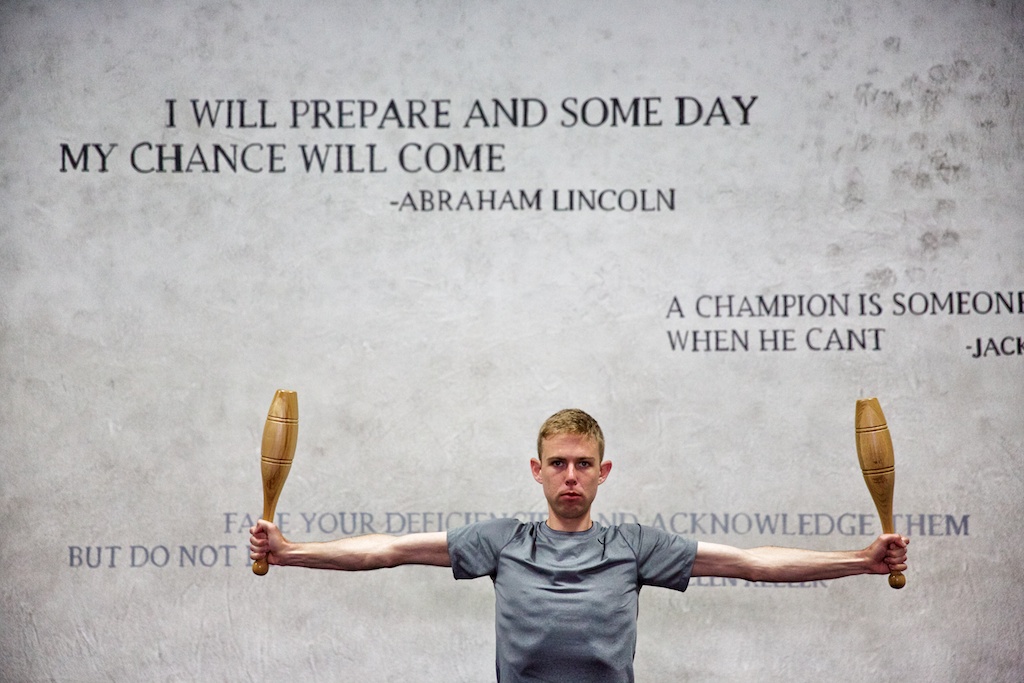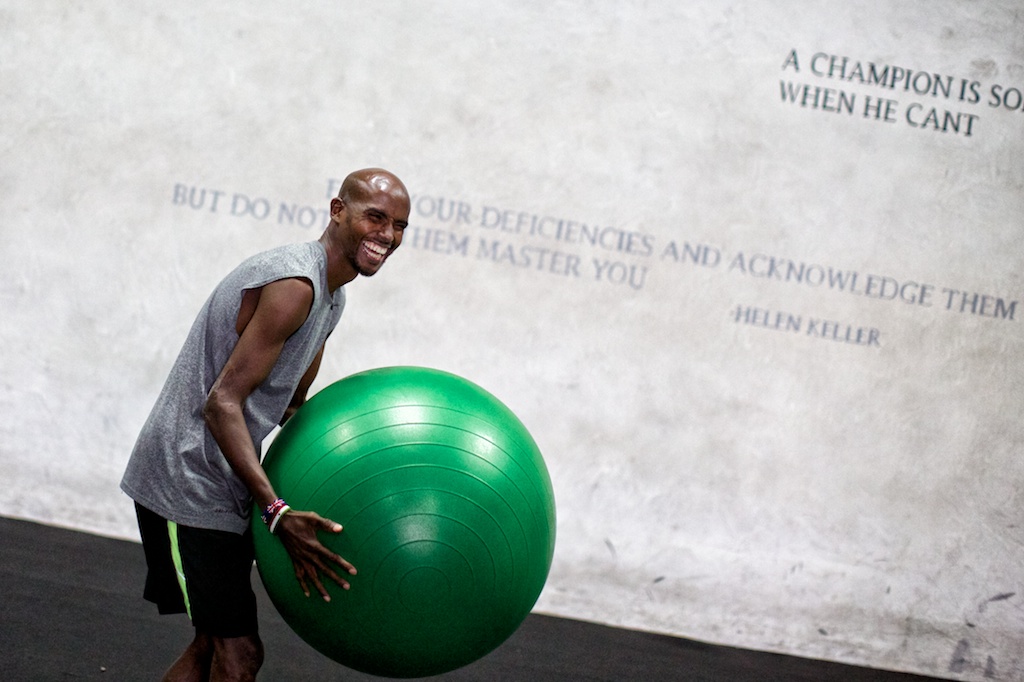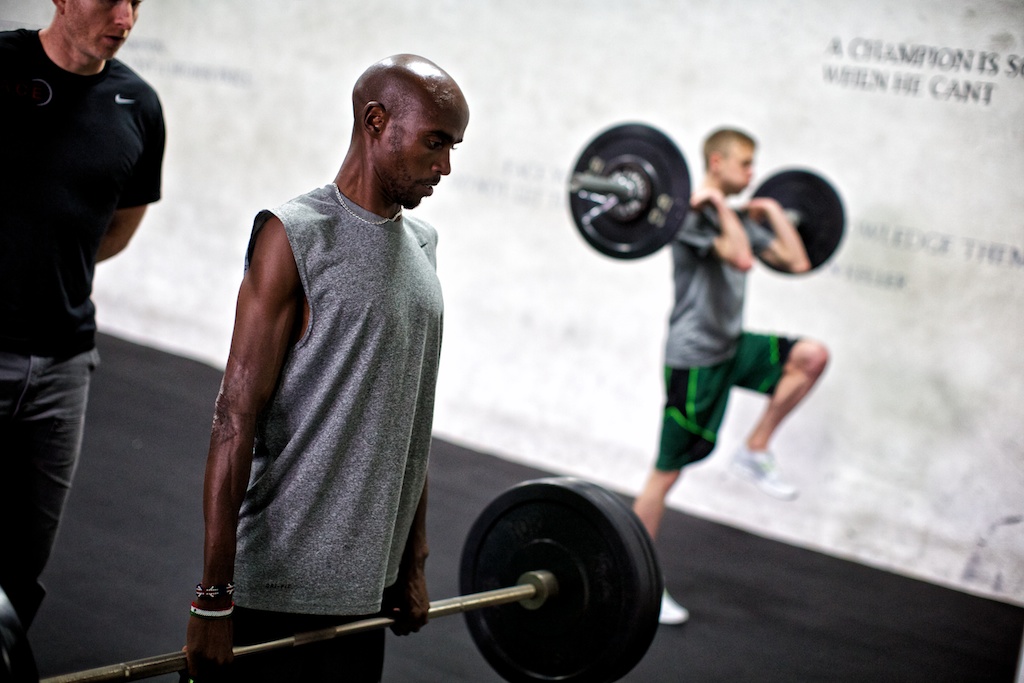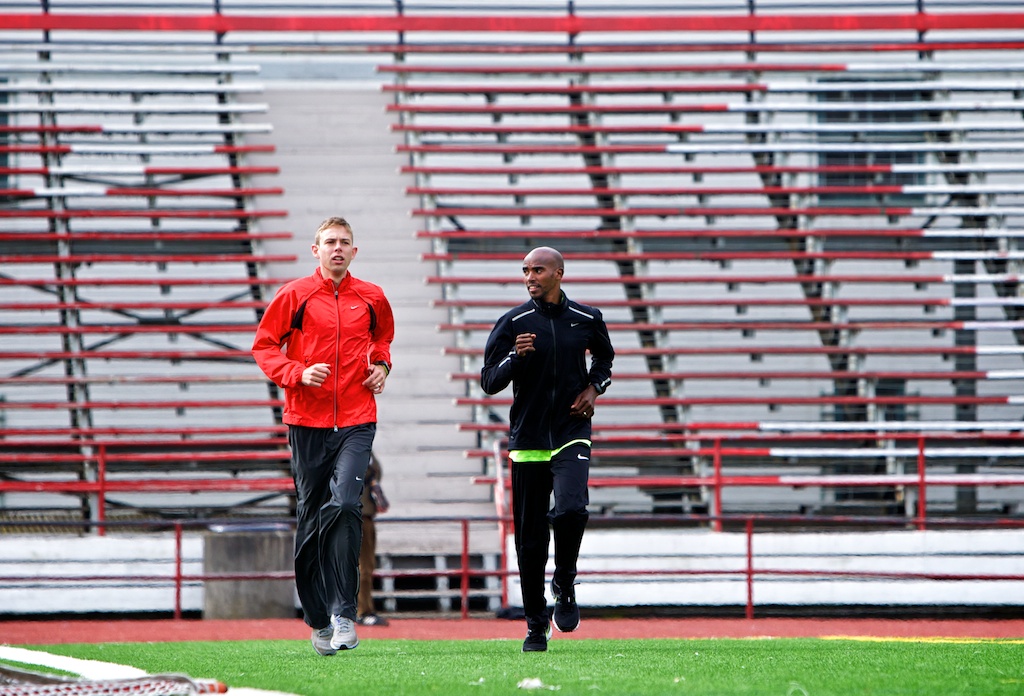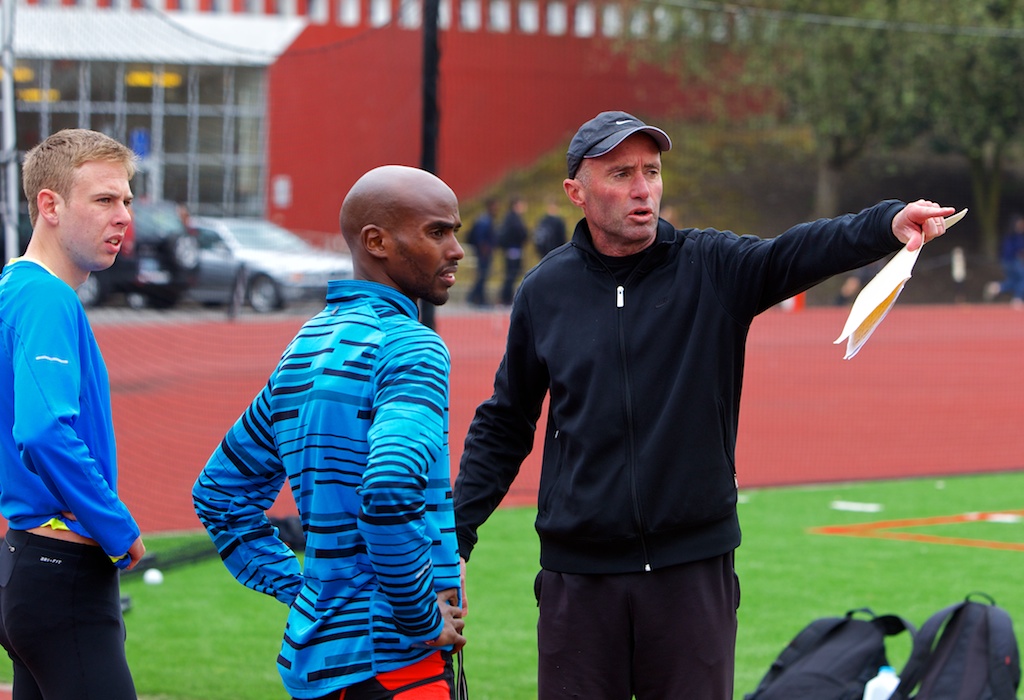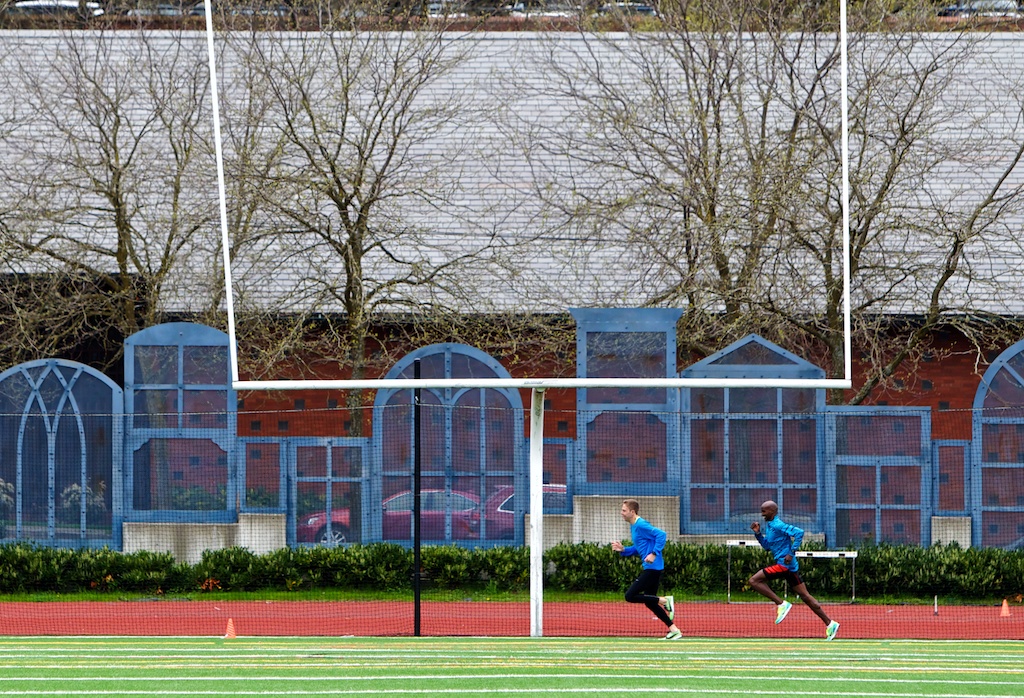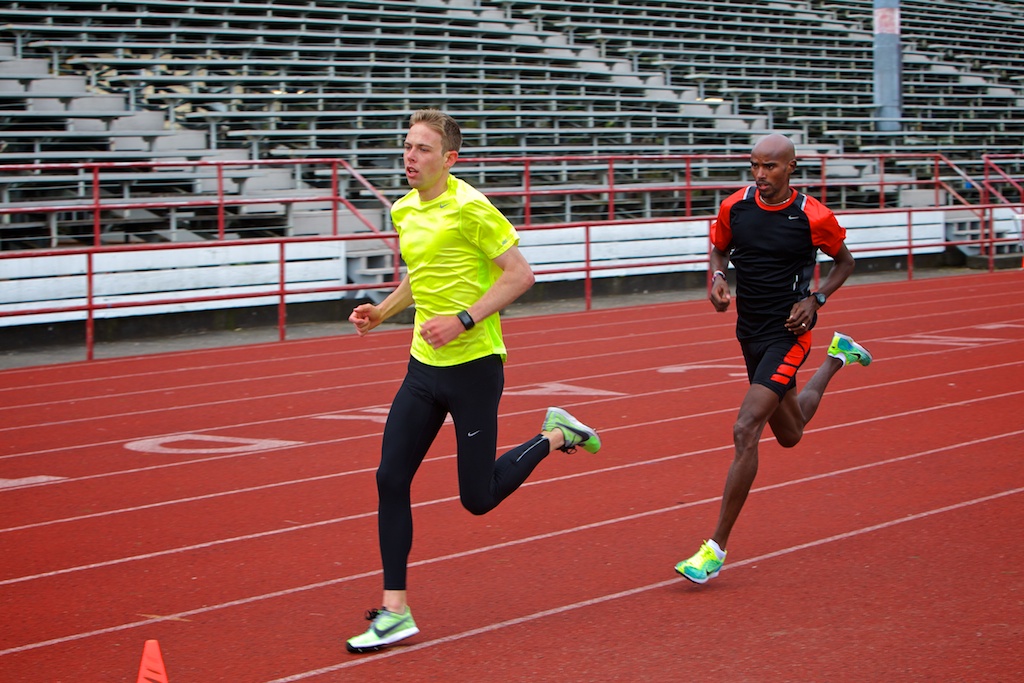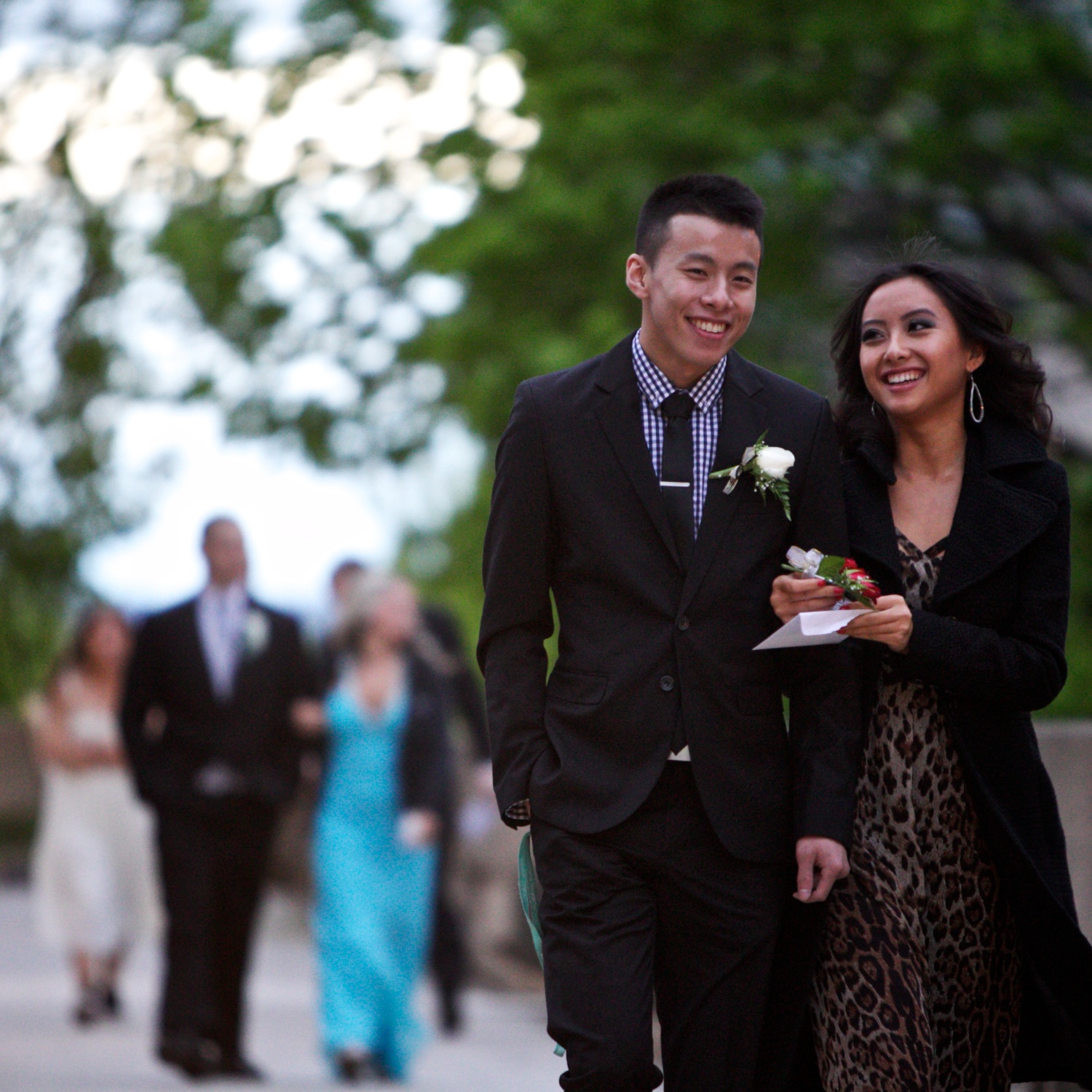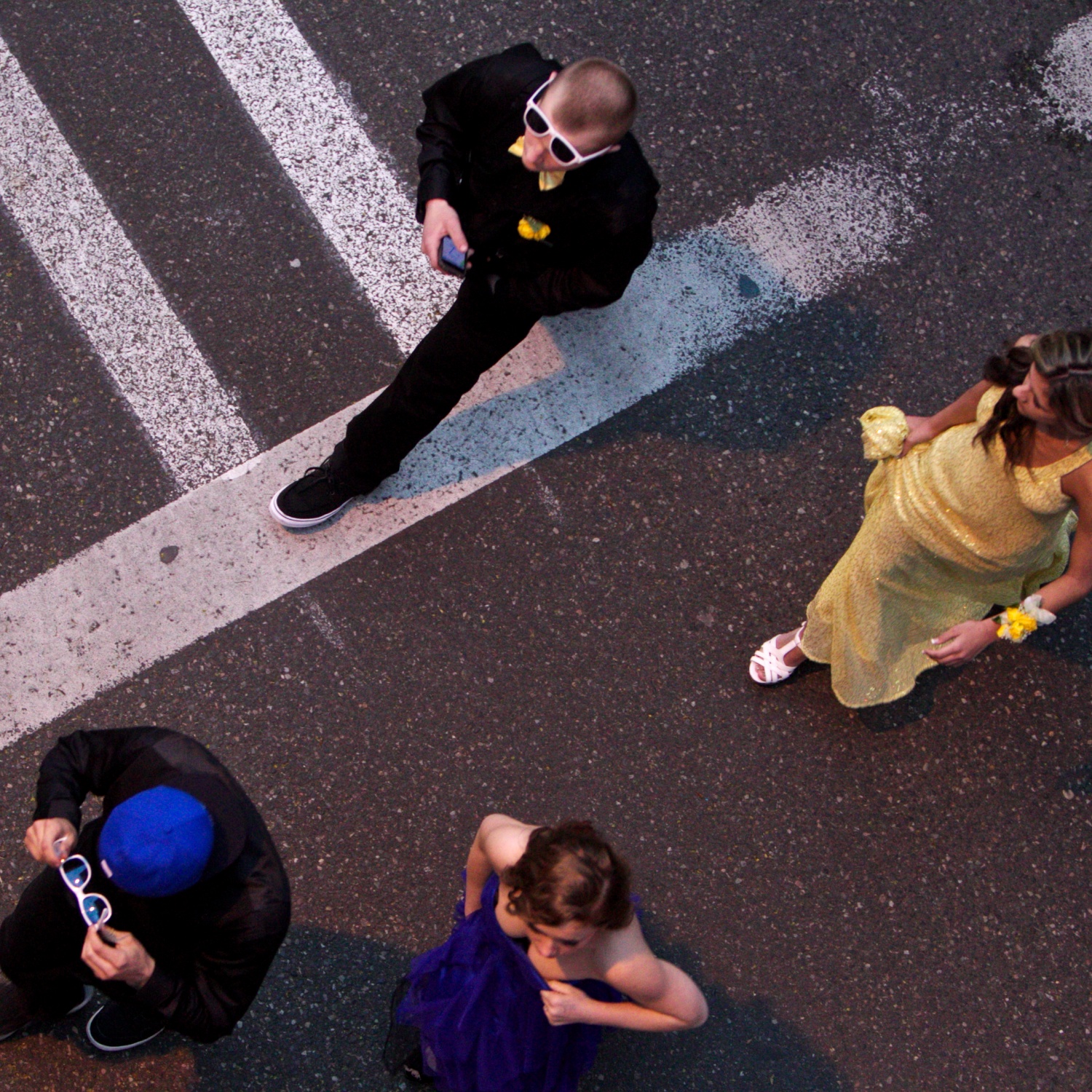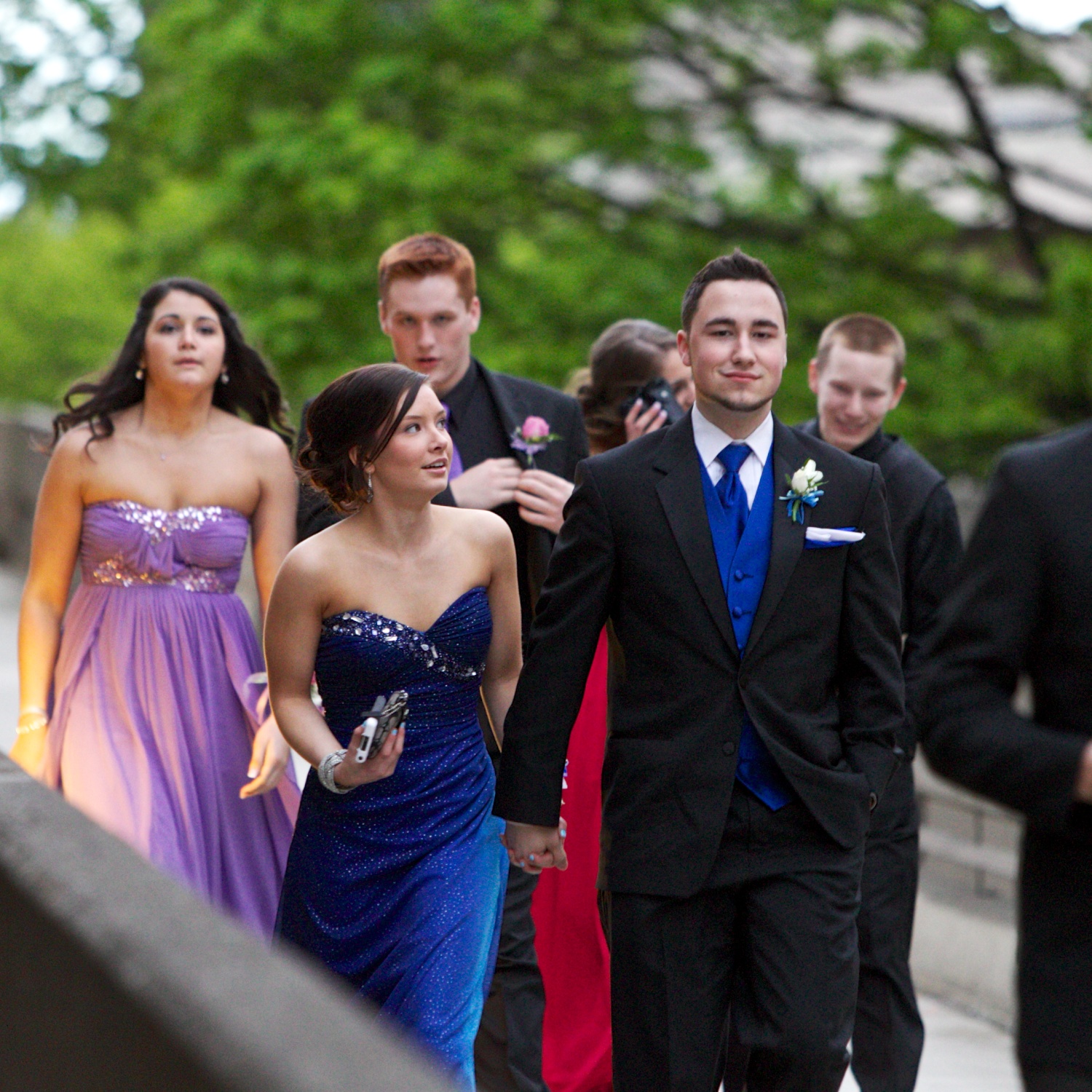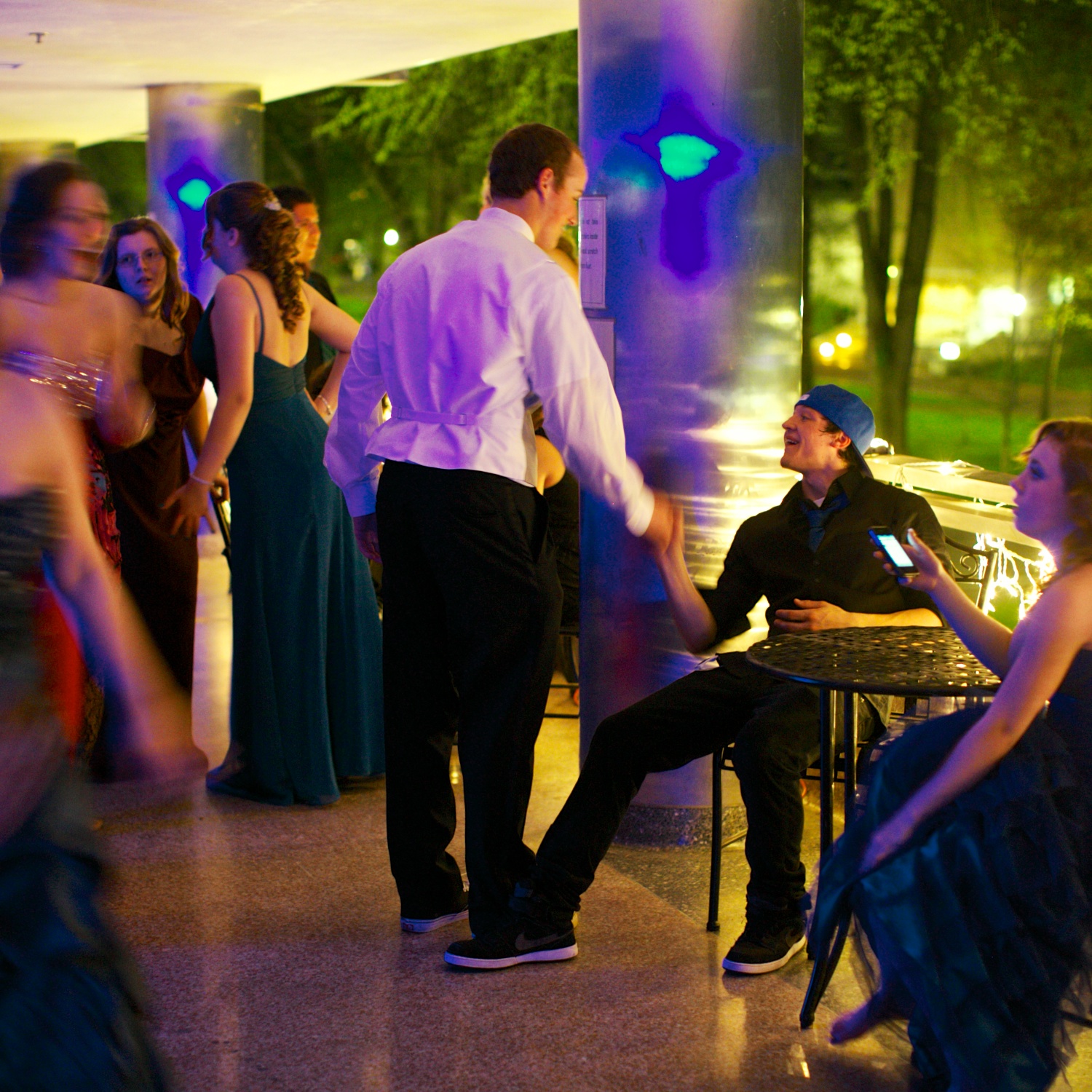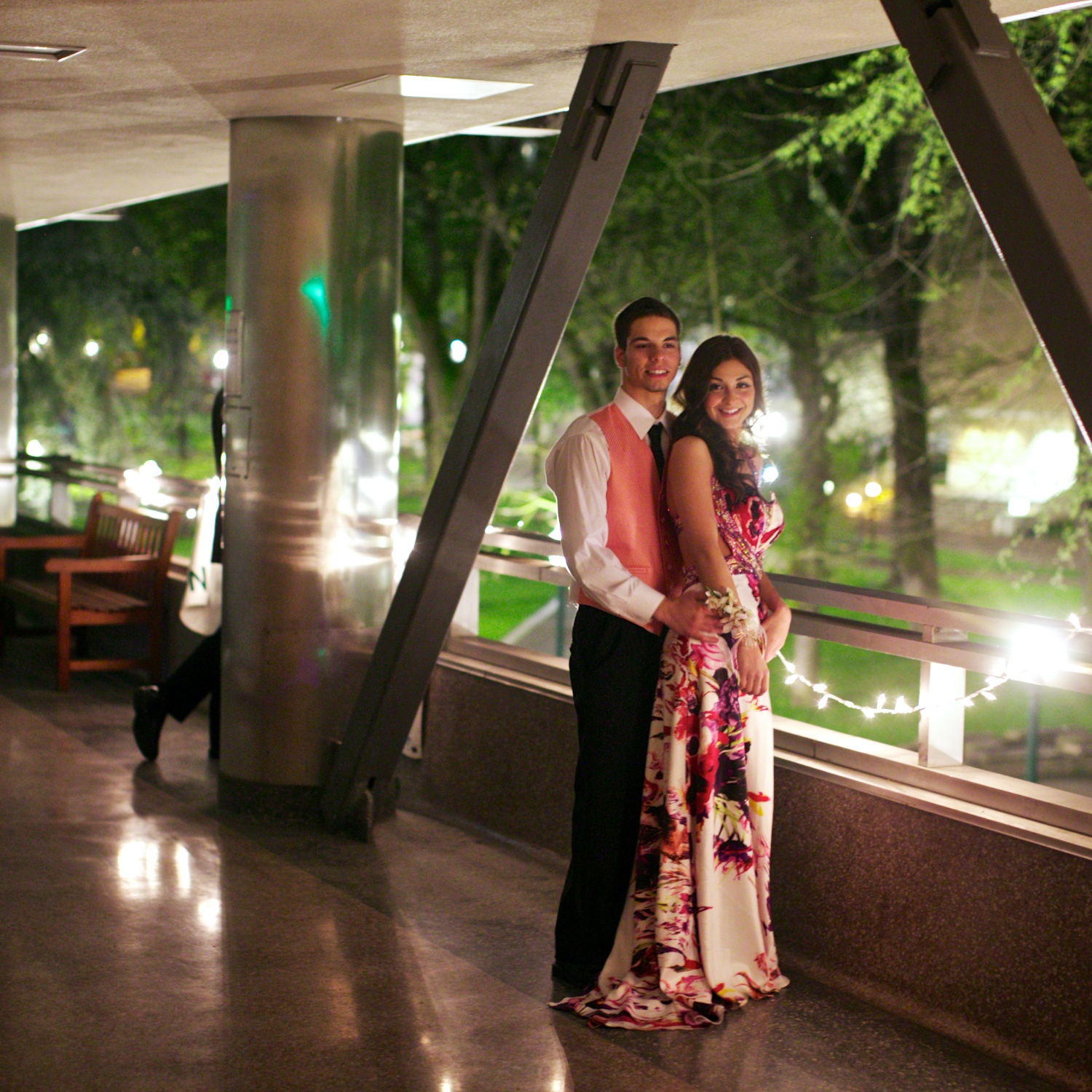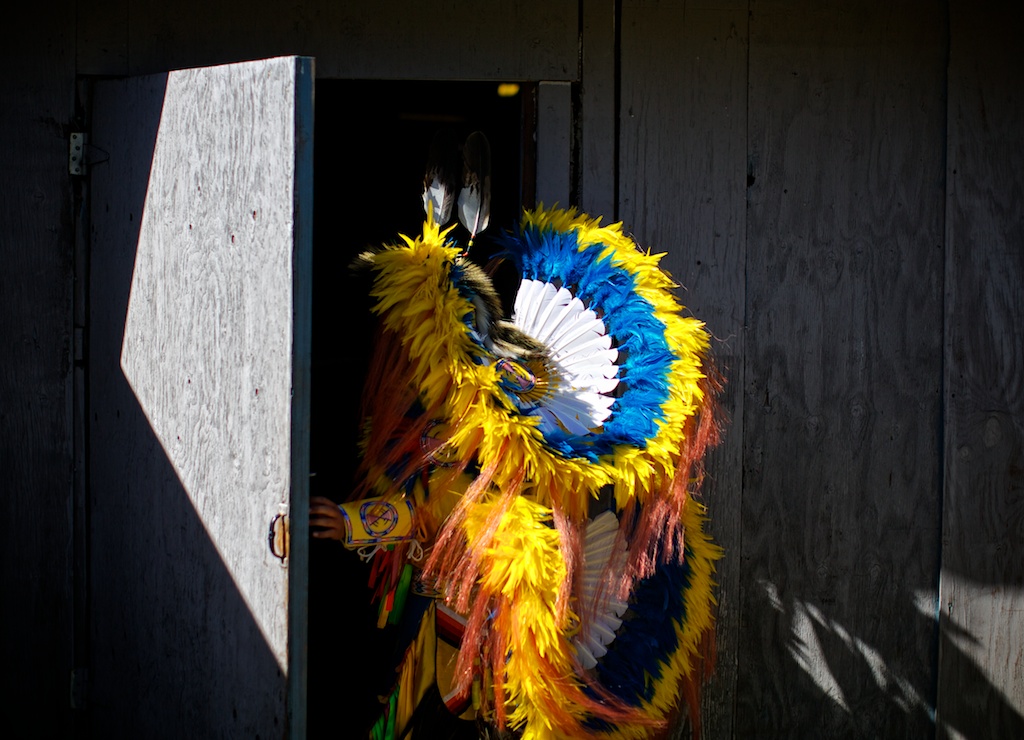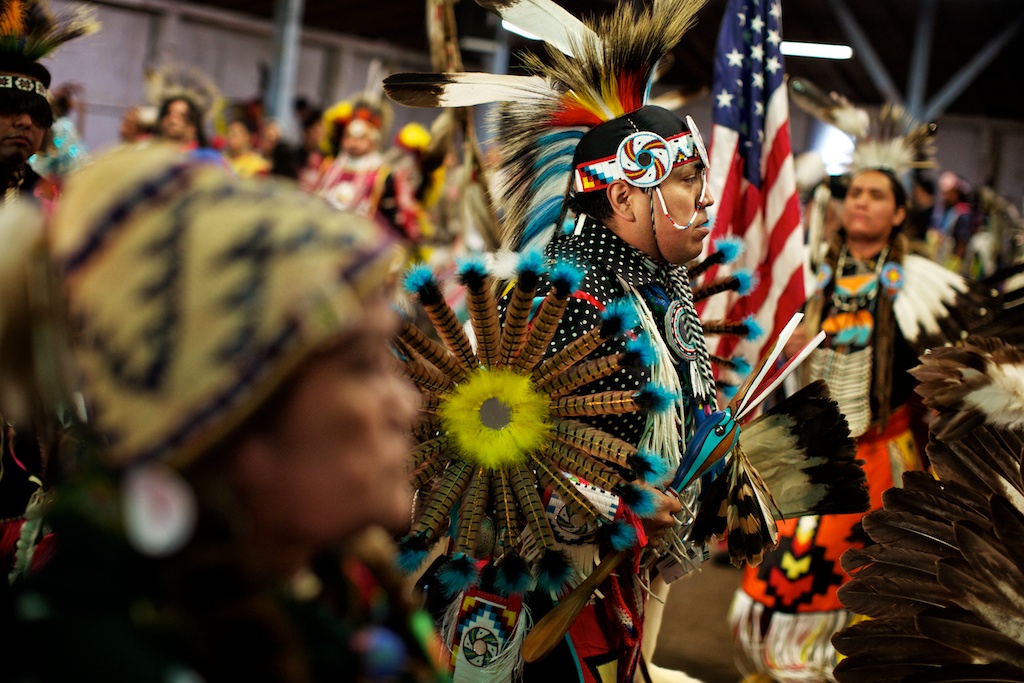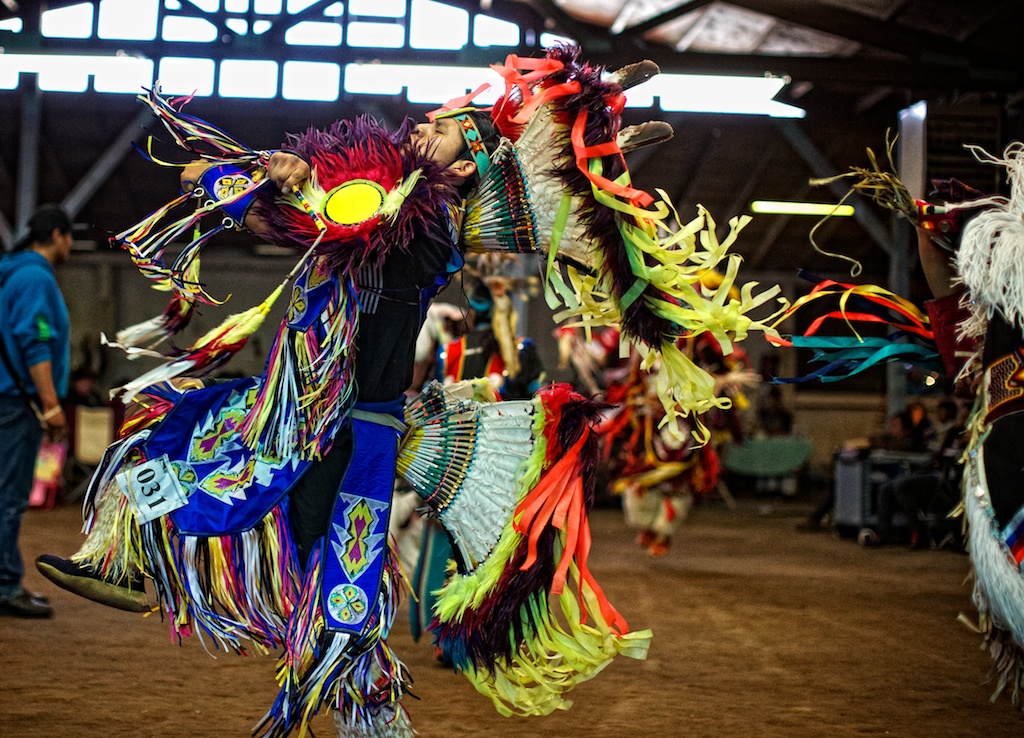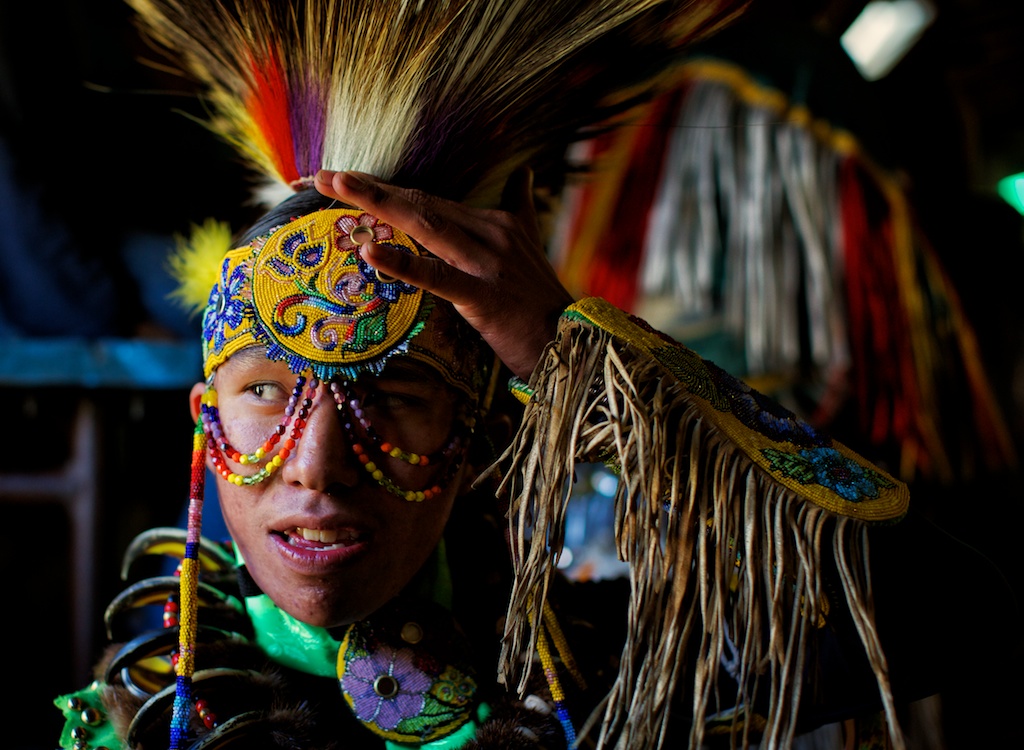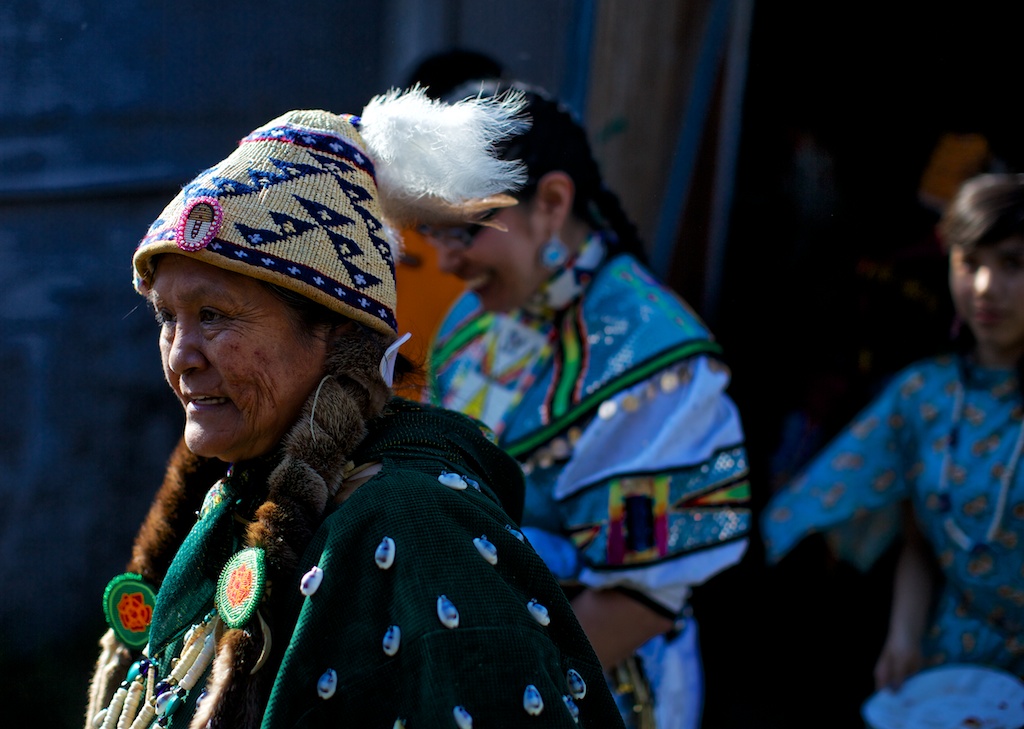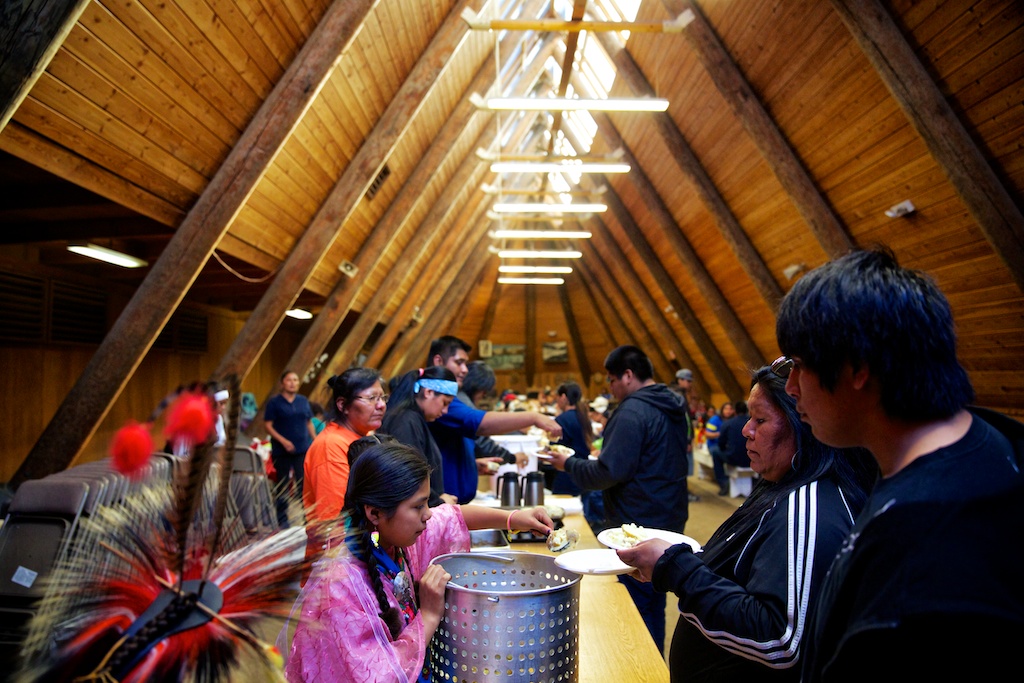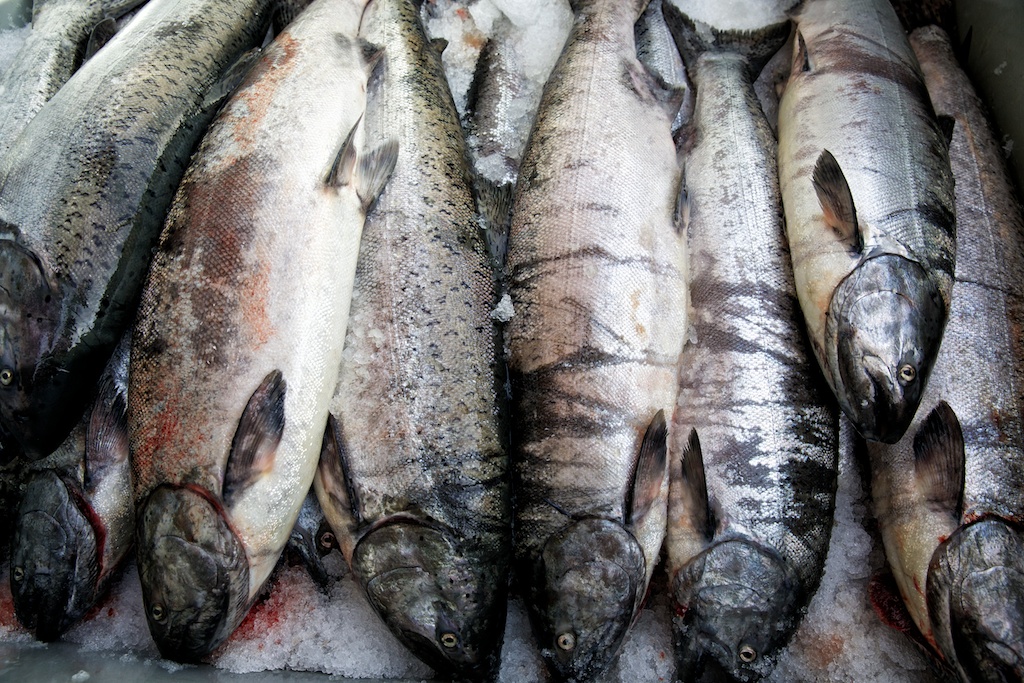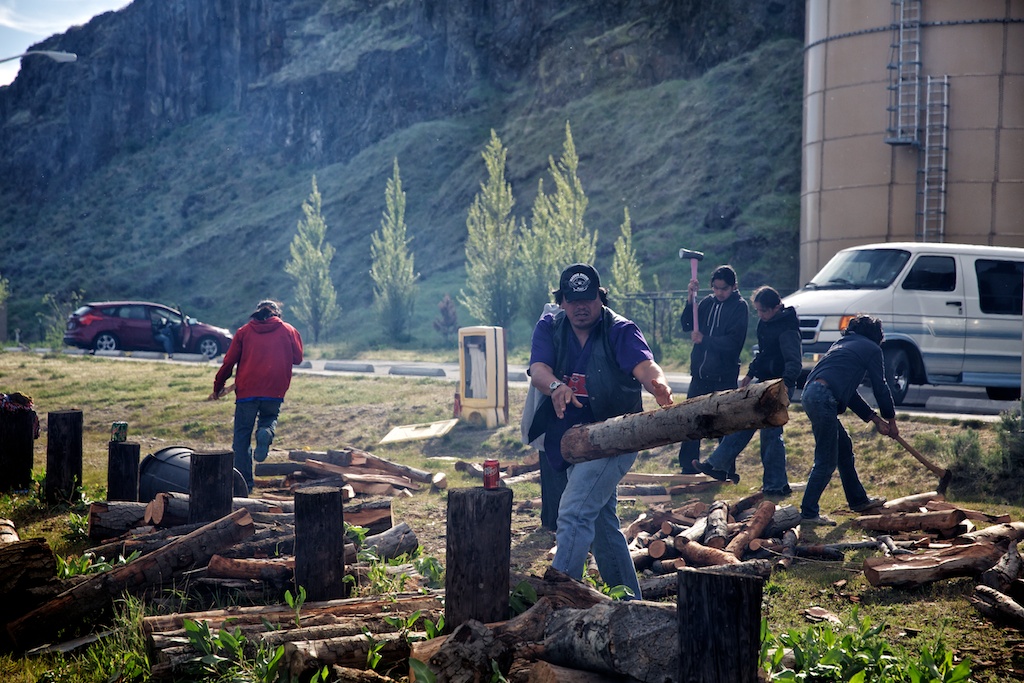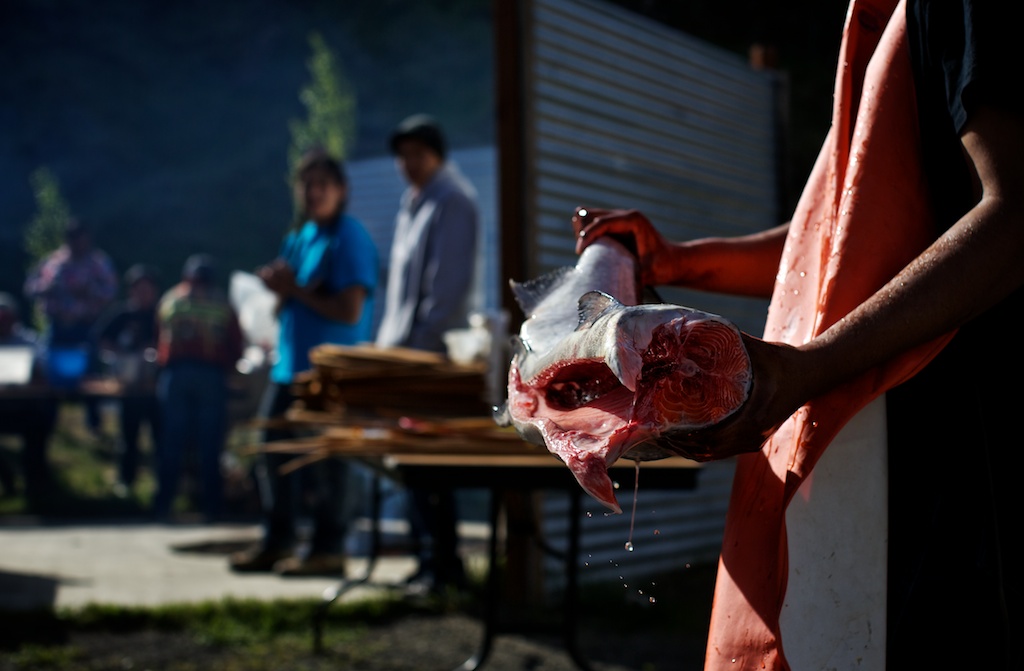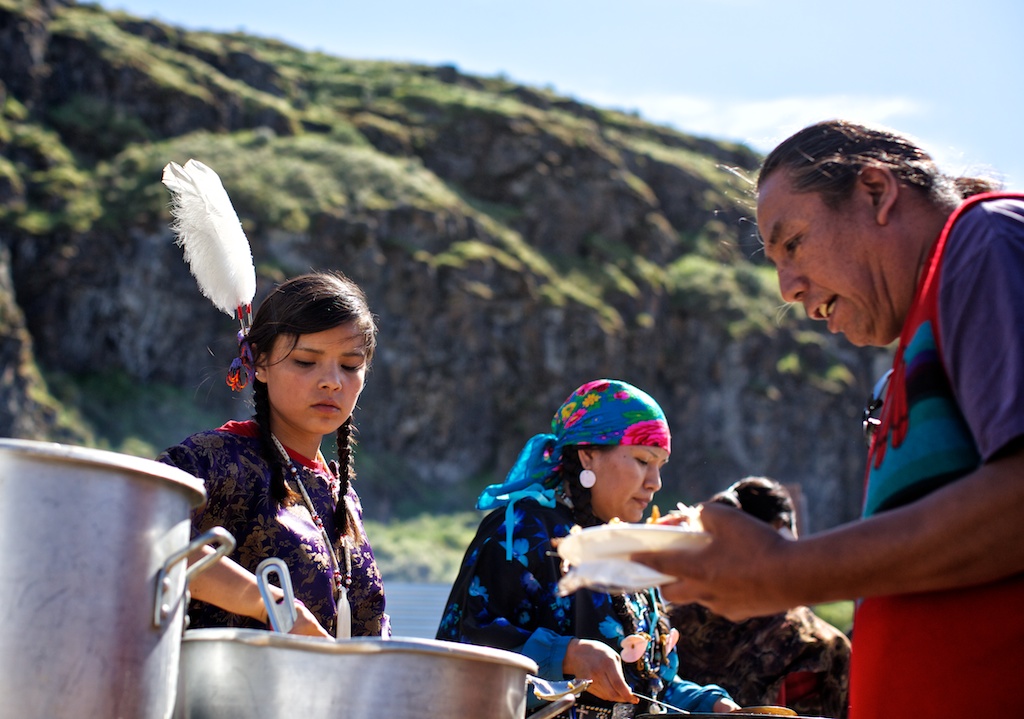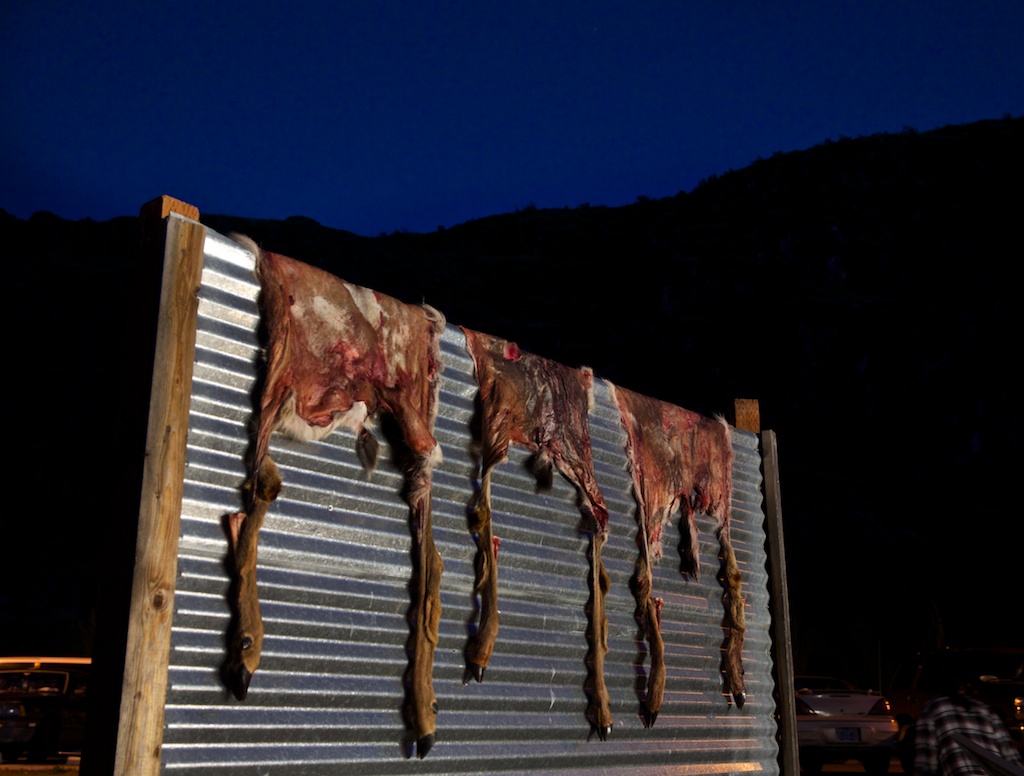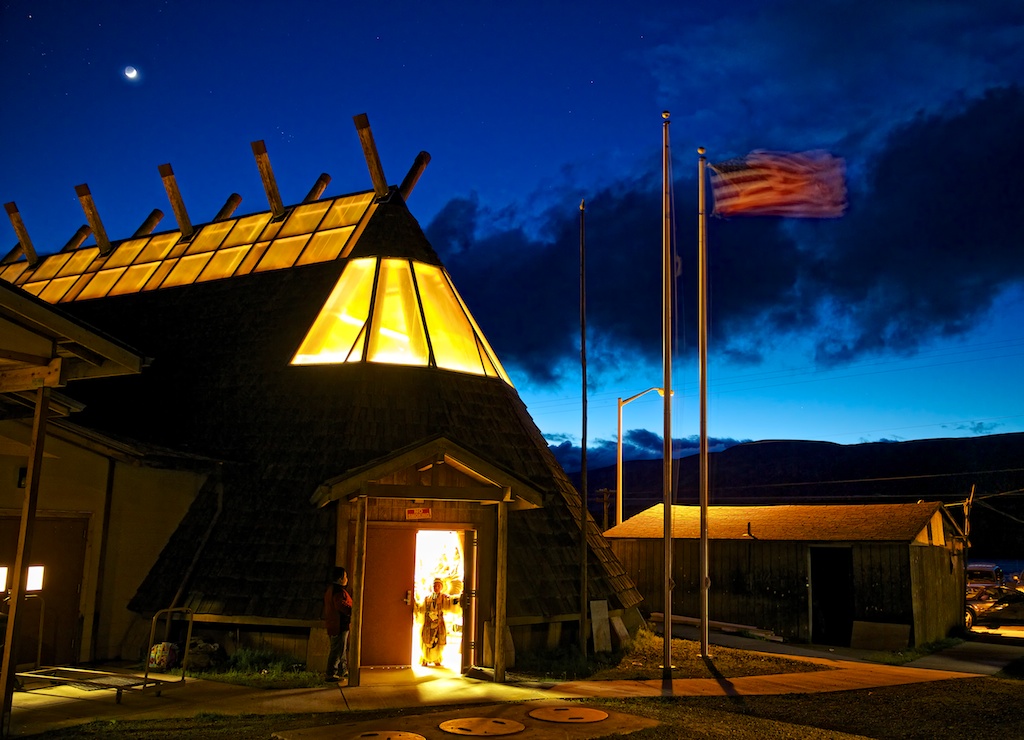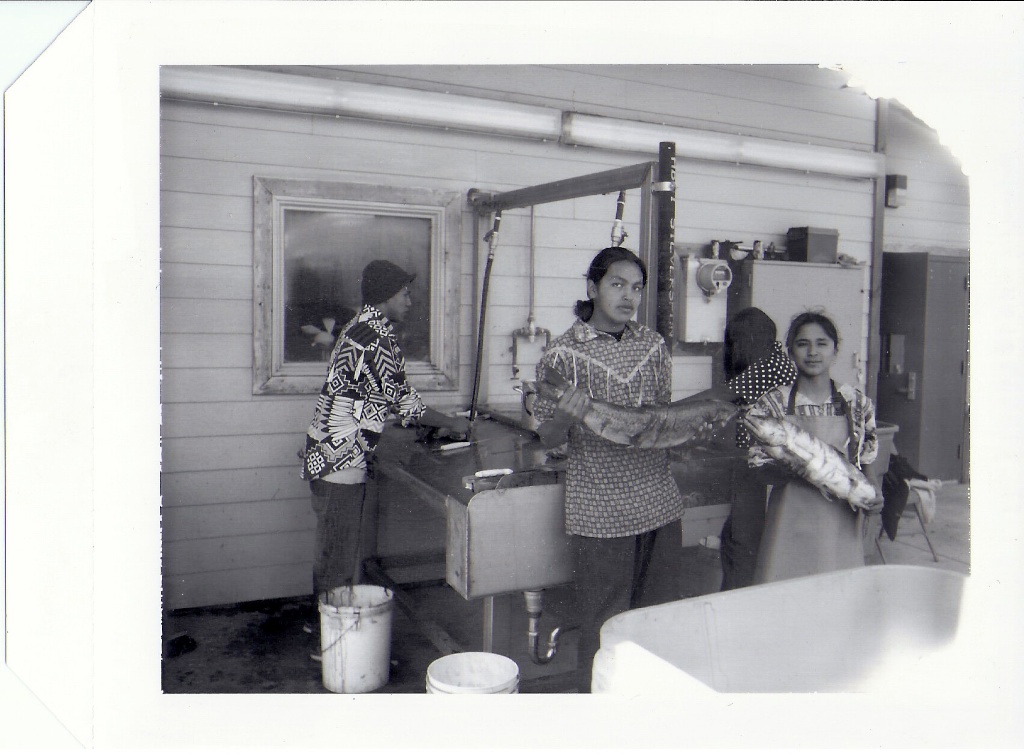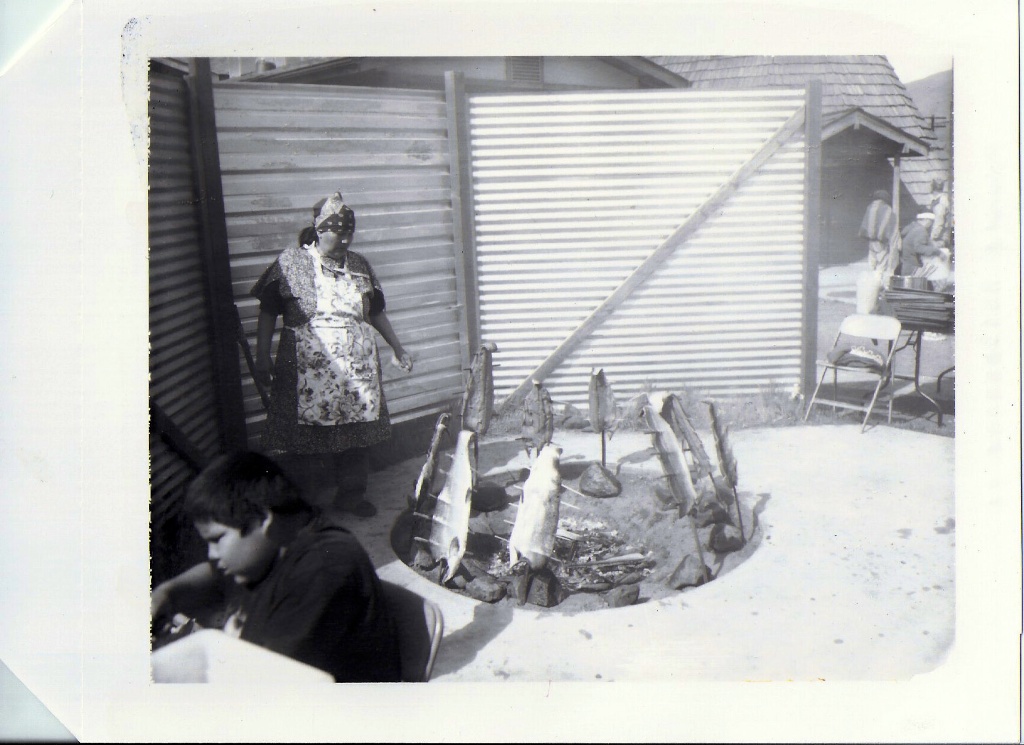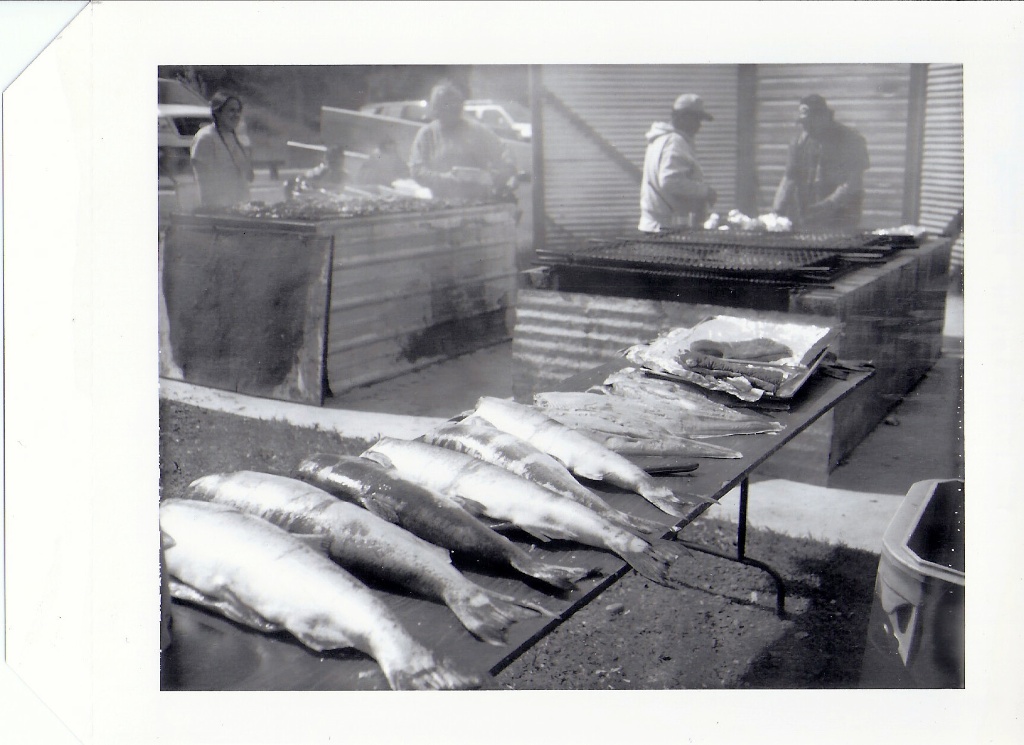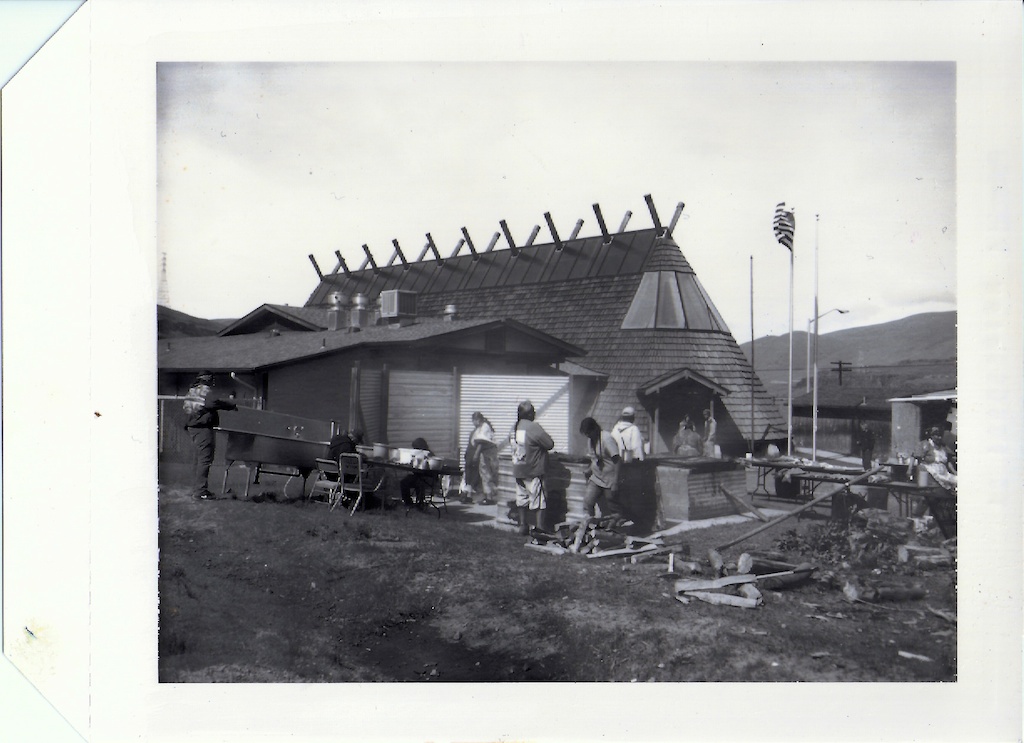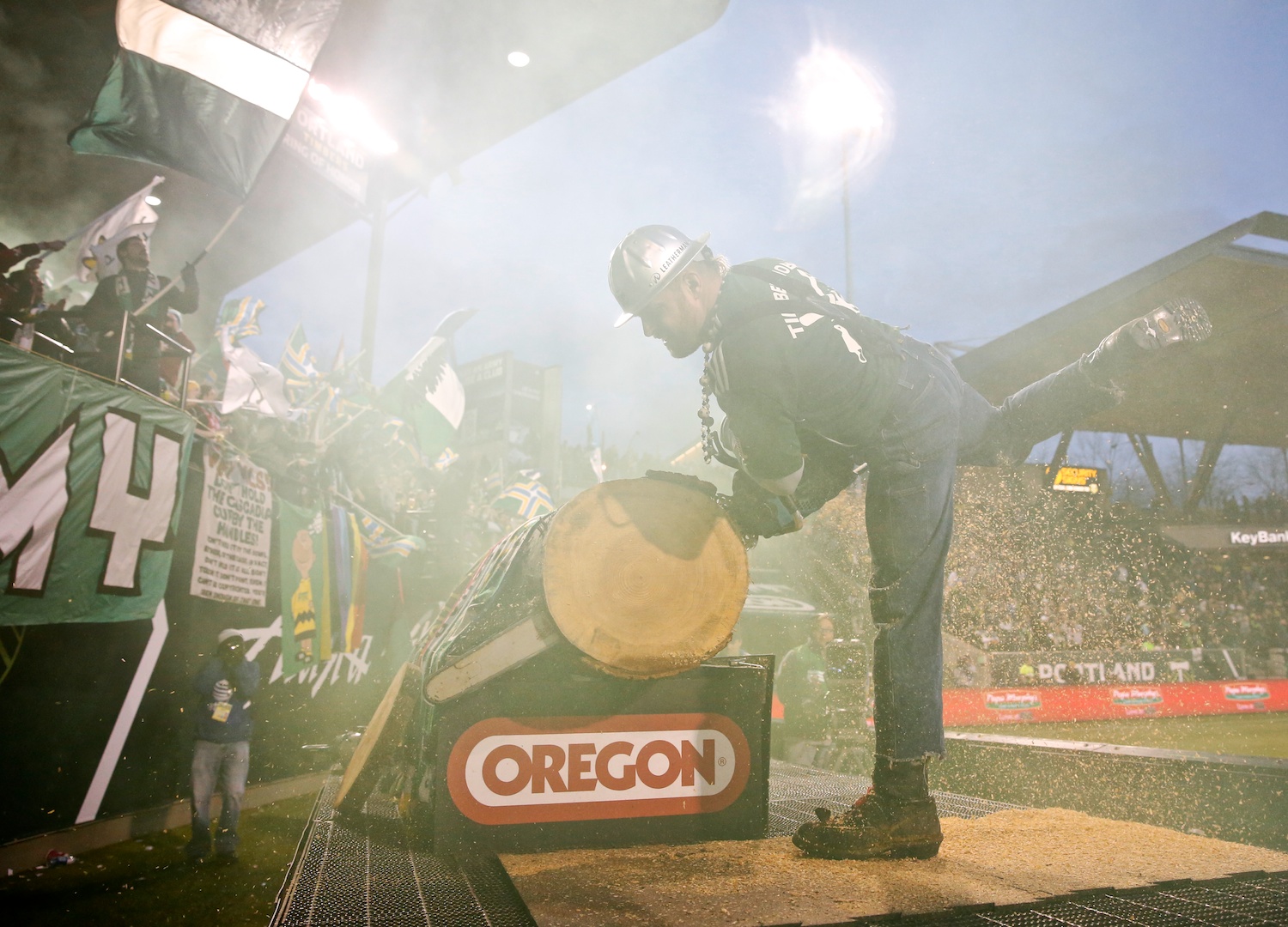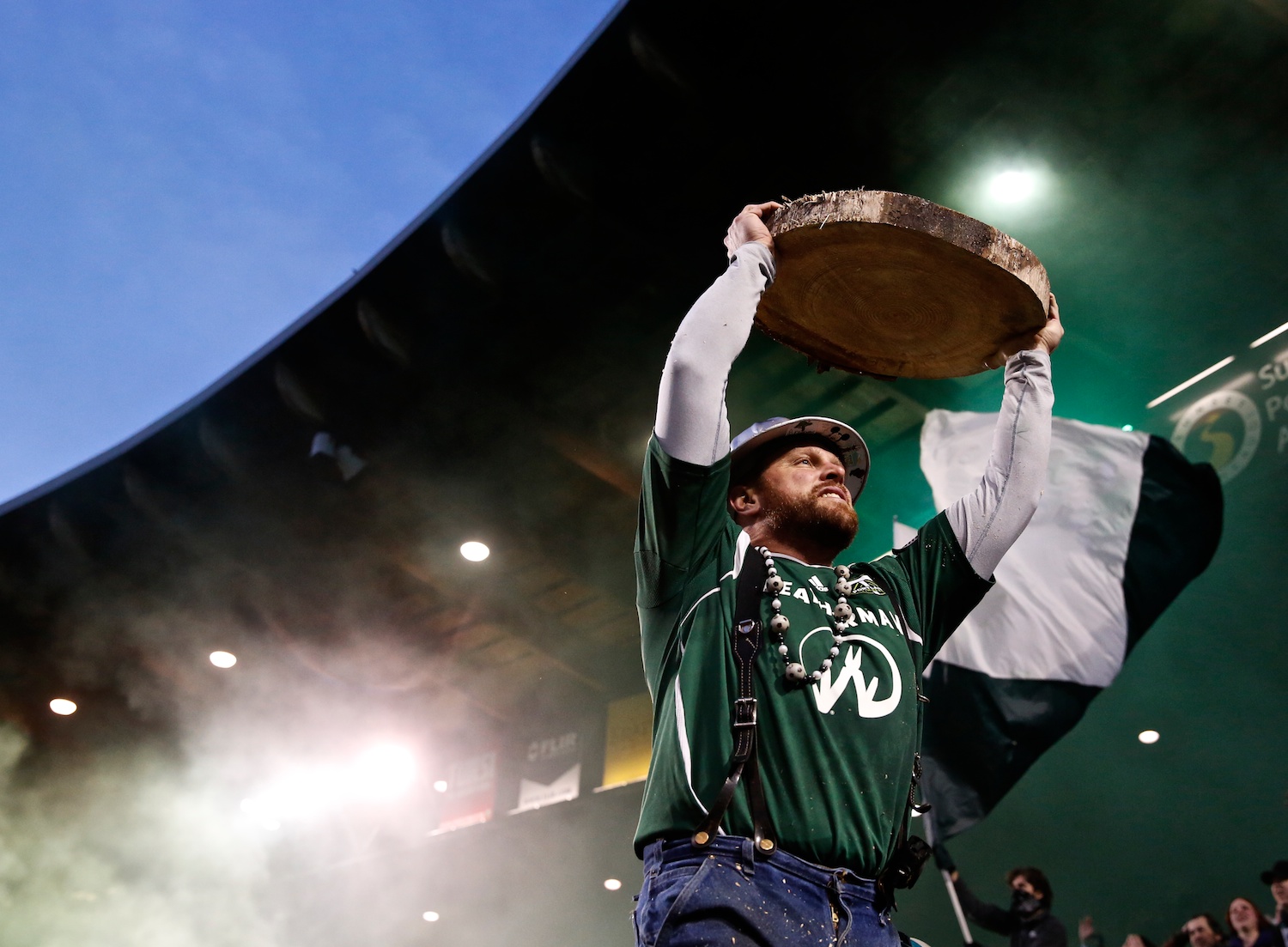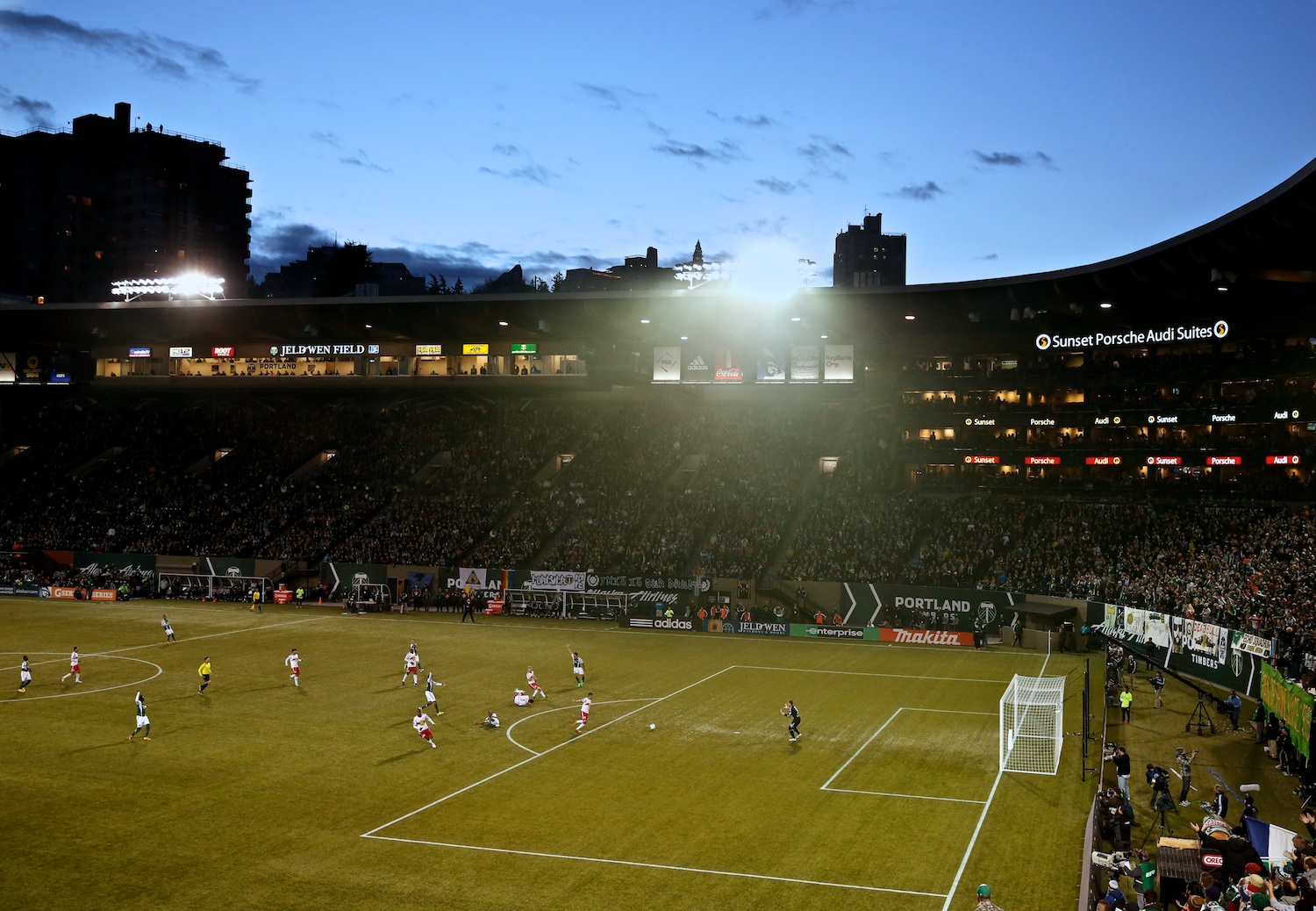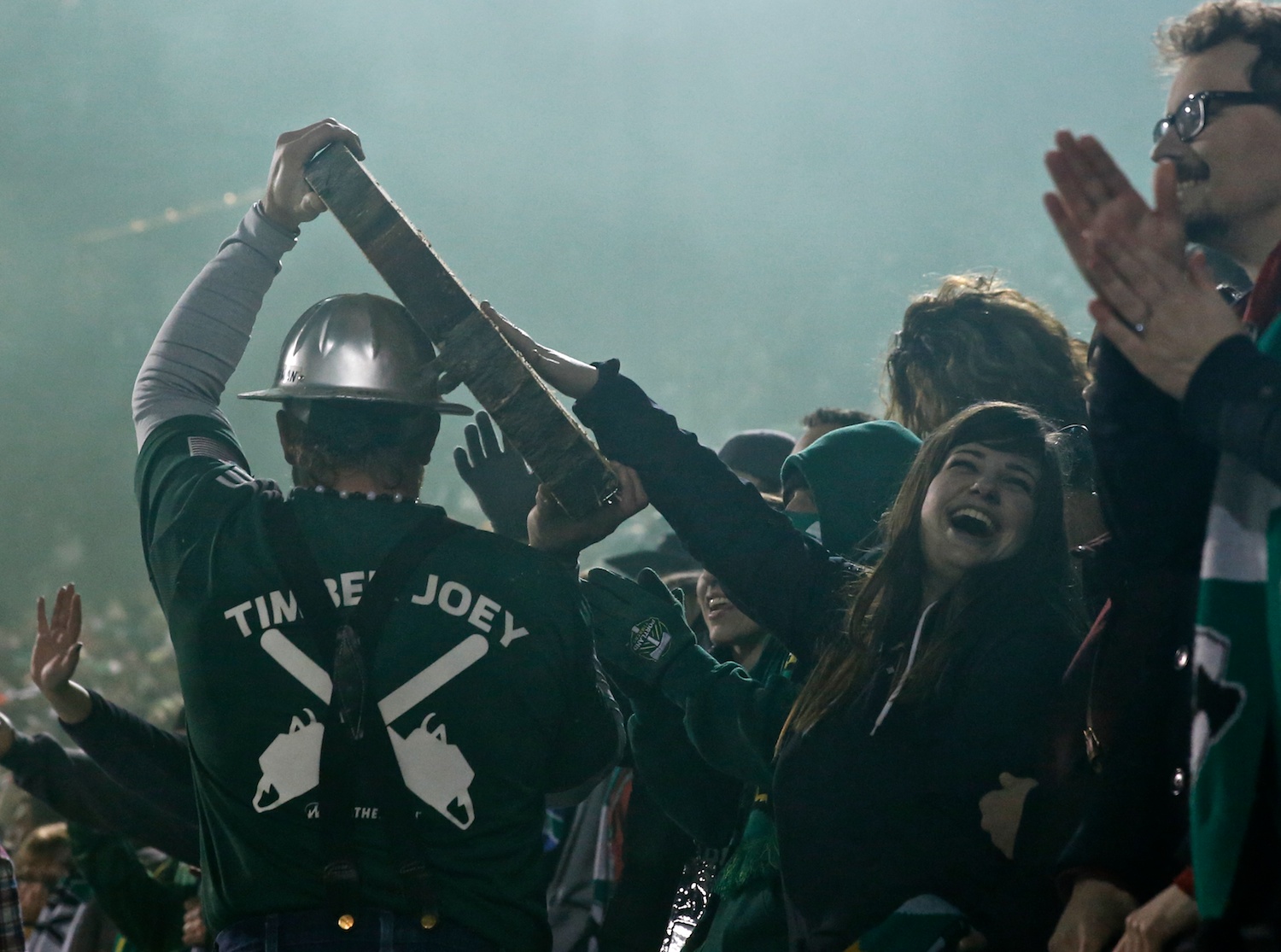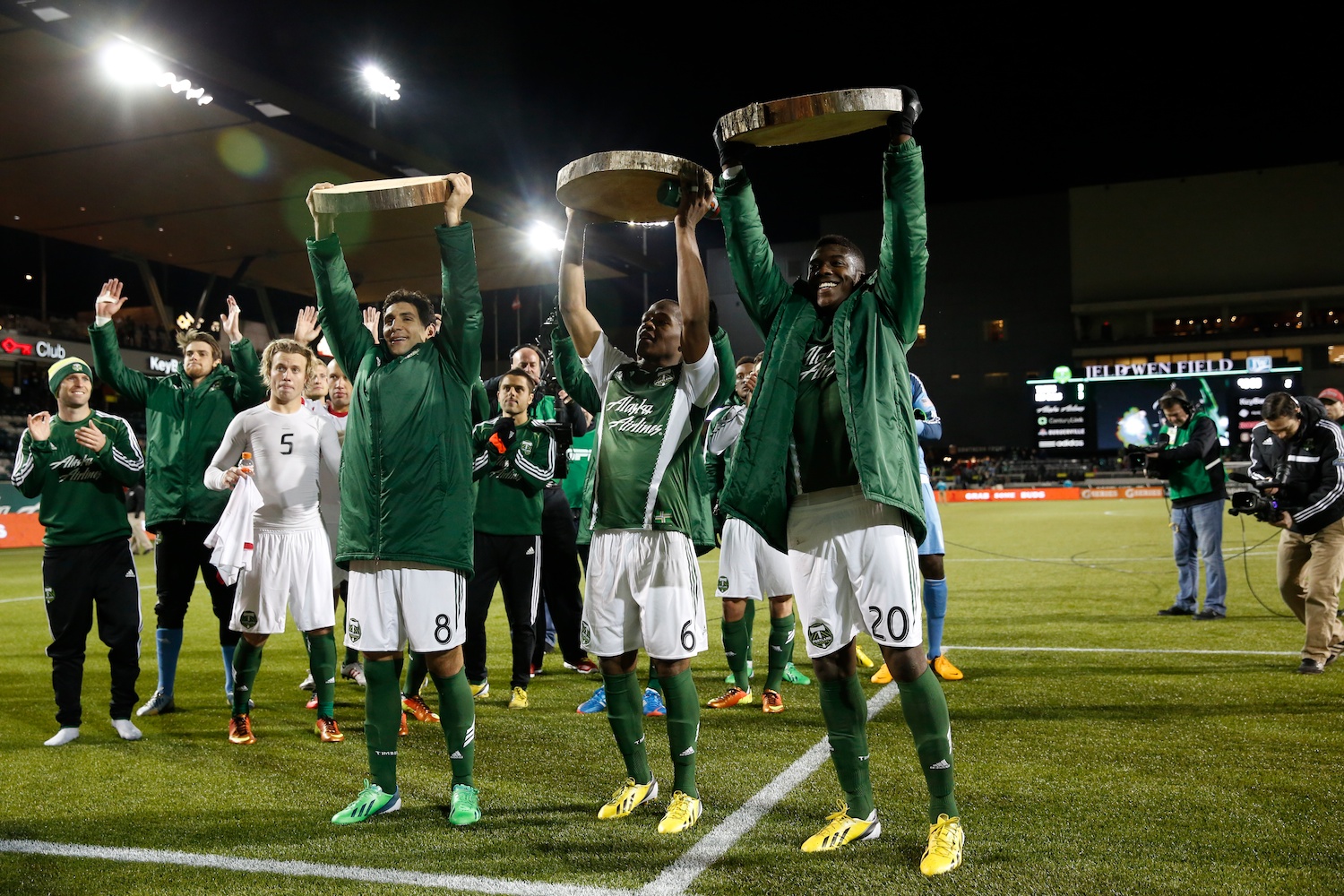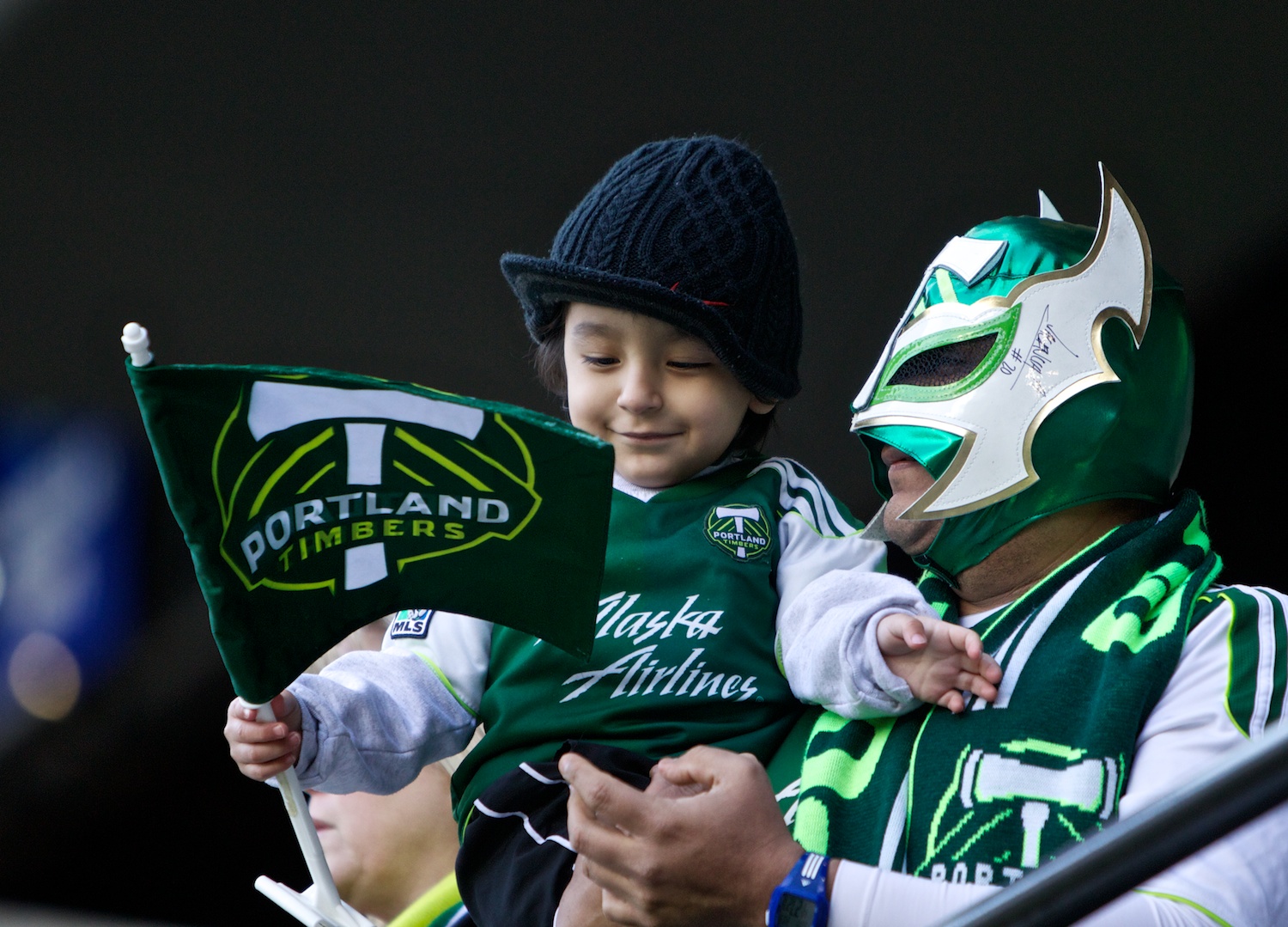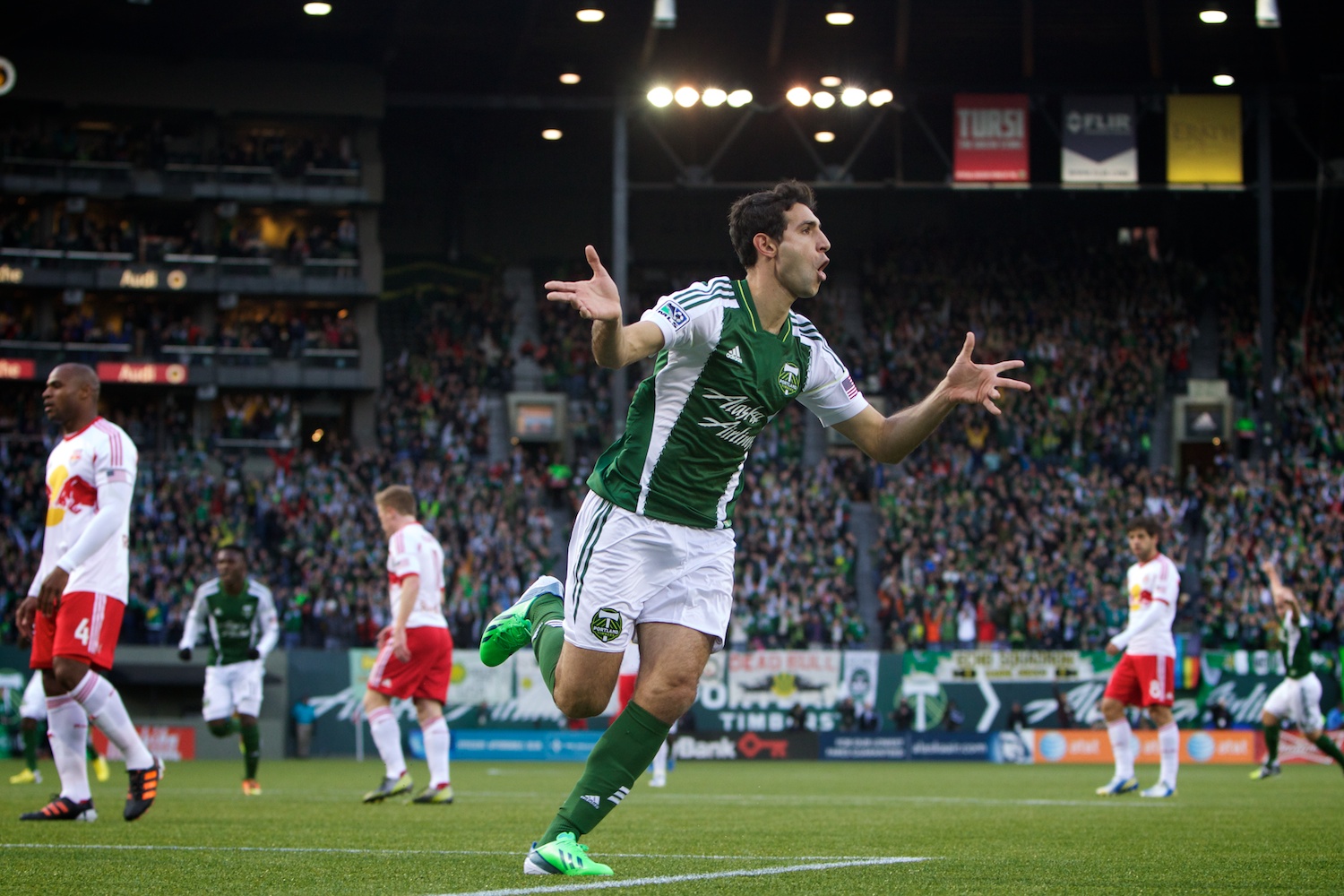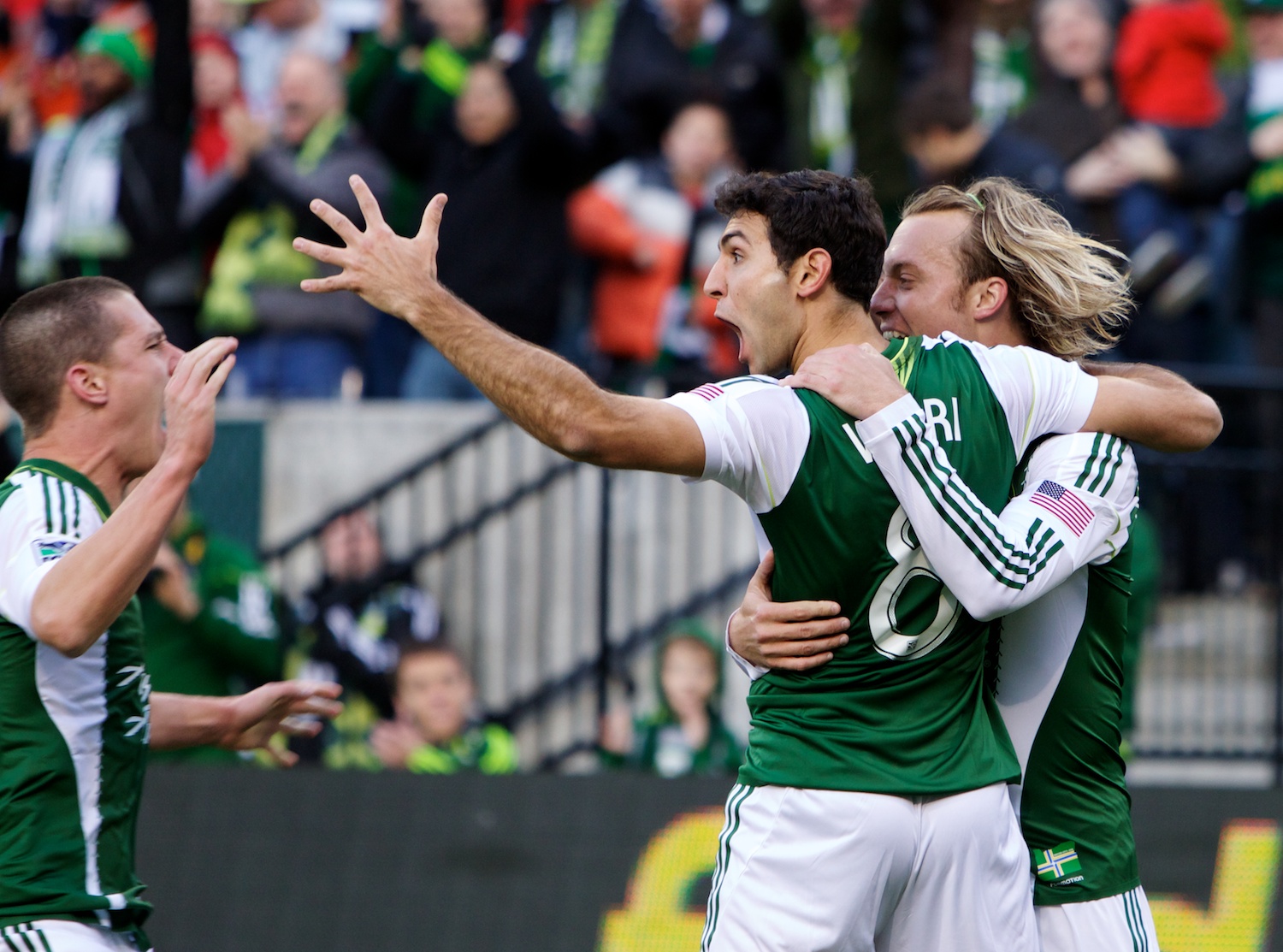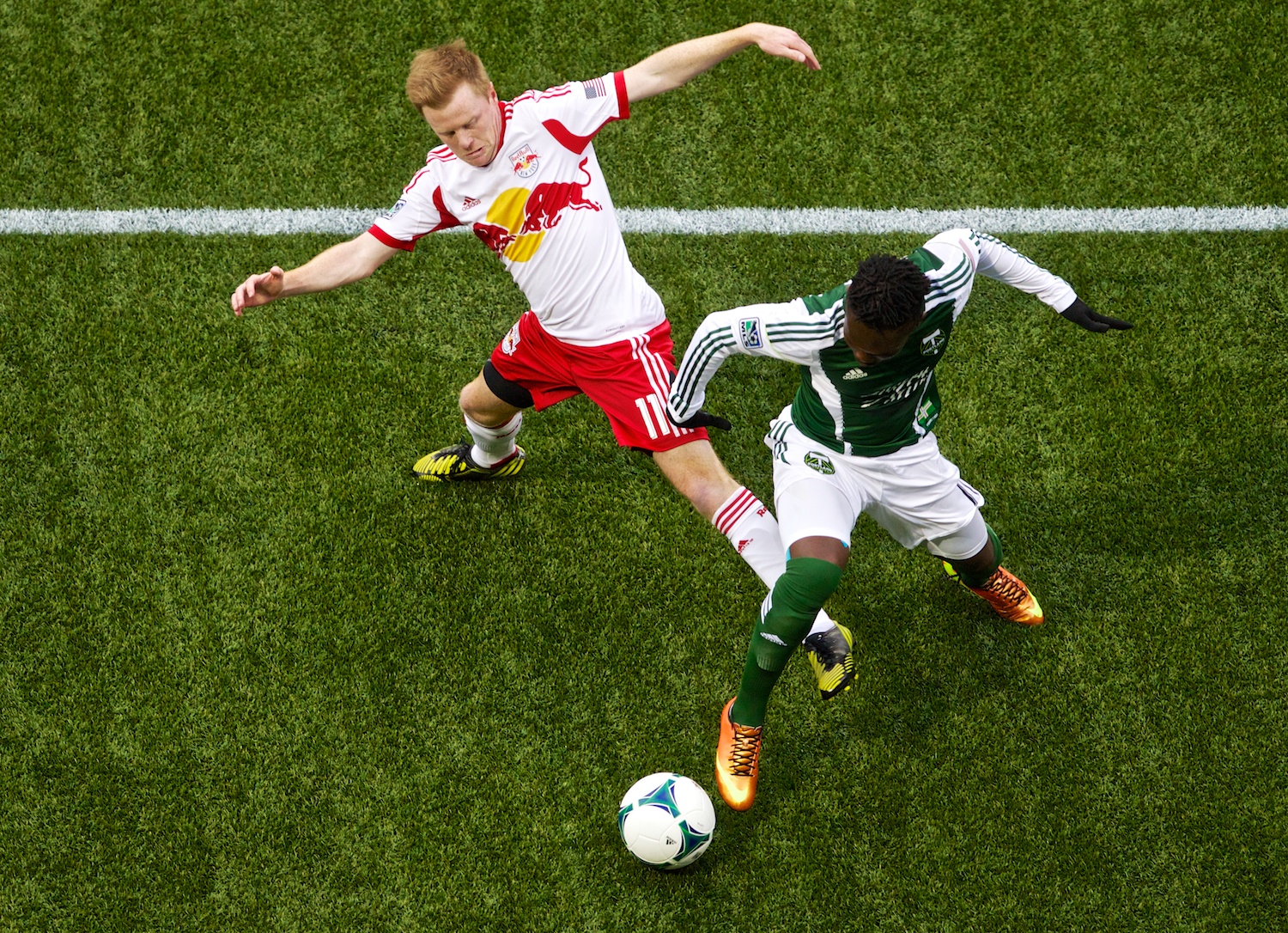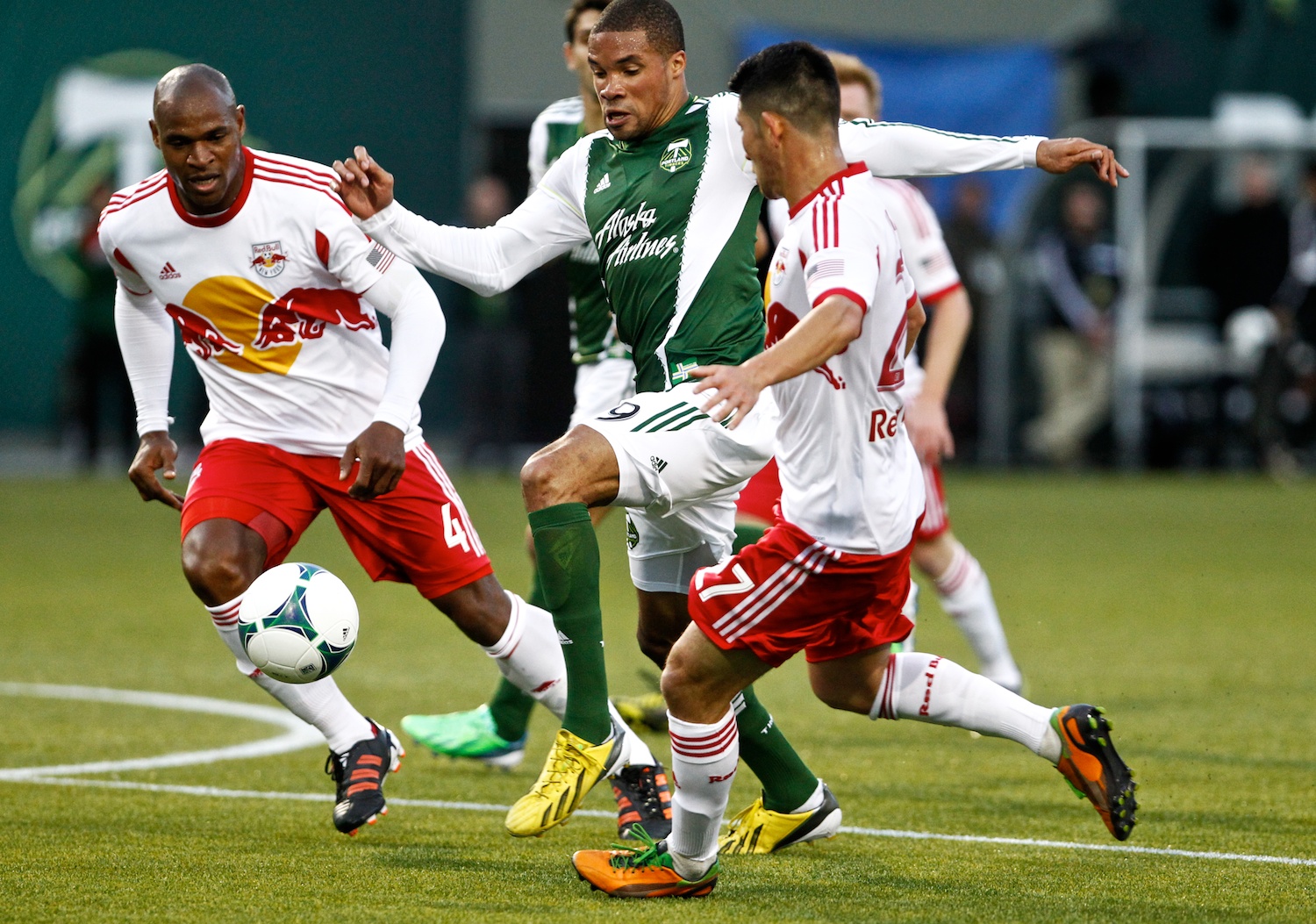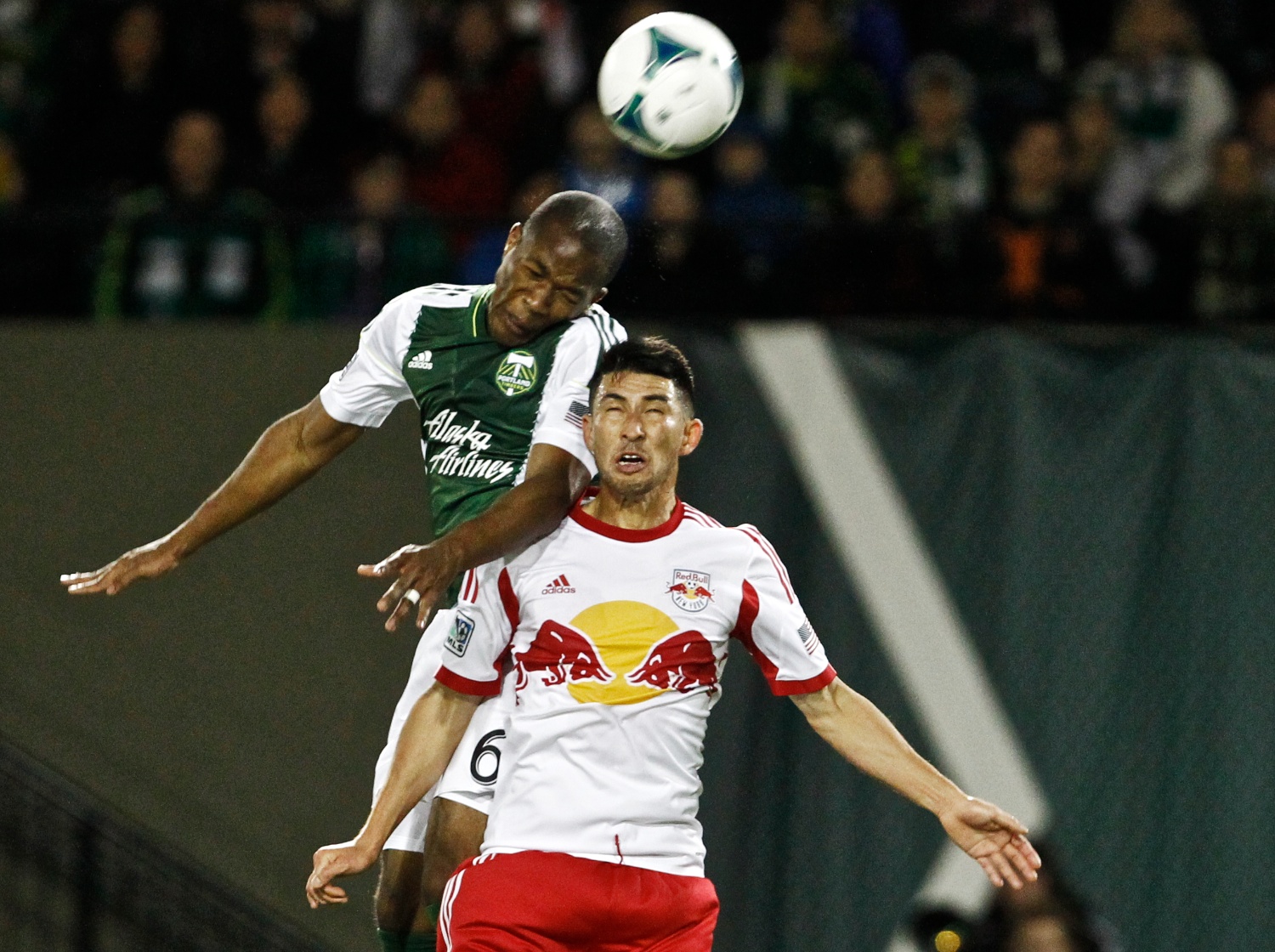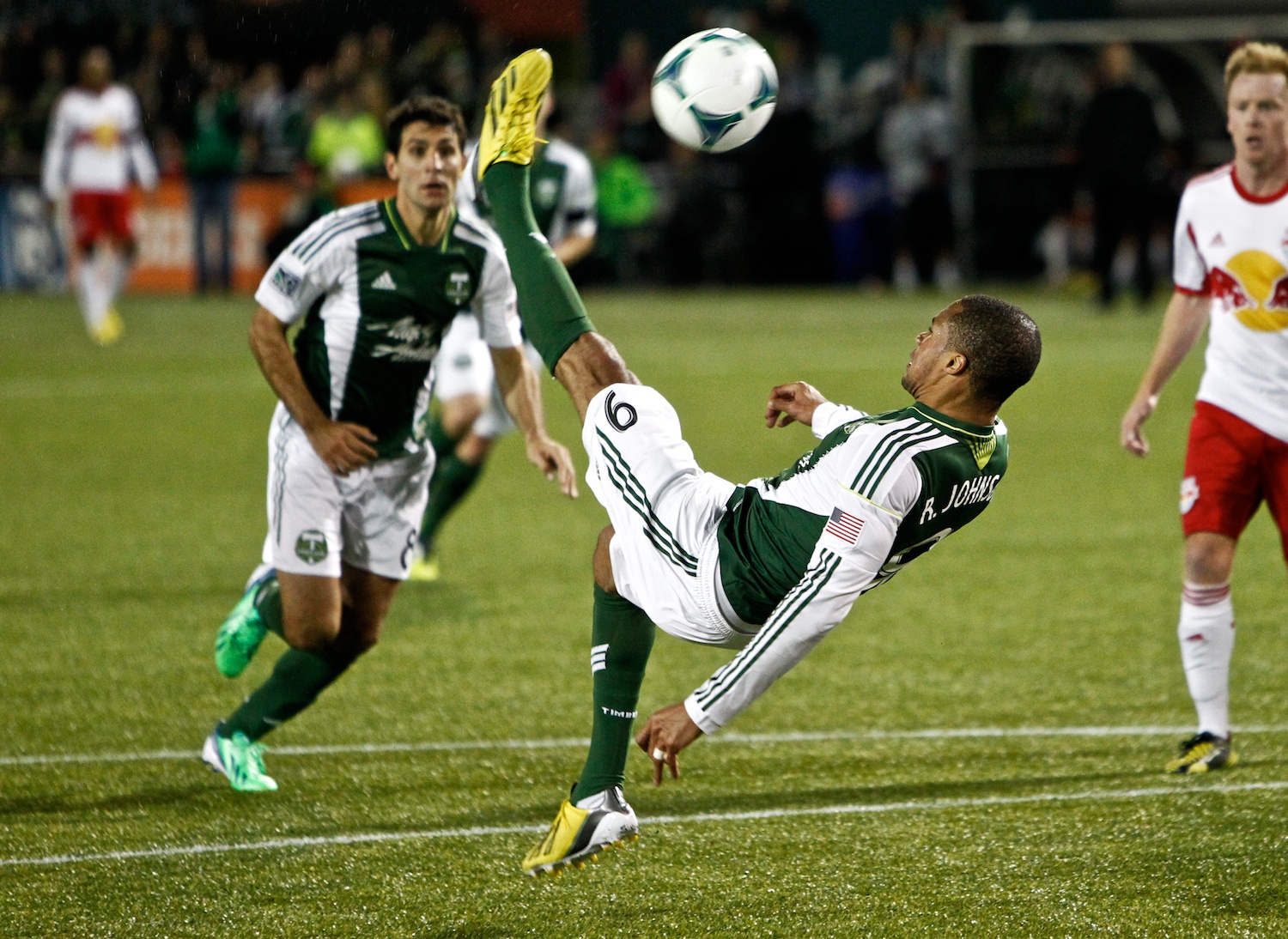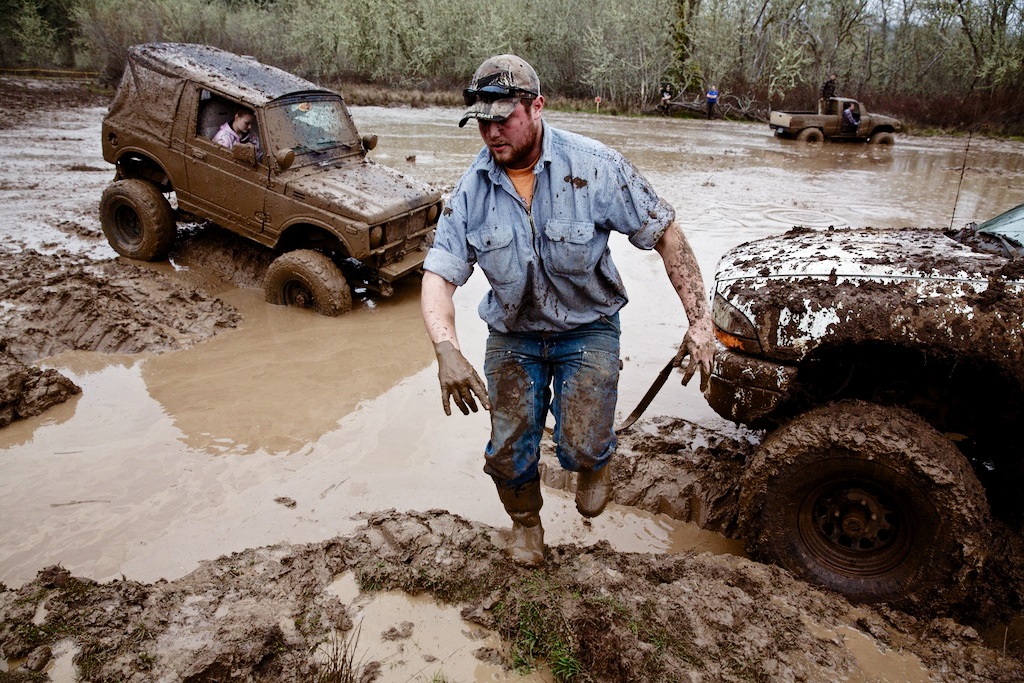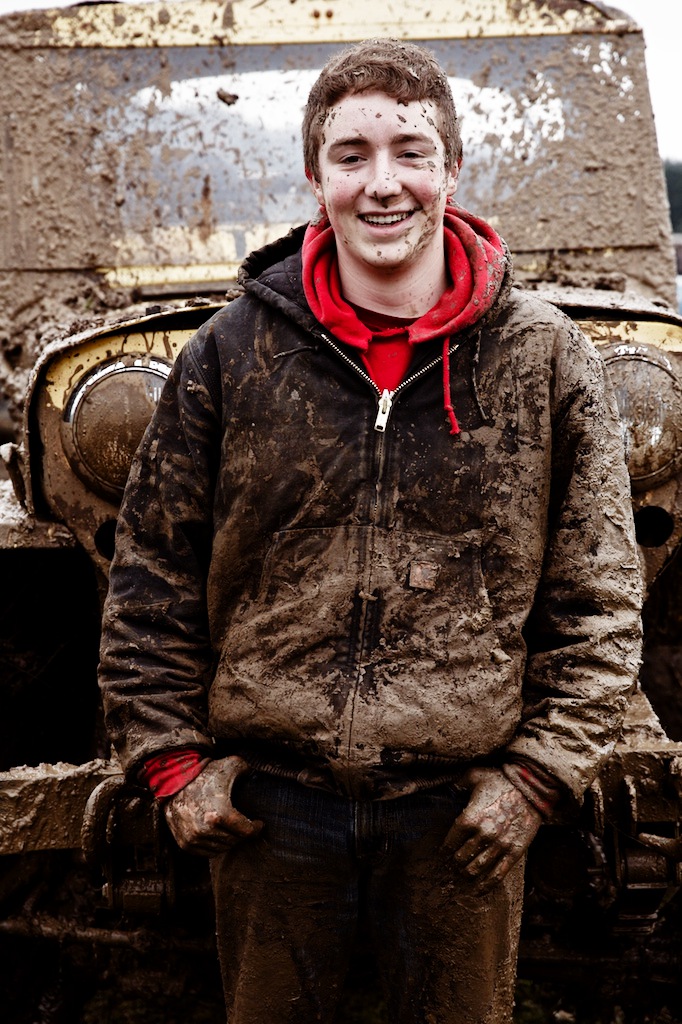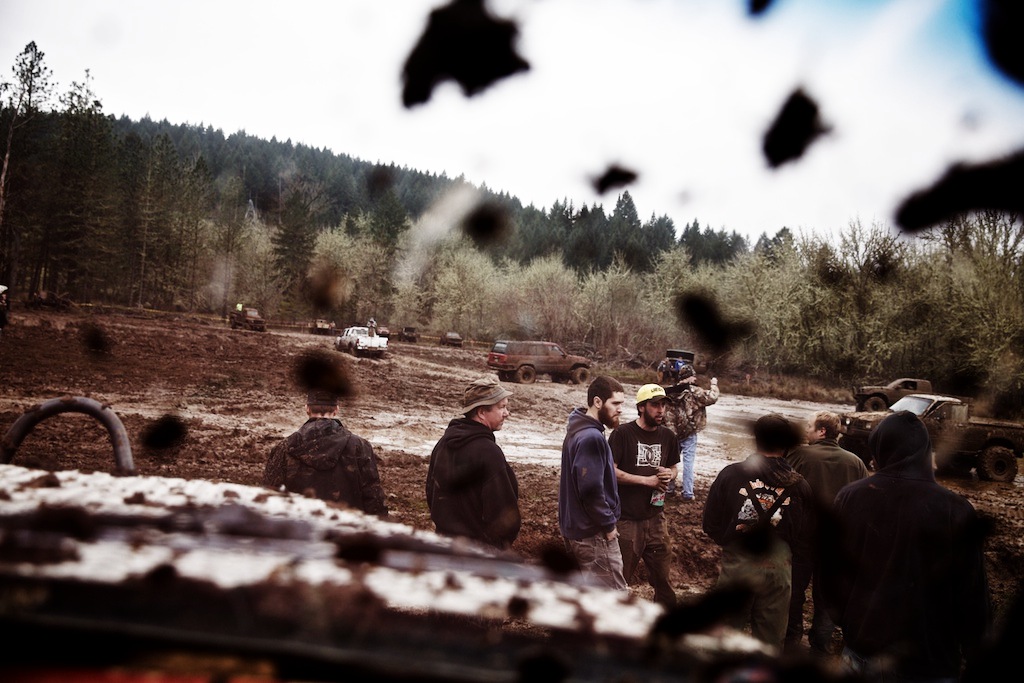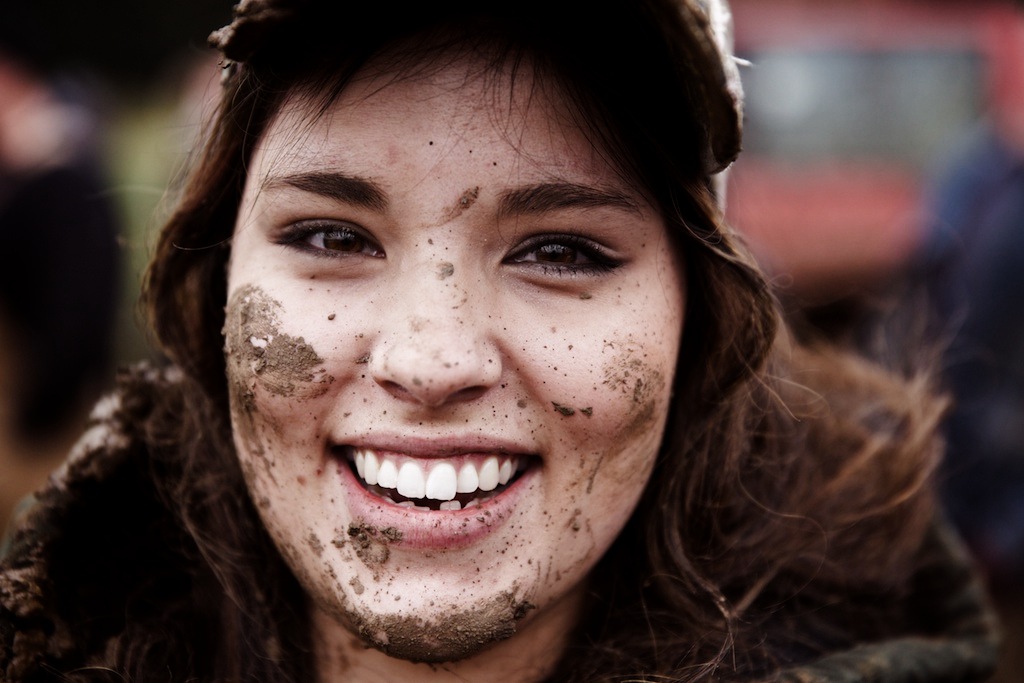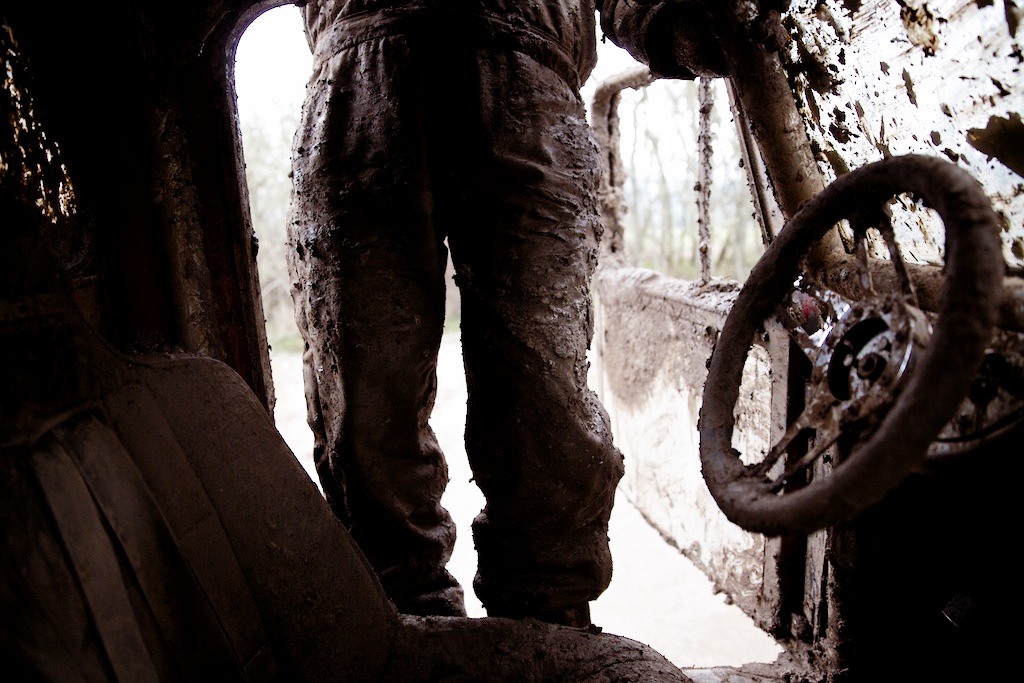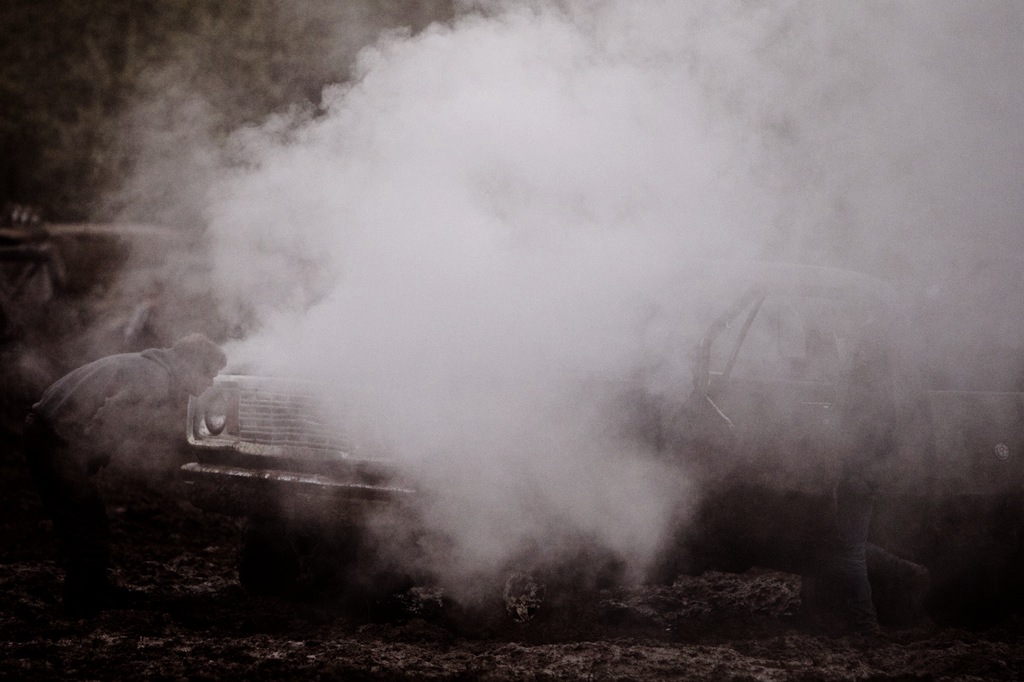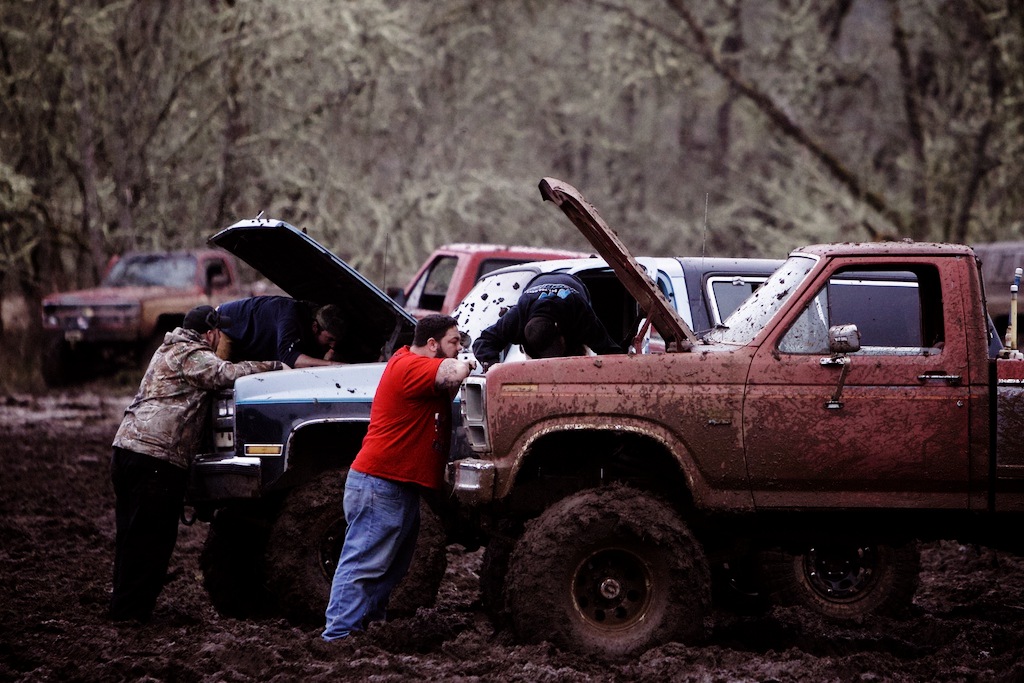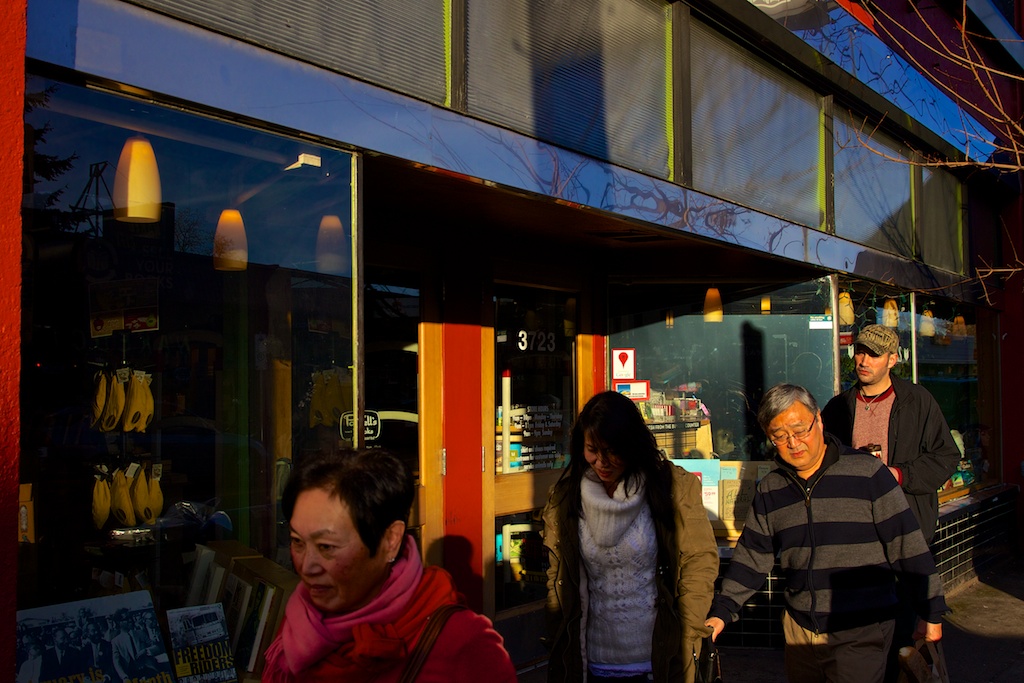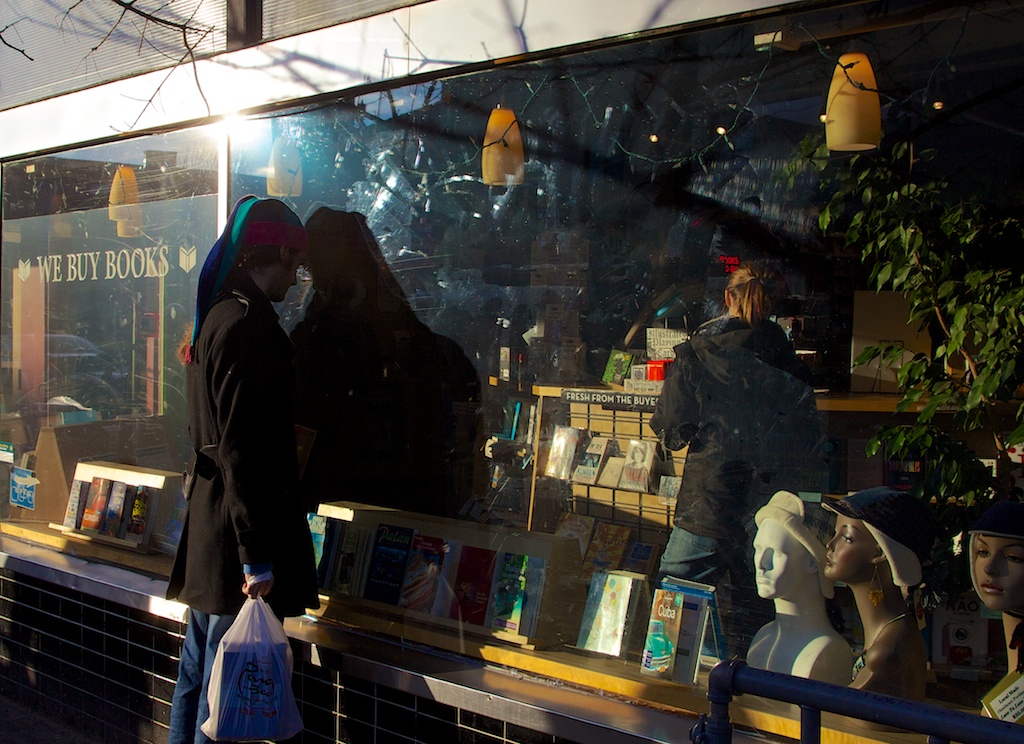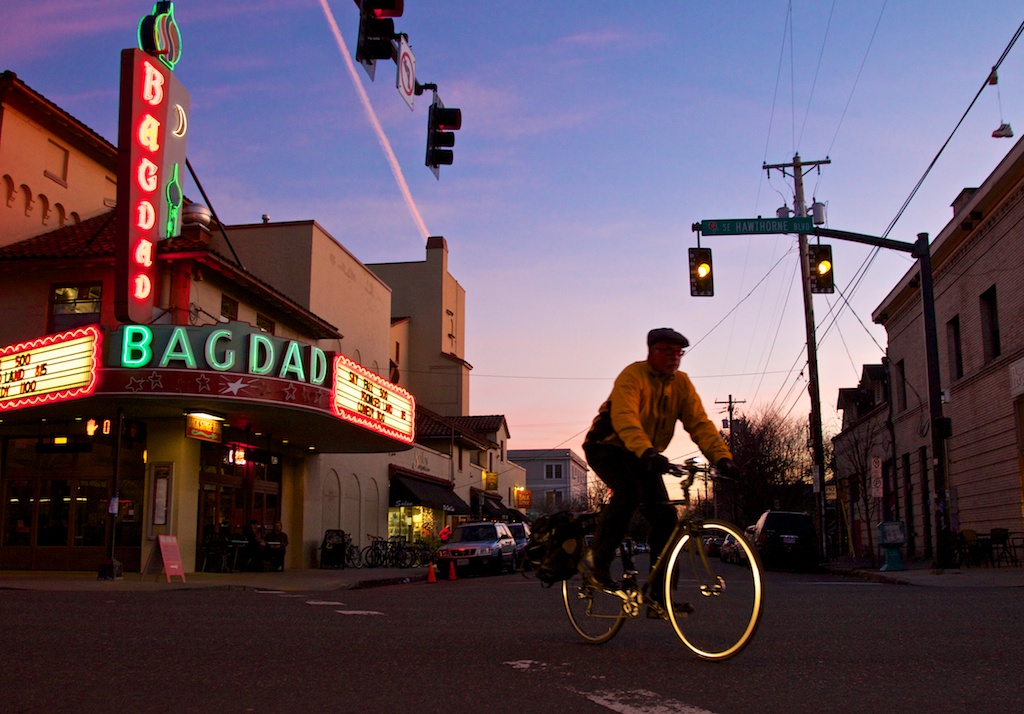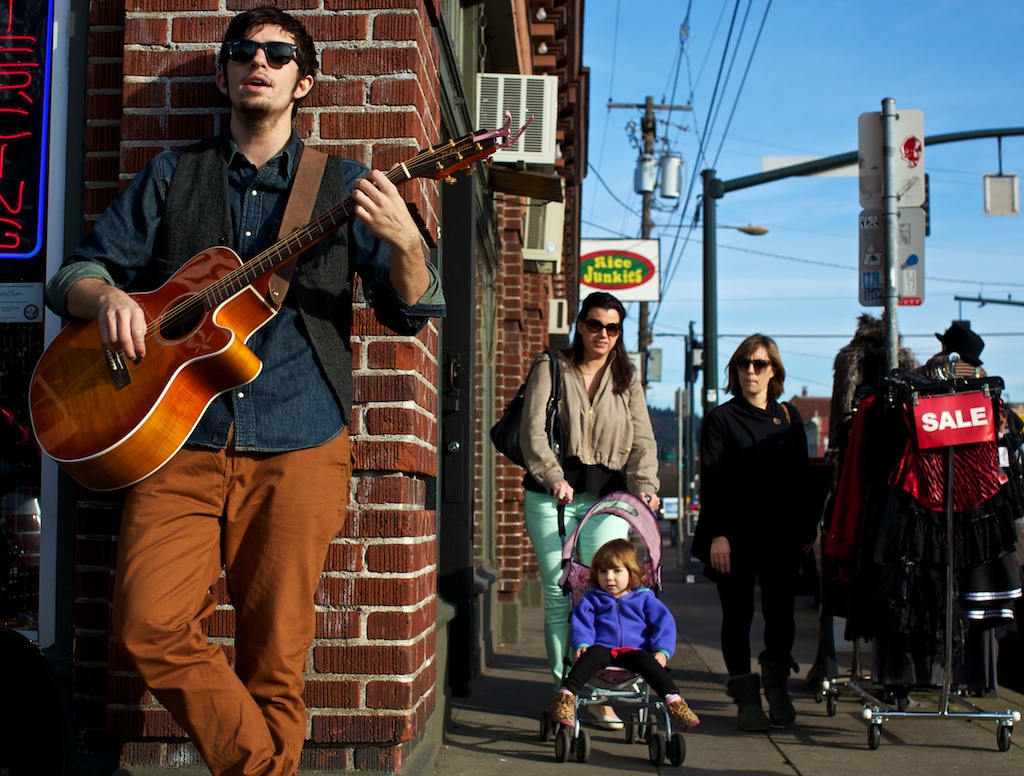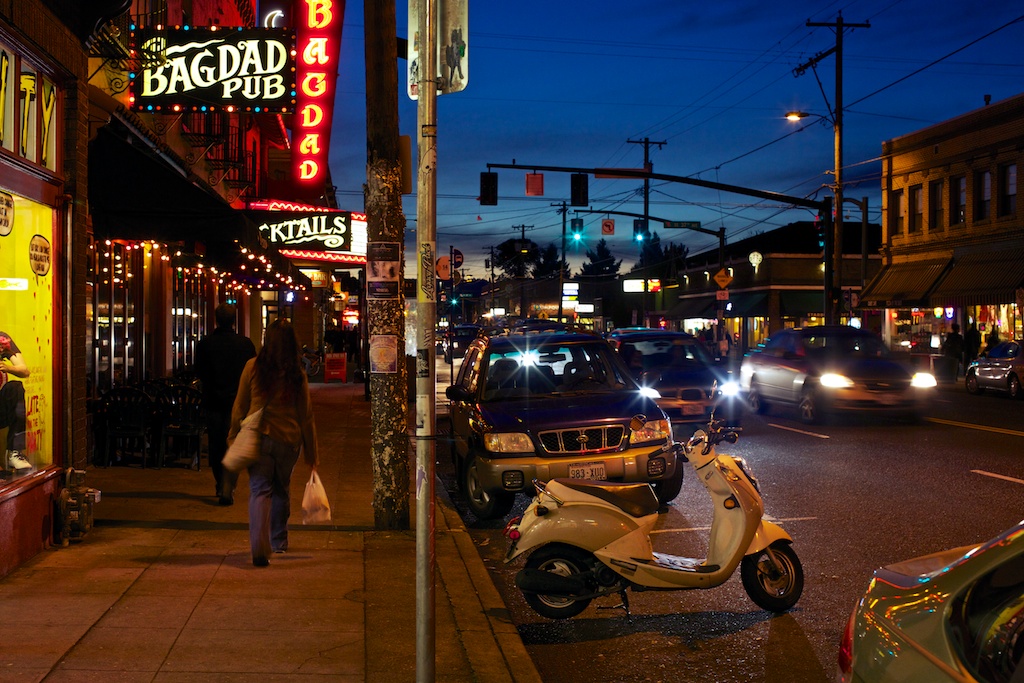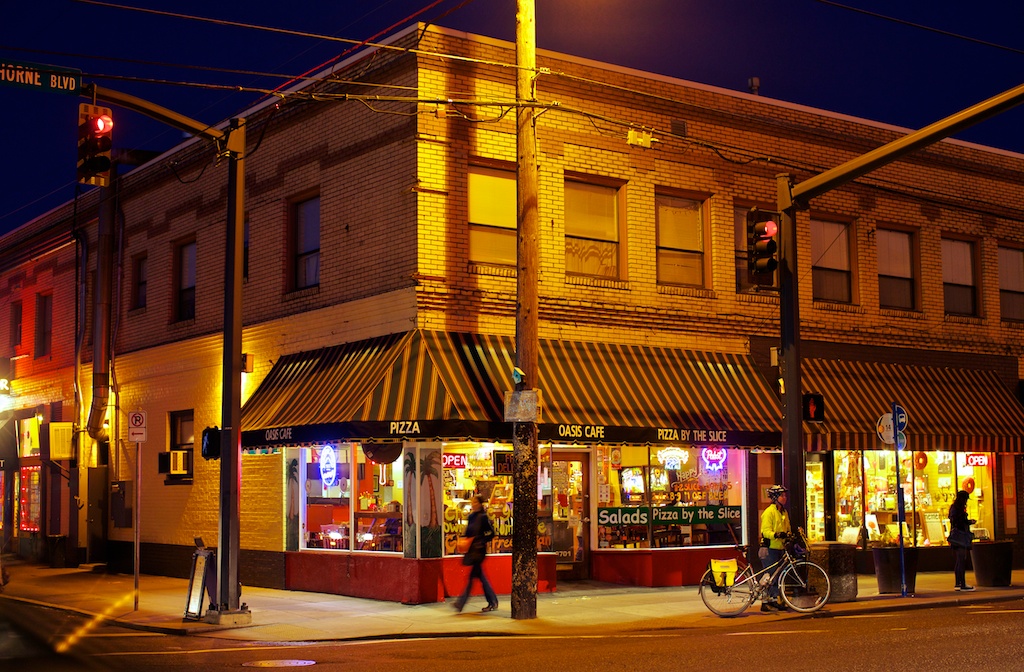Portland, Oregon-based photographer - 503.421.5700
Yakama Nation celebrate sockeye return to Cle Elum Lake for the first time in 100 year
Yakama Nation biologists released thousands of sockeye salmon into a Central Washington lake over the past four summers to restore fish runs that were decimated with the damming of area rivers and streams. Each fall, the just-released fish swam up the Cle Elum River to spawn and die. Their babies, meanwhile, spent a year in the lake before swimming to the ocean to grow into adulthood. Now, four years after the first release in 2009, those adult fish are returning to their birthplace to spawn, and tribal members are celebrating what they hope is the resurrection of a revered species to its native habitat. "You are part of a sacred ceremony to celebrate the return of an important ingredient to our body, our hearts, our life," Yakama elder Russell Jim told the crowd gathered on the shore of Cle Elum Lake.
Tribal fisherman harvest Pacific lamprey from the Willamette Falls
Tribal fisherman from Pendleton motor to the Willamette Falls to harvest lamprey, Sat., Jun. 29, 2013, in Oregon City. The fish hang out in pools below the falls and also climb the rock walls to move up stream. The take was trucked on ice for distribution to tribal members. Lampreys are round like snakes but with smooth skin and fins. Their mouth is a parasitic suction cup with concentric rings of teeth. The tribes have treaty rights that allow them to harvest Pacific lamprey. For generations, it's been an annual tradition.
Bully Creek Reservoir Gigapan
The Results of 6 Days of Track and Field
First. it was two days at the Prefontaine Classic, three days off, and back to Hayward Field in Eugene, Ore., for four more the NCAA Track and Field Championships.
I've been shooting meets there since 1997 and it never gets old. I first saw Galen Rupp and Ashton Eaton in High School. They are now both elite athletes with Olympic medals.
I always wonder which of the athletes I'm shooting at the beginning of the career will someday be standing on the podium accepting their Olympic medal. I wonder which one of them may end up disgraced after a doping charge.
I see track and field athletes as something special. They seem to be the best of what humans are capable of being, especially in the physical realm. There's not one kind of greatness with track and field athletes. Each event heat sheet is populated with a specific set of talents and attributes.
I'm always fascinated with the way a shot putter spins and throws with such grace and agility. Imagining them in street clothes, you'd never guess they'd be able to move like that. Their strength is obvious, but alone it's not what gets the shot where it needs to be.
The sprinters are all about full throttle, flat out, technical speed. Distance runners are about efficiency and strategy. Jumpers seemingly defy physics, but pole vaulters in a class of their own. I believe they possess the highest level of talent in terms strength, speed, technique and courage. Anyone can run, throw and jump, (maybe not well) but very few can get pole vault.
These photos represent my effort photographing humans at their best. It took me six days.
©The Oregonian
asportinglife.com: Know What You Want to Make - Thomas Boyd
Here's a post I wrote for asportinglife.com. I talk about narrowing your focus to make the picture you want to make.
http://www.asportinglife.com/know-what-you-want-to-make-thomas-boyd/
My Favorite 2013 Prom Photos
This year The Oregonian editors decided to dispatch the photo department to cover the local prom season. I shot four proms total and the last one was today.
Here's a link to all the prom coverage: http://photos.oregonlive.com/photo-essay/2013/05/2013_oregon_proms_-_mesd.html#incart_river
At Wilson Ranches Retreat outside Fossil, guests connect with a working Oregon ranch
I rode on a 8-hour 30-mile roundup at the Wilson Ranches. It was by far the best horse ride I've ever been on. I really got into herding cattle, mostly because the horse I was on was really good at it. Nancy and Phil Wilson made me feel welcome and part of the crew.
Here's a link to Terry Richard's story for the travel section: http://www.oregonlive.com/travel/index.ssf/2013/05/wilson_ranches_retreat_outside.html
Wapato Jail, with 10th anniversary fast approaching, remains dark and unused
The Wapato Jail was built ten years ago and has never been used. I took a tour and shot photos. Read more here: http://www.oregonlive.com/portland/index.ssf/2013/05/multnomah_countys_wapato_jail.html
Skate World Flashback to the 80's
I had an assignment at Skate World in Gresham. It had nothing to do with skating, but I marveled at the details in this space. It brought me back to 1981. Red carpet on the walls, a green floor, and massive mural of Mt. Hood.
Photojournalism has the Power to Help People
During my 23 years as a daily photojournalist, I've seen my work do good in small ways, but nothing I've done comes anywhere close to Sara Naomi Lewkowicz's recent work on domestic violence.
As a daily newspaper photographer, we do a lot of work that has little or no impact on the community. We often shoot assignments that are an attempt to illustrate process stories about government bureaucracy. They are stories that aren't obviously visual. They are assignments that need to be done and we do them the best we can and move on the next.
I was shooting just this type of assignment yesterday. It was essentially two city bureaucrats giving us a tour of a half-empty building. In that building we came to a room that was used by the police department to train victim advocates. These are people that help victims of domestic violence through the process of the justice and social agency system.
In the classroom hung 39 photographs. They were printed with full captions, a byline, and the Beaverton Police Department logo on the lower corner of the page. It was obvious someone put forth a lot of effort and expense to create the display.
Sara Lewkowicz's 39 photos hang in a class room for training victim advocates.
I realized someone at the Victims Advocate Training Academy responsible for teaching volunteers decided that the most important visual teaching aid they could use in their classroom was photojournalism. It isn't just any photojournalism, it's a body of work that showed in great detail the legal, physical and emotional story of domestic violence.
This forensic evidence I found hanging on the wall was tangible, indisputable proof, that photojournalism could help people. In this specific case, it helps volunteers that go with police to domestic violence calls better understand what the victims are going through. Sara's photos help victims of domestic abuse be better understood and better served during a very difficult time. I imagine every volunteer having Sara's images in their mind as they roll up on a scene.
As important as it is for those volunteers to see this work, it's just as important to me to see work like this doing good and helping people. Photojournalists don't get the opportunity often. It makes meaningless assignments more bearable knowing that someday we may get the opportunity ourselves to once again have our work make a positive impact. We want to know the possibility still exists.
Galen Rupp and Mo Farah train with Alberto Salazar
Oregonian track and field reporter Ken Goe and I had the rare opportunity to document Galen Rupp and Mo Farah during their work out with running legend Alberto Salazar. If their names aren't familiar to you, let me refresh your memory. Galen Rupp won the silver medal in the 10k during the London Olympics behind his British training partner Mo Farah. They are two of the most accomplished distance runners in the world today.
Goe brilliantly tells the story of how Salazar uses scientific methods to shape their training.
Here's a link to the story in The Oregonian, which also has a video I produced: http://www.oregonlive.com/trackandfield/index.ssf/2013/04/for_mo_farah_and_galen_rupp_it.html#incart_m-rpt-2
©The Oregonian
Prom!
The Oregonian has decided covering high school proms is a priority for the photo department. I shot my first one of the season last night. I must say, it was kind of fun. Everyone is in a good mood, dressed up and having a good time. Good vibes everywhere. Here a few of my favorite images.
©The Oregonian
First Salmon Feast at the Celilo Indian Village
One of the Plateau tribes’ most important ceremonies is the First Salmon Feast. This salmon ceremony must occur before open fishing can take place. It is why every fishing season begins with a ceremonial harvest for fishers to catch salmon for use in these ceremonies. The timing of these feasts matches the arrival of the salmon to each longhouse. The feasts move upriver with the fish. On this weekend, the feast takes place at the Celilo Indian Village 13 miles upriver from The Dalles.
I showed up Saturday as the pow wow portion of the weekend was in full swing. Dancers were in full regalia and competing fiercely for points that could win them a nice prize. The barn was full. They danced on a packed dirt floor and there were at least a half dozen circles taking turns providing the songs.
I was treated great by everyone involved. Fred Hill, Sr., was the master of ceremonies and tried to get me dance! No way was that going to happen! No one needs to see that. He got some good laughs from crowd at least.
I started early Sunday morning and started shooting as they built the fires. I shot fish being cleaned, filleted and placed on sticks and the grill. They butchered four deer for the occasion as well.
I wasn't able to shoot the actual ceremony, but there was plenty going on outside the long house to keep me busy.
I'm grateful for Bobby Begay and everyone else who showed me first class hospitality the entire weekend. The food was great and I hope to be able to do it again.
©The Oregonian, 2013
First Salmon Feast in Celilo on Type 55
During some down time, I pulled out my trusty 1941 Speed Graphic and loaded some out-of-date Polaroid Type 55 black and white film. It was really optimum conditions to shoot this film. I had direct sunlight and in the case of the portrait, some very bright shade. I wasn't equipped to wash the negative so just kept the print and scanned it.
Timbers Tie Red Bulls in Season Openers
The Portland Timbers rallied from a 3-1 deficit and managed to scrape out a wild 3-3 draw against the New York Red Bulls in front of a sellout crowd of 20,674 at Jeld-Wen Field Sunday night.
The second half was brilliant. Ryan Johnson nearly made a bicycle kick in stoppage time and I'm pretty sure the photographers (namely me) were as disappointed as he was it didn't go in. It would have been epic and, more importantly, I had a good photo of it. It's insanely rare to see a goal on bicycle kick and even more so for it to be the game winning goal in stoppage. I'm pretty sure the Timbers Army would have stormed the field.
©The Oregonian
Mud Fest 2013 in Sweet Home, Ore.
I've been wanting to shoot Mud Fest for a long time and today I finally made it to one. I learned one thing. They don't call it Mud Fest for nothing. I cannot overstate how muddy it was. It made shooting very difficult. In fact, the mud actually shut me down after I went for a ride in Steven Montpas' 51 Willys. My rain gear and hands were so muddy I would have damaged my cameras if I were to continue.
But, I'm always up for a good ride and this was one of the best.
©The Oregonian
Hawthorne Blvd. in Portland, Ore.
Excerpt from The Oregonian:
Before there were densely packed, redeveloped shopping hubs along North Mississippi Avenue, Alberta Street or Division Street, there was the Hawthorne district.
The four-lane, heavily trafficked Southeast Hawthorne Boulevard was the first inner-Portland street to be transformed from its blue-collar roots into a foot traffic-friendly blend of boutiques, specialty shops, bookstores and restaurants, setting a pattern that has since been followed across the city.
Where the changes that have come to Alberta and Mississippi, for example, have raised concerns about gentrification as longtime, lower-income residents find themselves priced out of their neighborhoods, the evolution of Hawthorne has been more gradual and more organic.
Though the more affluent Mount Tabor neighborhood anchors the far east end of Hawthorne, the central core of the Hawthorne district is historically a working-class area. For decades, the businesses on the boulevard served Sunnyside and Buckman residents. A Bureau of Planning 2003 study of the area's history noted that the 1940s and 1950s saw a major change in "the growth of local bars and taverns ... This type of commerce, especially abundant between Southeast 34th and Southeast 37th, catered to the increasing working-class residents during and immediately after World War II."
By the 1980s, Hawthorne was beginning to see a few changes, as blue-collar taverns began giving way to specialty stores. Barbara Tom, co-owner of Murder by the Book, recalls Hawthorne's grittier days, back when the bookstore opened in 1983.
"I remember that very clearly," Tom says of the divey watering holes that used to populate the boulevard. Her store, which specializes in mysteries, was first located near 37th Avenue, and later moved closer to 32nd.
Since then, Tom says, "it's gotten more upscale, but not too upscale, as far as I'm concerned."
Read more here: http://www.oregonlive.com/living/index.ssf/2013/02/the_heart_of_hawthorne.html
©The Oregonian
The Day I Turned "Pro"
It's interesting how much stuff I've rediscovered after moving into a new house. I was going through boxes and found a receipt from the first professional camera and lenses I bought.
At first I extended my arm toward the trash can and then froze. I realized it signified the day I became a professional photographer. At that moment, on June 9, 1990, at least in my mind, I turned pro.
It was the moment when I was all in. There was no turning back. It was that..or failure... and failure wasn't an option. I had been out the Marine Corps for two years enrolled at Portland State University. I was getting assignments from The Oregonian and the Associated Press at the time. I was using an Olympus OM-4 and OM-1, which were somewhat acceptable for a pro, but not quite. Especially since the Nikon F4 was out. It was autofocus and everyone was moving in that direction. I decided that's what I needed if I were to work as photojournalist.
I see from the receipt, that Citizen's Photo gave me $655 for all the Olympus gear I traded in. That may seem like a lot but I had at least five lenses including a 180/2.8. With that, I owed them $2350 for the F4, an 80-200/2.8, 24/2.8 and a 35/2.
I sold my banjo, my shotgun, my hunting rifle and other stuff to come up with the money and I still didn't have enough.
I remembered I had just received my student grant check in the mail for about $1600. It was meant to pay my tuition. I didn't think that through very well. I was dead broke walking out of that store. I had no money for tuition. In one of the very few times in my life, I went to may Dad for money. He didn't give me too much grief and wrote a check. If not for that, I would have had to drop out of Portland State University. He must have been expecting it sooner and was pleased it took me two years to hit him up! I'll have to ask him about that.
Getting this equipment did change a lot for me. It gave me confidence. It made me feel serious and it put pressure on me to move forward and work as hard as I could. I began to pick a good deal more freelance work while working on the student paper at PSU. Two years after that, I scored a great job at The Columbian with a one year temporary full-time position. I was there for five years. I upgraded all of that equipment in the following years, but I used the same 35/2 until 2005.
Check out the price of a 80-200/2.8. The newest version of that lens is $2400. Oddly, the short primes haven't increased in price nearly as much.
Interview with prisonphotography.org blogger Pete Brook
TB: You use words I've never heard before like "Sniffy". I see from your bio, you are from England. How did you land in Portland and what do you think of it? What have you learned about Oregonians?
I've lived in the states permanently for 7 years. First came over as a year-abroad student in 2001. Lived always on the west coast - Santa Cruz, San Francisco, Seattle and now Portland.
I've been in Portland for a year.
I had to leave Seattle for personal reasons and there was a list of one. Portland.
The place is great. I'm not an evangelist or anything. I'll just say it has been a very friendly, easy-to-get-to-know, engaging 12 months.
TB: You write and blog about Prison Photography. That's obscure. How'd you get interested in that?
I know that Oregon has the same rural/urban differences. I've been to the coast a couple of times and cruised up and down I-5, been to the eastern side of the moutnains a couple times, but I've barely scratched the surface.
It does. But few politicians are awarded for speaking sense.
I take holiday snaps.
I just got a smartphone, so I make images and share them.
I've got two series going that are hastagged on Instagram - which is the laziest way anyone would wish to put images out there.
#PETESNEWFRIENDS is a game of invention and jinx.
Each day, I publish a photo of a found photo I own and attach a fanciful story to the individual.
#PORTLANDPAINTEDGREEN is photos of stuff (mainly houses) painted green.
You may laugh, but you're going to see green houses EVERYWHERE, now!
I am not a photographer. Period.
I use Instagram in this way because, of course the majority of smart phone photography is total bollocks. I have rules: No dogs, no cats, no babies, no beers, no cocktails, no frothy coffees, no feet, no plates of food, no shots out of the window of the flight you just disembarked.
I'm not a fascist. If others want to make these things fine. I just probably won't be interested because I see these things ALL THE FUCKING TIME.
TB: The world would be a better place if everyone followed those rules. Of course, I would break the rules regularly.
I expect more and more people will get bored of these common things and look for the crafty, the involved, the cunning.
Imagine if people didn't make photos of those things just for one day?
They might make a photo of something different and it could be brilliant. Everyone is capable.
I love smartphone photography. It's unfettered. The issue for me is to filter it in a way I enjoy it and be able to say at the end of the day, I'm happy with what I put out into the world.
In conclusion, I am not a photographer.
TB: If you had advice for photographers wanting to photograph inside prisons, what would it be? What are photographers missing? What would you like to see them do? What story needs to be told?
Prisons are like the military; they operate on a chain of command. The only way any visitor gains access is by winning the approval of the warden/superintendent.
You need to strike up relationships with the administrations and wardens of each and every prison you hope to visit. This means drafting a very professional letter and in it stating clearly the nature and purpose of your project. Have references at hand to back up your proposal (media groups, teachers, politicians, people you've worked with in the past; folk with a name who'll vouch for your photography.)
Persistence as well as professionalism is the key. It takes a lot of work and phone calls to find a responsive prison authority.
There's no magic phrase to get your inside a prison as each and every facility is its own culture. It depends entirely on whether the warden wants his staff to accommodate you as a guest.
Try to think of a way of proposing your work as a benefit to the prison administration. What do they get out of your being there? Sometimes it helps if you work through and with an organization already established in a prison - an educational, religious, yoga, sports, mental health, veterans program.
You'll be in the prison as a guest and with a job to do. For the duration of the project, maintain a professional, respectful and friendly distance.
ON WHAT PHOTOGS ARE MISSING
There's three things that spring to mind.
1. There's a lot of image making that occurs in prisons that doesn't get correlated. IDs, medical photography, drawing and painting, surveillance, visiting room portraits, images made on the outside and sent in, illicit cellphone photographs. None of these things are easy (or even necessarily worthwhile to acquire), but they are in many ways as rich in narrative as an visiting photographer - documentary or otherwise.
2. Which leads on to my second point. A photographer who visits a prison for a day or a week is probably going to miss the story. Prisons are places of sporadic extreme violence and constant boredom. Have you ever seen those in a documentary project? Rarely.
How about we put the cameras in the hands of the prisoner?
How about we stop privileging the photographer and the image and think about what empowerment comes about through a) self-representation and b) supplementary materials, testimony and context?
I'm talking here about photography workshops. There are issue with security; the camera causes problems that the pen and the paintbrush do not, but I firmly belive photography can p[lay a more active role in education, rehabilitation and therapy of prisoners.
The workshop just has to be well conceived, well run and built on a respect between instructors, students and prison staff/administration. I'm hoping to run some classes in Pennsylvanian prisons in 2014.
3. People think I'm a thug-hugger. I am not. I think people should be responsible for their actions. One of the biggest problems with prison is that they lock people up and freeze them in the moment of their worst act. People need to be given options to improve, to step up and acknowledge the faults within themselves, the faults within society - that may or may not have exacerbated their problems prior to incarceration - and the problems within the system itself. That said, much of prison photography focuses on prisoners. I'd like to see some in depth work on the lives of prison workers.
Prison staff, although extremely well paid, are still derided. It's an incredibly stressful job. Alcohol and drug abuse is high as compared to other state employees. Marriage and relationship failure is more common.
Prison guard work is statistically safe in terms of the chances of physical harm, but the mental toll the pressurised prison environment takes is huge.
A lot of prison staff want to leave their work behind; they'd probably have no interest in having a photographer follow them home. But some correctional officers might be open to it.
TB: I think most of them are afraid of revealing too much information about themselves for fear of retribution from former prisoners.
Exactly, there's a security element to it. Correctional officers at some institutions absolutely do not want the faces of their family and friends, cars and house, recreation and home town published. I understand that.
But journalists have always faced confidentiality hurdles. It could be done.
And if it was, it'd be a service to the public.
Prisons are toxic and damage everyone who comes into contact with them - prisoners, staff, management, volunteers, family.
TB: You sound busy, what are you working on right now?
I continue publishing work on Prison Photography. I'm doing less analysis than I used to because I have less time these days. I'll happily expand my focus beyond U.S. borders, for example I've recently featured work from Switzerland, Spain, Israel, France.
But the development is interesting. I have more and more photographers contacting me these days (I presume because of the reach of PP) with some phenomenal work. It is my pleasure to feature more of others' images and less of my words.
The trade off is necessary right now, as I have two big projects in the works.
I'm writing a substantial essay for the Prison Photography photobook, which will be published by Silas Finch later this year. It features 40 photographers, the majority of whom I have met during my years of research and many of them have gone on the record with stories behind the pictures previously never told.
I've also just agreed to do my first solo curating gig.
Last year, I co-curated 'Cruel and Unusual' at Noorderlicht Gallery in the Netherlands, but this show in January 2014 will be all my own and will have a totally different curatorial aim. It'll feature more vernacular works.
So, I'm juggling those two things.
Day to day, I write part time for Wired.com's RAW FILE and I get to feature and profile photographers I respect - Dave Jordano, Eirik Johnson, Trevor Paglen, David Galjaard, Richard Ross, Jehad Nga, Matt Lutton, Brett Gundlock, Robert Burley, Jonas Bendiksen, David Chancellor, Monica Haller, John Faier, Cristina De MIddel ... the list goes on and on.
I've got big ideas for 2015 but I need to take care of what's right here, right now first.
Photography is more alive than it has ever been. If there is one problem it is that there is so much out there to see.
TB: Thank you so much for talking to us.
My pleasure!
